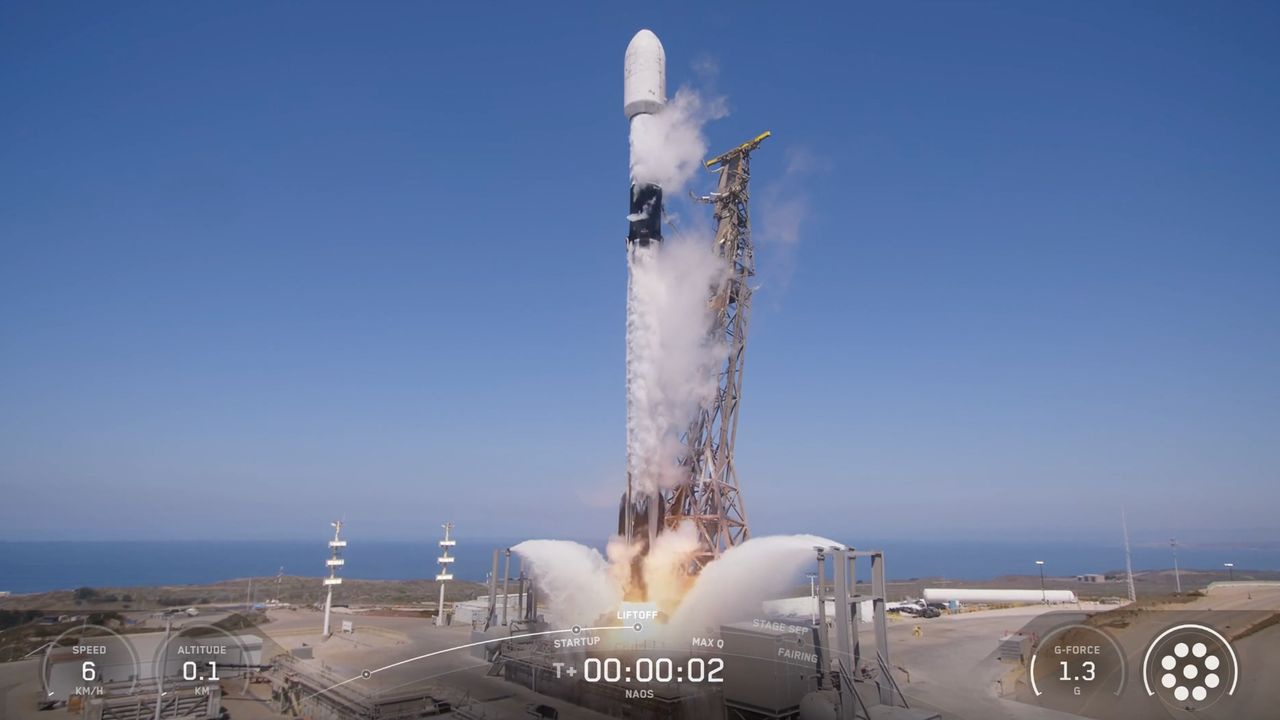We've officially found 6,000 exoplanets, NASA says: 'We're entering the next great chapter of exploration'



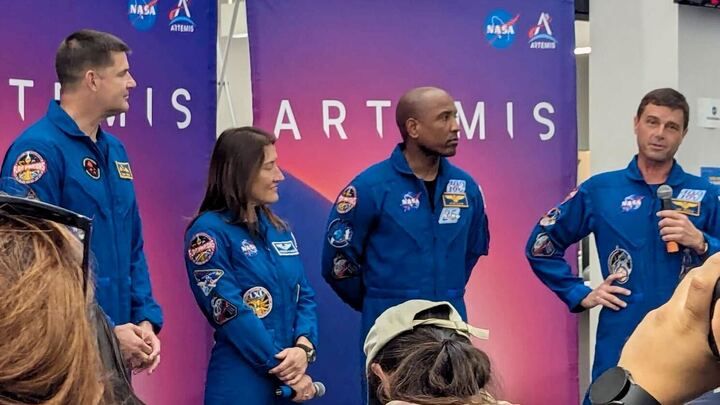



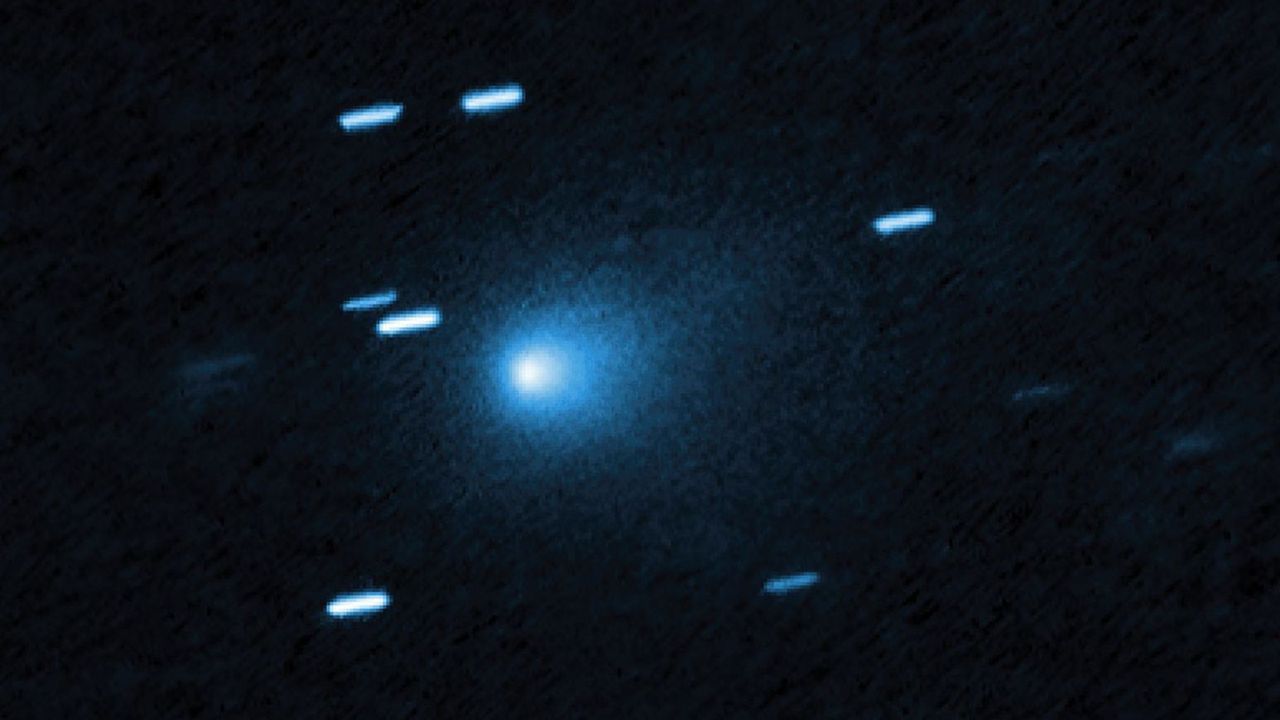





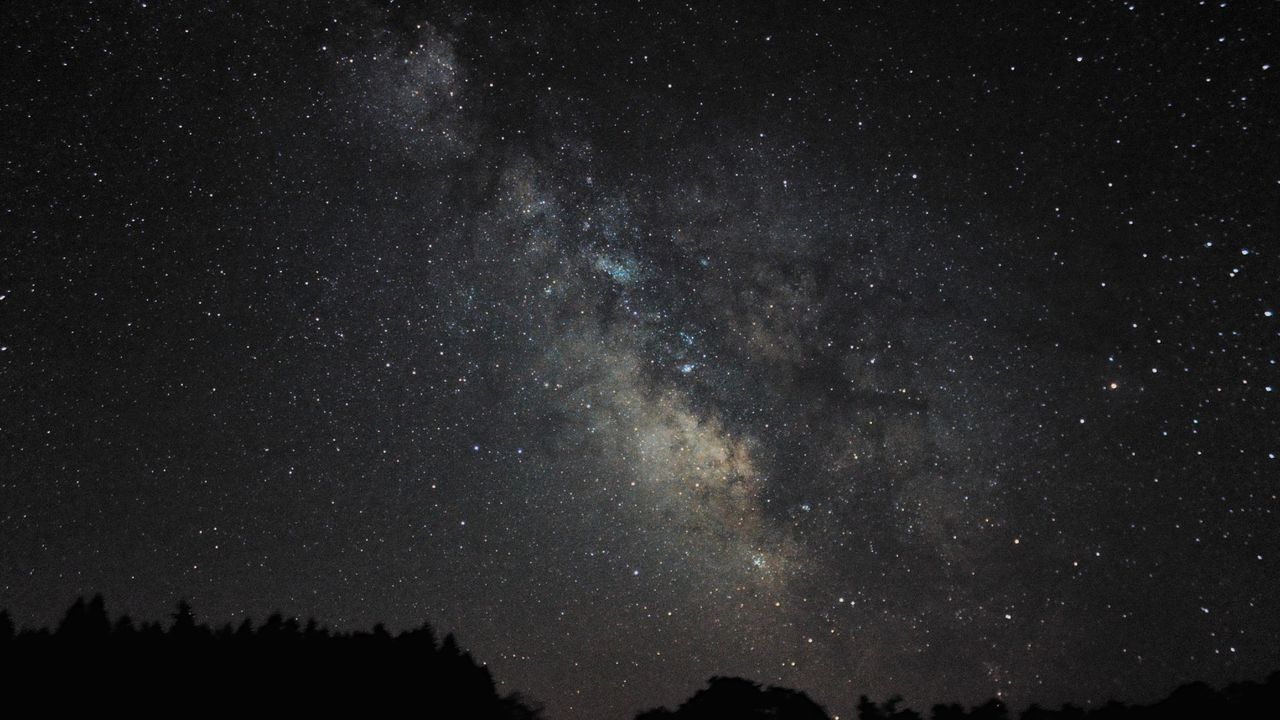

Every spring, most Americans dutifully adjust their clocks forward to daylight saving time, and every fall, back to standard time. The biannual time shift is not only inconvenient, it’s also known to be bad for our health. The collective loss of an hour of sleep on the second Sunday in March has been linked toContinue reading "Would Americans be healthier without daylight saving time?"
The post Would Americans be healthier without daylight saving time? appeared first on Astronomy Magazine.
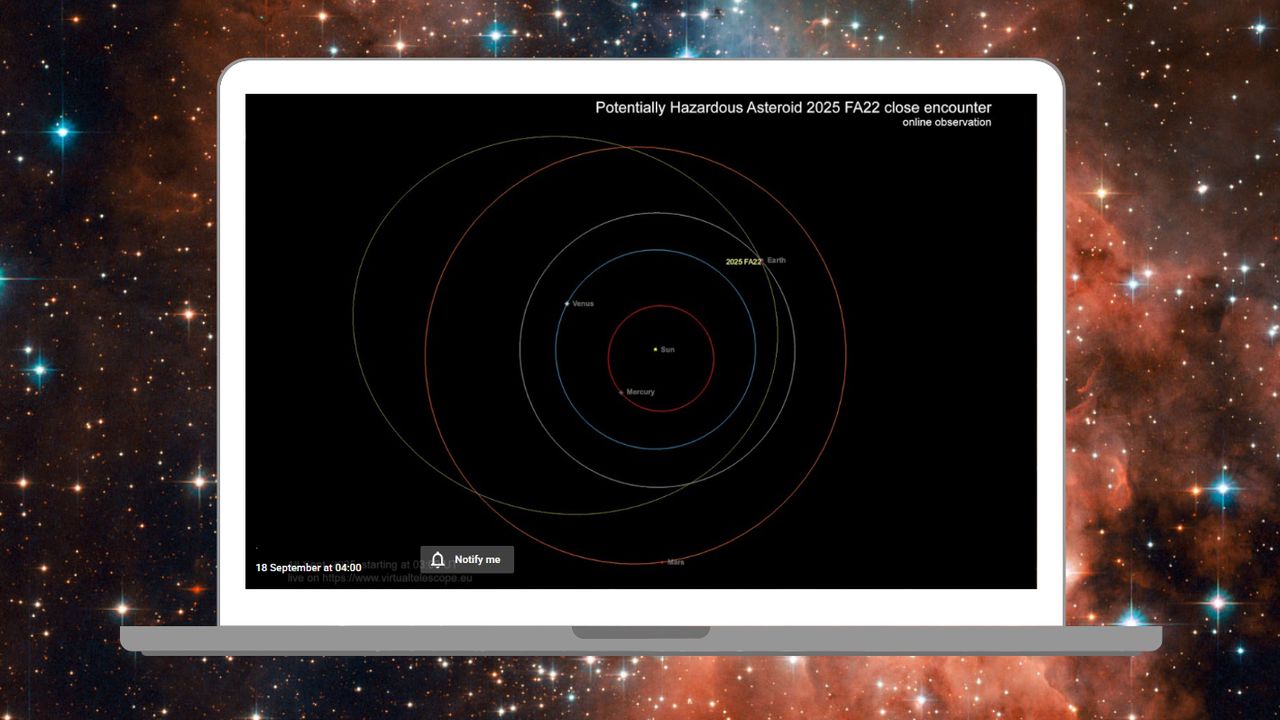

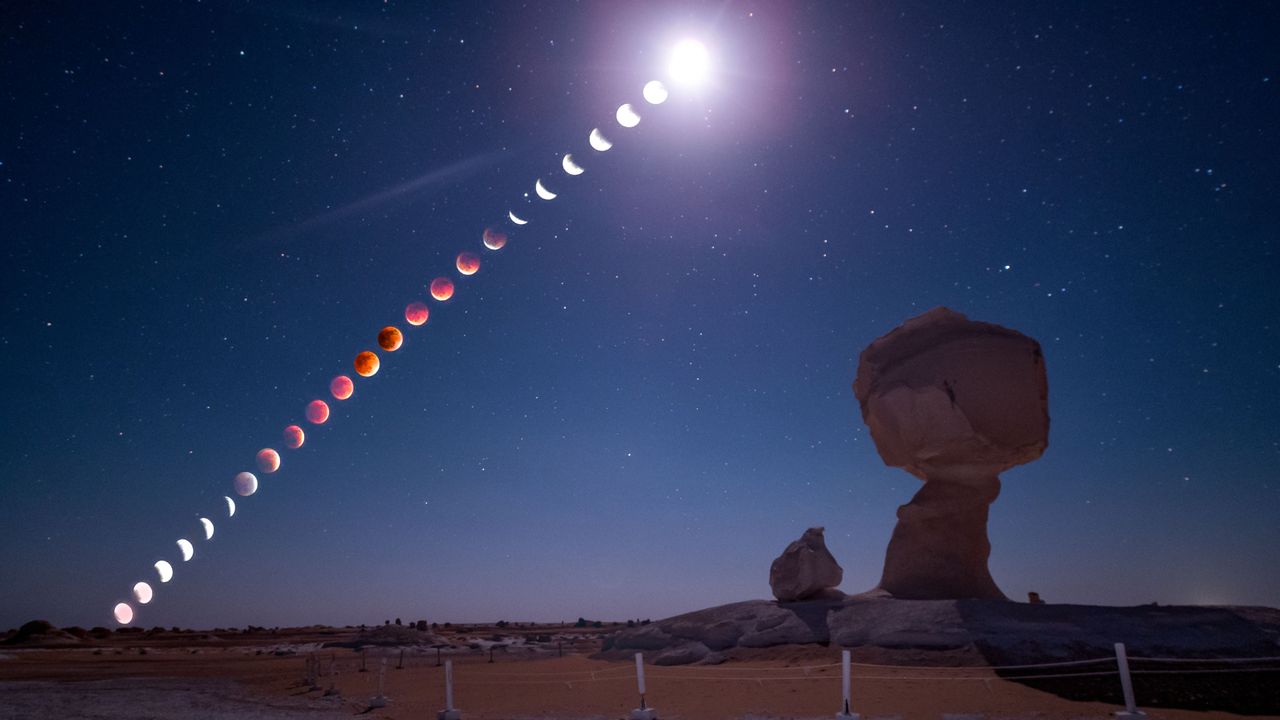

Imagine you’re going down a long waterslide. You’ve been traveling through it enjoying every moment despite occasional bumps on the way. You know the end will eventually come, but you don’t know when, where, and how it might feel. Long-term projects imaging celestial objects feel the same way: It’s a long path down a knownContinue reading "Simple long-term imaging projects"
The post Simple long-term imaging projects appeared first on Astronomy Magazine.
New research based on data from NASA’s Dawn mission suggests the dwarf planet Ceres may have once possessed a deep, long-lasting energy source capable of sustaining habitable conditions in its ancient past. The findings, published on Aug. 20 in the journal Science Advances, add a crucial third piece to the puzzle of Ceres’s potential habitability.Continue reading "NASA study finds Ceres may have once been habitable"
The post NASA study finds Ceres may have once been habitable appeared first on Astronomy Magazine.
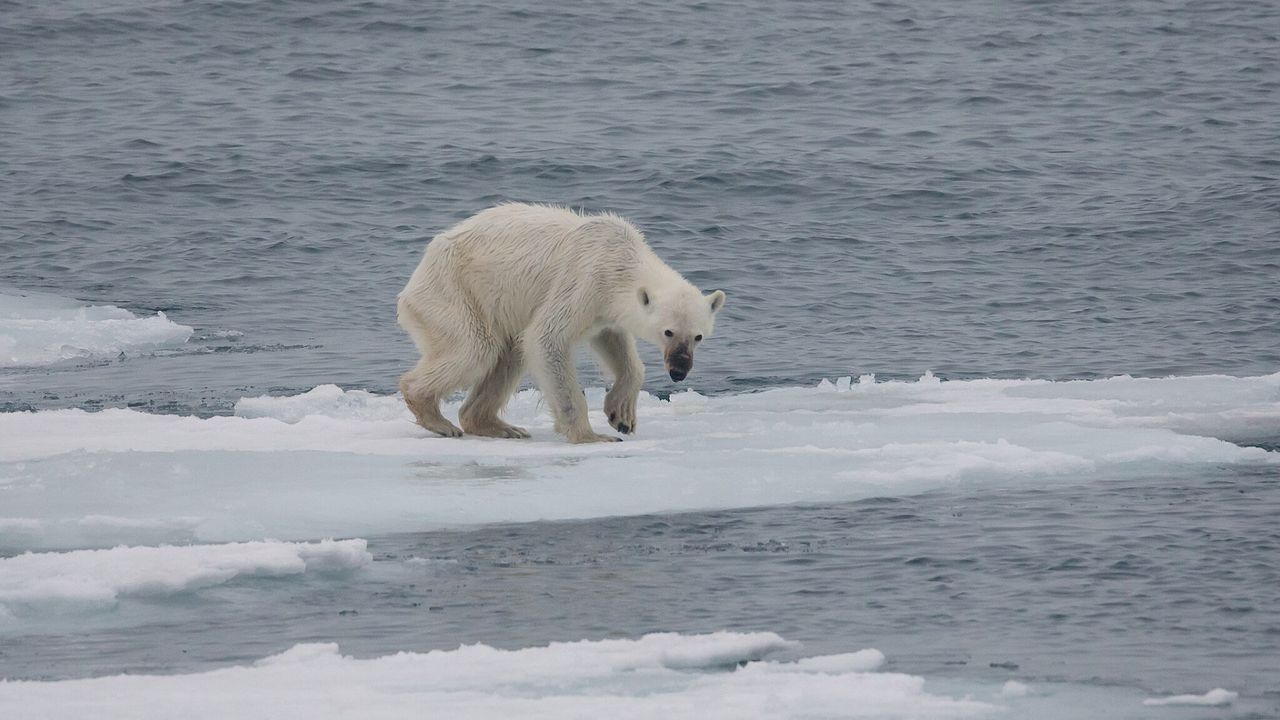



With 274 confirmed moons as of March of 2025, Saturn is the solar system planet with the most natural satellites. By 1789, though, only five had been spotted: Titan by Christiaan Huygens in 1655, and Iapetus, Rhea, Dione, and Tethys by Jean-Dominique Cassini between 1671 and 1684. William Herschel would add two more to thatContinue reading "Sept. 17, 1789: William Herschel discovers Mimas"
The post Sept. 17, 1789: William Herschel discovers Mimas appeared first on Astronomy Magazine.


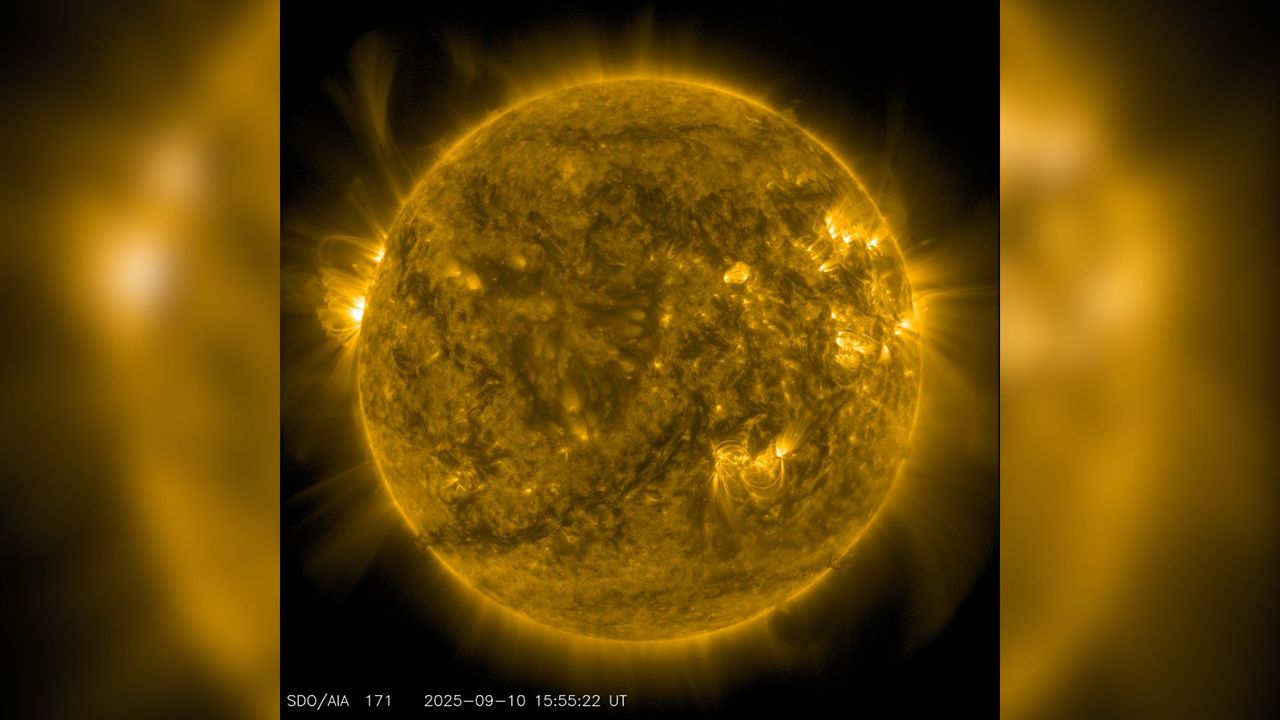

José Zarcos Palma, taken from Achada do Gamo, Portugal The International Space Station and the Chinese space station Tiangong glide across the sky in this stacked image covering roughly 24 minutes on the evening of July 24, 2025. The ISS appears as the lower arc; Tiangong appeared higher in the sky just 13 minutes later.Continue reading "Space station twins"
The post Space station twins appeared first on Astronomy Magazine.
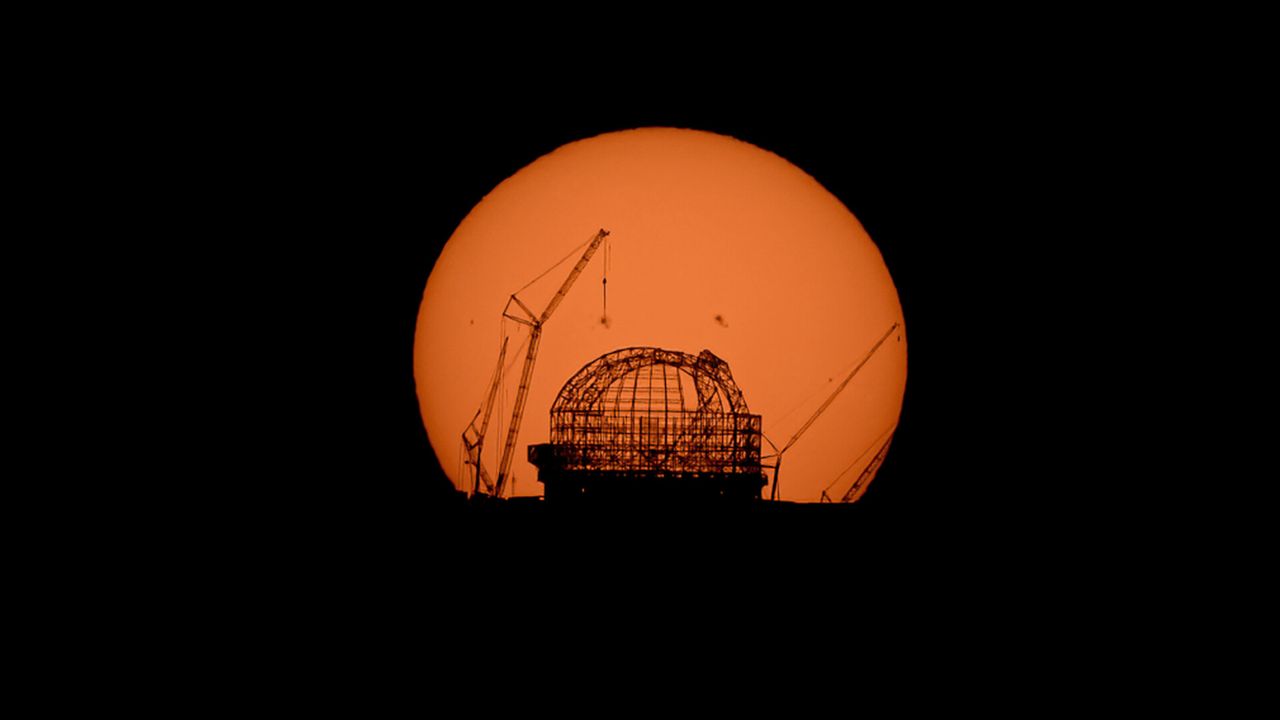

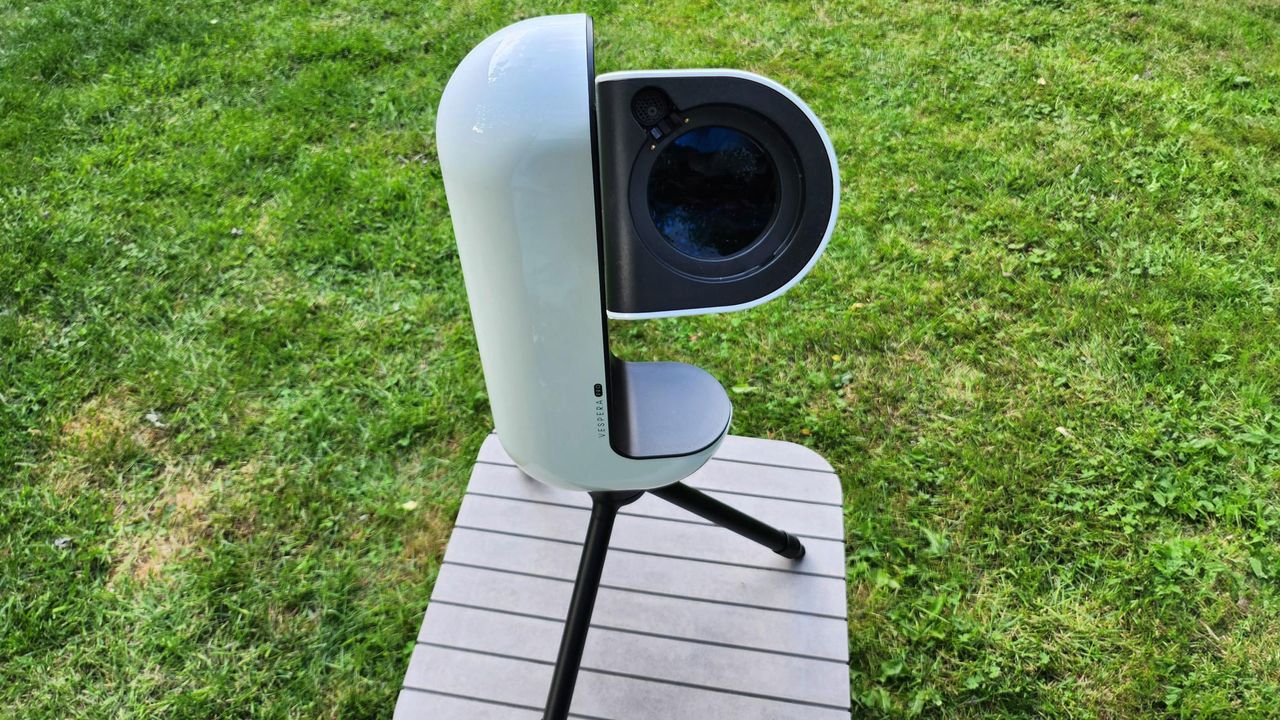

Author(s): Ryan Wilkinson
Sliding one layer of bilayer graphene over the other provides a powerful way to tune the material’s electronic properties.
[Physics 18, s116] Published Tue Sep 16, 2025
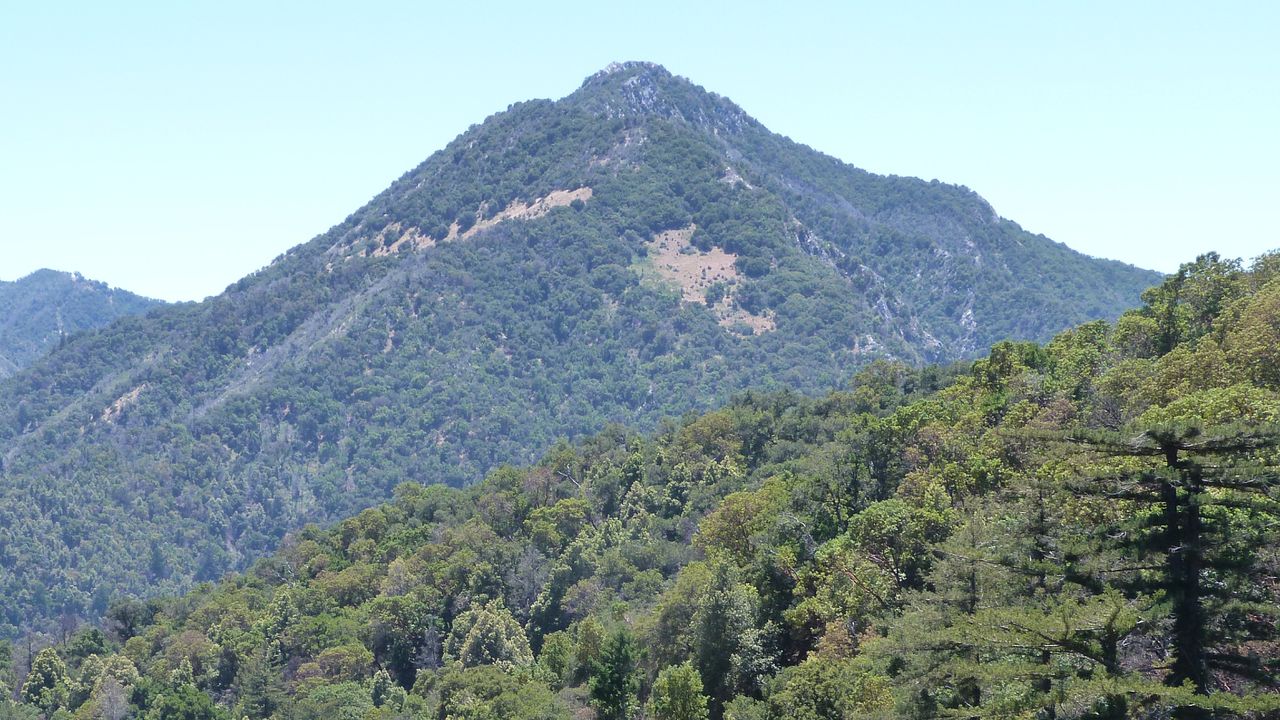

NGC 457, also known as the Owl Cluster, is visible all evening, presenting an excellent target for binoculars and telescopes alike. Look northeast after dark to find the W-shaped constellation Cassiopeia. With the letter oriented the right way up as it rises, the first dip (on the left) is marked by magnitude 2.7 Delta (δ)Continue reading "The Sky Today on Wednesday, September 17: The Owl Cluster flies by"
The post The Sky Today on Wednesday, September 17: The Owl Cluster flies by appeared first on Astronomy Magazine.
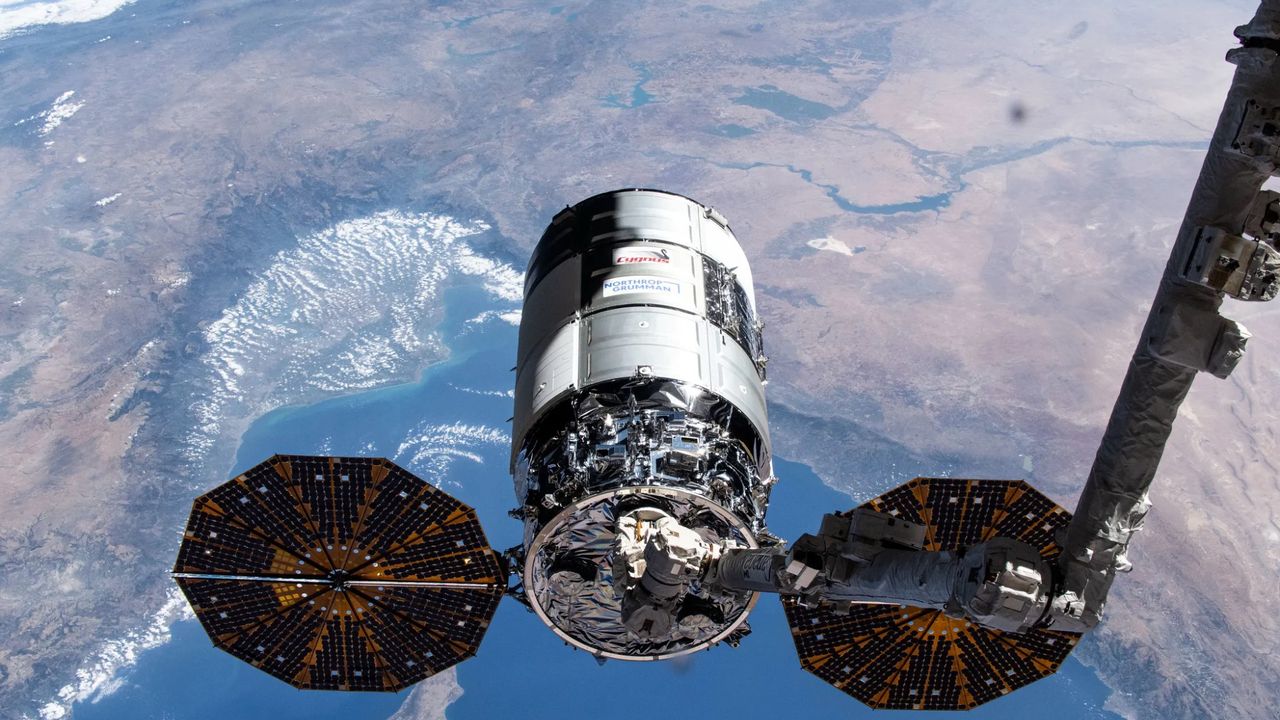

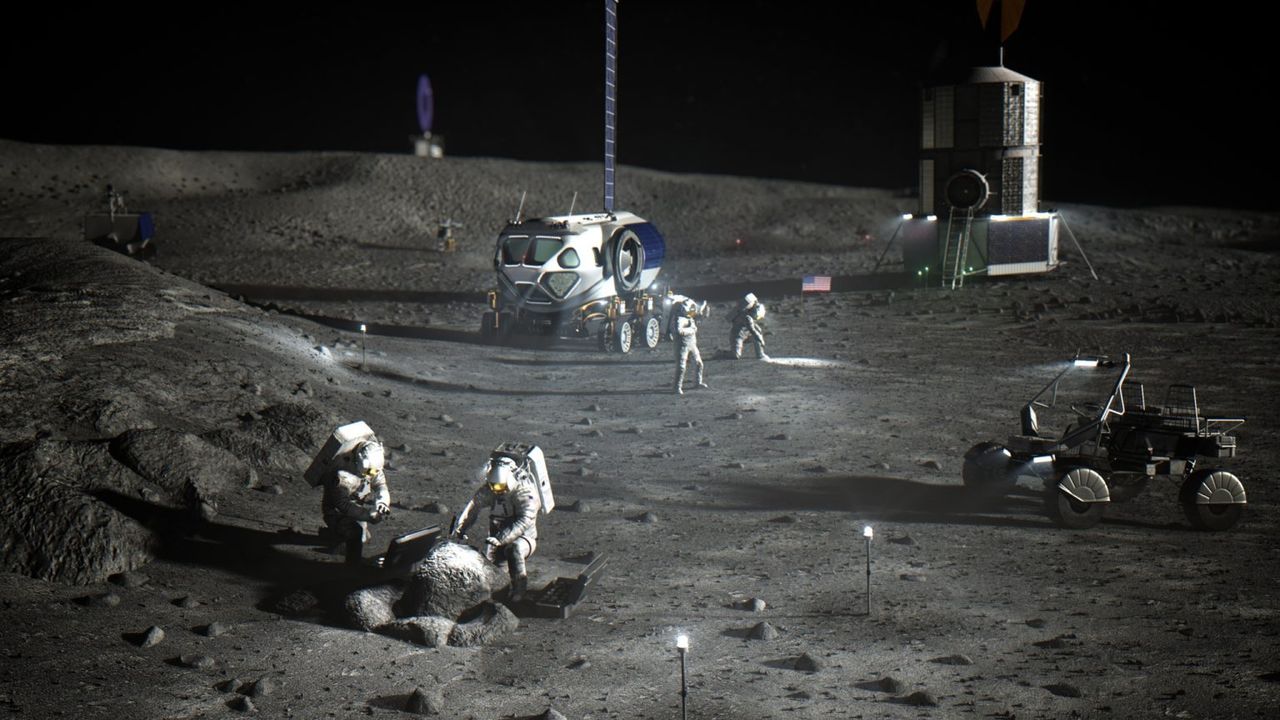

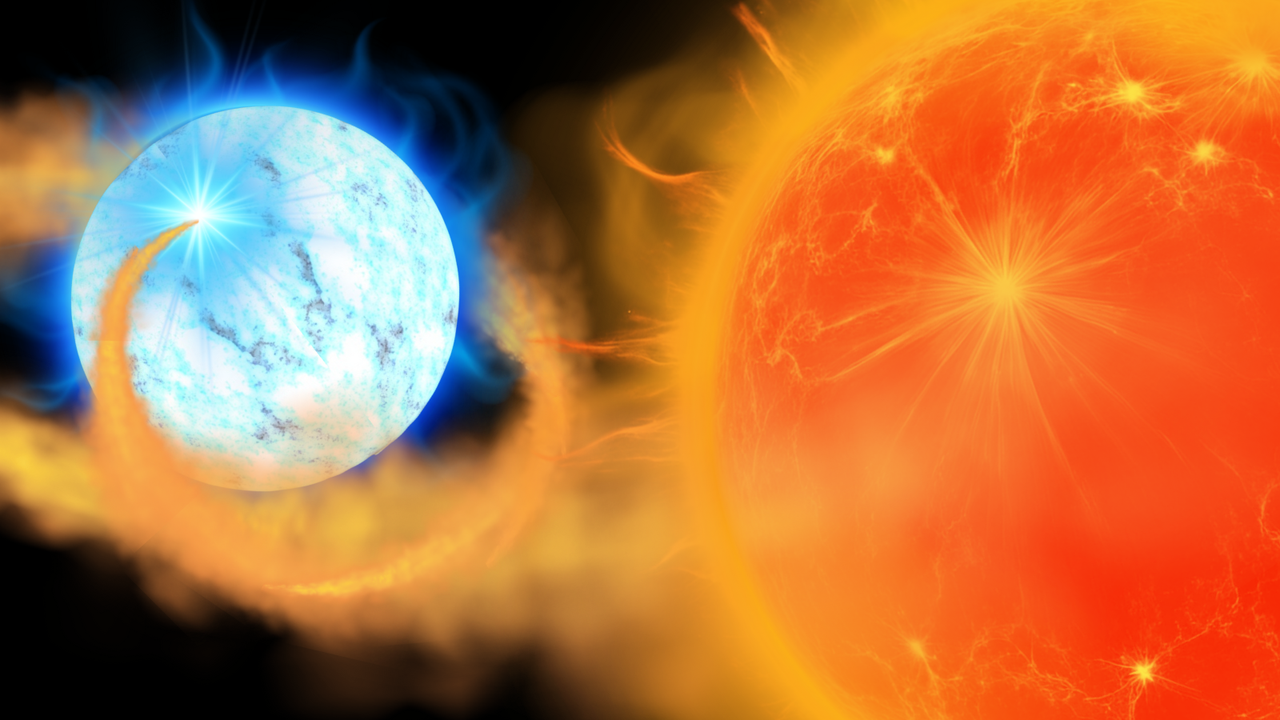

French researchers simulating weightlessness on a modified jet have found that manual cardiopulmonary resuscitation (CPR) is ineffective in space. This conclusion could reshape emergency medical protocols for upcoming missions to the Moon and Mars. Their experiment, designed to simulate the weightlessness of space, revealed a critical flaw in emergency medical procedures for astronauts: standard methodsContinue reading "Automated devices outperform manual CPR in space, study finds"
The post Automated devices outperform manual CPR in space, study finds appeared first on Astronomy Magazine.
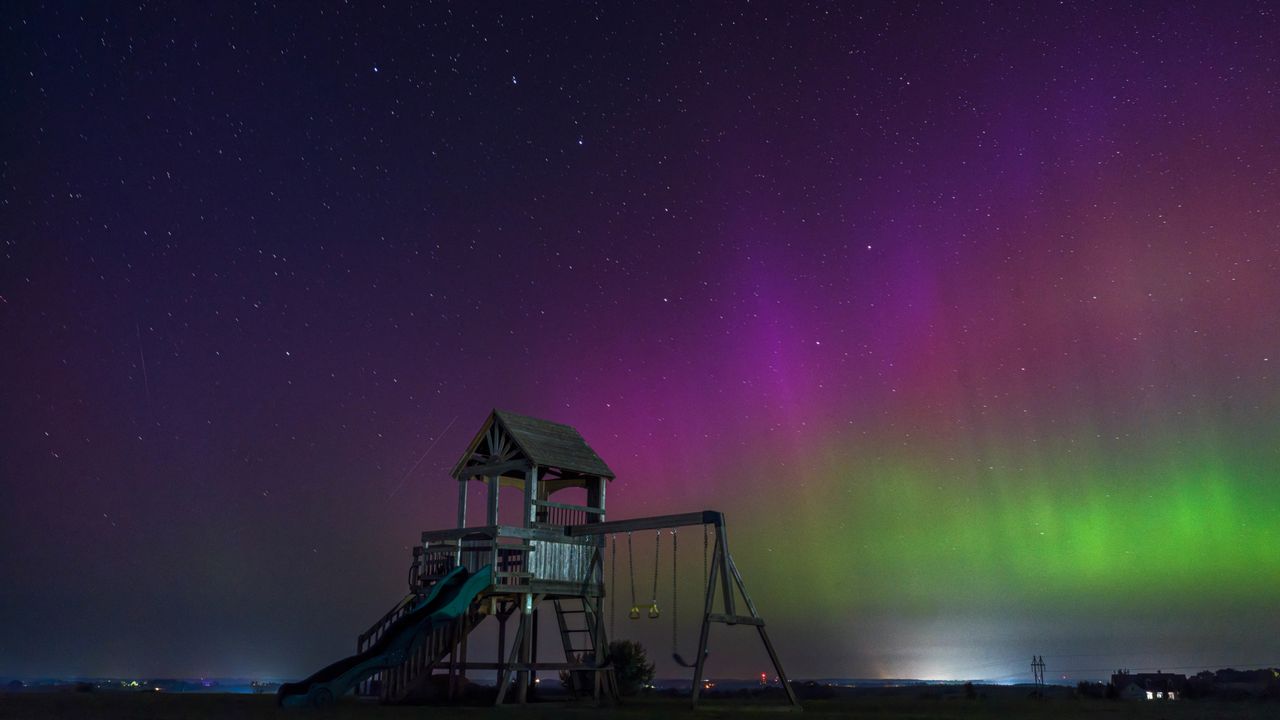

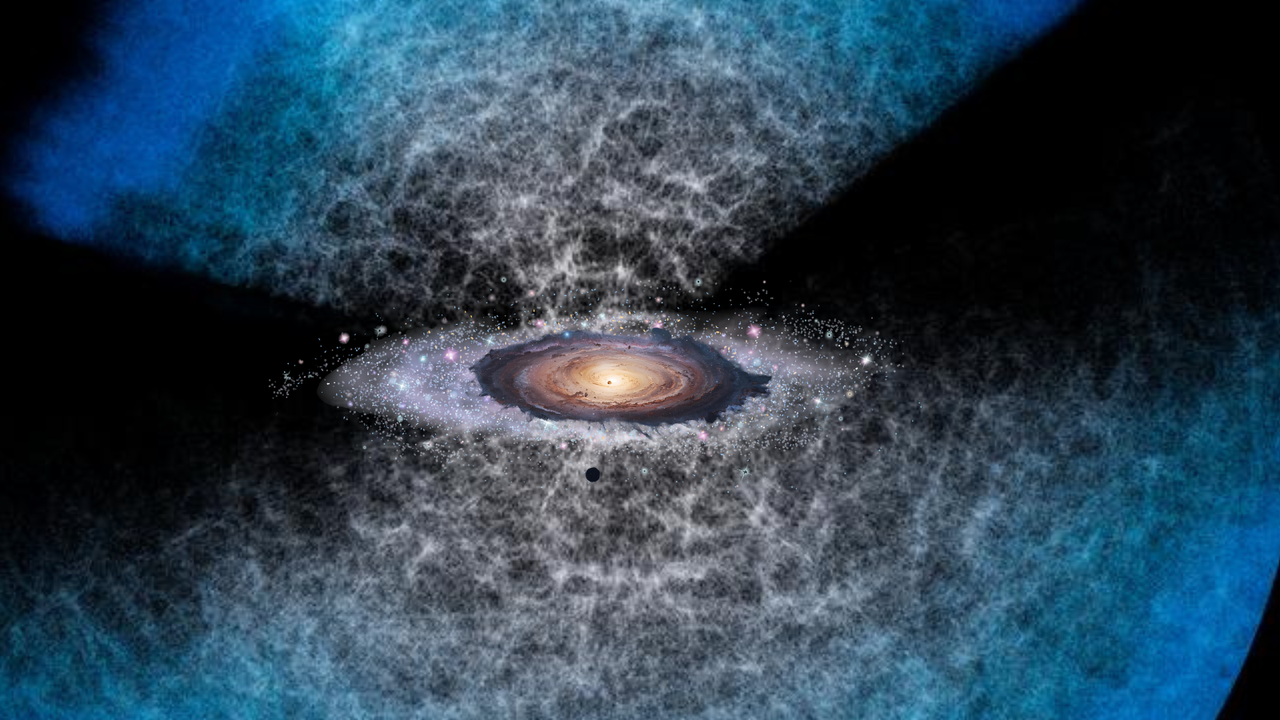



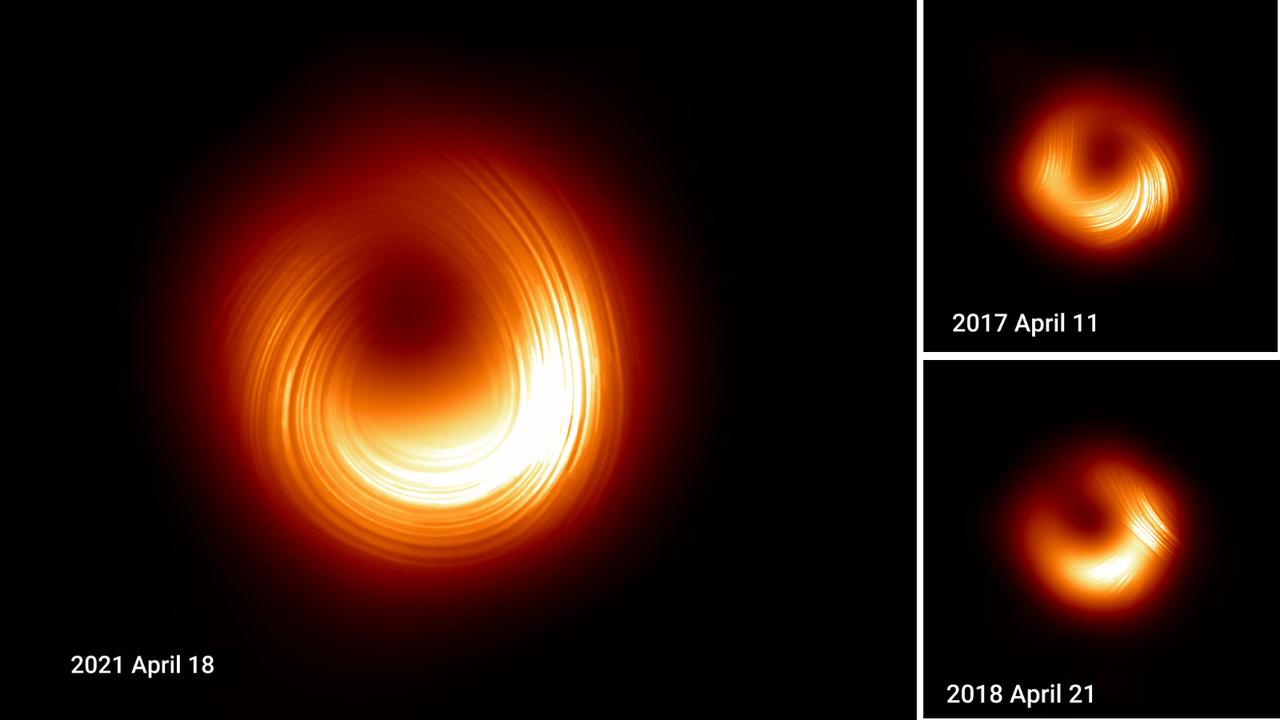

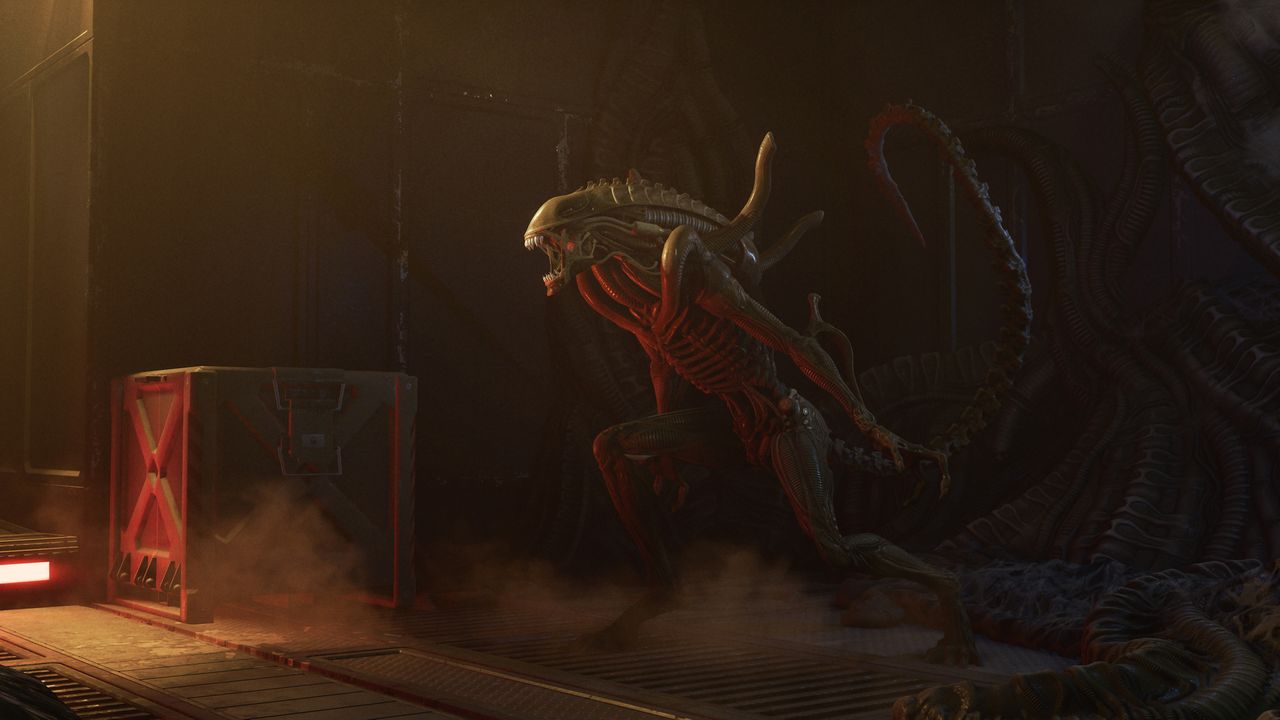

In this episode, Astronomy magazine Editor Emeritus Dave Eicher invites you to head out in the morning while it’s still dark, just before astronomical twilight, look to the east, and try to see the elusive zodiacal light. It will have a triangular shape, like an upside-down cone, and it will extend along the belt of the zodiac,Continue reading "This Week in Astronomy with Dave Eicher: The Zodiacal Light"
The post This Week in Astronomy with Dave Eicher: The Zodiacal Light appeared first on Astronomy Magazine.




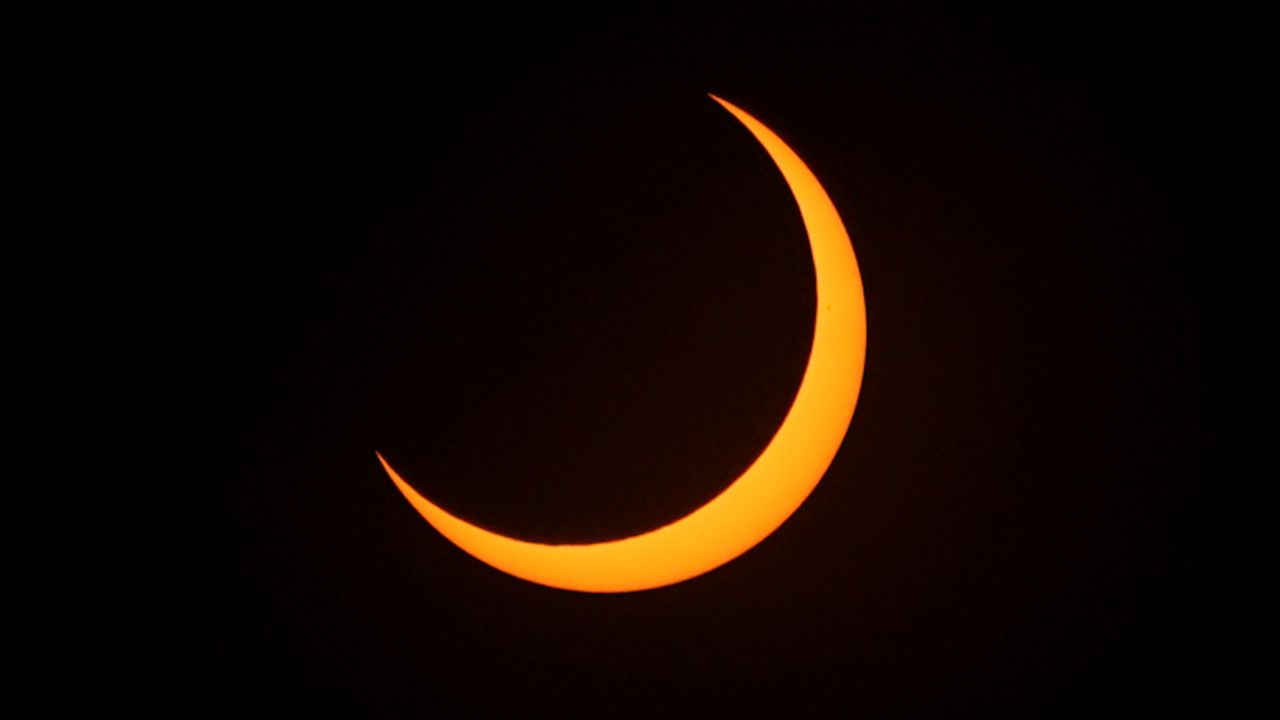

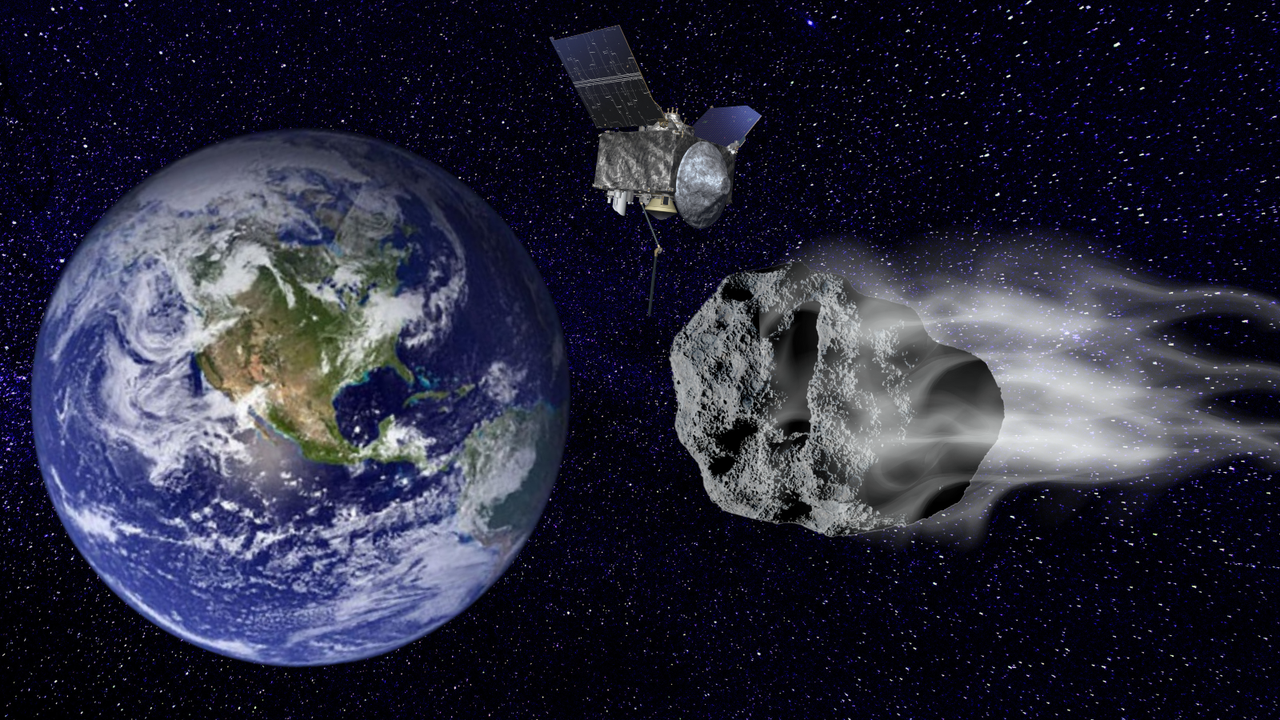

“Who ya gonna believe — me or your own eyes?” This famous challenge appears in a scene from the 1933 film Duck Soup. Chico Marx’s character, in a delightfully ridiculous act of espionage, has dressed himself identically to Groucho, in a nightcap and long nightshirt. A formidable dowager played by Margaret Dumont has just seenContinue reading "Why you can’t trust your eyes"
The post Why you can’t trust your eyes appeared first on Astronomy Magazine.
On June 16, 1888, Alexander Friedmann was born in St. Petersburg, Russia. An keen student from a young age, Friedmann studied mathematics and meteorology at St. Petersburg State University and the Aerological Observatory in Pavlovsk. After air force service in World War I, Friedmann taught at several institutions and traveled to discuss his research. InContinue reading "Sept. 16, 1925: Death of Alexander Friedmann"
The post Sept. 16, 1925: Death of Alexander Friedmann appeared first on Astronomy Magazine.
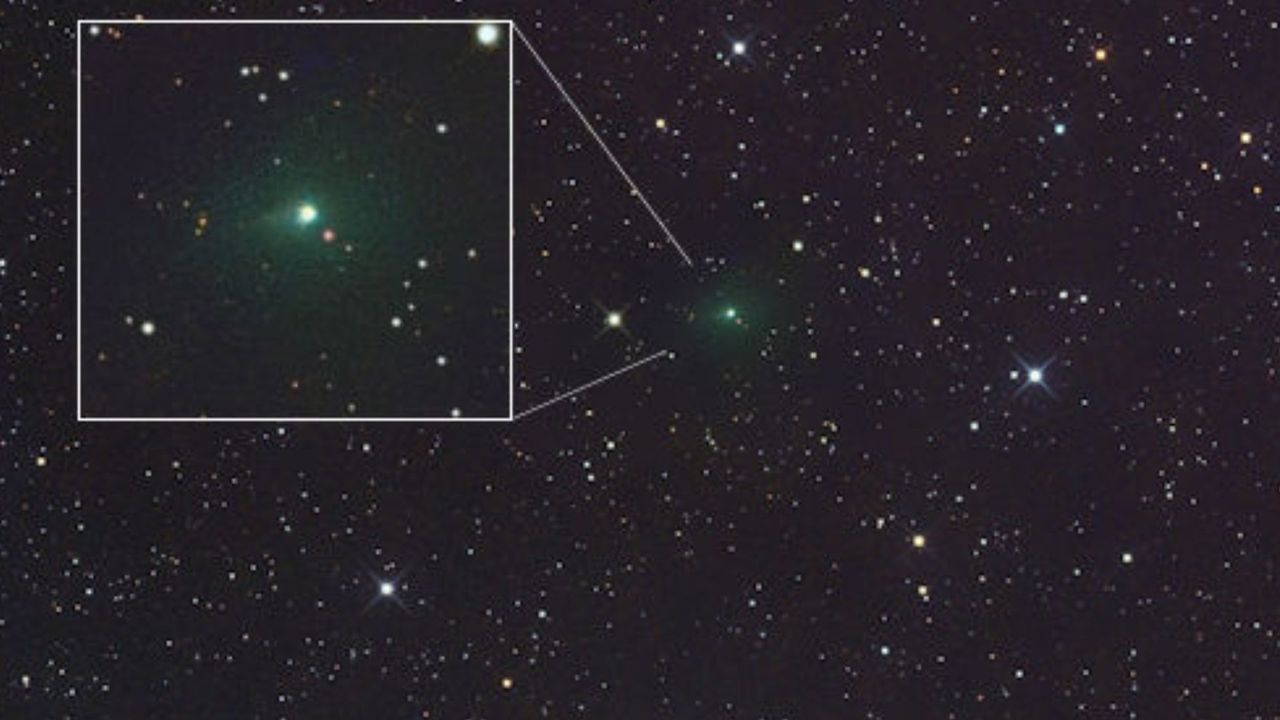







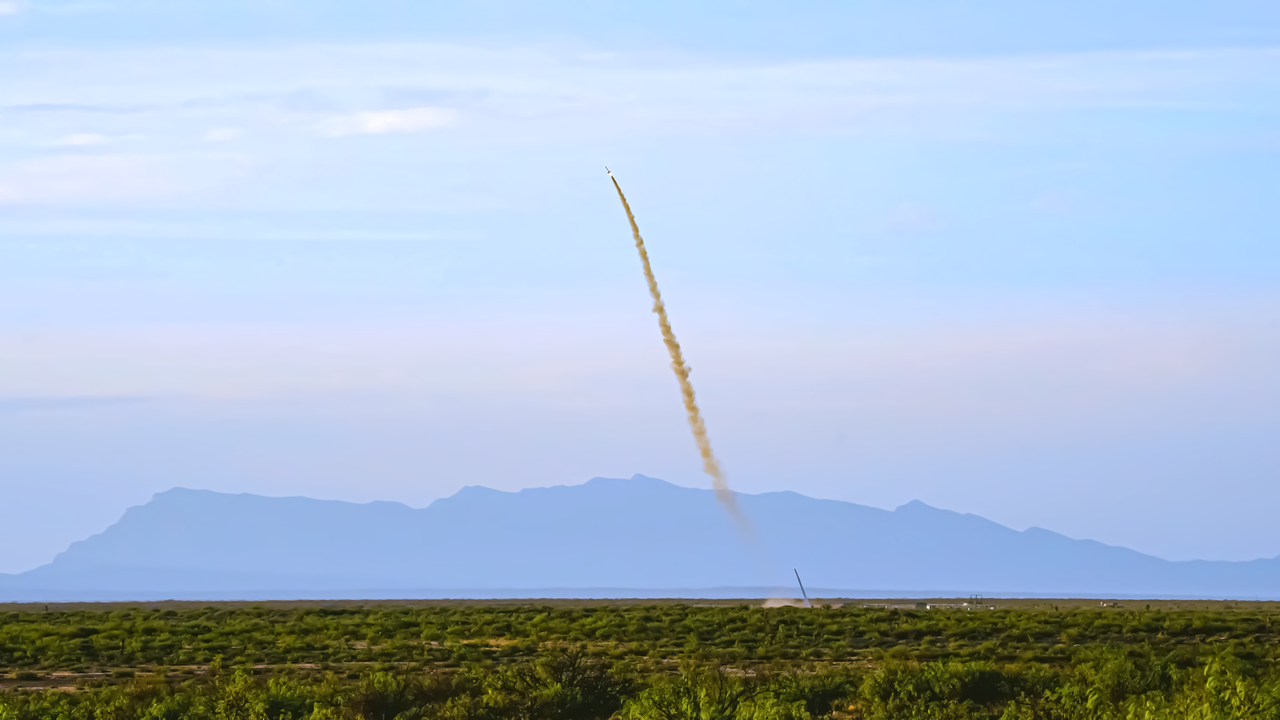

The Moon passes 5° north of Jupiter at 7 A.M. EDT. Early risers can enjoy the pairing before sunrise, standing some 50° high in the east an hour before the Sun crests the horizon. Now in its waning crescent phase, the Moon is less than 30 percent lit and not quite so glaring, allowing youContinue reading "The Sky Today on Tuesday, September 16: Jupiter’s moons line up"
The post The Sky Today on Tuesday, September 16: Jupiter’s moons line up appeared first on Astronomy Magazine.
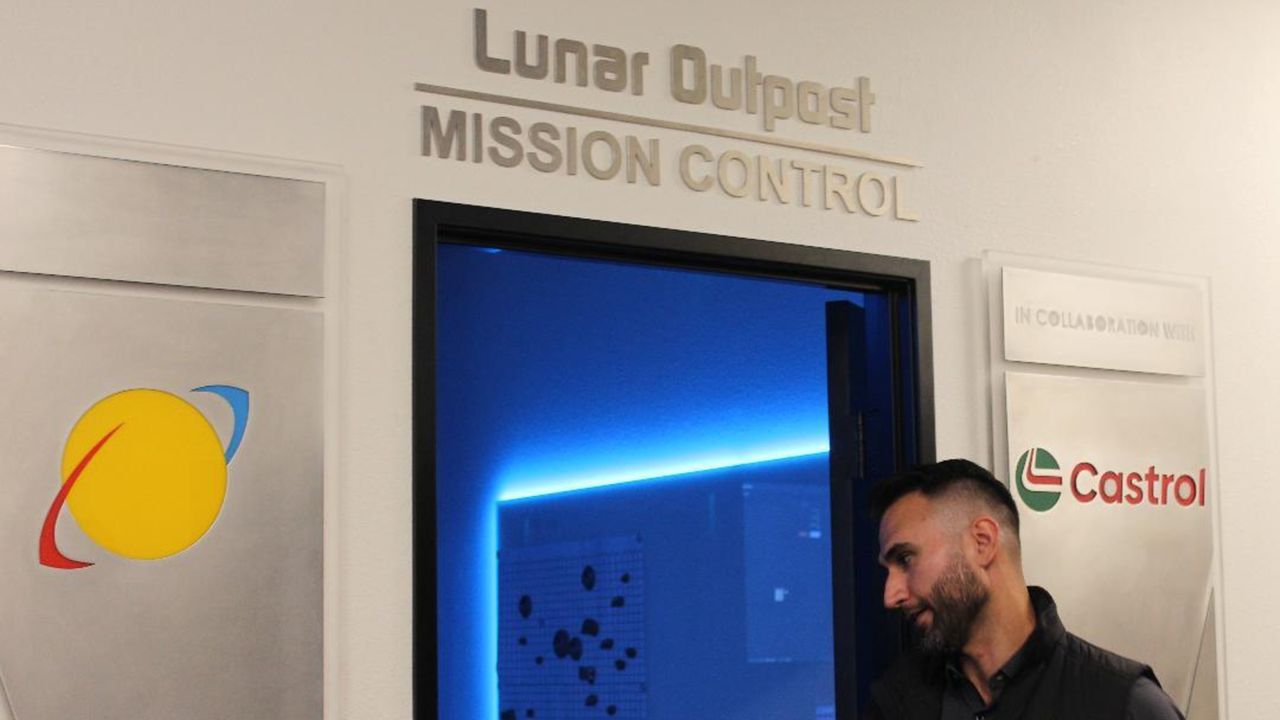

Mission Highlight: New Shepard’s research-packed flight Blue Origin is set to launch its NS-35 New Shepard mission from West Texas on Thursday. The flight is dedicated entirely to science and research, providing several minutes of microgravity for more than 40 payloads. The manifest includes 24 student-led experiments from NASA’s TechRise Student Challenge, covering topics fromContinue reading "Shepard’s science flight leads week of launches"
The post Shepard’s science flight leads week of launches appeared first on Astronomy Magazine.
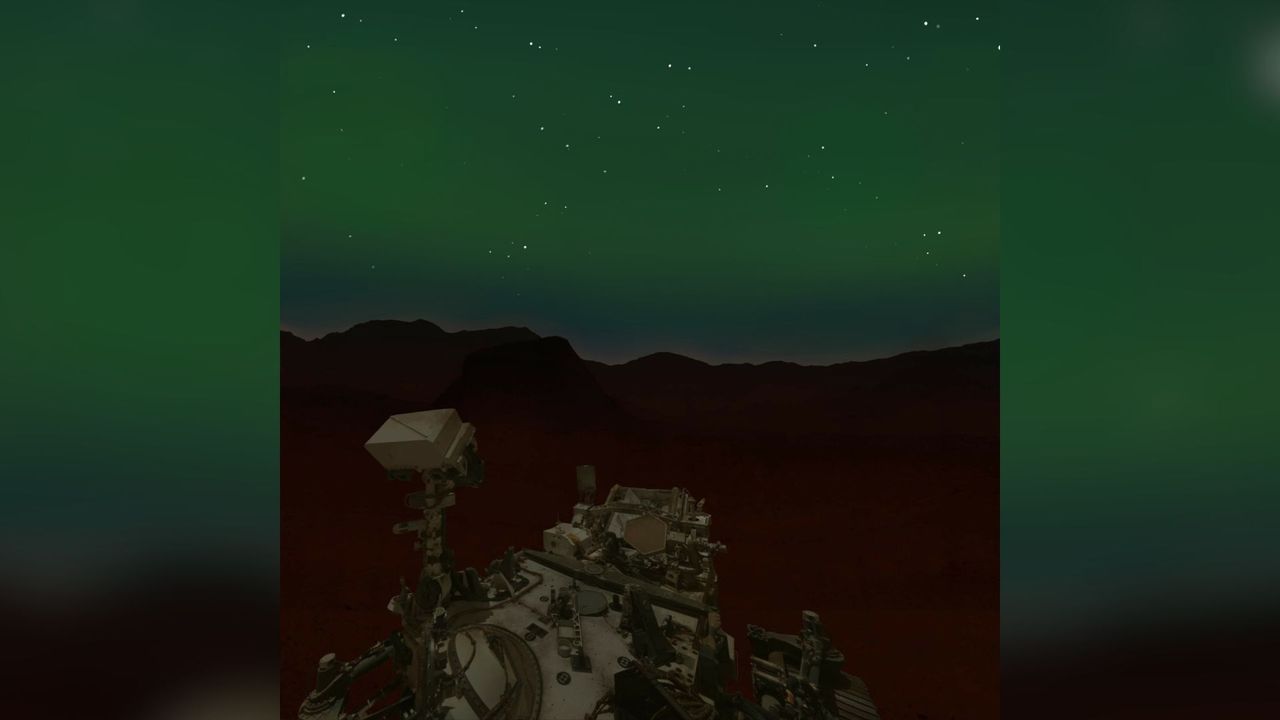

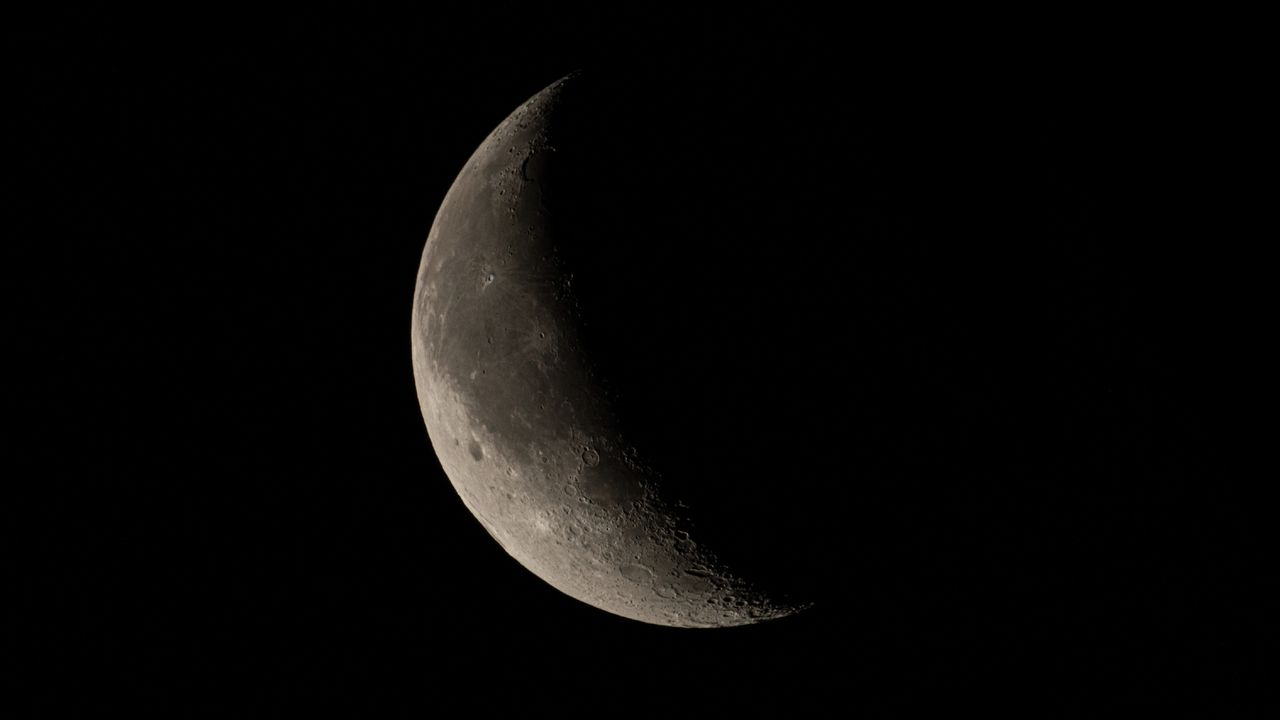

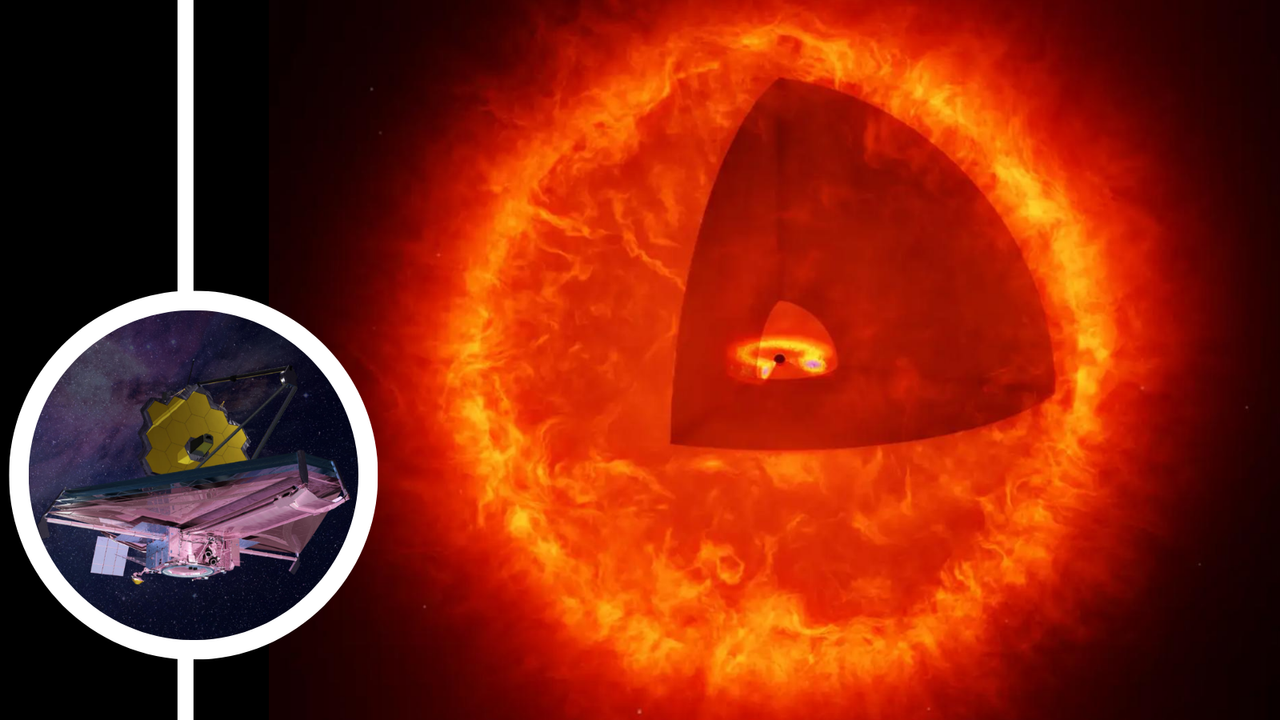

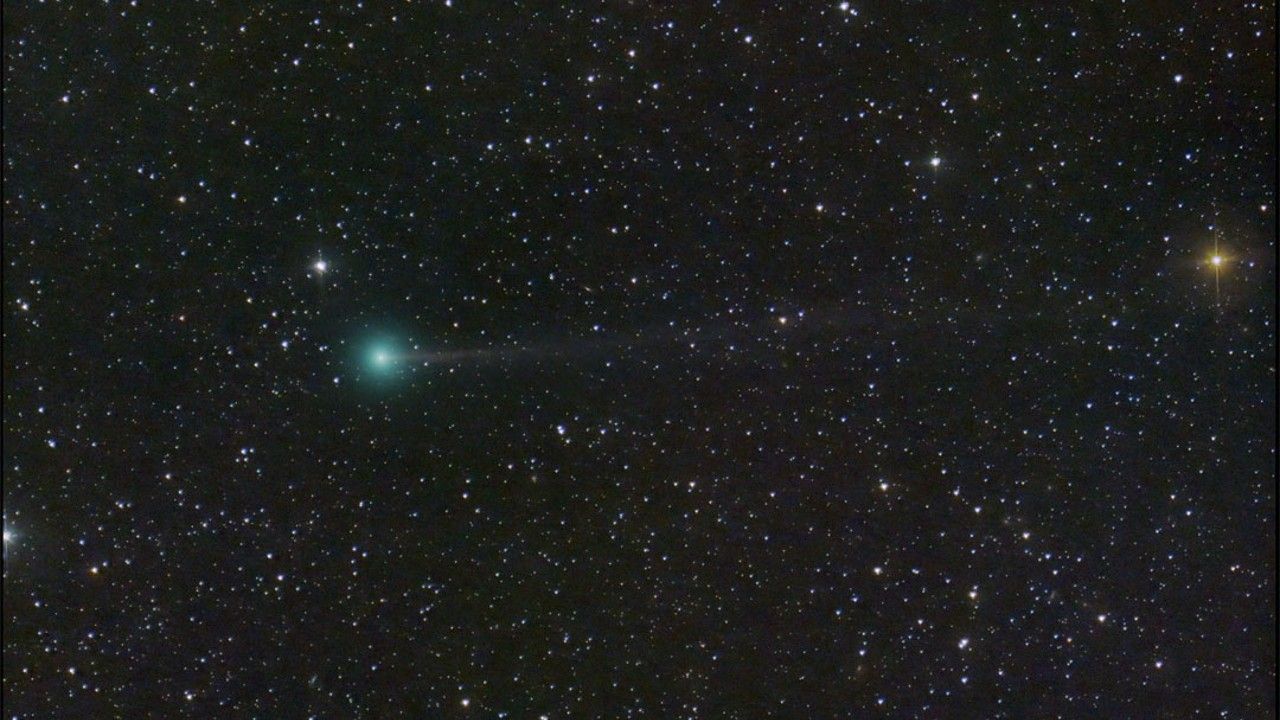

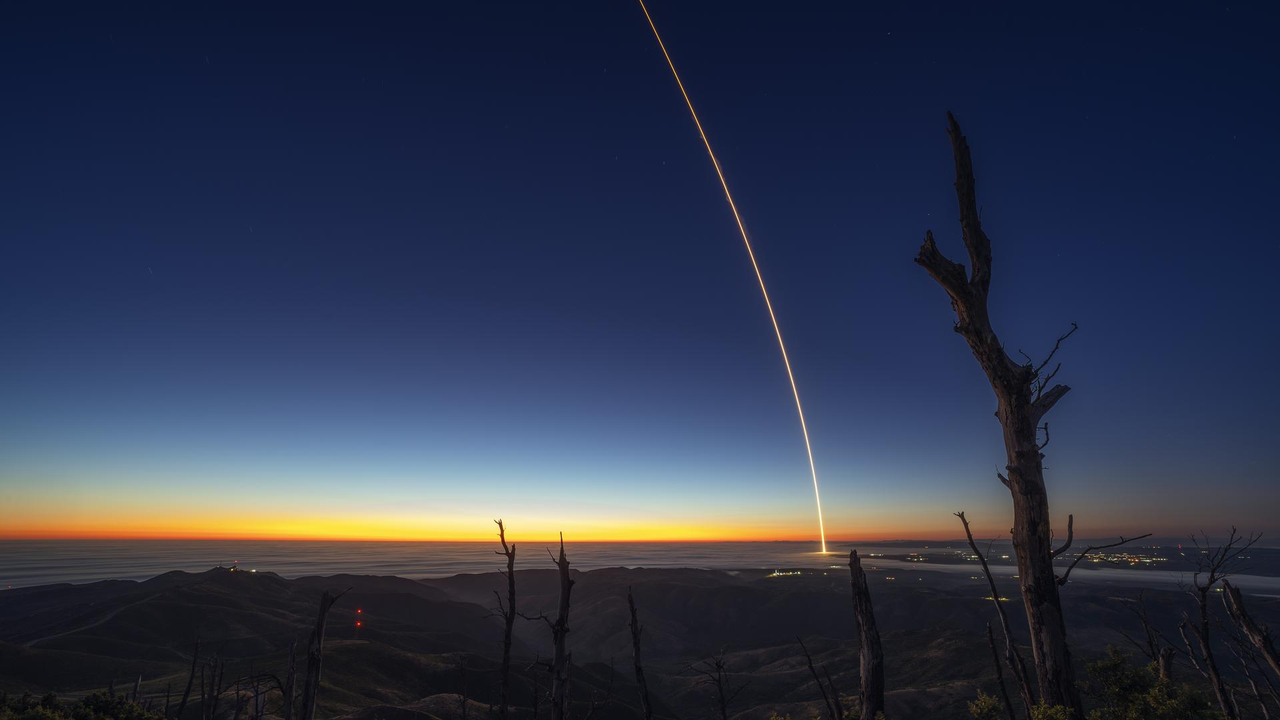

In this episode, Astronomy magazine Editor Emeritus Dave Eicher invites you to head out in the morning while it’s still dark, just before astronomical twilight, look to the east, and try to see the elusive zodiacal light. It will have a triangular shape, like an upside-down cone, and it will extend along the belt of the zodiac,Continue reading "This Week in Astronomy with Dave Eicher: The Zodiacal light"
The post This Week in Astronomy with Dave Eicher: The Zodiacal light appeared first on Astronomy Magazine.
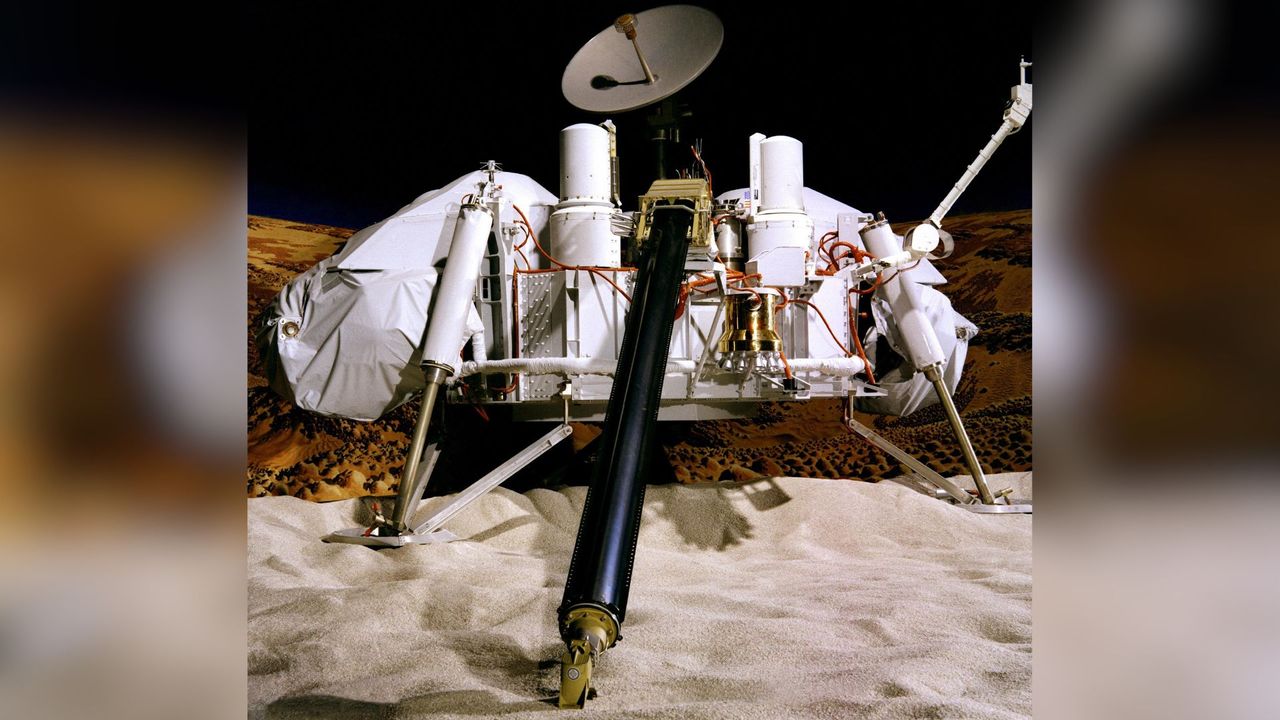

Rob Lyons from Vancouver, British Columbia The Milky Way meets the horizon on the shores of Mackenzie Beach (Tinwis) on Vancouver Island, accompanied by a glow of bioluminescent plankton in this shot taken with a Sony a7S III mirrorless camera and 14mm f/1.4 l ens. The sky was twenty 13-second subframes and the foreground isContinue reading "Cosmic shoreline"
The post Cosmic shoreline appeared first on Astronomy Magazine.
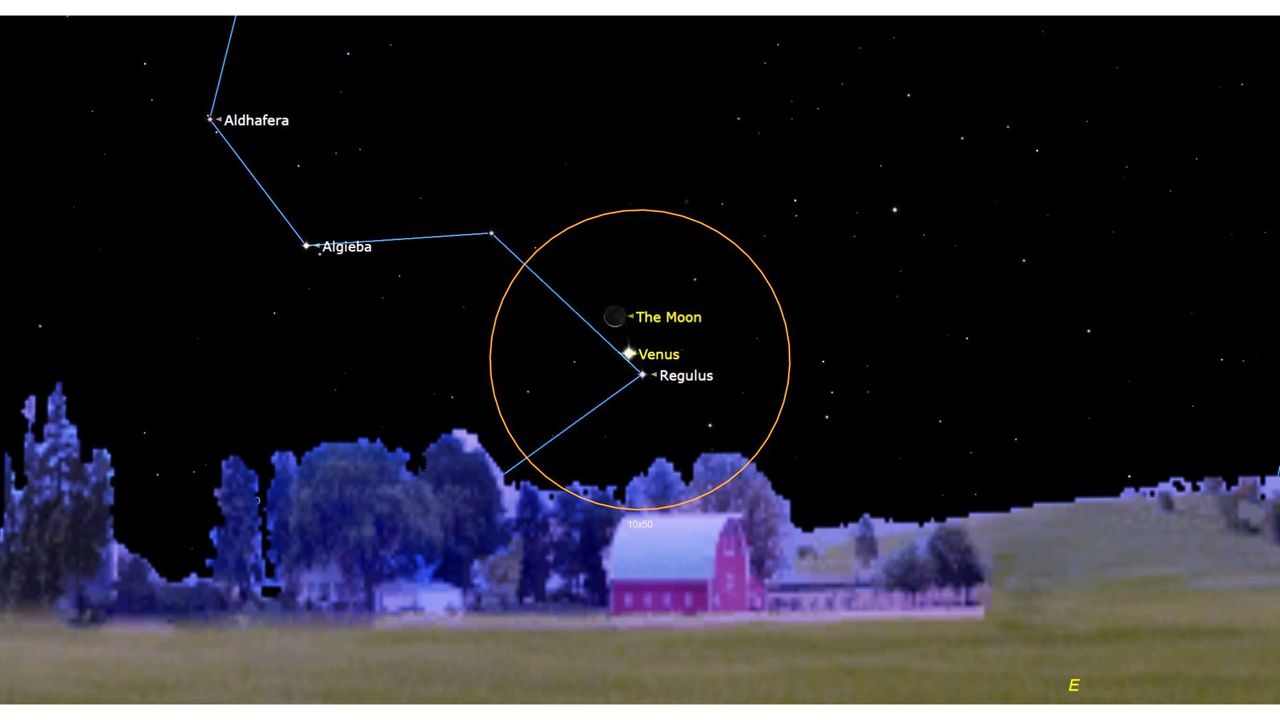

How is the total mass of the universe calculated? Bob GiddingsGreen Bay, Wisconsin Calculating the total mass of the universe is not simple, because most of the mass is invisible. In a pie chart of the contents of the universe, only 5 percent is normal matter, atoms that make up all the planets, stars, andContinue reading "How is the total mass of the universe calculated?"
The post How is the total mass of the universe calculated? appeared first on Astronomy Magazine.
After over 7,000 days in space, the Cassini mission ended on Sept. 15, 2017. Since its Oct. 15, 1997 launch, the spacecraft had returned a wealth of new knowledge and images of Saturn and its moons. Thanks to Cassini’s observations, researchers discovered liquid methane lakes on Titan, the potential habitability of Enceladus and the geysersContinue reading "Sept. 15, 2017, Cassini’s Grand Finale"
The post Sept. 15, 2017, Cassini’s Grand Finale appeared first on Astronomy Magazine.
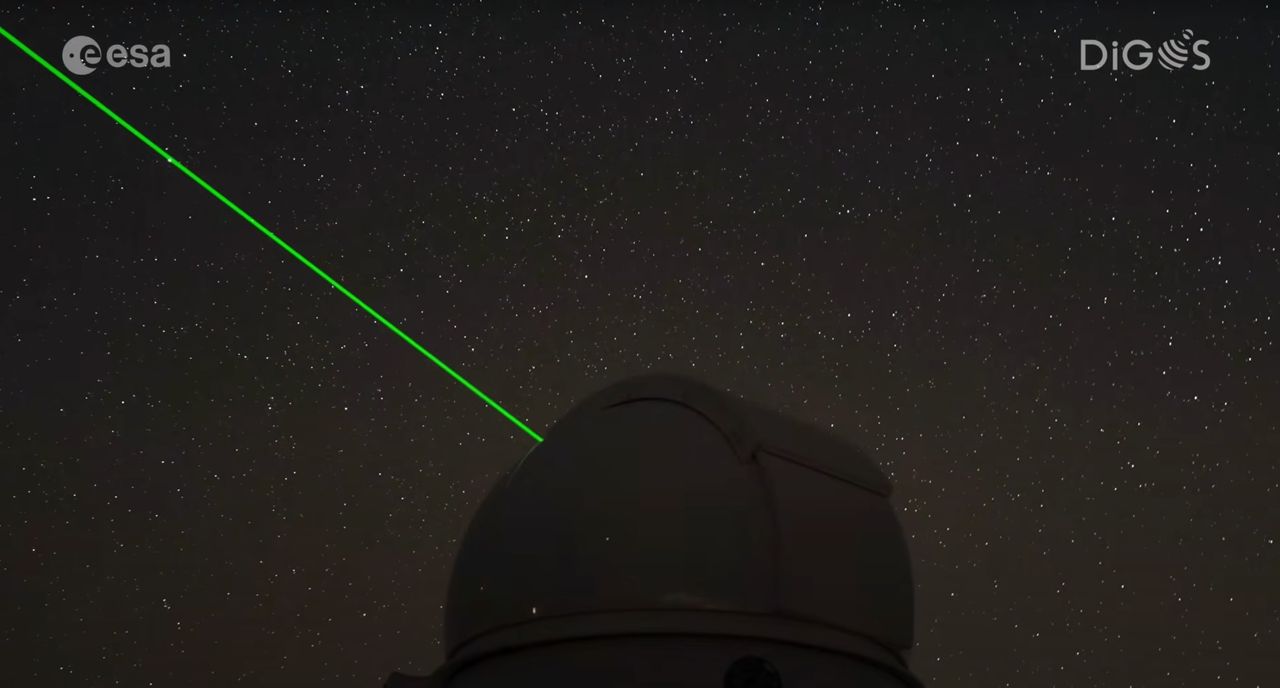





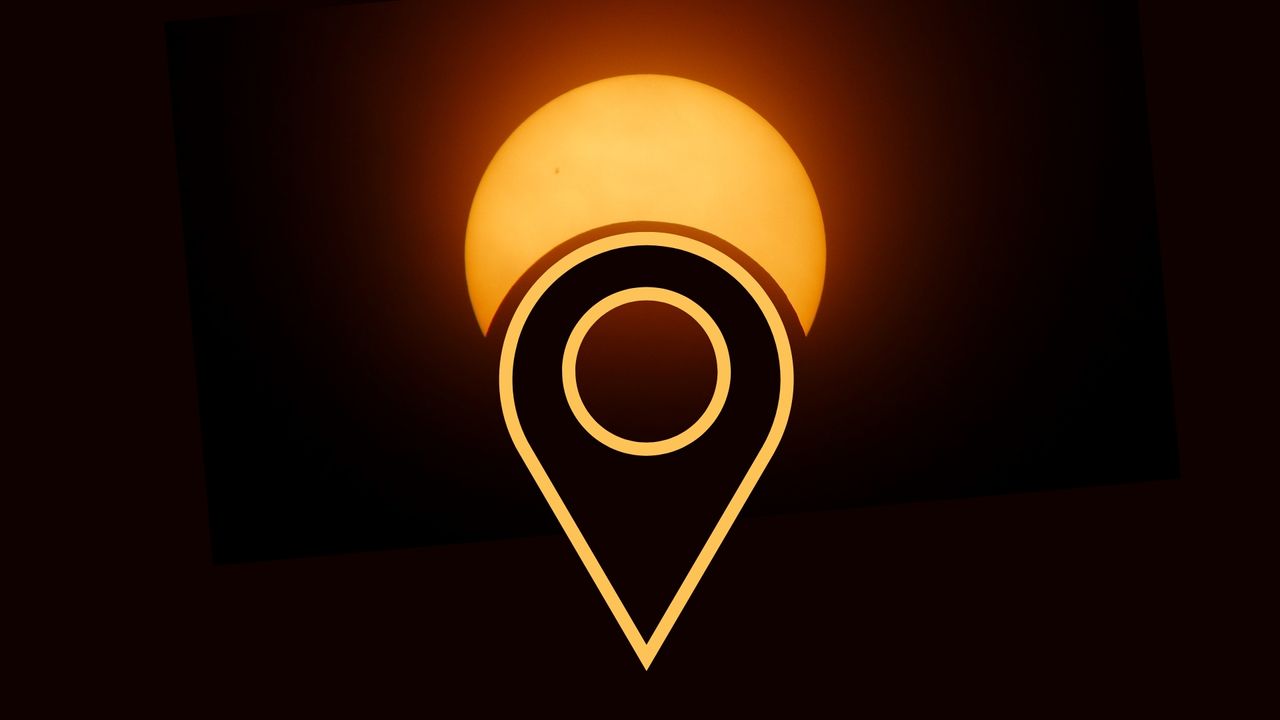

Now roughly 14th magnitude, Comet C/2024 E1 Wierzchoś is ripe for spotting with an 8-inch scope. With no Moon in the evening sky, darkness is on your side; and tonight and tomorrow night, the comet lies just 0.5° from 5th-magnitude Iota (ι) Coronae Borealis, the easternmost star in the curved Northern Crown. Around 9 P.M.Continue reading "The Sky Today on Monday, September 15: Comet Wierzchoś curves through the Northern Crown"
The post The Sky Today on Monday, September 15: Comet Wierzchoś curves through the Northern Crown appeared first on Astronomy Magazine.


On Sept. 14, 1915, John Dobson was born in Bejing. His family moved to San Francisco to avoid political turmoil in China in 1927, and Dobson went on to attend the University of California, Berkeley, majoring in chemistry. Then, in 1944, he entered the Ramakrishna Order. During his 23 years as a monk, Dobson’s personalContinue reading "Sept. 14, 1915: The birth of John Dobson"
The post Sept. 14, 1915: The birth of John Dobson appeared first on Astronomy Magazine.
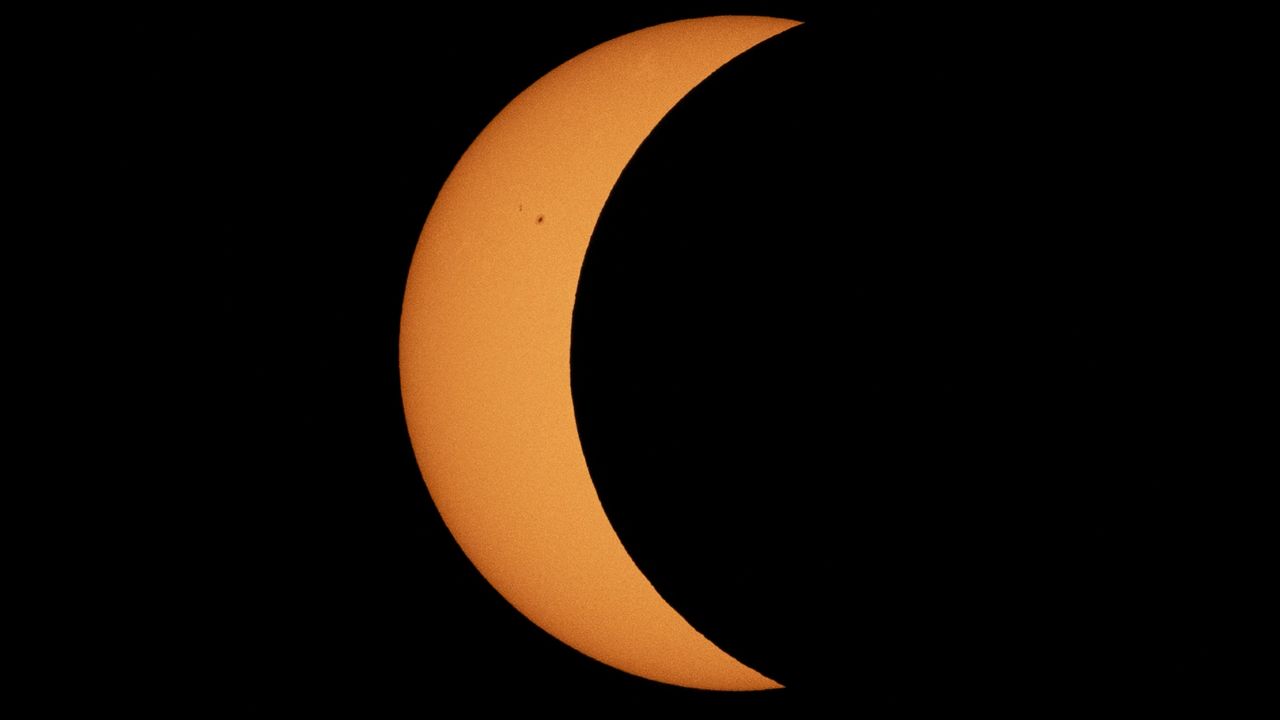



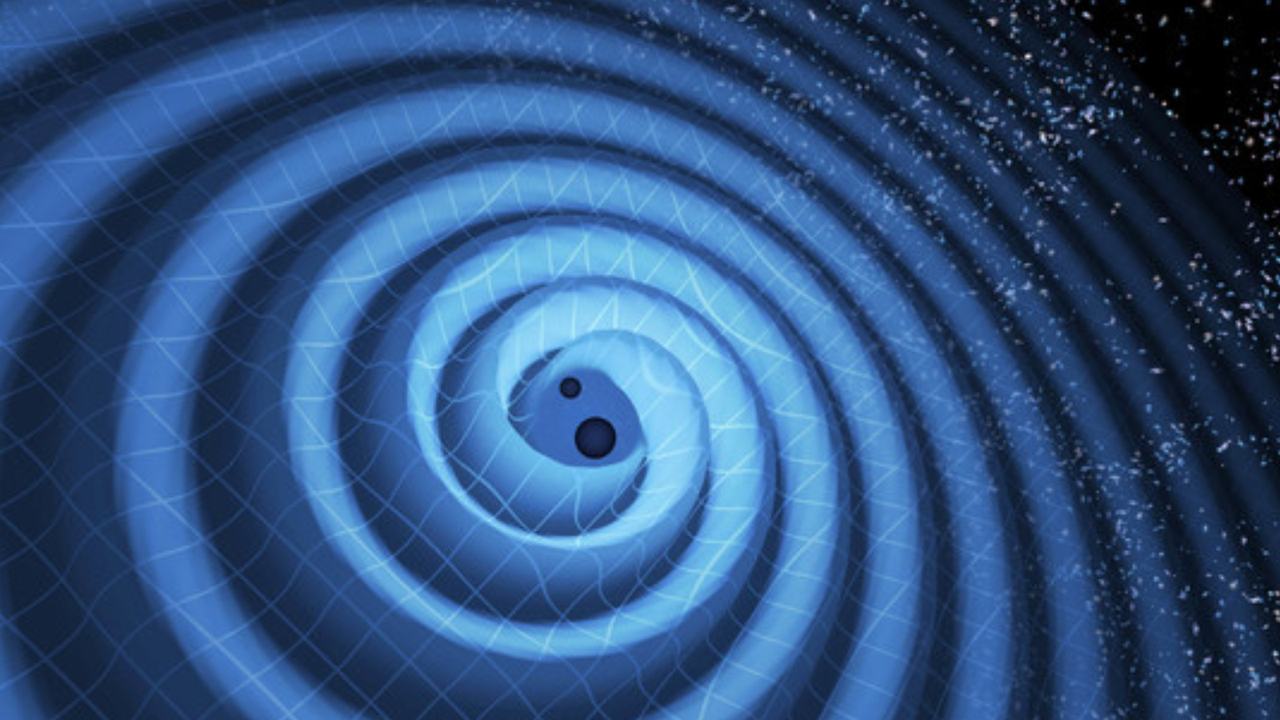

Last Quarter Moon occurs at 6:33 A.M. EDT, standing high in the early-morning sky. You can catch it before dawn in northeastern Taurus, located within 1° of the magnitude 1.7 star Beta (β) Tauri, also called Elnath. This star marks the tip of one of Taurus’ two horns, but has an interesting dual identity: ItContinue reading "The Sky Today on Sunday, September 14: The Last Quarter Moon meets Elnath"
The post The Sky Today on Sunday, September 14: The Last Quarter Moon meets Elnath appeared first on Astronomy Magazine.
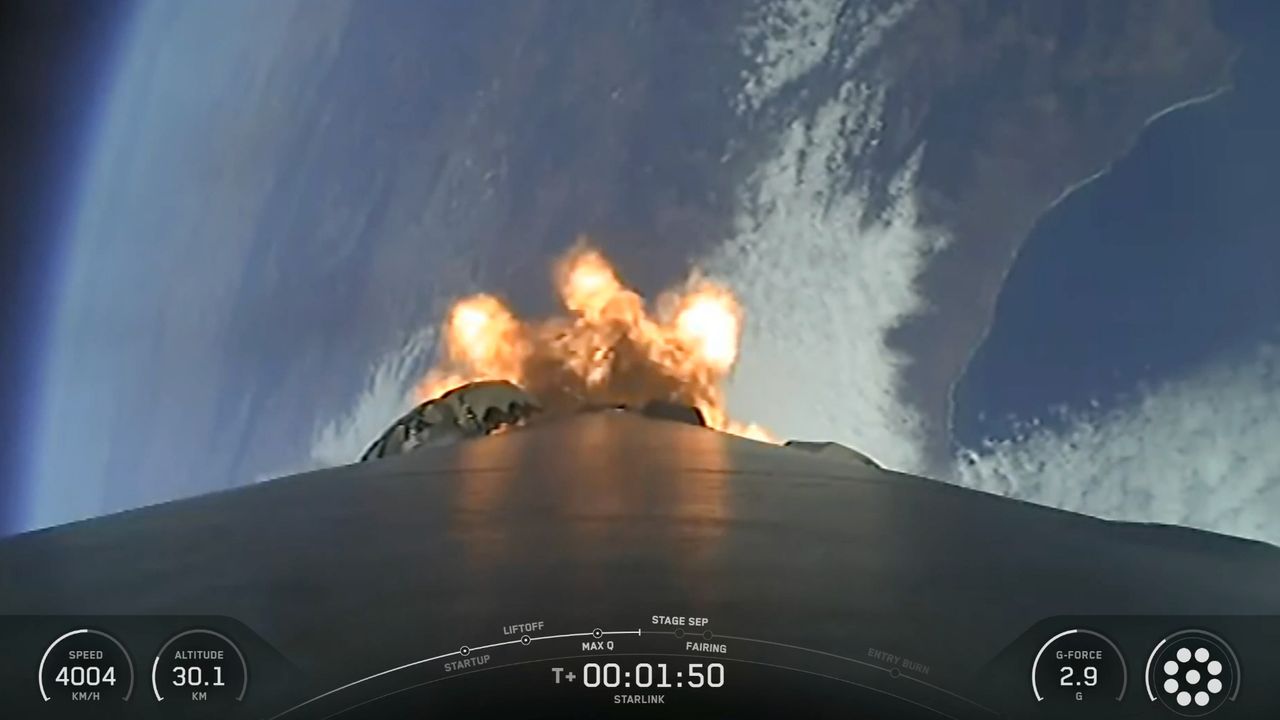

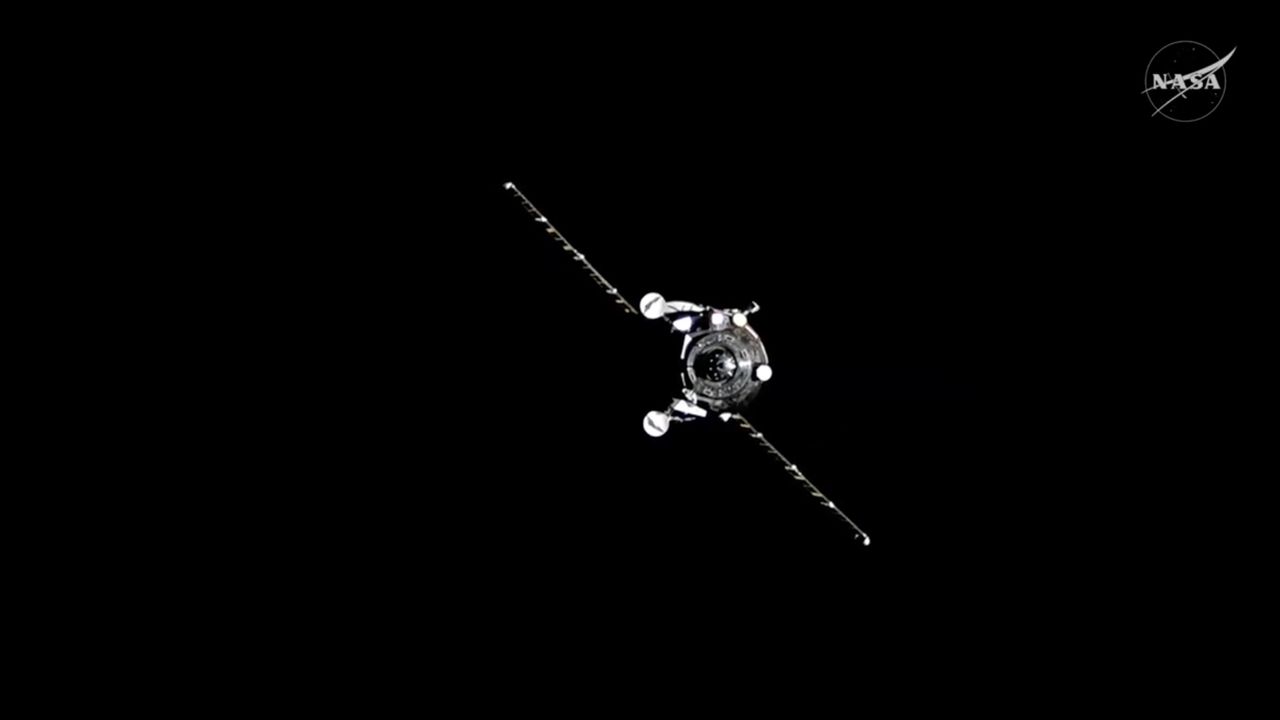

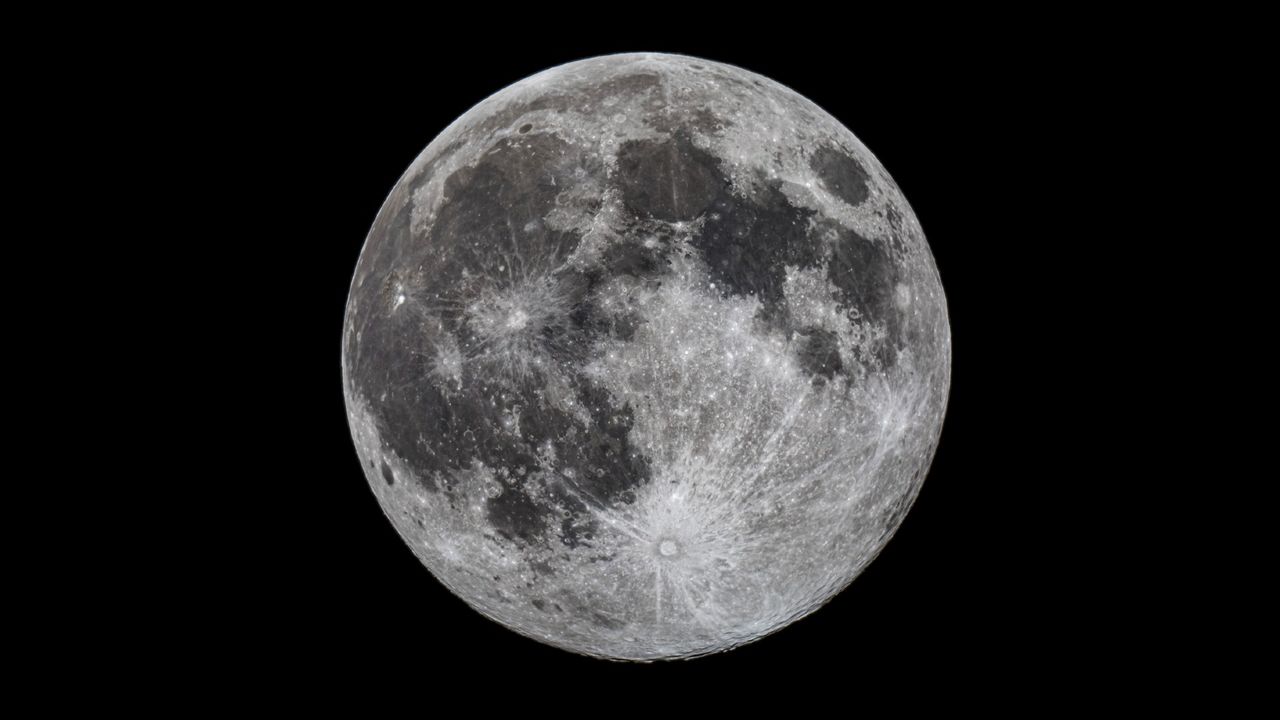

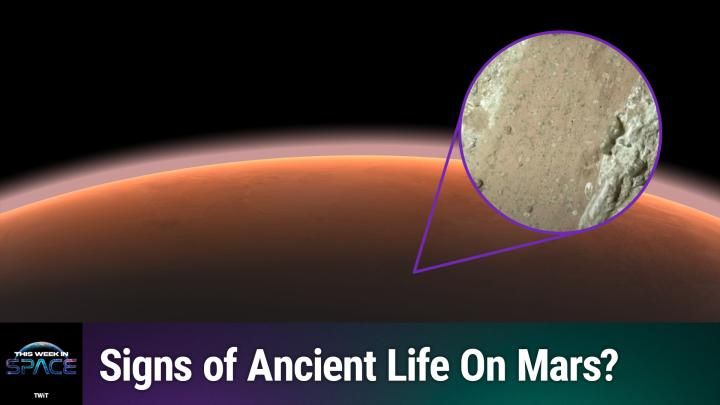

A joint NASA-ESA mission, the Ulysses solar probe launched Oct. 6, 1990, from the Space Shuttle Discovery. The mission was tasked with studying the solar wind, mapping the heliosphere, and becoming the first craft to study and chart the solar poles in detail. Equipped with a magnetometer, ion composition gauge, and instruments to measure radioContinue reading "Sept. 13, 1994: Ulysses at the Sun’s south pole"
The post Sept. 13, 1994: Ulysses at the Sun’s south pole appeared first on Astronomy Magazine.
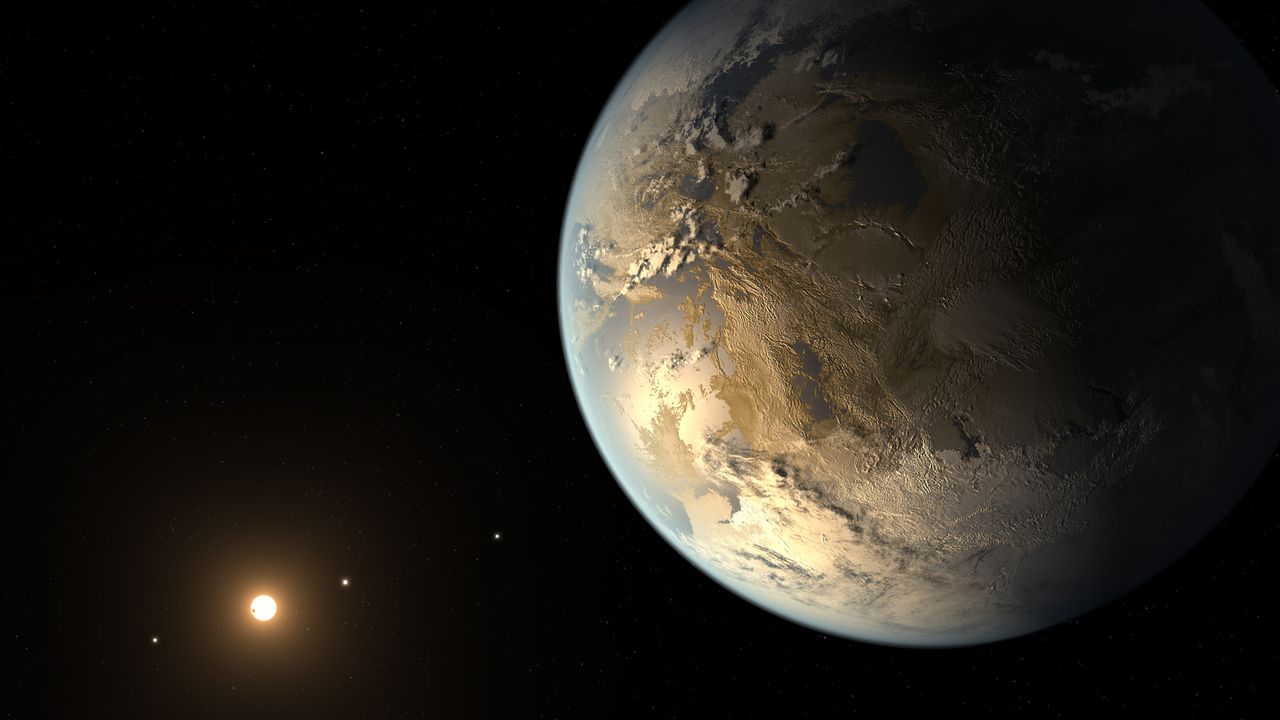

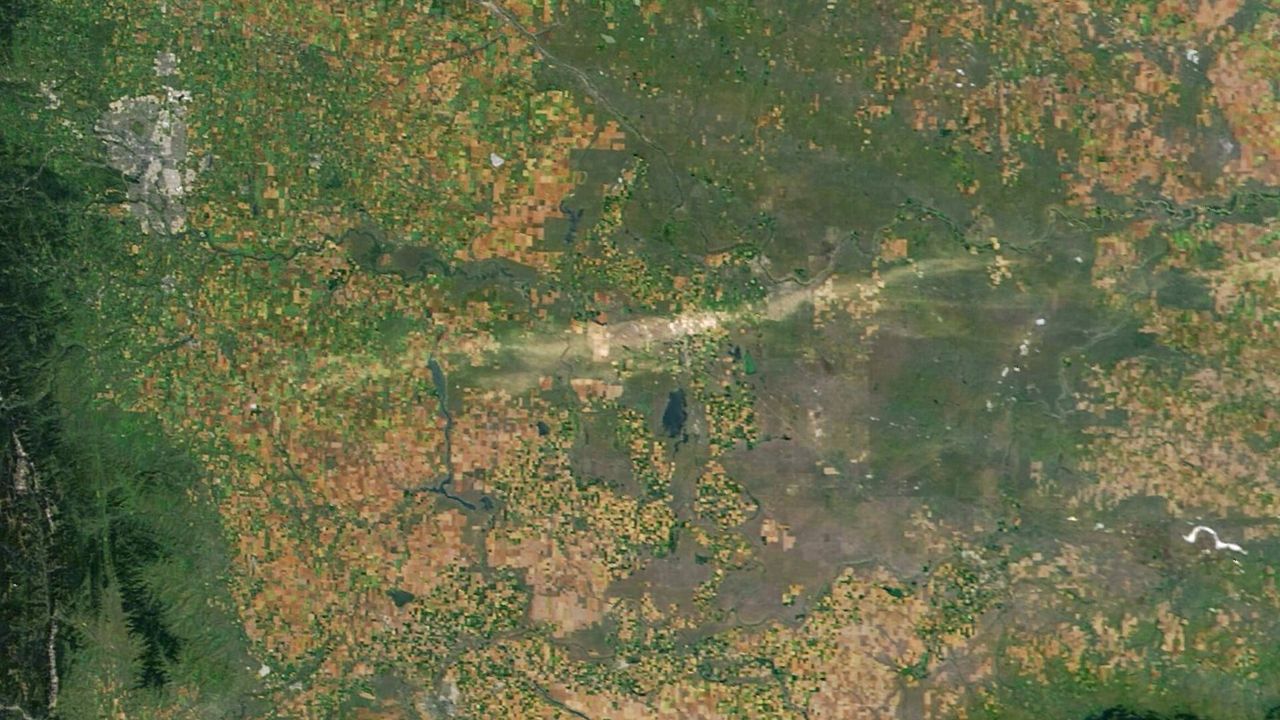



Jupiter and Venus lead the Sun into the early-morning sky, rising around 1:30 A.M. and 4:15 A.M. local daylight time, respectively. Jupiter stands some 7.5° to the right of the bright star Pollux in Gemini as they rise. Magnitude 1.2 Pollux marks the head of one twin, while just above it, magnitude 1.6 Castor marksContinue reading "The Sky Today on Saturday, September 13: Jupiter and Venus in the morning"
The post The Sky Today on Saturday, September 13: Jupiter and Venus in the morning appeared first on Astronomy Magazine.
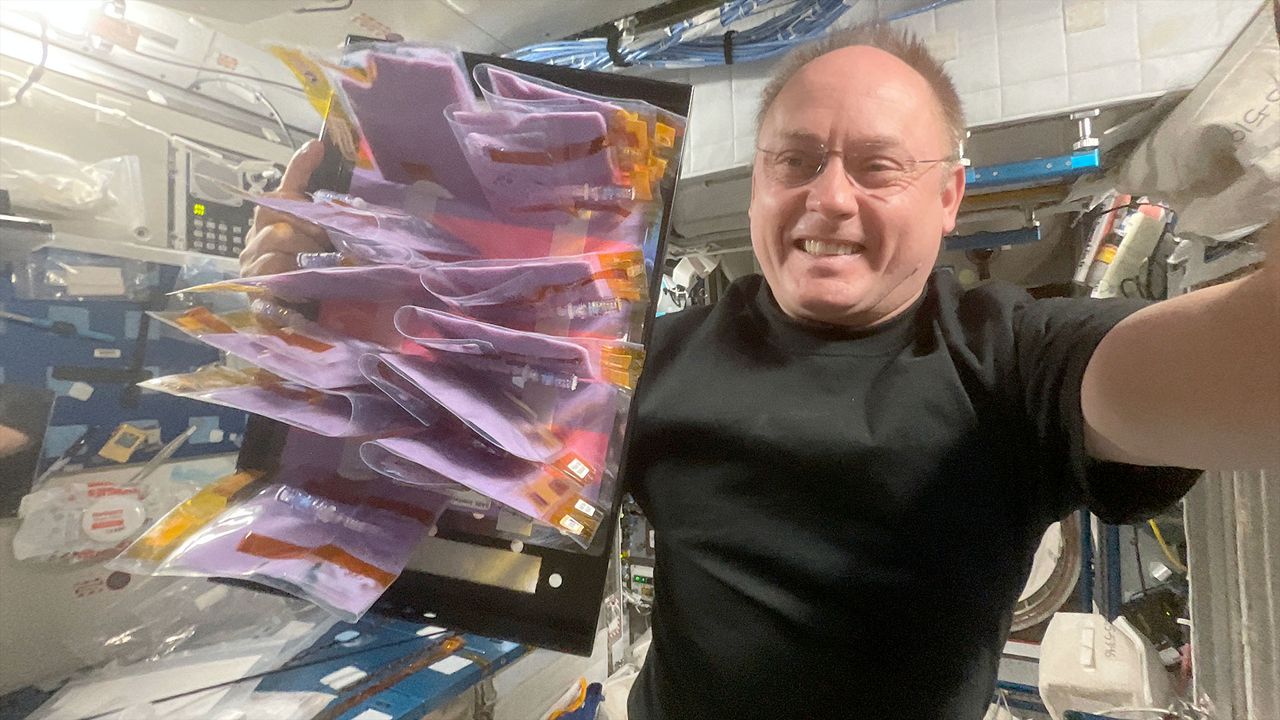

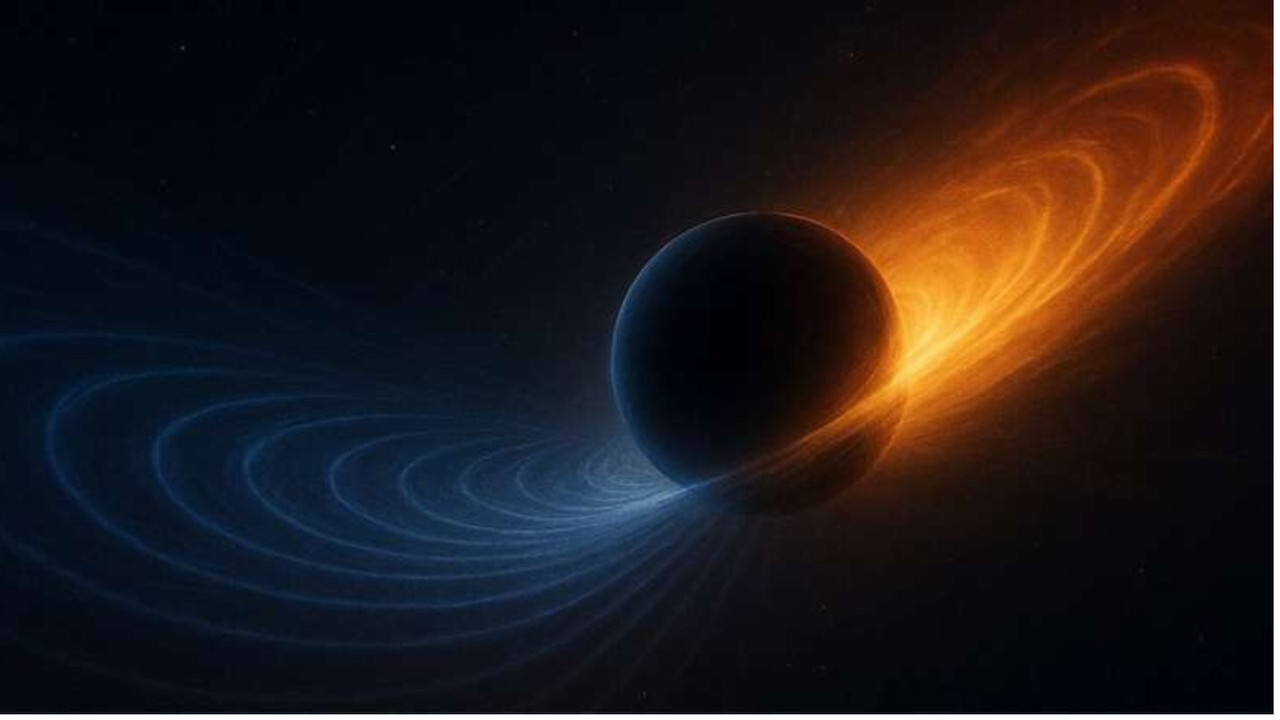

NASA announced Wednesday that its Perseverance rover discovered what scientists are calling a “potential biosignature” in a rock on Mars last year. This signature, which may have a biological origin but requires further study, represents the most compelling evidence to date for ancient microbial life on Mars, scientists and agency officials said in a pressContinue reading "NASA announces strongest evidence yet for ancient life on Mars"
The post NASA announces strongest evidence yet for ancient life on Mars appeared first on Astronomy Magazine.
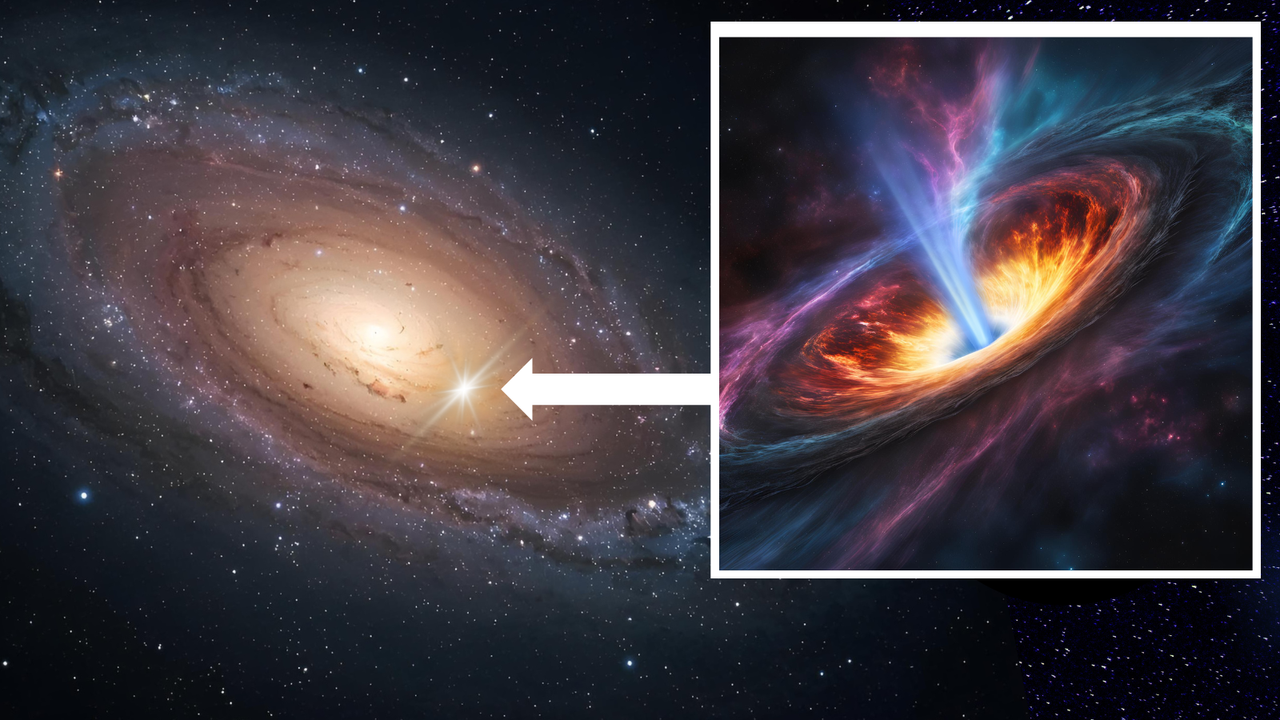

Author(s): Sachin Rawat
Experiments with small, floating slabs of ice have revealed melting-induced shape changes that may explain why icebergs sometimes flip over.
[Physics 18, 159] Published Fri Sep 12, 2025
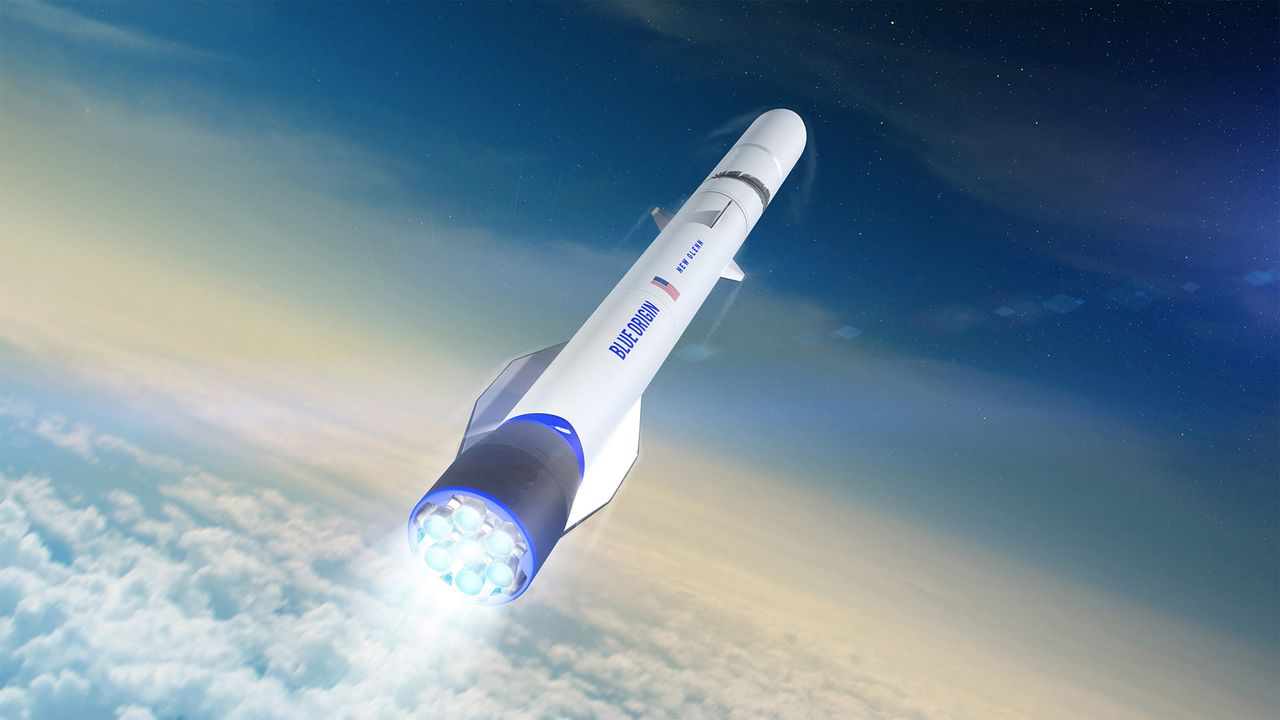

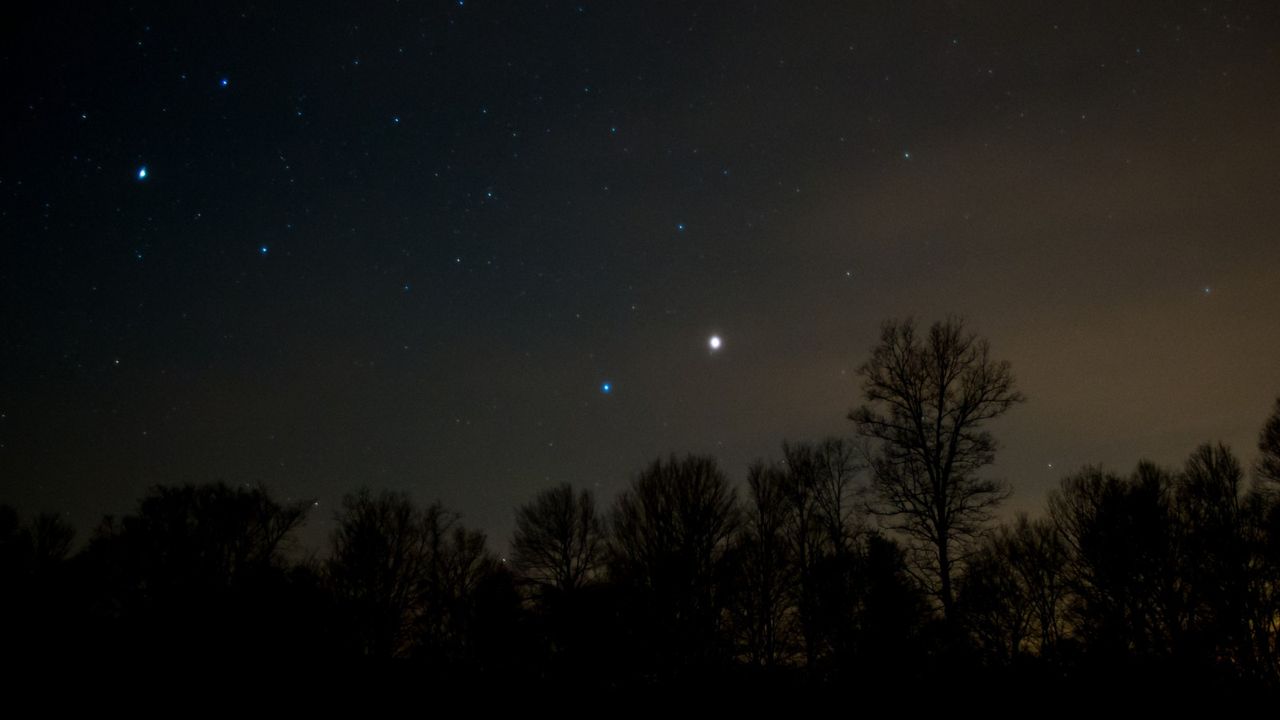



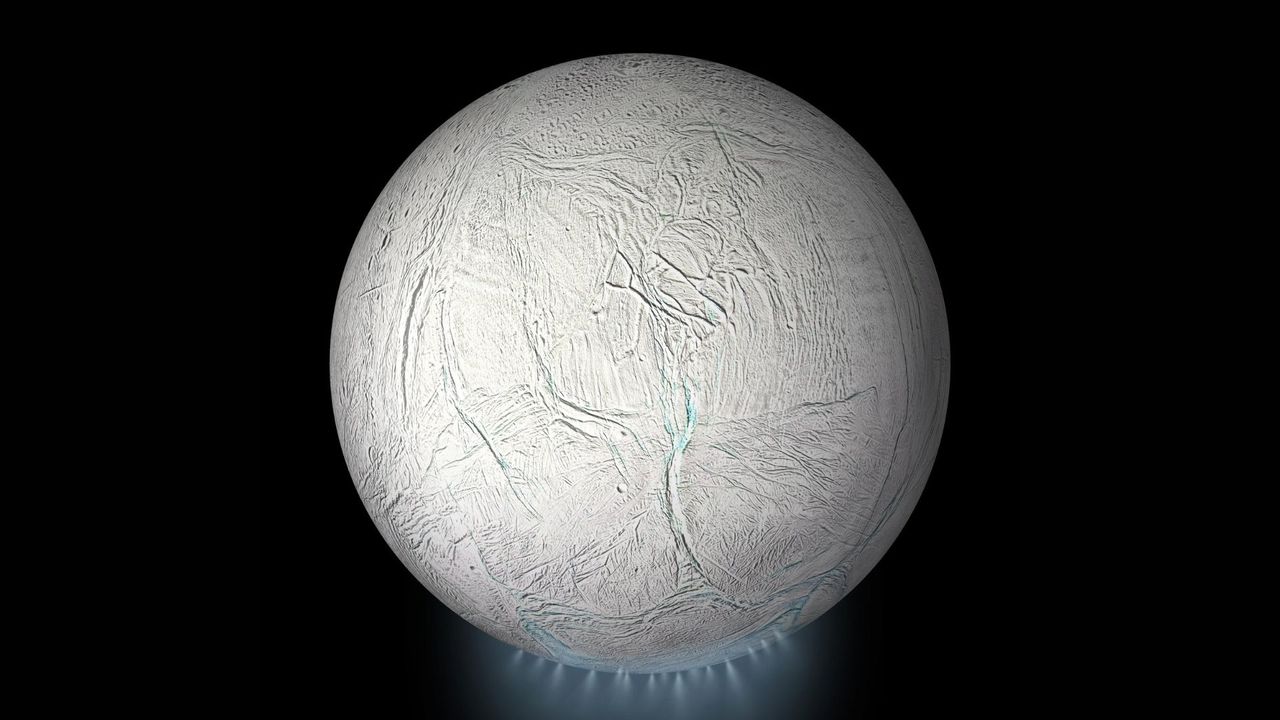



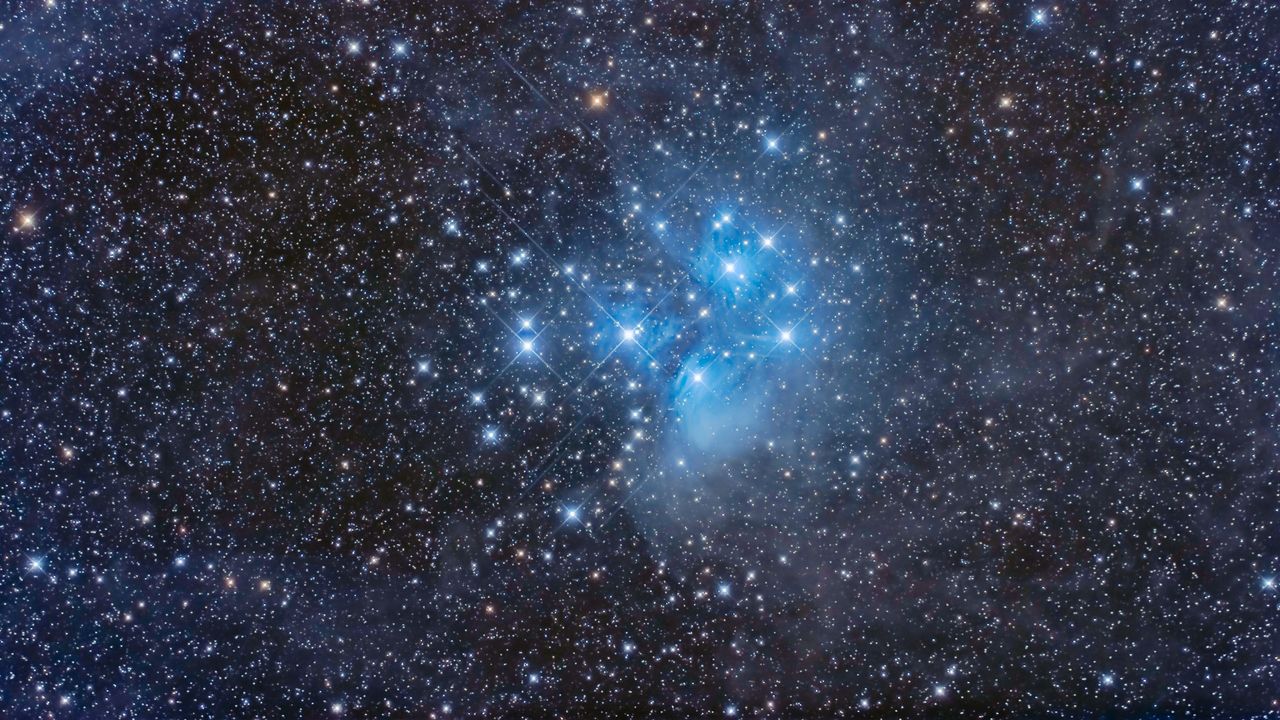

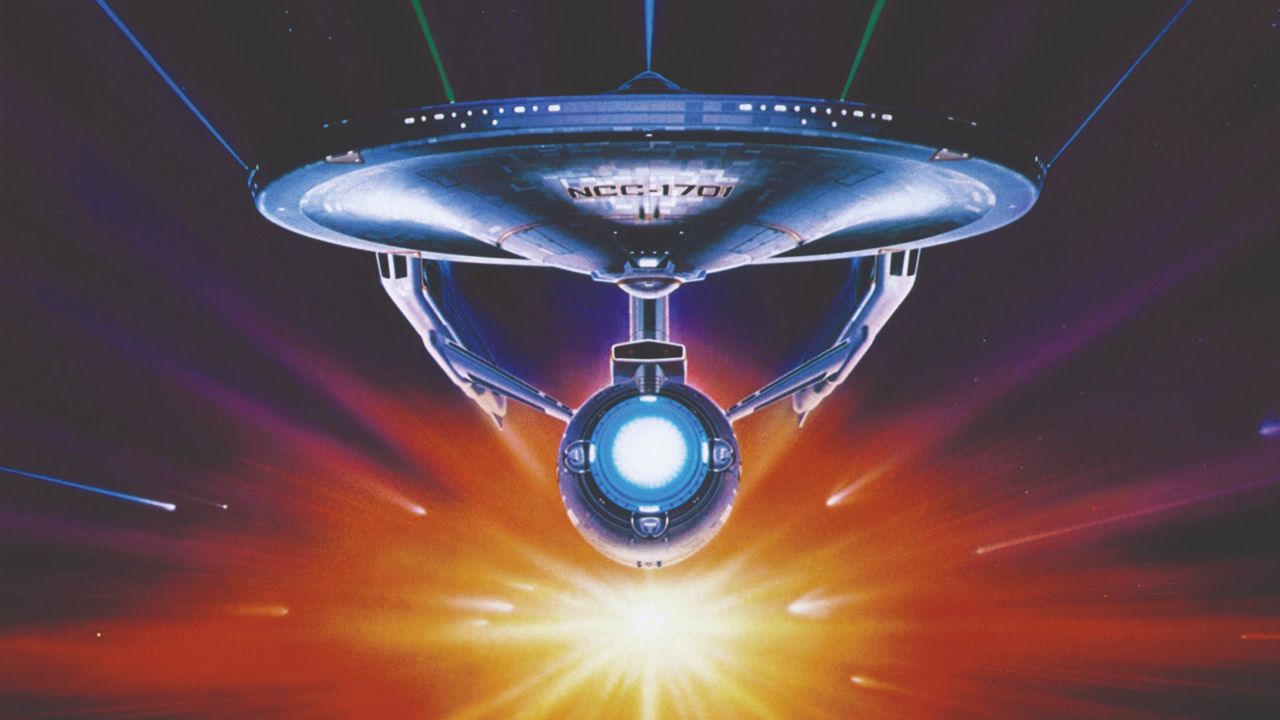



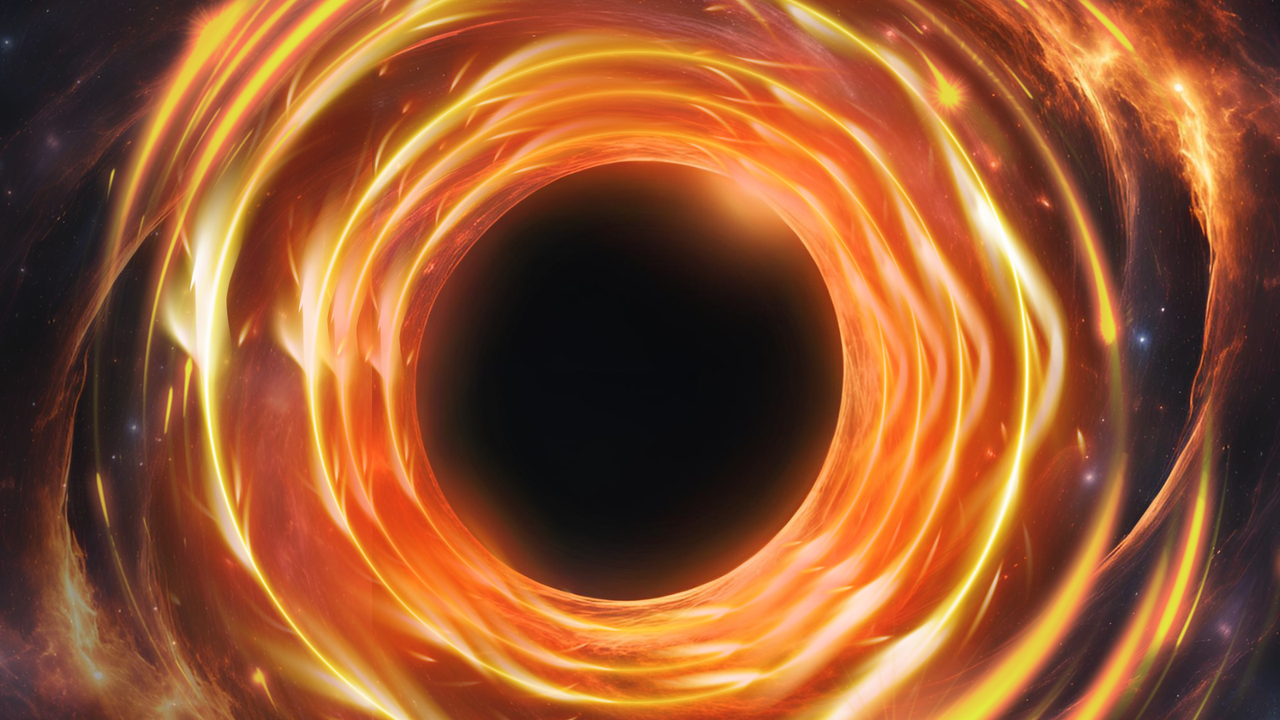

Less than two years after the successful launch of Sputnik 1, the Soviet Union put a spacecraft on the Moon. Launched Sept. 12, 1959, Luna 2 traveled over 30 hours to crash-land on the lunar surface. The impact happened at a speed of about 1.9 miles (3 kilometers) per second, and represented the first contactContinue reading "Sept. 12, 1959: Luna 2 launches"
The post Sept. 12, 1959: Luna 2 launches appeared first on Astronomy Magazine.
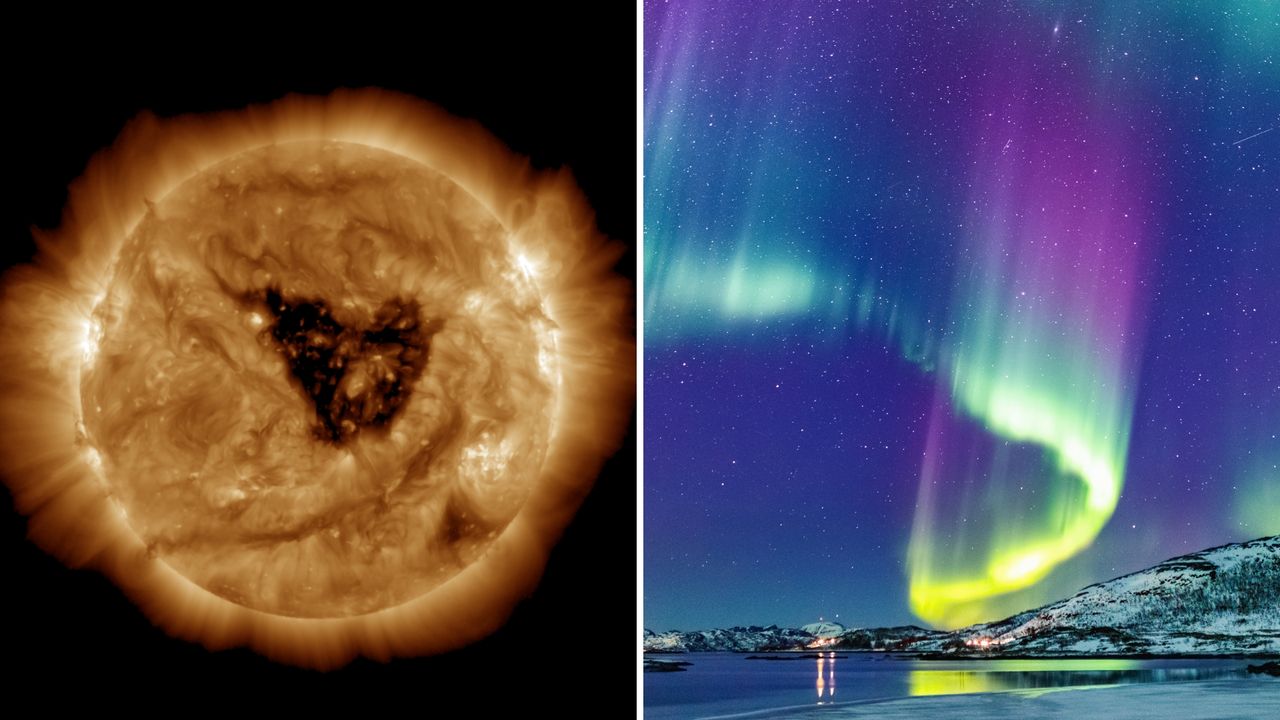

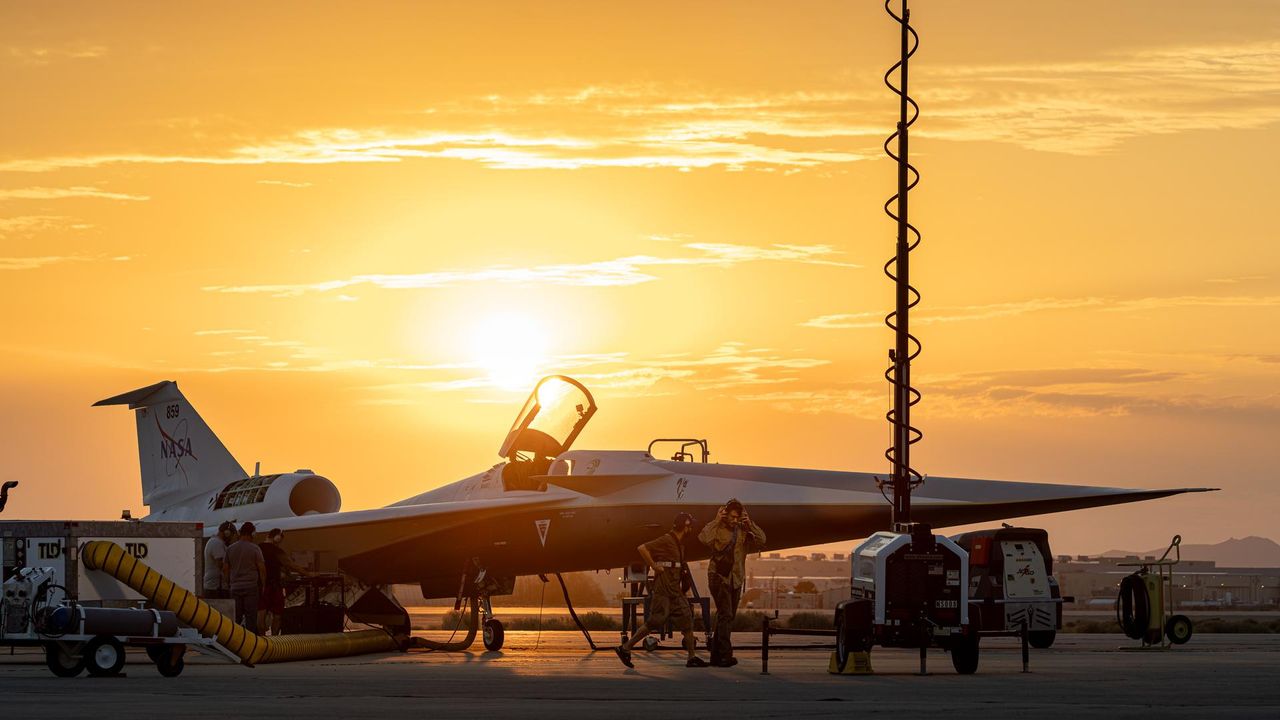

Author(s): Charles Day
An array of tiny spring-loaded mirrors creates intricate patterns of UV light for trapping and manipulating cold atoms.
[Physics 18, s113] Published Thu Sep 11, 2025
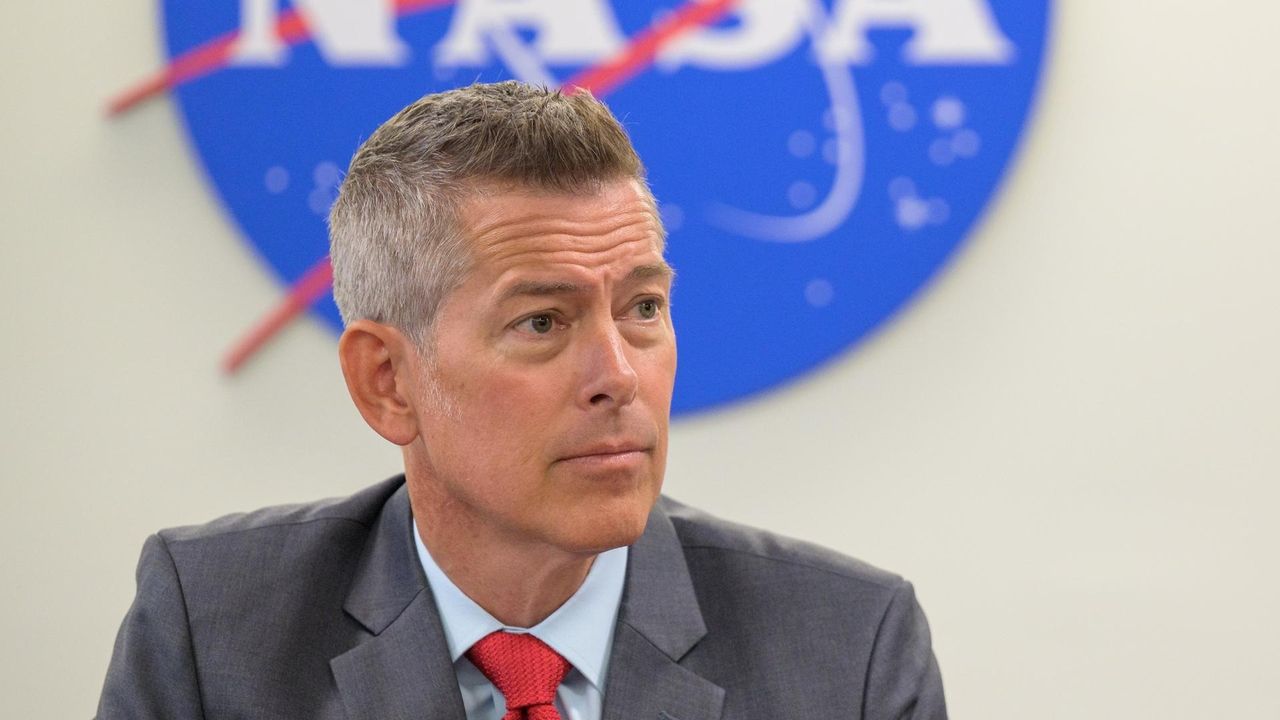

Tianyao Yang, taken from Chifeng, Inner Mongolia, China The Chinese space station Tiangong (or “heavenly palace”) crosses the disk of the Moon during the lunar eclipse of Sept. 7/8. The transit was captured in 22 frames over 0.72 second just before 12:58 a.m. Chinese standard time and was blended with a high dynamic range (HDR)Continue reading "A palace on the Moon"
The post A palace on the Moon appeared first on Astronomy Magazine.
Mars passes 2° north of Virgo’s bright alpha star Spica at 4 A.M. EDT. Neither is visible at that time, but you can catch them in the evening sky shortly after sunset. You’ll want to be quick, though — they set before 9 P.M. local daylight time and are already low in the west 40Continue reading "The Sky Today on Friday, September 12: Mars moves past Spica"
The post The Sky Today on Friday, September 12: Mars moves past Spica appeared first on Astronomy Magazine.
Sky This Week is brought to you in part by Celestron. Friday, September 12Mars passes 2° north of 1st-magnitude Spica in Virgo at 4 A.M. EDT, though neither has risen at this time (they rise in daylight, after sunrise). By evening, the pair is sinking in the west, but quick observers can catch them. AboutContinue reading "The Sky This Week from September 12 to 19: Catch Comet Wierzchoś in Corona Borealis"
The post The Sky This Week from September 12 to 19: Catch Comet Wierzchoś in Corona Borealis appeared first on Astronomy Magazine.
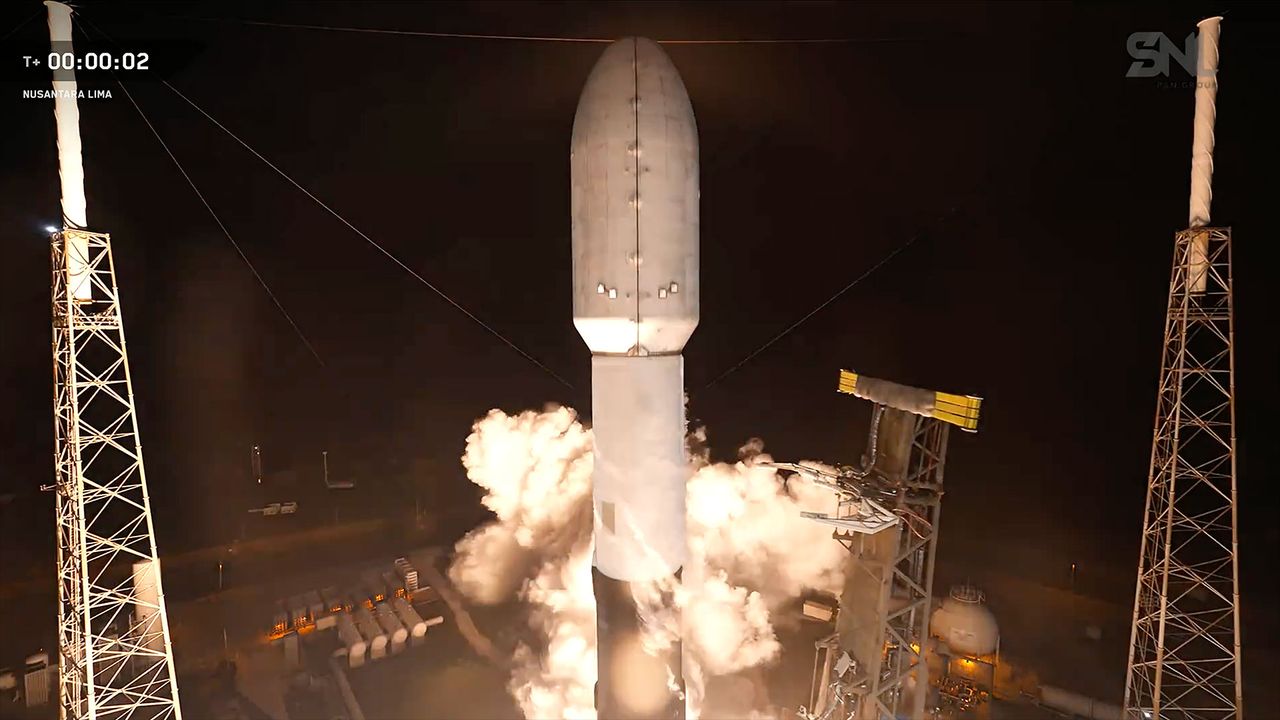

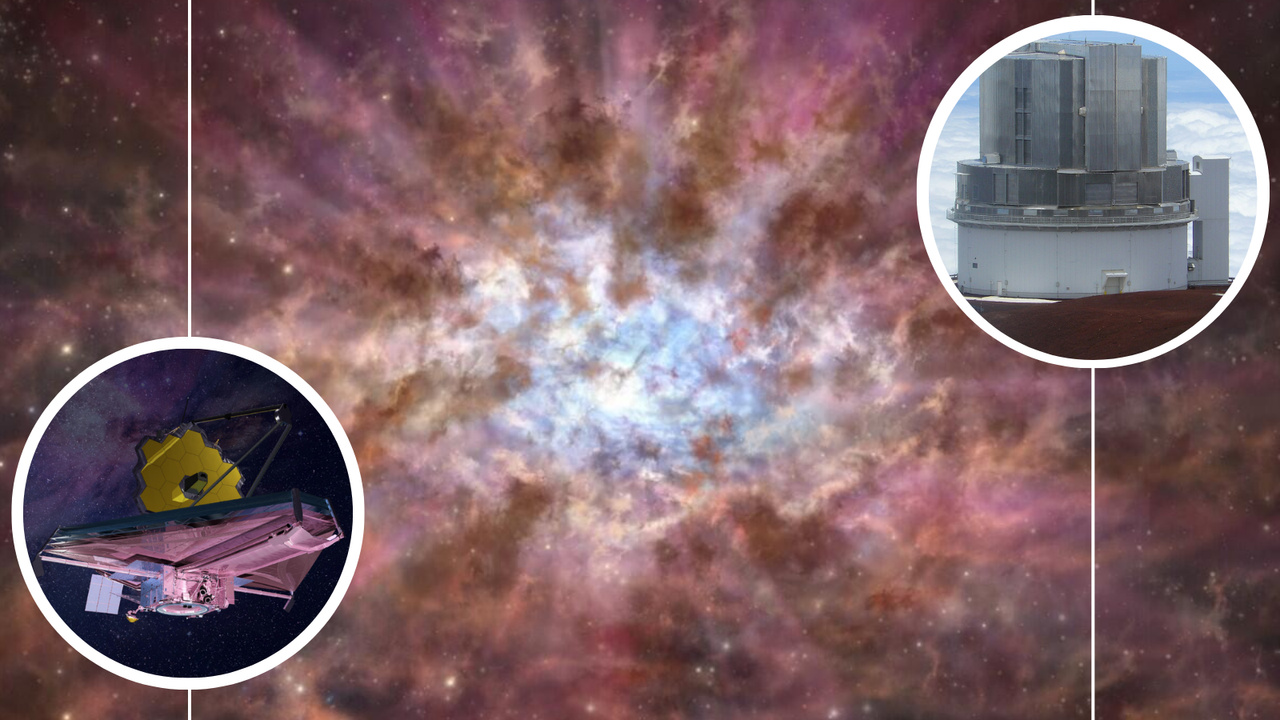

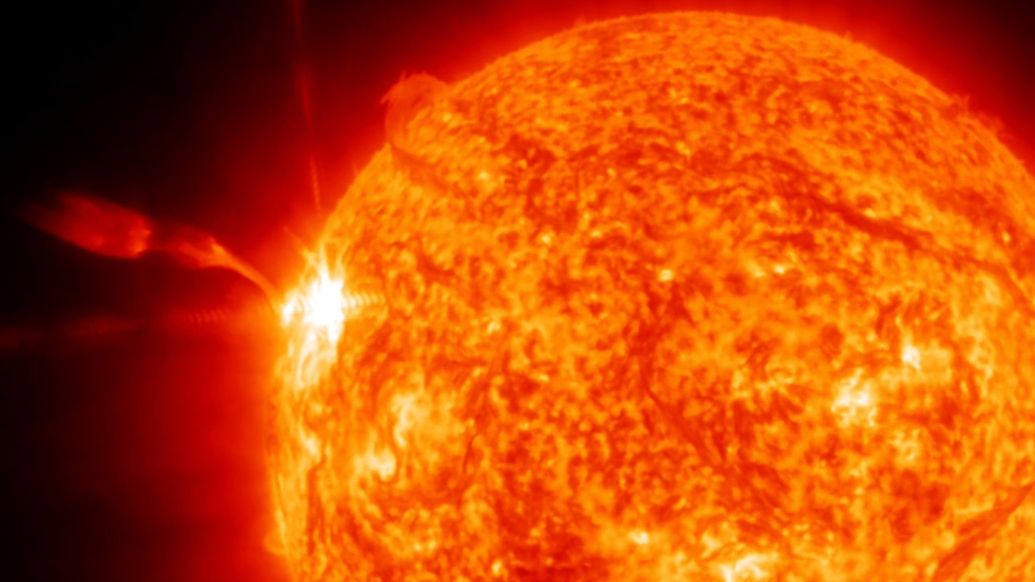

Gianni Tumino, taken from Ragusa, Sicily, Italy The Moon exiting its total eclipse of Sept. 7 is captured in this long-exposure composite, combining over 2,000 two-second exposures taken at with a Canon DSLR and 20mm lens at f/5.6 and ISO 800.
The post Blazing a trail appeared first on Astronomy Magazine.
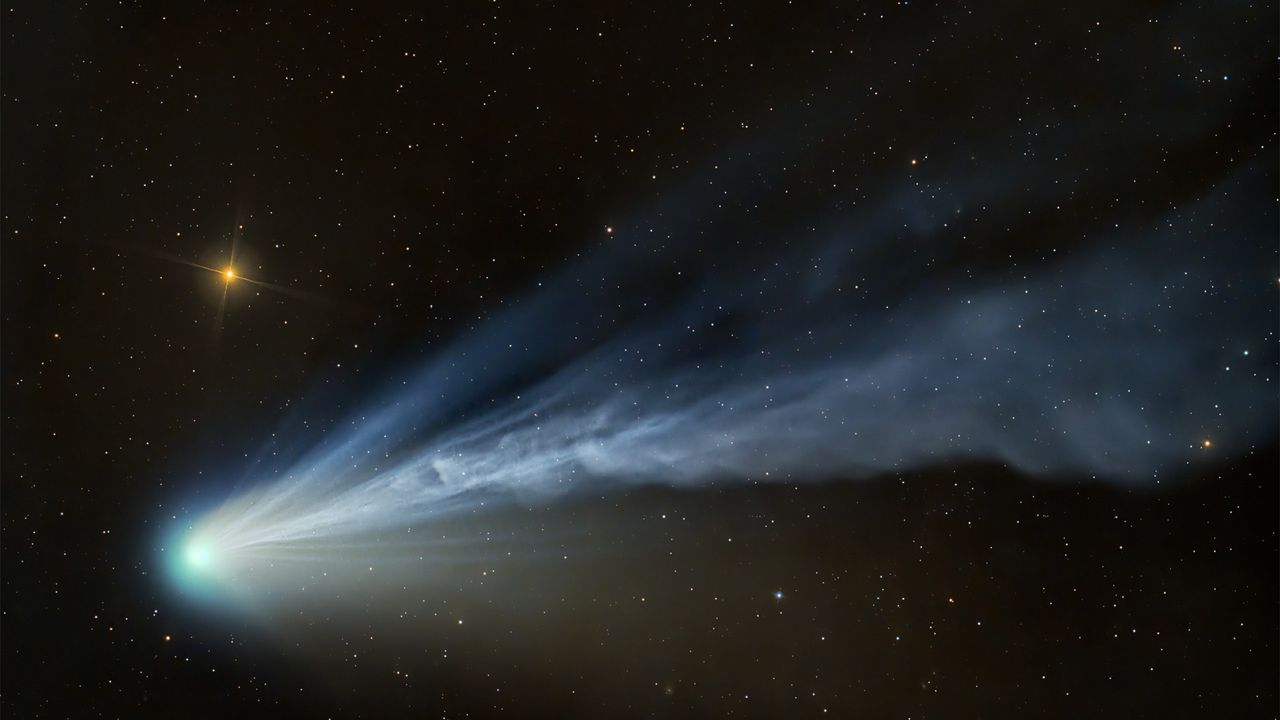

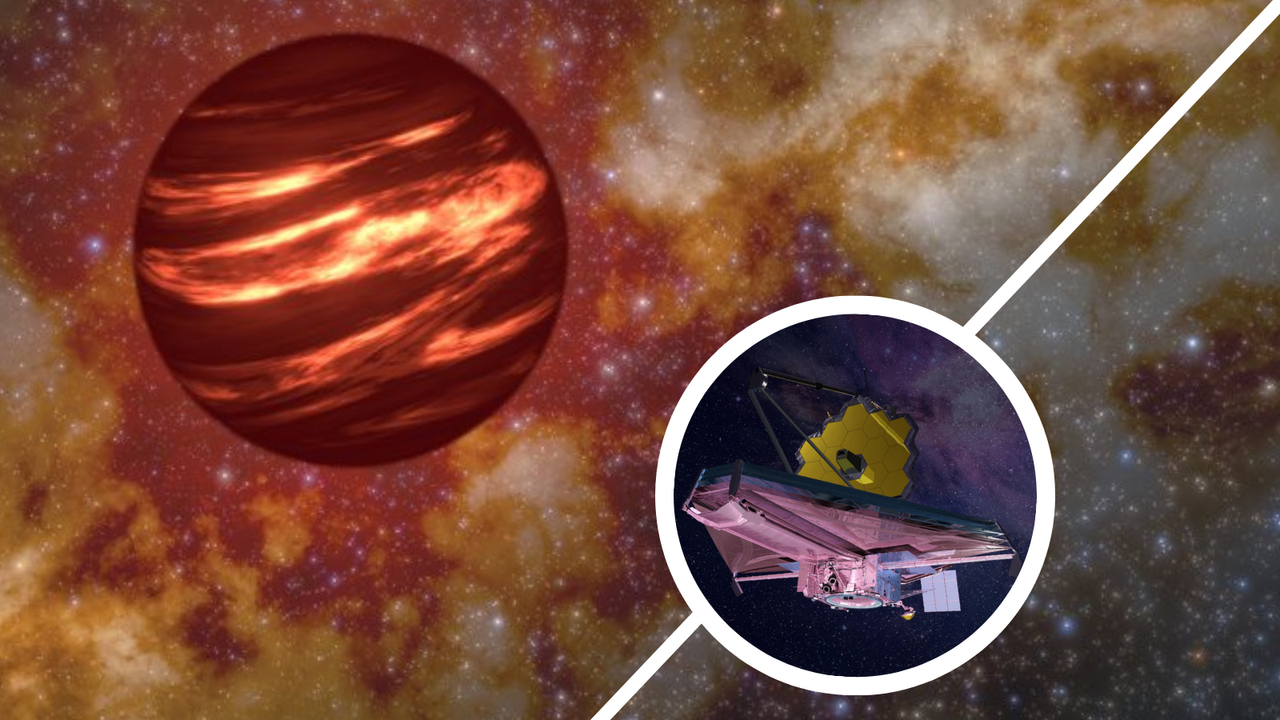

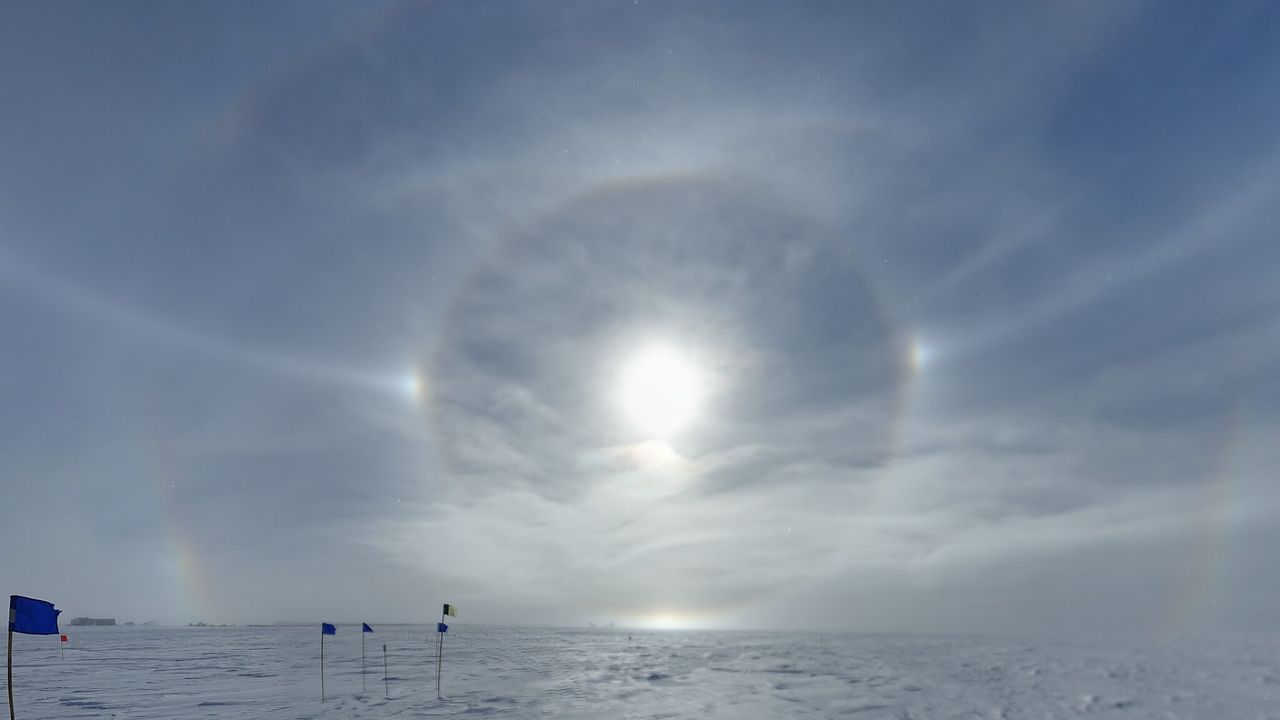



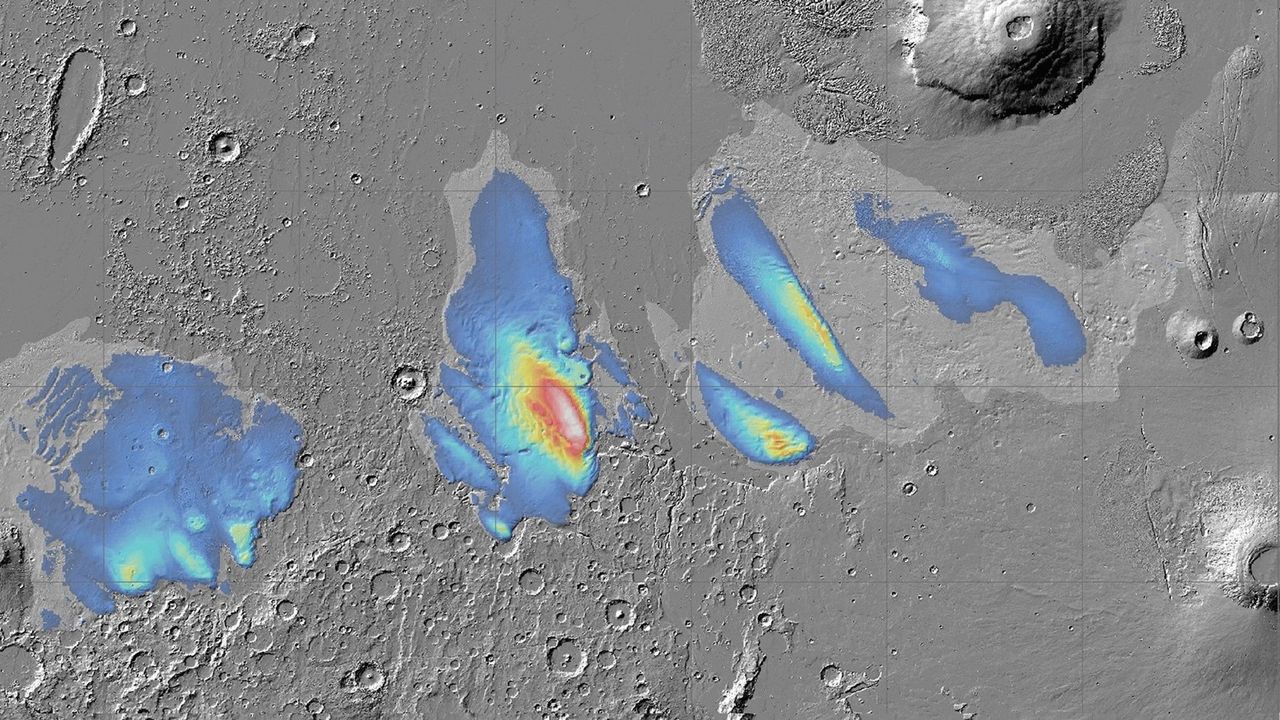

We’ve all identified Pegasus in the sky, right? It’s easy to see the Great Square, notwithstanding that one of the stars belongs to Andromeda. The constellation Pegasus represents the mythological winged horse. But did you know that the sky holds a second horse? On Pegasus’ southwest border sits Equuleus — and, by the way, theContinue reading "Michael’s Miscellany: Find Equuleus"
The post Michael’s Miscellany: Find Equuleus appeared first on Astronomy Magazine.
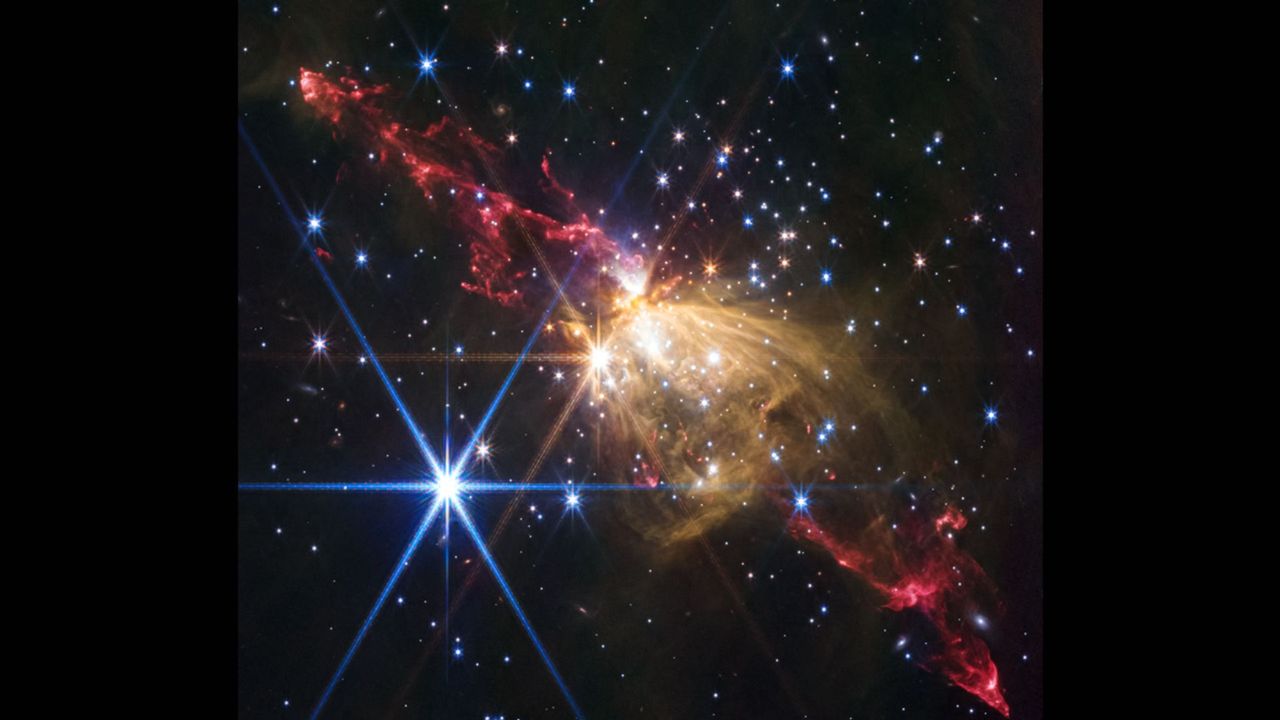

Author(s): Salvatore Rappoccio
A deep neural network has proven essential in confirming a key prediction of one of the standard model’s cornerstones.
[Physics 18, 155] Published Wed Sep 10, 2025
Author(s): Chiara M. F. Mingarelli
The clearest black hole merger signal ever measured has allowed researchers to test the Kerr nature of black holes and validate Stephen Hawking’s black hole area theorem.
[Physics 18, 160] Published Wed Sep 10, 2025
Author(s): Marric Stephens
Primordial black holes could be stabilized by a dark, electromagnetic-like interaction, delaying their violent end until the present day.
[Physics 18, s112] Published Wed Sep 10, 2025


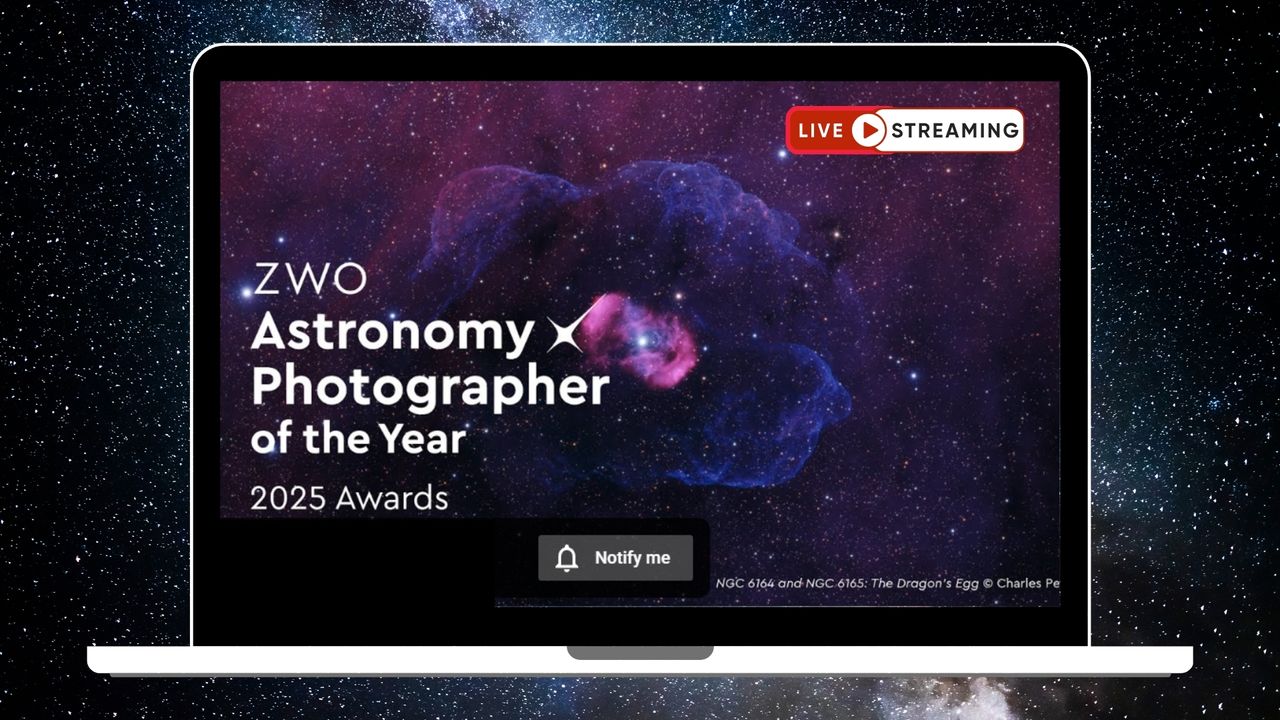

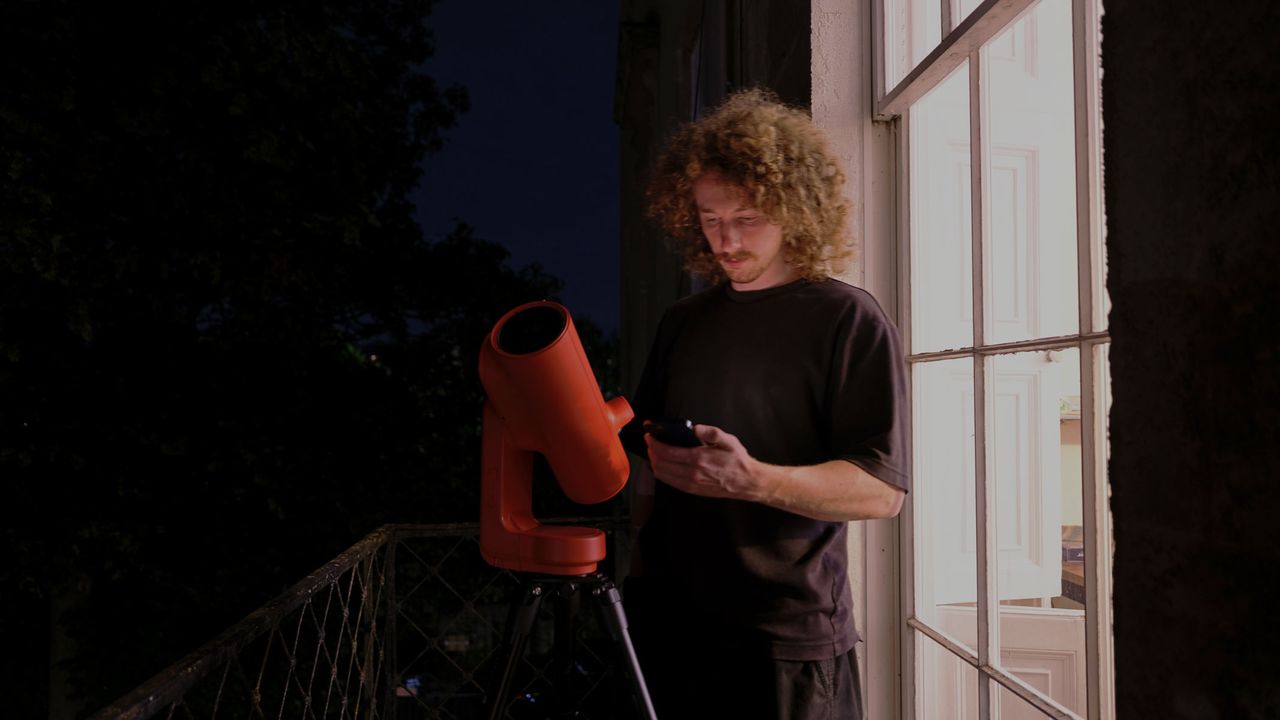



Launched as the International Sun-Earth Explorer-3 in 1978, a joint NASA-ESA mission, the ISEE-3 probe studied the solar wind and Earth’s magnetic field from the L1 Lagrange point. When its mission was complete in 1981, NASA proposed repurposing the craft by using it to intercept a comet; such reuse would save the money and timeContinue reading "Sept. 11, 1985: The ICE probe encounters Comet Giacobini-Zinner"
The post Sept. 11, 1985: The ICE probe encounters Comet Giacobini-Zinner appeared first on Astronomy Magazine.
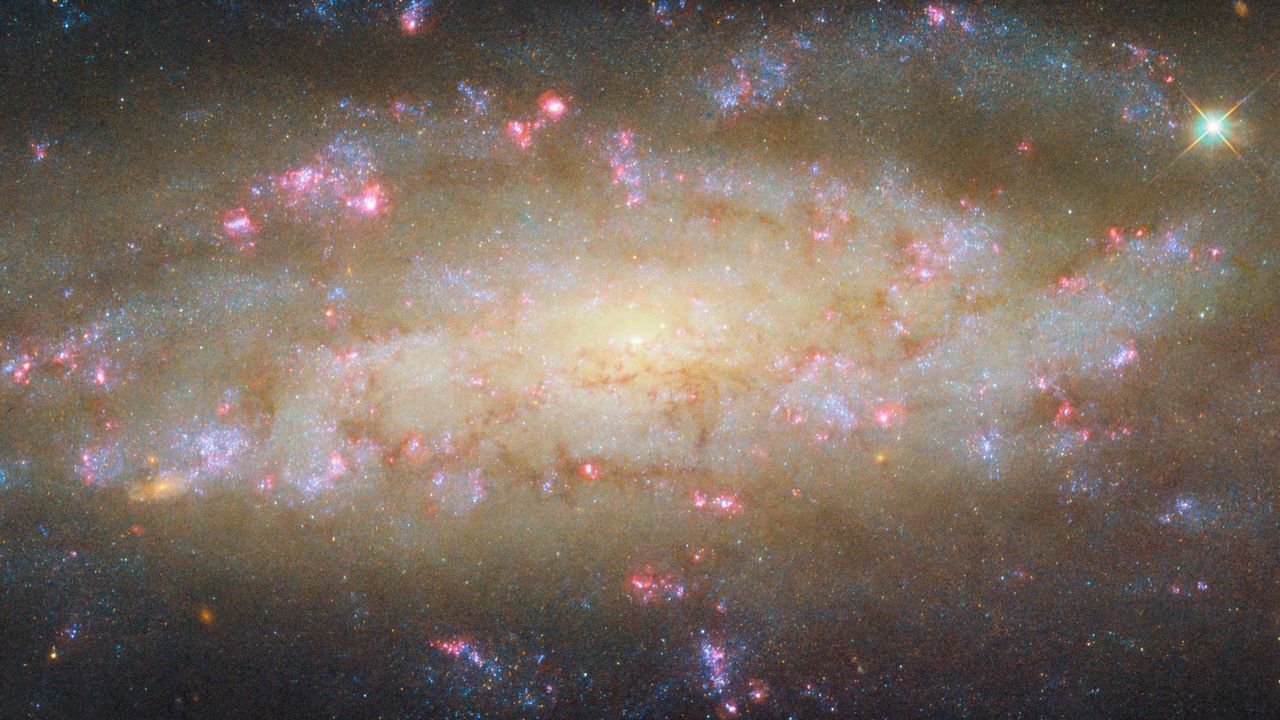

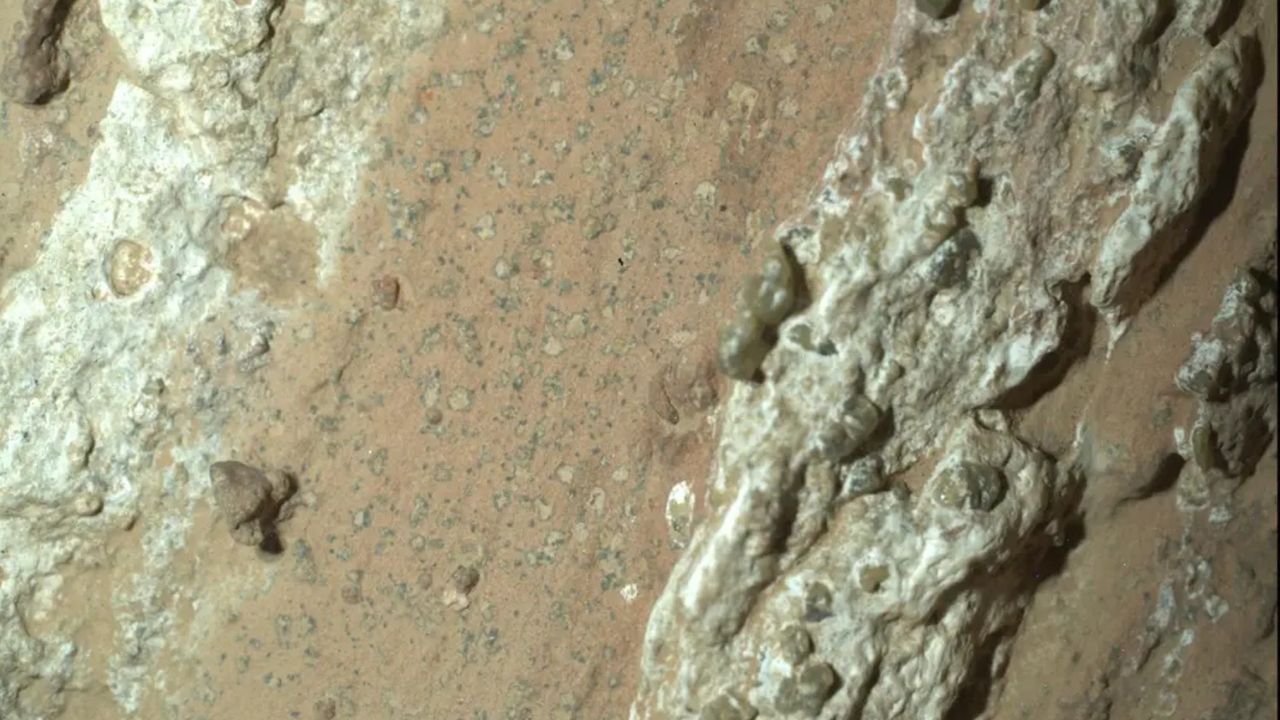

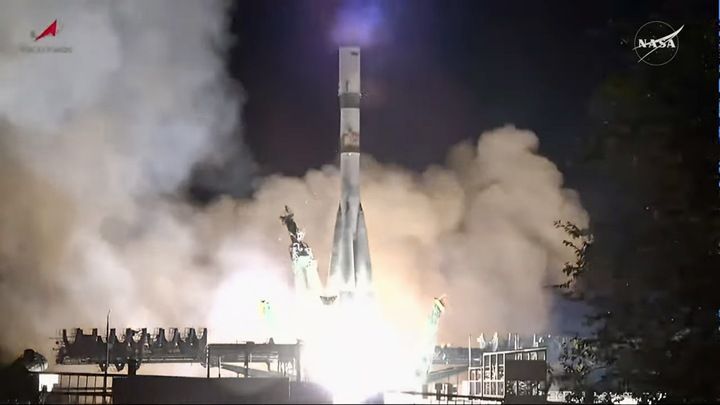

Saturn draws attention tonight as its largest and brightest moon, Titan, slips behind the disk of the planet late this evening in an occultation. You can find Saturn just over 30° high in the southeast tonight, shining at magnitude 0.6 in Pisces. It’s easy to find without optical aid as the brightest point of lightContinue reading "The Sky Today on Thursday, September 11: Titan passes behind Saturn"
The post The Sky Today on Thursday, September 11: Titan passes behind Saturn appeared first on Astronomy Magazine.


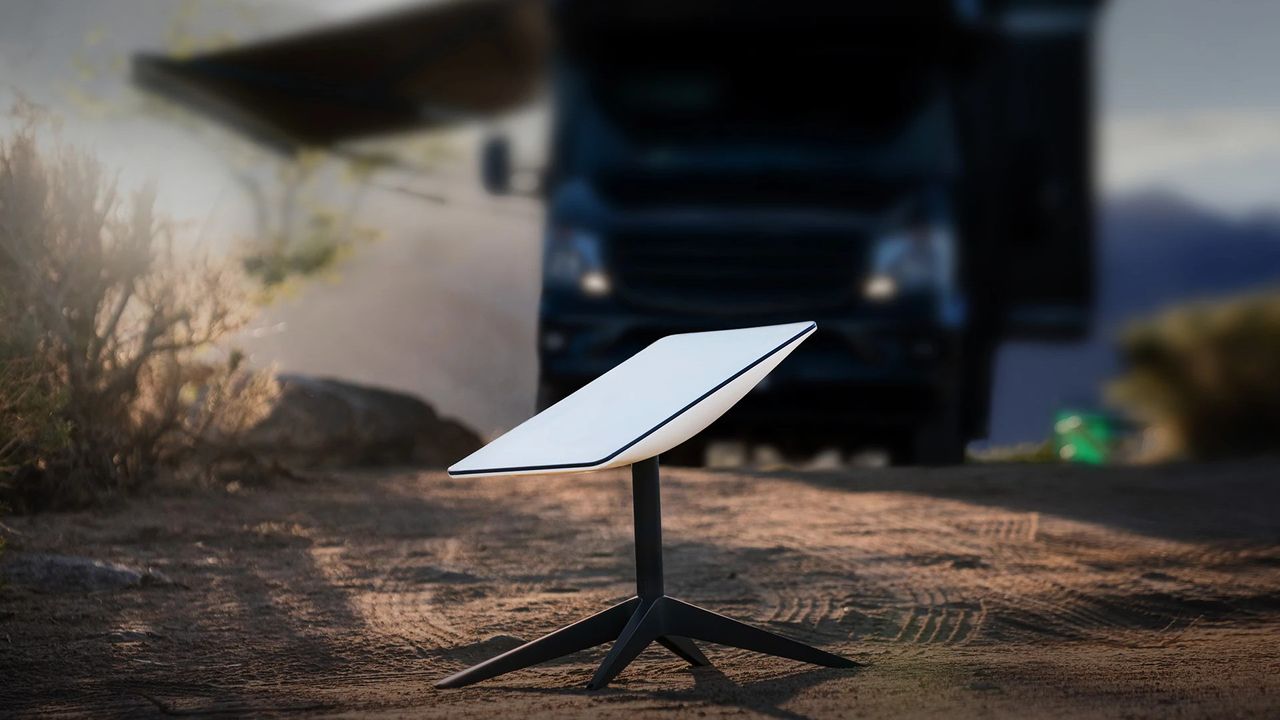





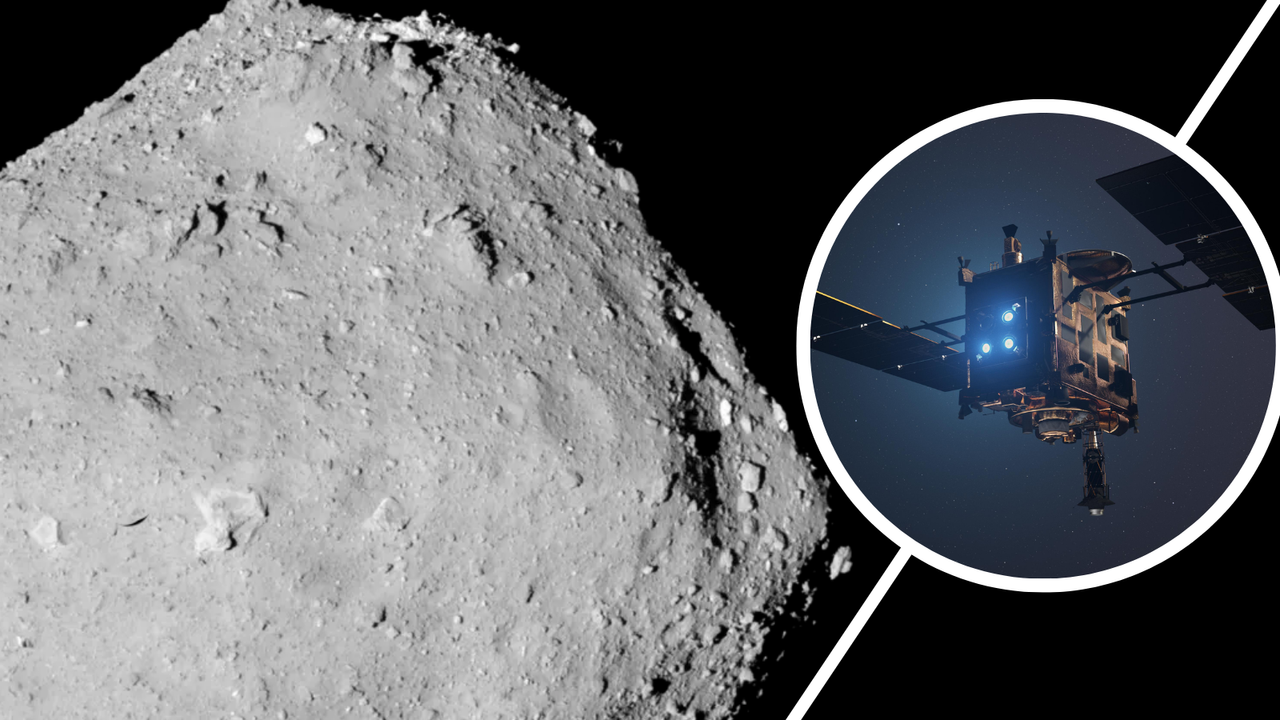

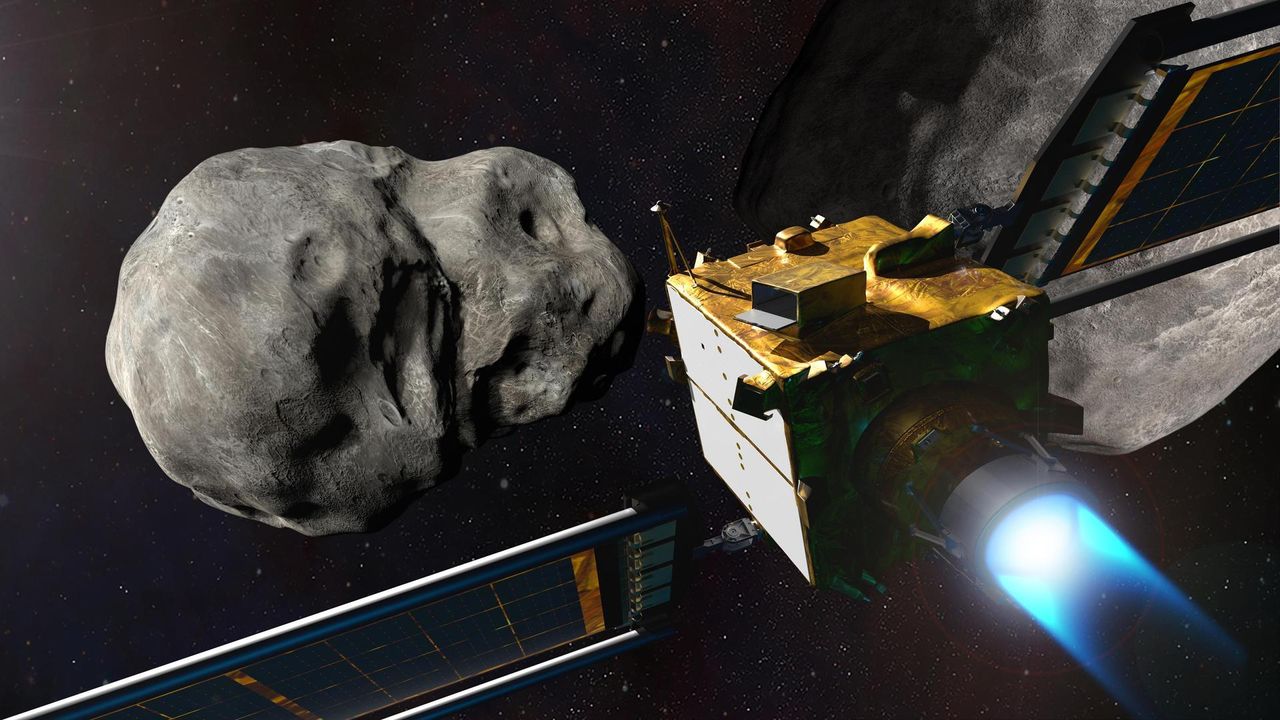

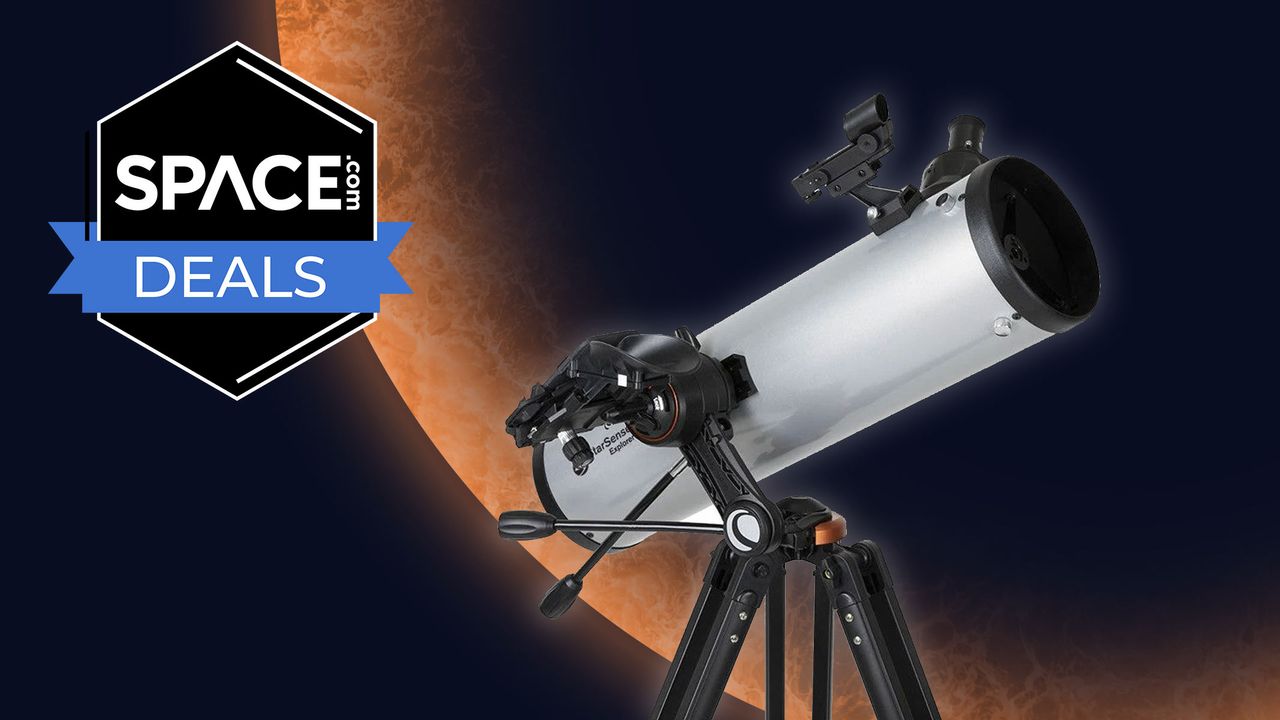

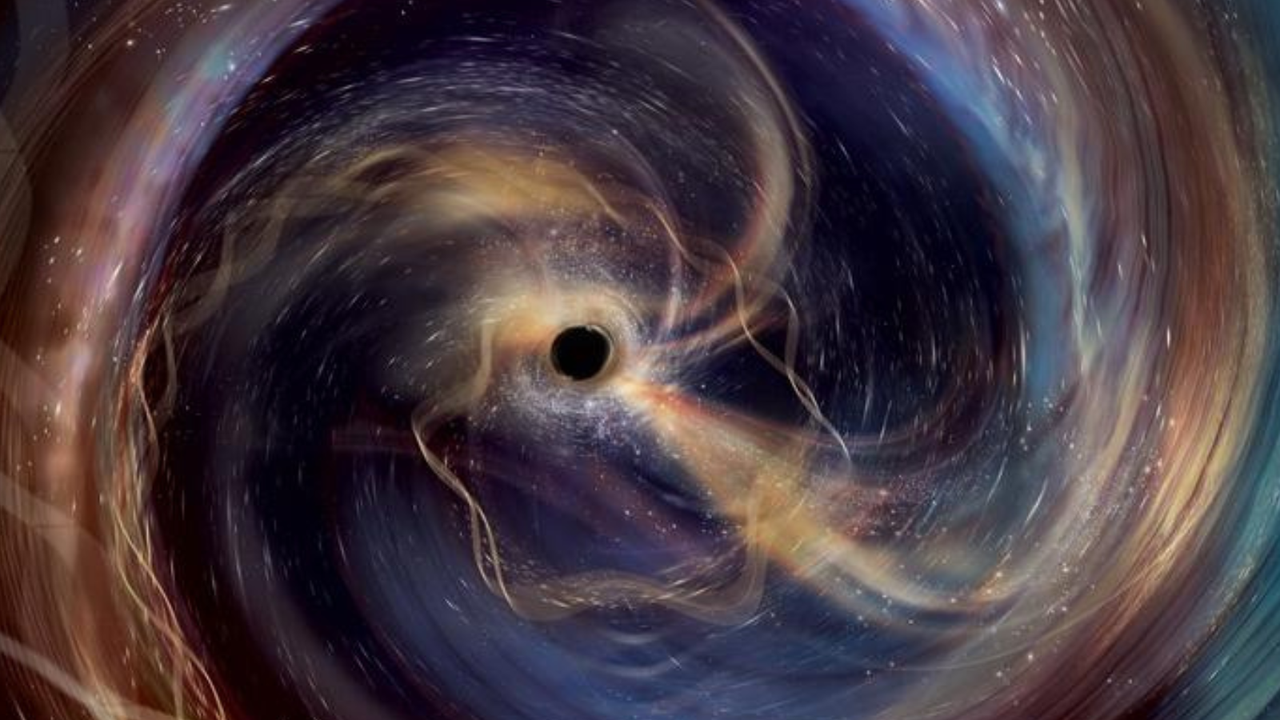

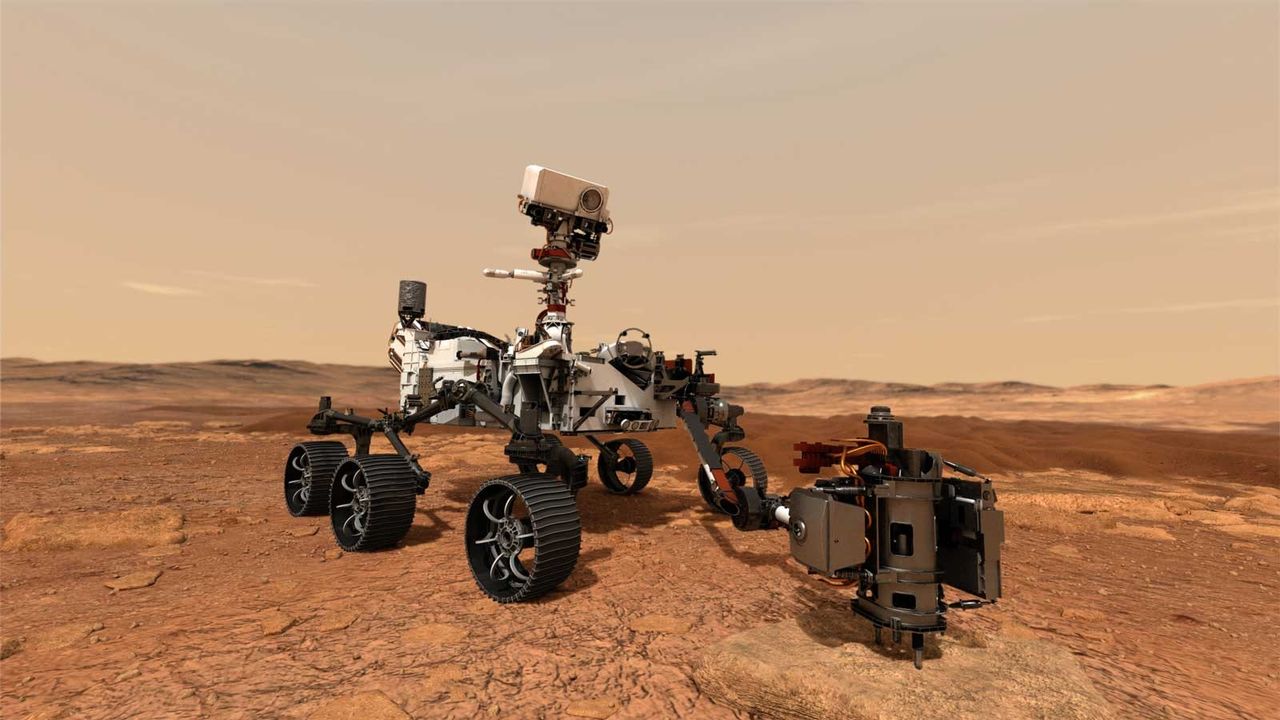

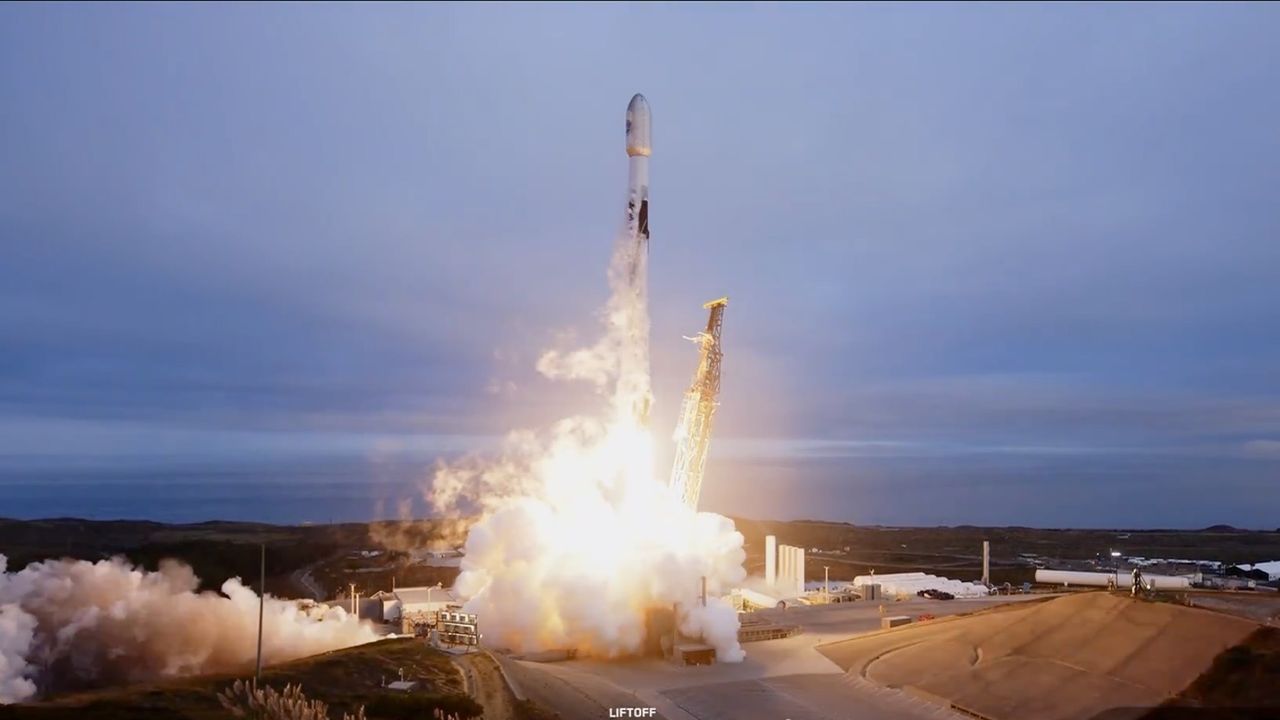

Some amateur astronomers love observing awards. They pursue them with vigor and eagerly await the appearance of the next list of objects. Other amateurs couldn’t care less about them. They would rather not be bothered filling out forms or submitting log entries, however much they may like the objects on the list itself. Personally, IContinue reading "Michael’s Miscellany: Observing Awards"
The post Michael’s Miscellany: Observing Awards appeared first on Astronomy Magazine.


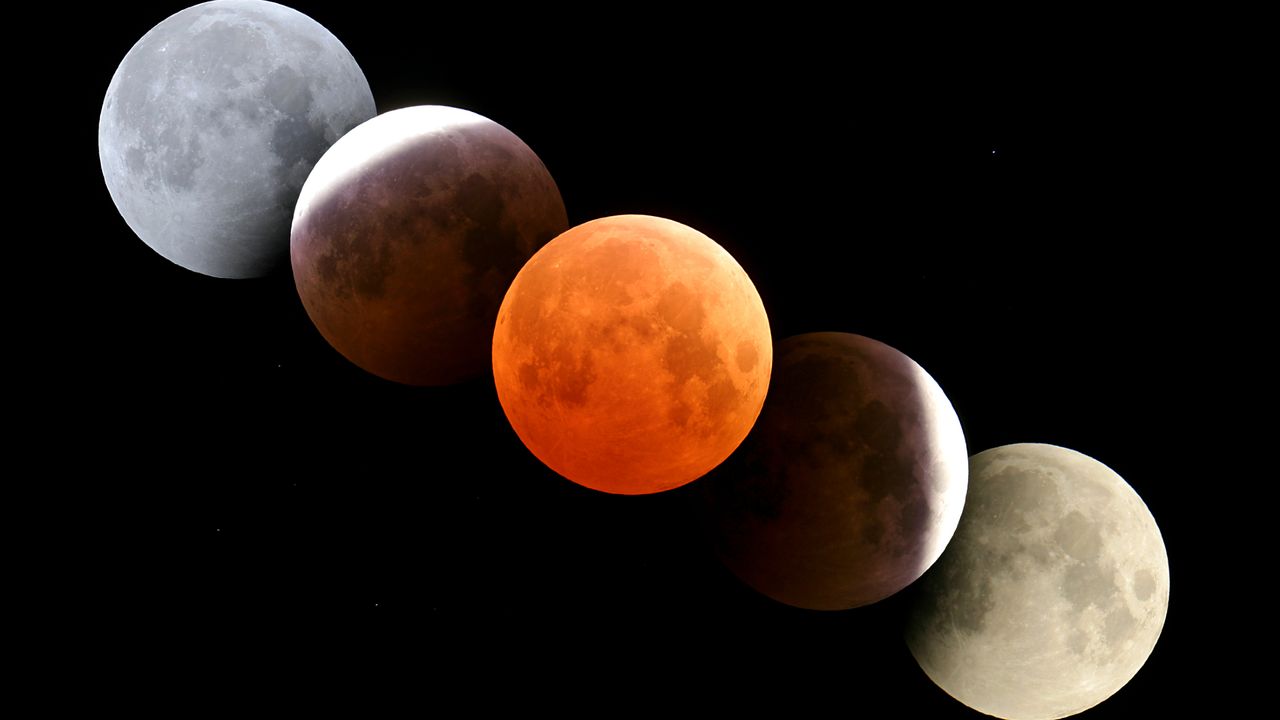

Yevgeny Khrunov was born Sept. 10, 1933, in Prudy, Russia. A Soviet Air Force pilot, he was selected as one of the first cosmonauts on Feb. 25, 1960, along with 19 others including Yuri Gagarin, Aleksei Leonov, and Andriyan Nikolayev. Though not part of the Vanguard Six, Khrunov would make history on the Soyuz 4/SoyuzContinue reading "Sept. 10, 1933: The birth of Yevgeny Khrunov"
The post Sept. 10, 1933: The birth of Yevgeny Khrunov appeared first on Astronomy Magazine.
Author(s): Ryan Wilkinson
A minuscule diamond containing billions of impurities can be induced to produce enough force to bend a cantilever.
[Physics 18, s109] Published Tue Sep 09, 2025
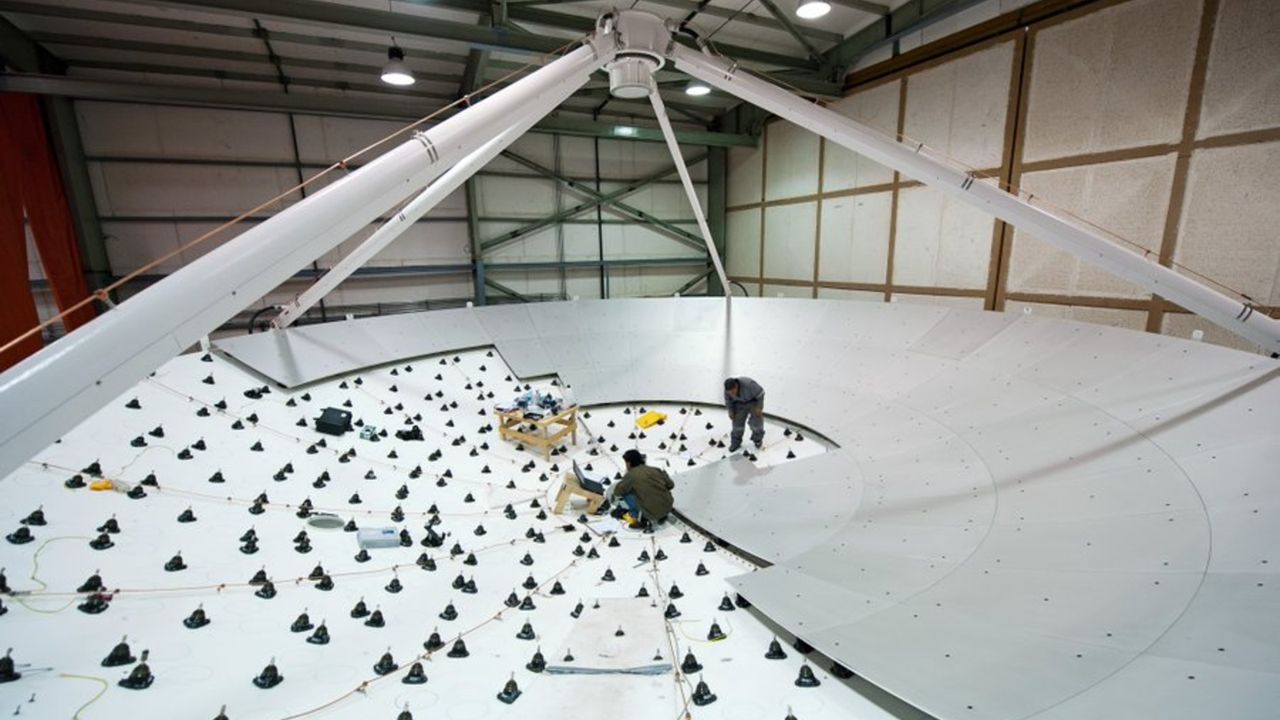

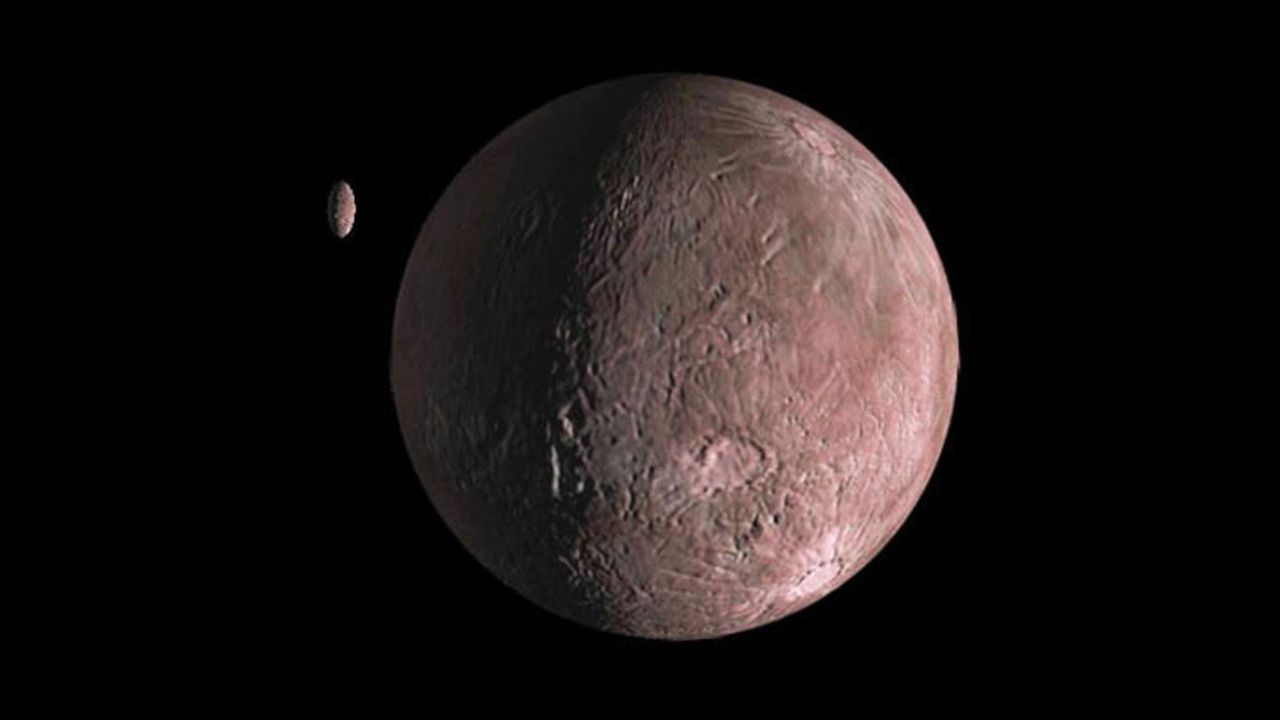

Anushtup Roy Choudhury, taken from Kolkata, India The total lunar eclipse of Sept. 7 appears deep red in this high dynamic range (HDR) image. The imager used a 6-inch Dobsonian and Sony a7C II mirrorless camera to take a stack of 100 frames, plus an overexposed frame to bring out the details in Earth’s shadow.
The post Blood Moon in HDR appeared first on Astronomy Magazine.
Venus, currently moving east through the sky, has now passed from Cancer into Leo and rises within the domain of the Lion around 4 A.M. local daylight time, more than two hours before the Sun. Around 5:30 A.M. local daylight time, Venus has reached 15° high in the east and has been followed into theContinue reading "The Sky Today on Wednesday, September 10: Venus moves into Leo"
The post The Sky Today on Wednesday, September 10: Venus moves into Leo appeared first on Astronomy Magazine.
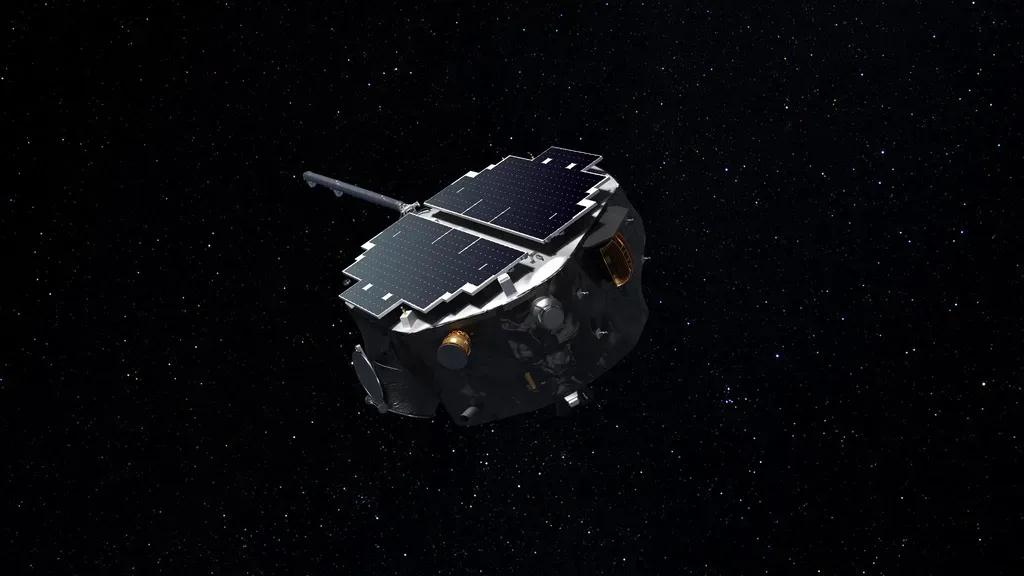

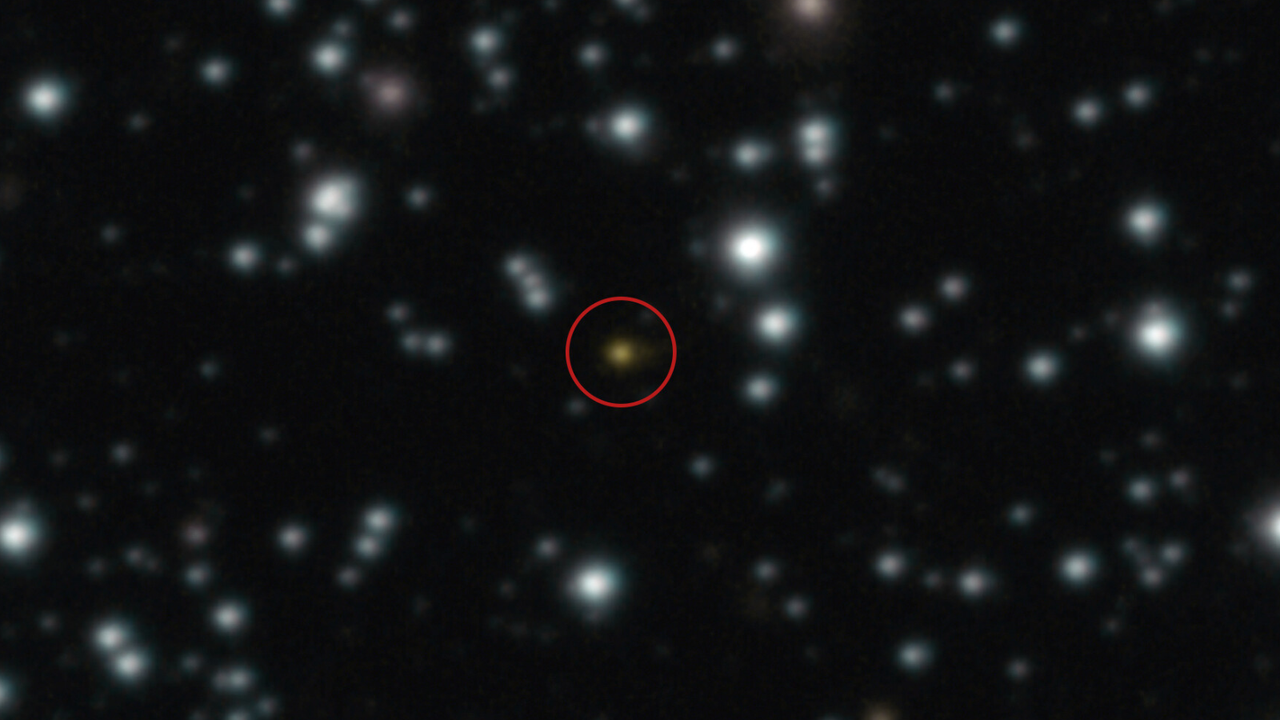







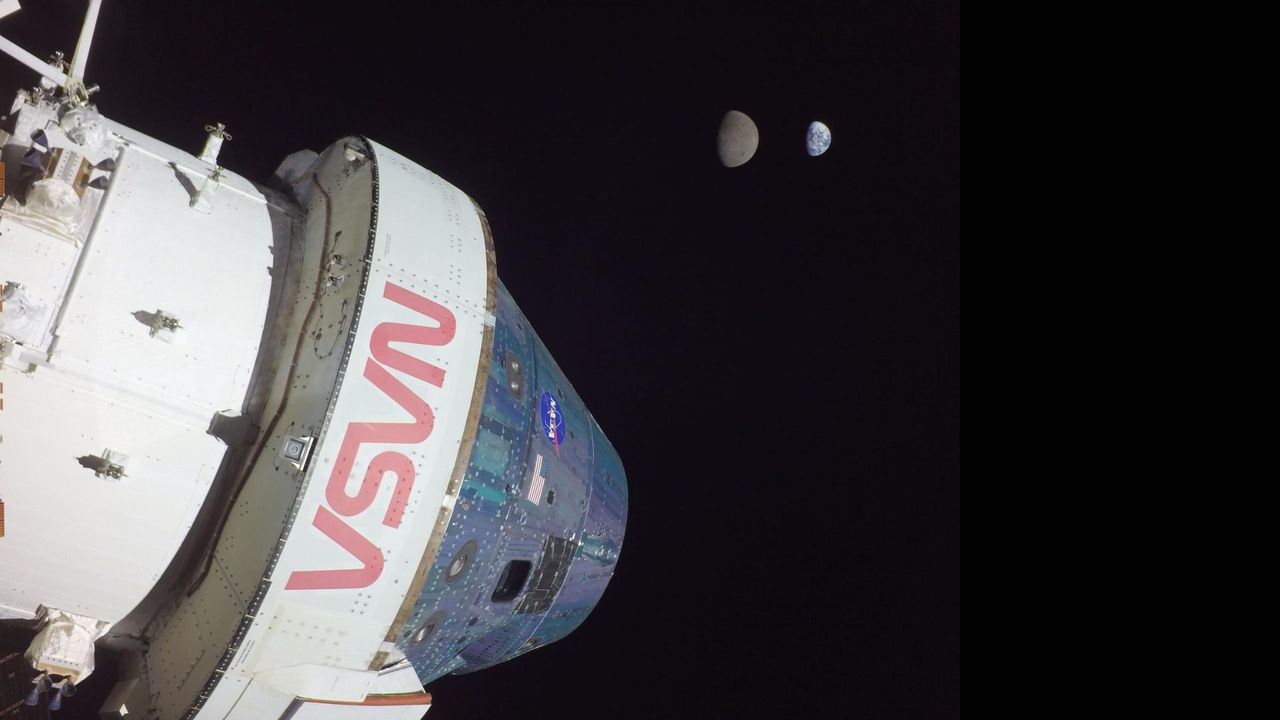

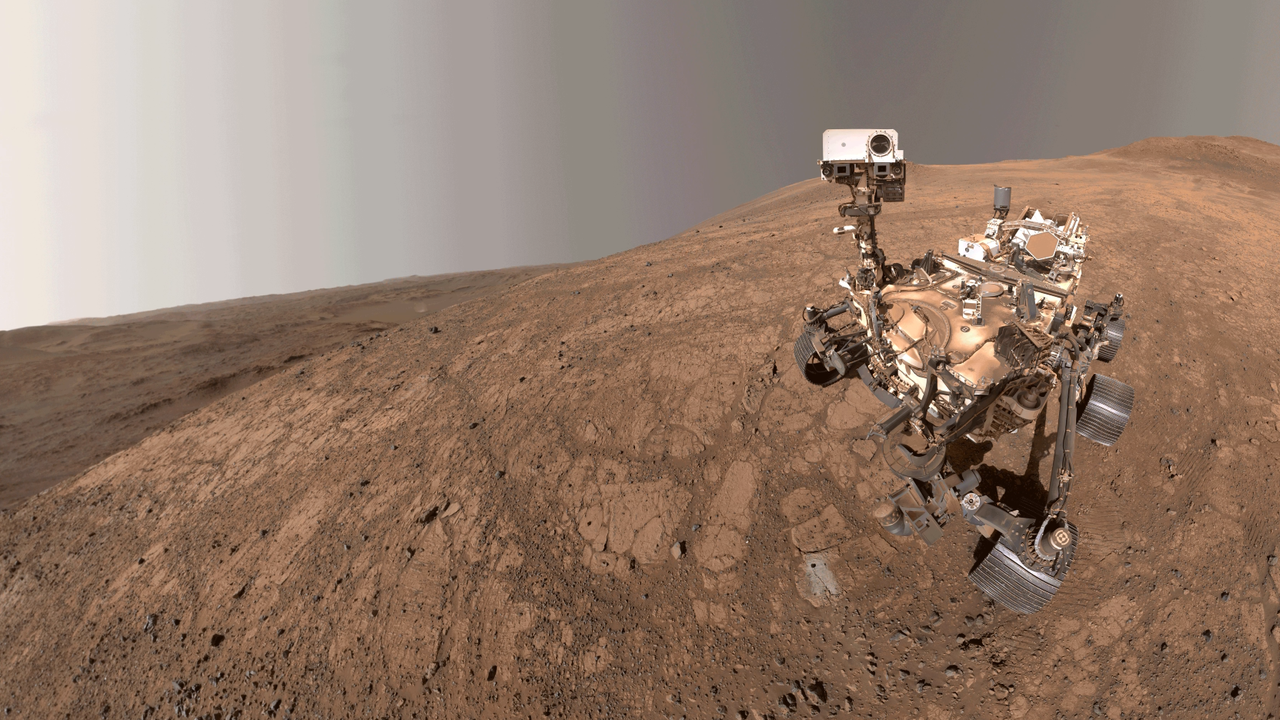

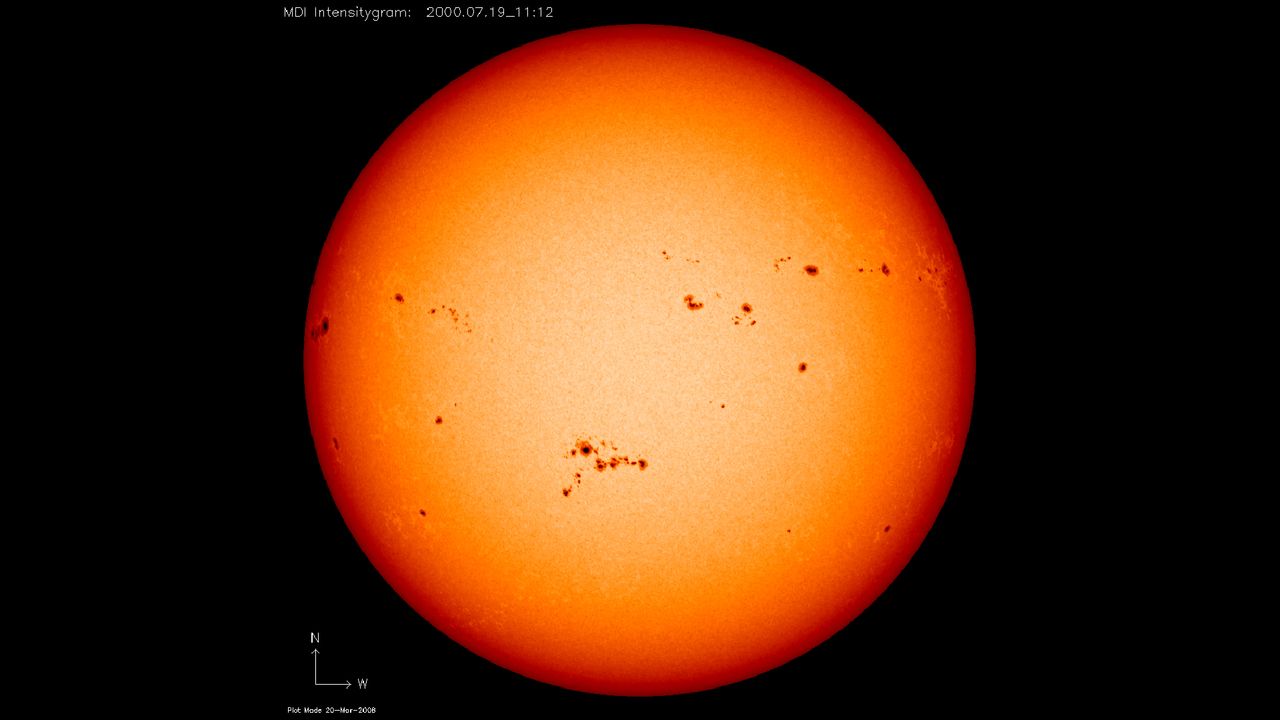

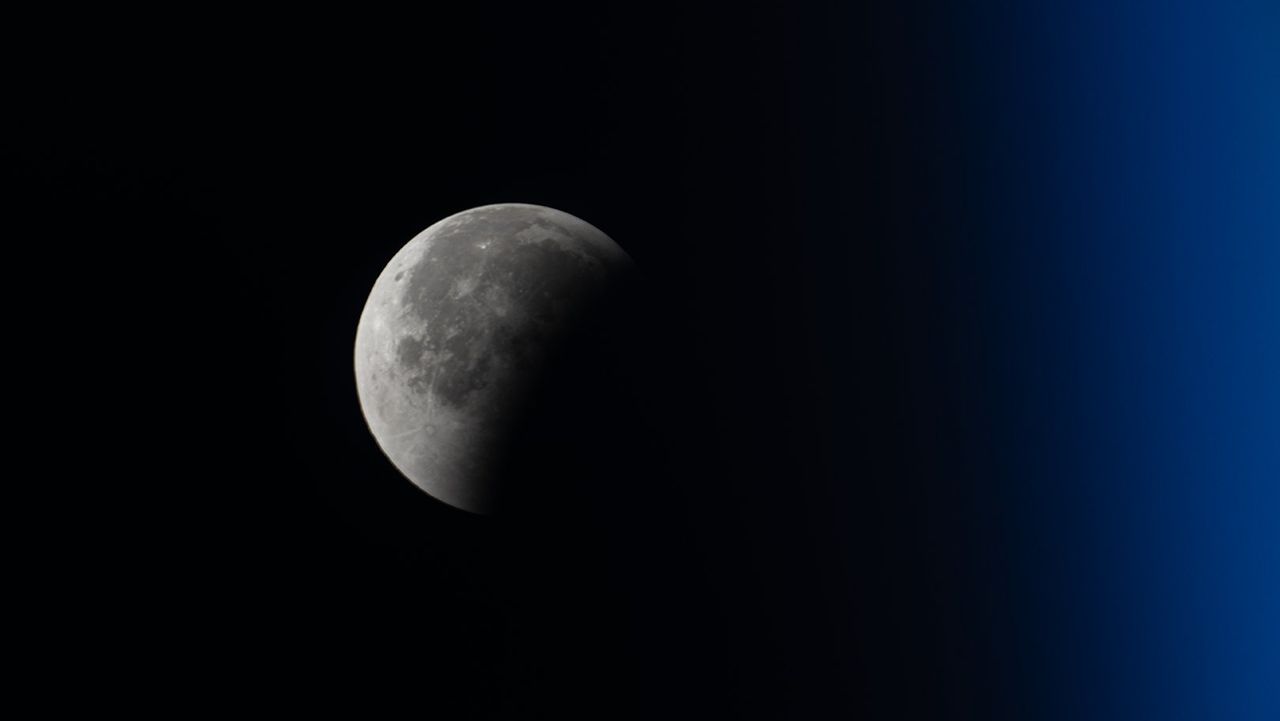

Recently, the results of a 250-day experiment to refine a particular motion of our planet were published in the journal Science Advances. Lead author K. Ulrich Schreiber from the TUM Institute of Engineering for Astronomical and Physical Geodesy in Ottobrunn, Germany, said, “We have made great progress in measuring the Earth. What our ring laser canContinue reading "A more precise measure of Earth’s wobble"
The post A more precise measure of Earth’s wobble appeared first on Astronomy Magazine.
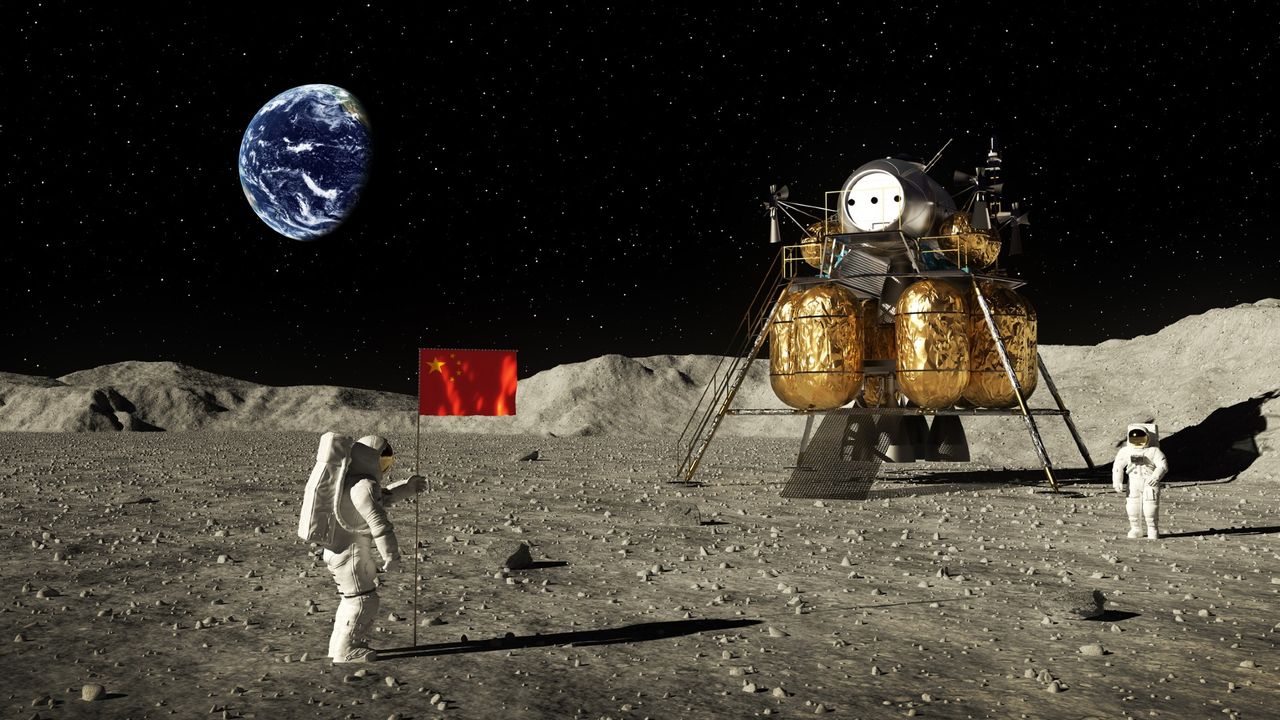



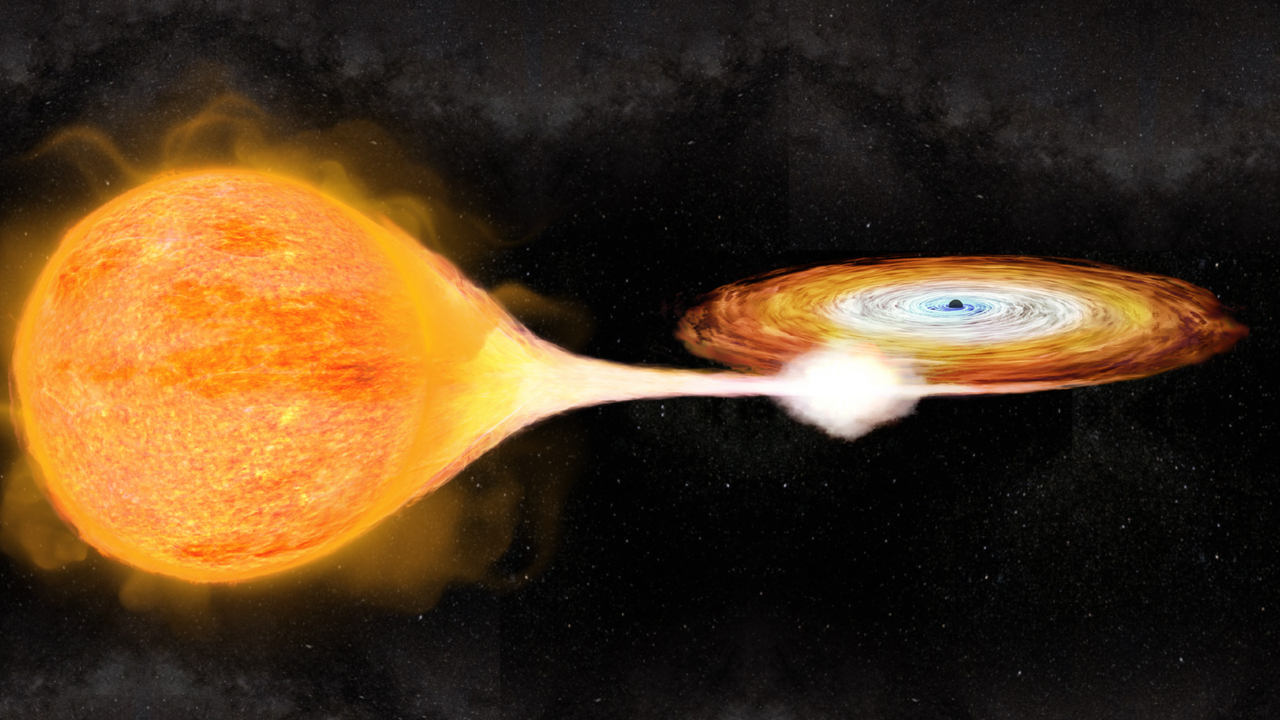

When Edward Emerson Barnard peered through the 36-inch refractor at Lick Observatory on Sept. 9, 1892, and spotted Amalthea, it marked the first discovery of a moon of Jupiter in 280 years. Galileo had discovered the four largest jovian moons – Io, Europa, Ganymede, and Callisto – in 1610. Though this fifth moon was closerContinue reading "Sept. 9, 1892: Edward Emerson Barnard sees Amalthea"
The post Sept. 9, 1892: Edward Emerson Barnard sees Amalthea appeared first on Astronomy Magazine.
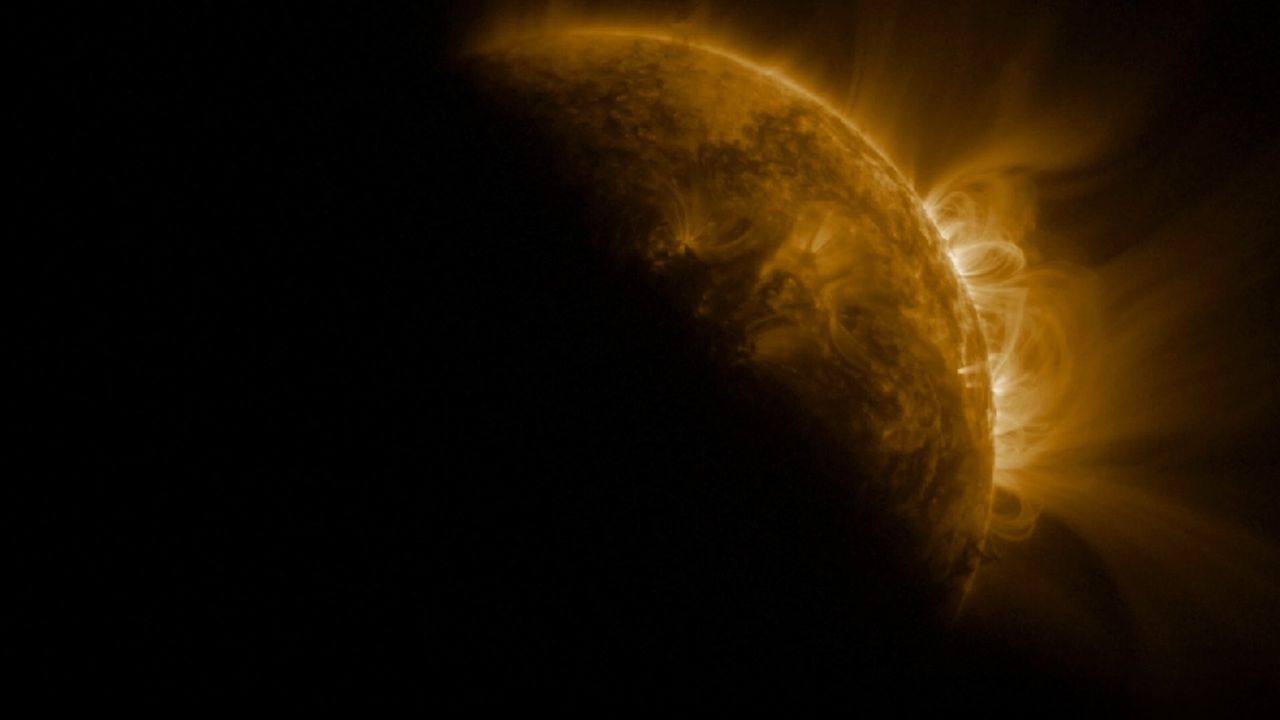

Josh Jones/Kaptas Attila, taken from Río Hurtado, Chile Cold, dense swirls of dust blot out the colorful emission and reflected light from the Rho Ophiuchi cloud complex in this image comprising 70.4 hours of RGB exposure taken with a 6-inch scope. A higher-resolution, scrollable version is available on AstroBin.
The post Dust-covered colors appeared first on Astronomy Magazine.
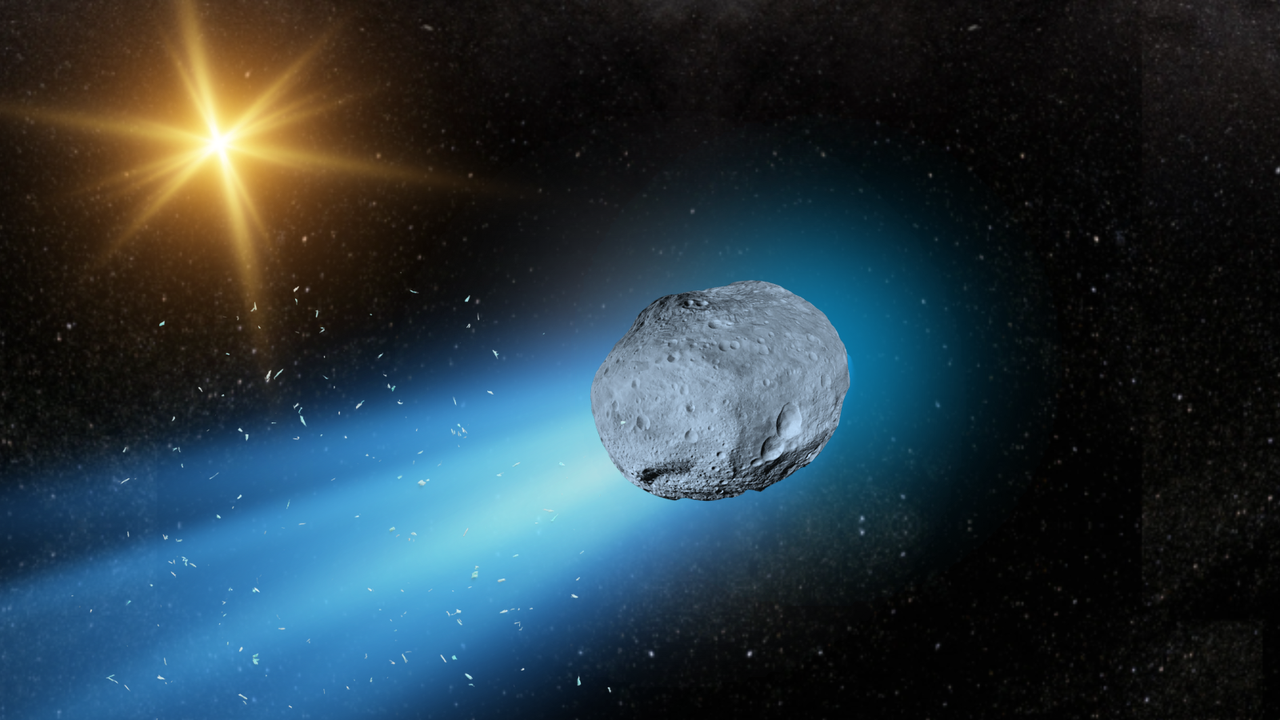

Author(s): Kyle G. Leach
A Bose-Einstein condensate of radioactive atoms could turn into a source of intense, coherent, and directional neutrino beams, according to a theoretical proposal.
[Physics 18, 157] Published Mon Sep 08, 2025
The bright star Fomalhaut stands prominently in the south late tonight, rising around 8:30 P.M. local daylight time. At magnitude 1.2, it outshines all other stars in this region. Fomalhaut is also cataloged as Alpha Piscis Austrini, the luminary of Piscis Austrinus the Southern Fish. It lies at the eastern end of this constellation, beneathContinue reading "The Sky Today on Tuesday, September 9: Meet Fomalhaut of the Southern Fish"
The post The Sky Today on Tuesday, September 9: Meet Fomalhaut of the Southern Fish appeared first on Astronomy Magazine.
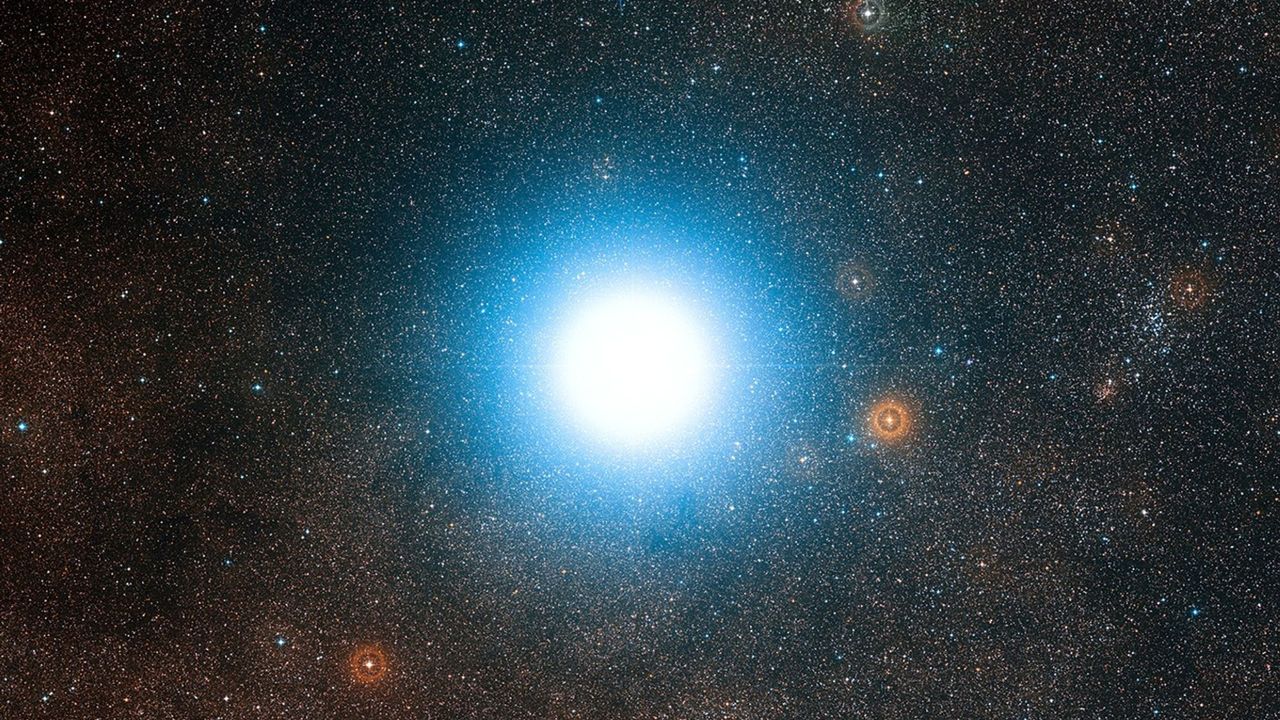

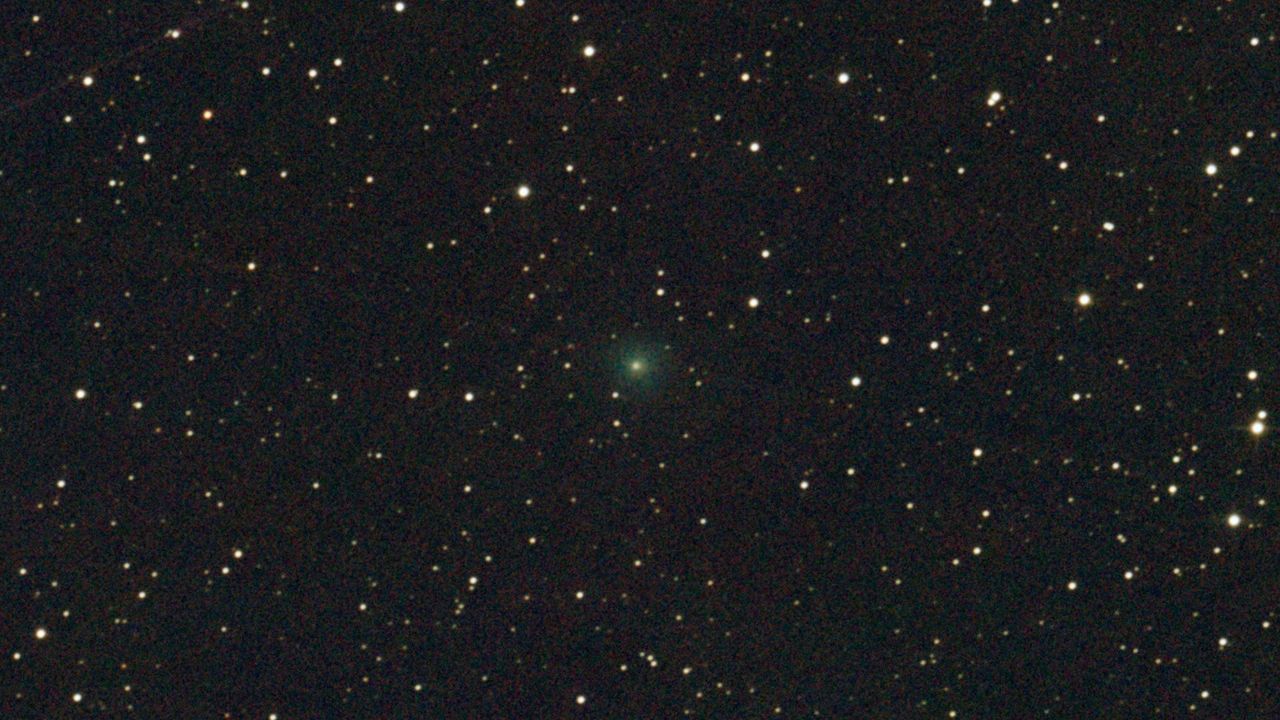

An interest in astronomy may strike early in life or later. Regardless of what lit the fire of that interest, you need knowledge to help you understand the universe. Some of the most important sources of information are the many beginner’s guides on astronomy. No matter what form these guides may take, they provide theContinue reading "Top 15 guide books for astronomy beginners"
The post Top 15 guide books for astronomy beginners appeared first on Astronomy Magazine.


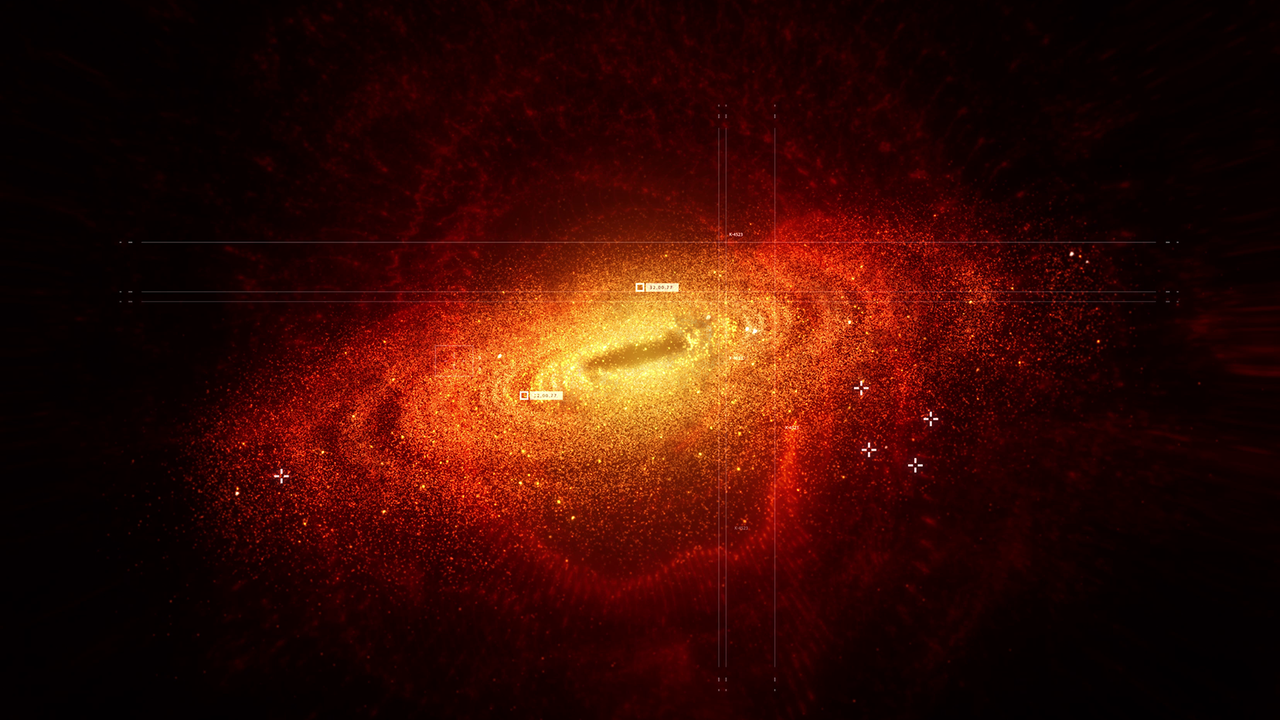

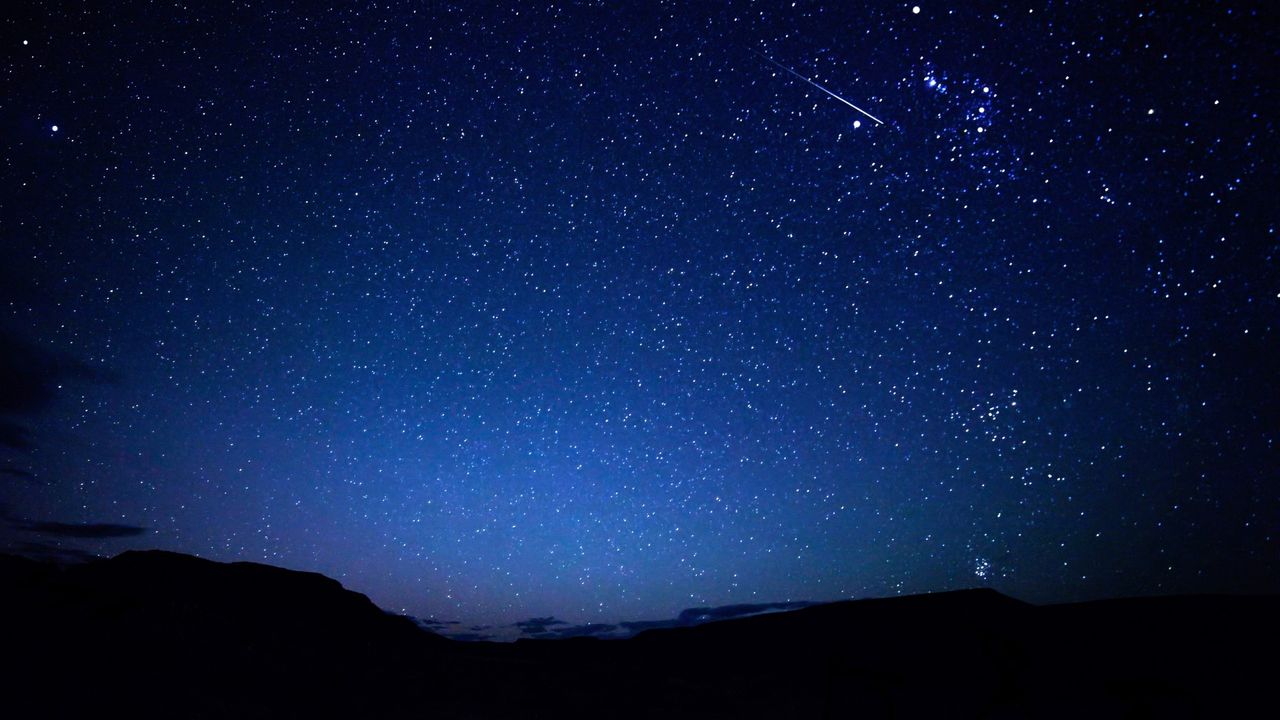

Marco Meniero from Civitavecchia, Italy The total lunar eclipse (or “Blood Moon”) of Sept. 7 was visible to most of the world outside of the Americas. Here, it hangs over the Colosseum in Rome in a two-exposure composite taken with a Nikon Z9 mirrorless camera and 70–200mm lens.
The post Blood at the Colosseum appeared first on Astronomy Magazine.




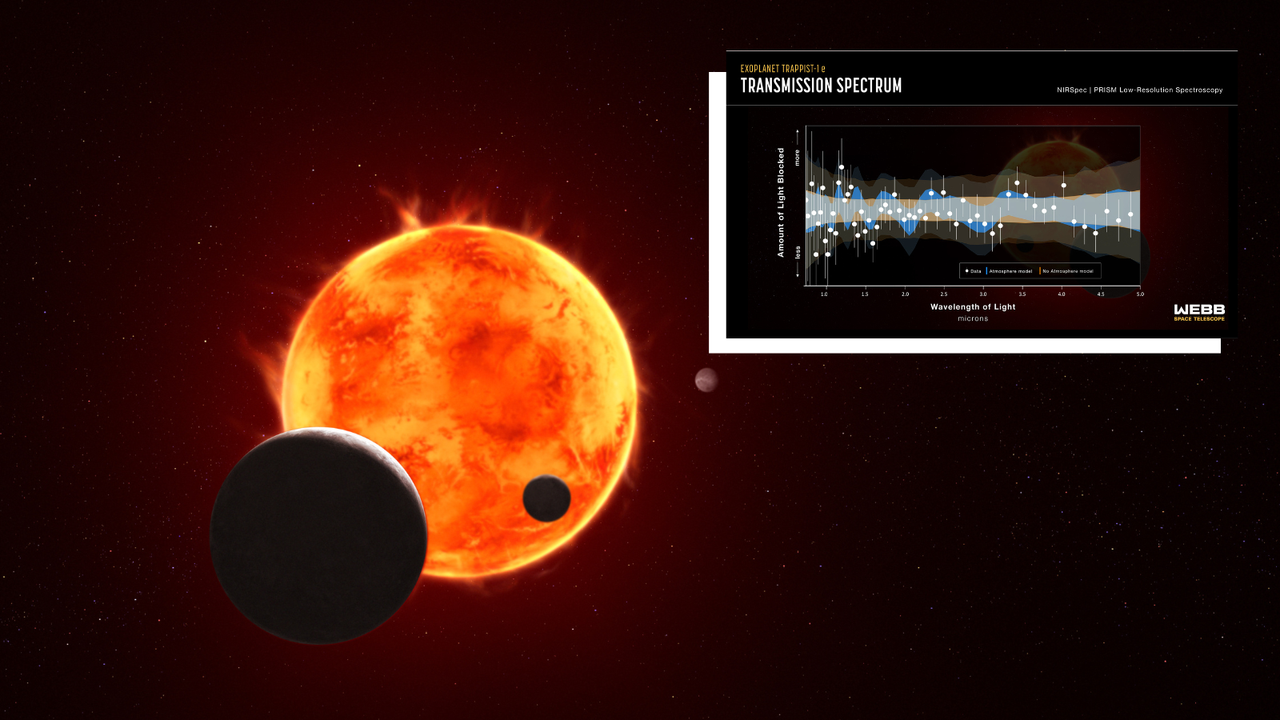

In this episode, Astronomy magazine Editor Emeritus Dave Eicher invites you to head out during the early morning hours the second week of September. It’s then when you’ll see the Moon pass by the Pleiades star cluster. Also known as M45, this group of stars resembles a tiny dipper. The Pleiades is bright, so you’ll see itContinue reading "This Week in Astronomy with Dave Eicher: The Moon and the Pleiades"
The post This Week in Astronomy with Dave Eicher: The Moon and the Pleiades appeared first on Astronomy Magazine.
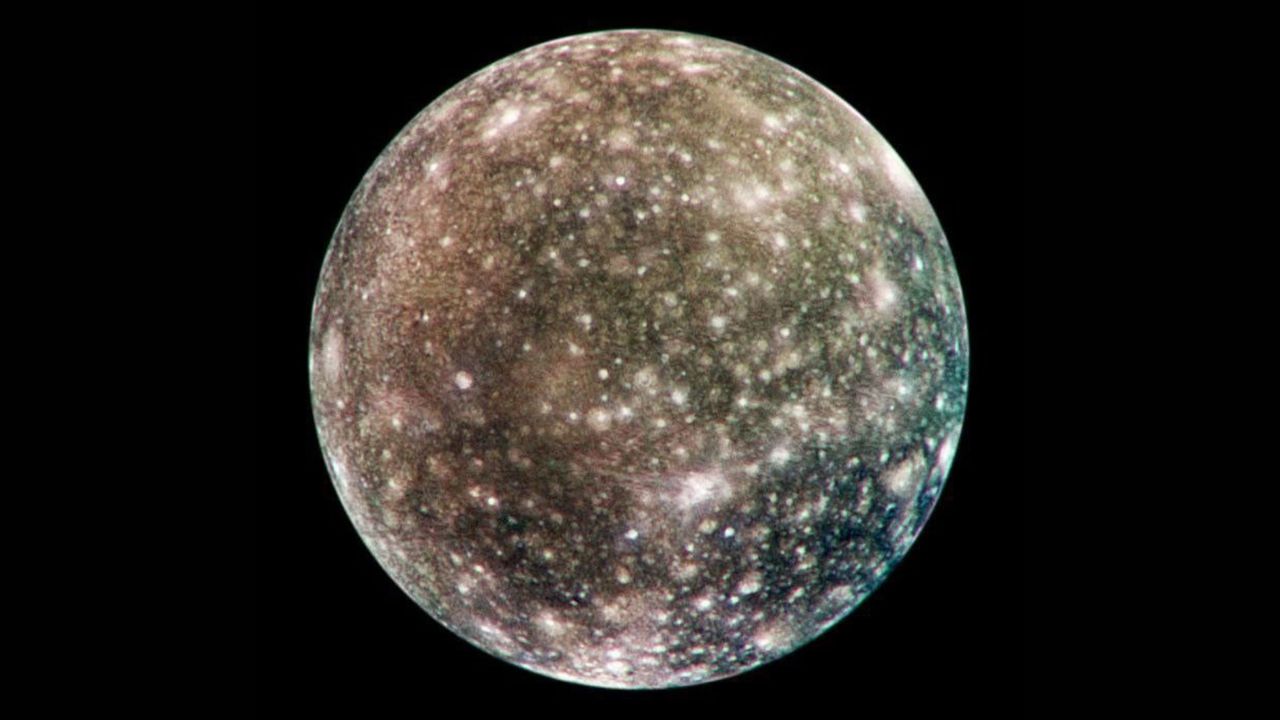

Do dwarf galaxies have a large black hole in the center? Duane MorsePhoenix, Arizona Nearly all massive galaxies are known to host central black holes. And dwarf galaxies can indeed also host central black holes, but whether all or only a fraction of them do remains an open question in astronomy. Until recently, astronomers hadContinue reading "Do dwarf galaxies have a large black hole in the center?"
The post Do dwarf galaxies have a large black hole in the center? appeared first on Astronomy Magazine.
On Sept. 8, 2016, the Origins, Spectral Interpretation, Resource Identification, and Security – Regolith Explorer (OSIRIS-REx) mission launched from Cape Canaveral, setting off on its 4.4-billion-mile (2 billion kilometers) journey to asteroid Bennu. About the size of an SUV, the OSIRIS-REx spacecraft carries several cameras, an altimeter used to create maps of Bennu, and anContinue reading "Sept. 8, 2016: OSIRIS-REx launches"
The post Sept. 8, 2016: OSIRIS-REx launches appeared first on Astronomy Magazine.
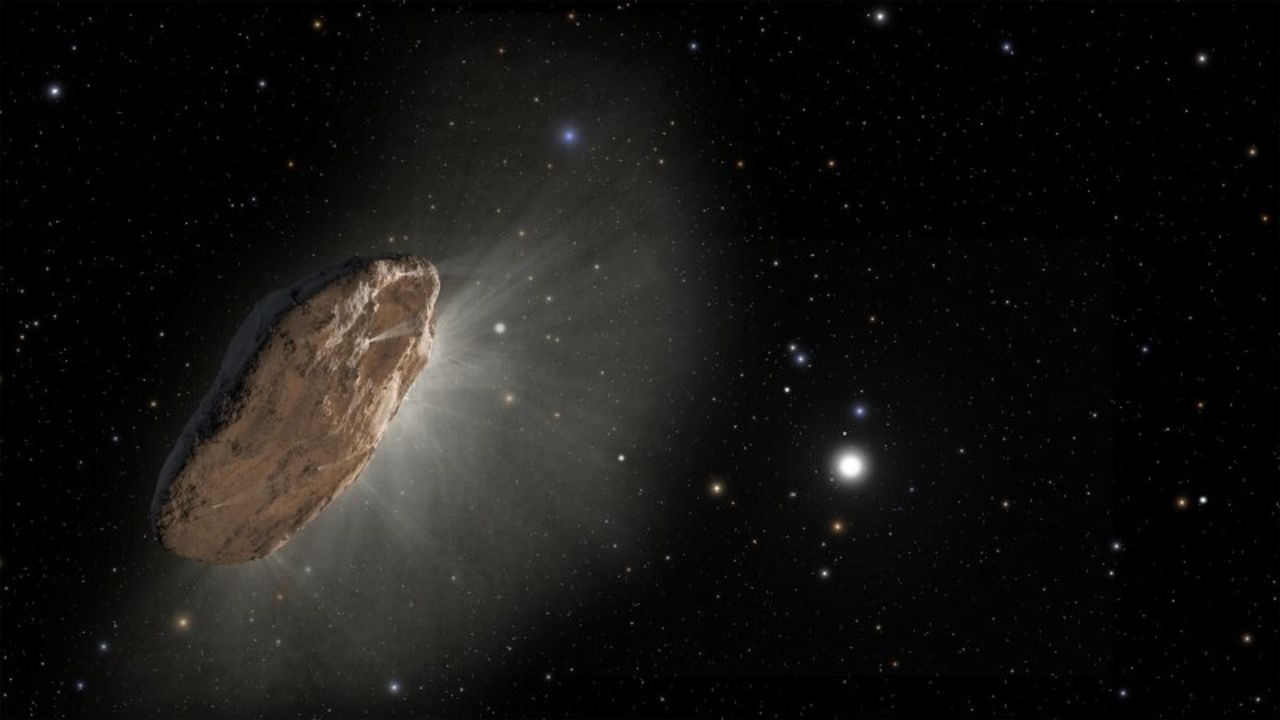

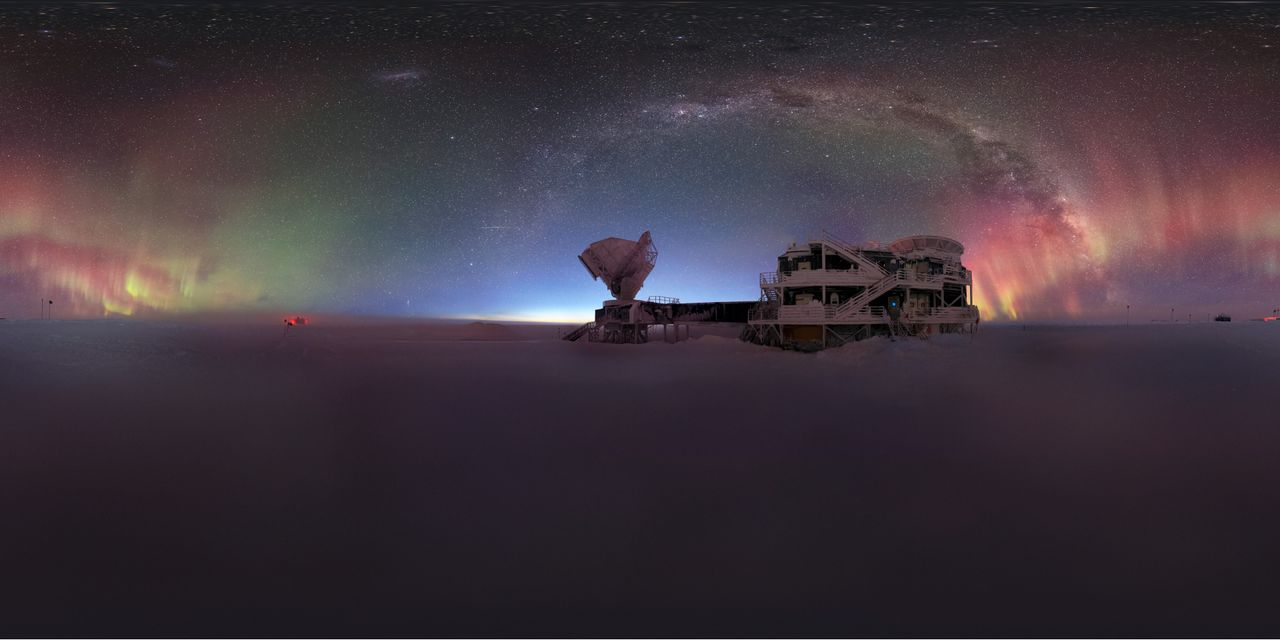

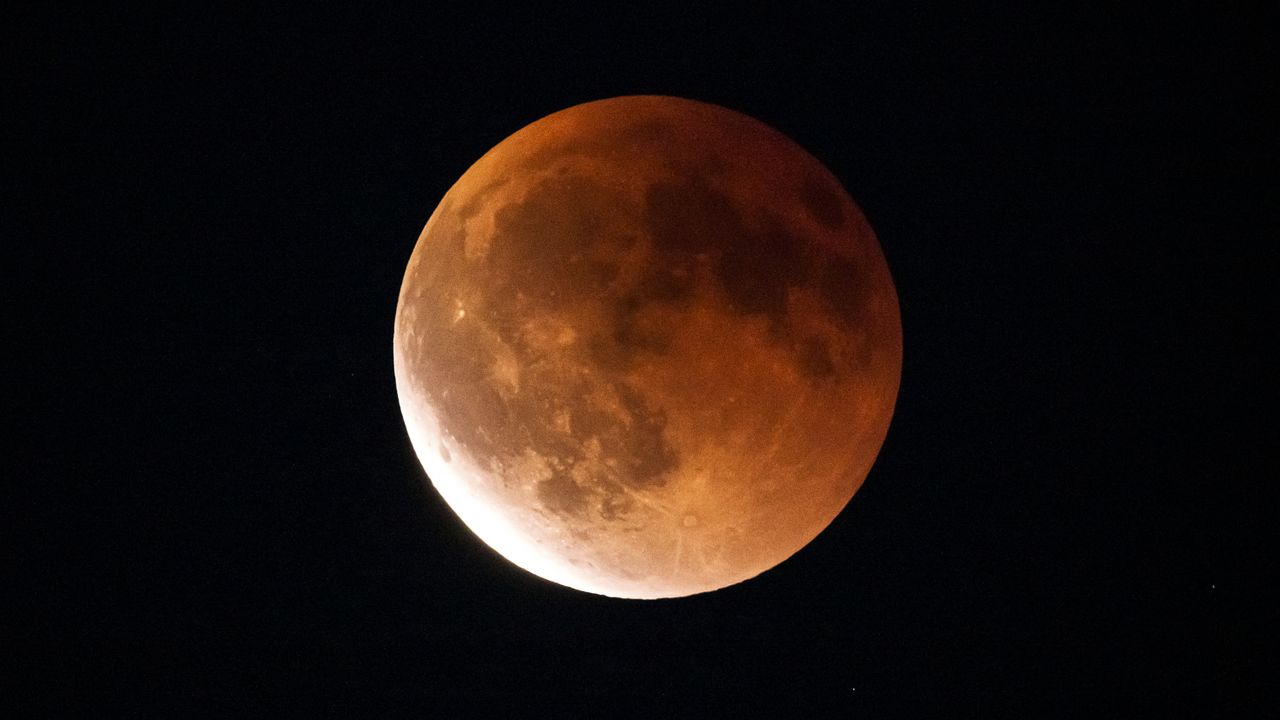

The Moon passes 4° north of Saturn at 4 P.M. EDT. Two hours later, the Moon passes 3° north of Neptune at 6 P.M. EDT. Both planets rise around 8 P.M. local daylight time in southwestern Pisces. They hang below the Circlet asterism and stand some 30° high in the southeast by 11 P.M. localContinue reading "The Sky Today on Monday, September 8: The Moon passes Saturn and Neptune"
The post The Sky Today on Monday, September 8: The Moon passes Saturn and Neptune appeared first on Astronomy Magazine.
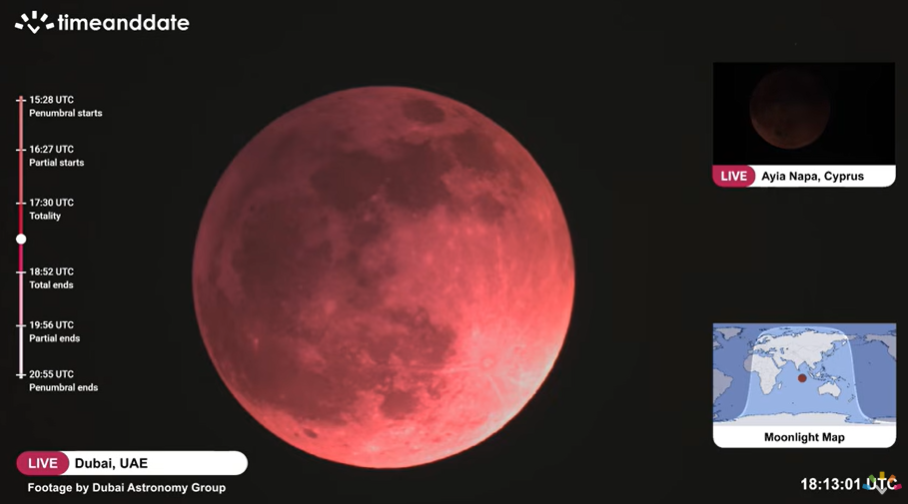

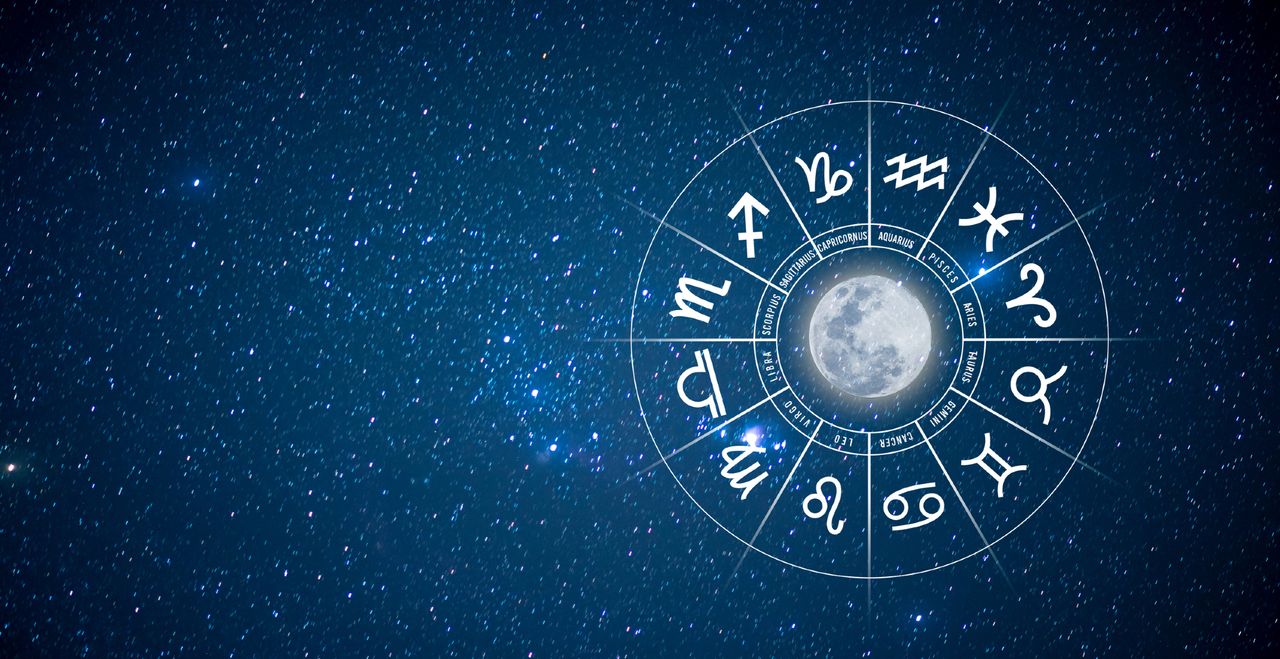

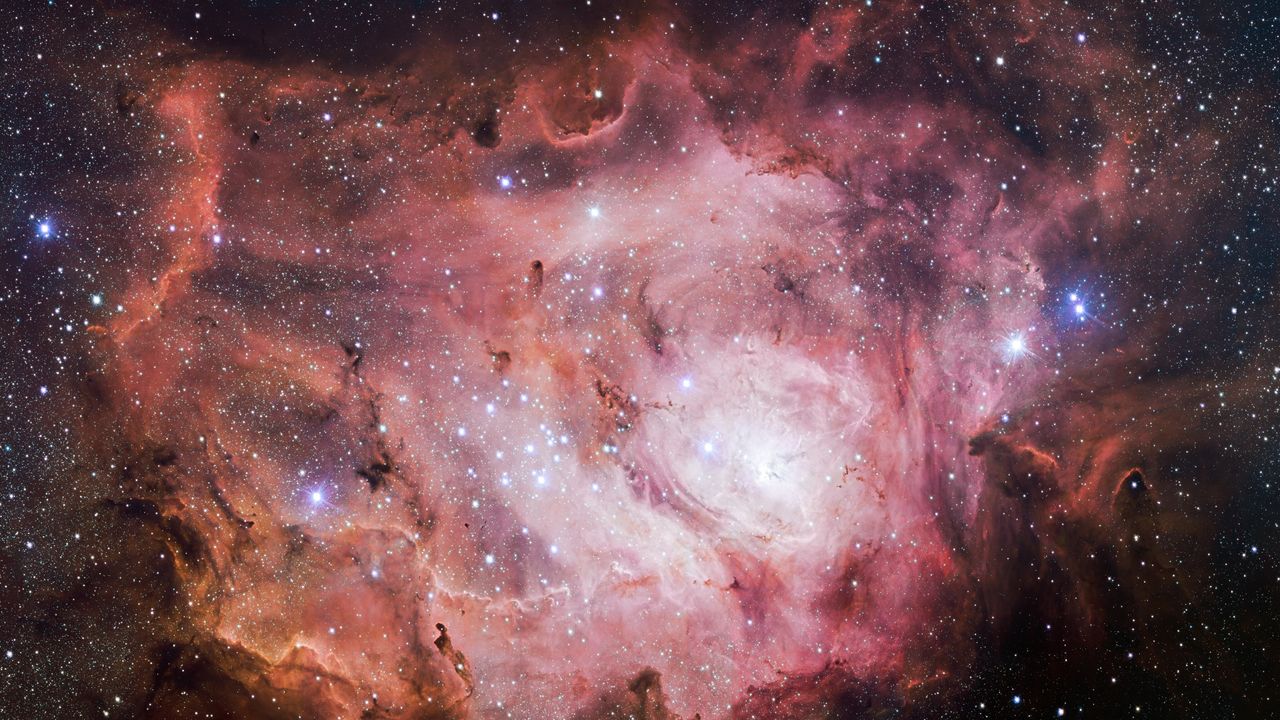

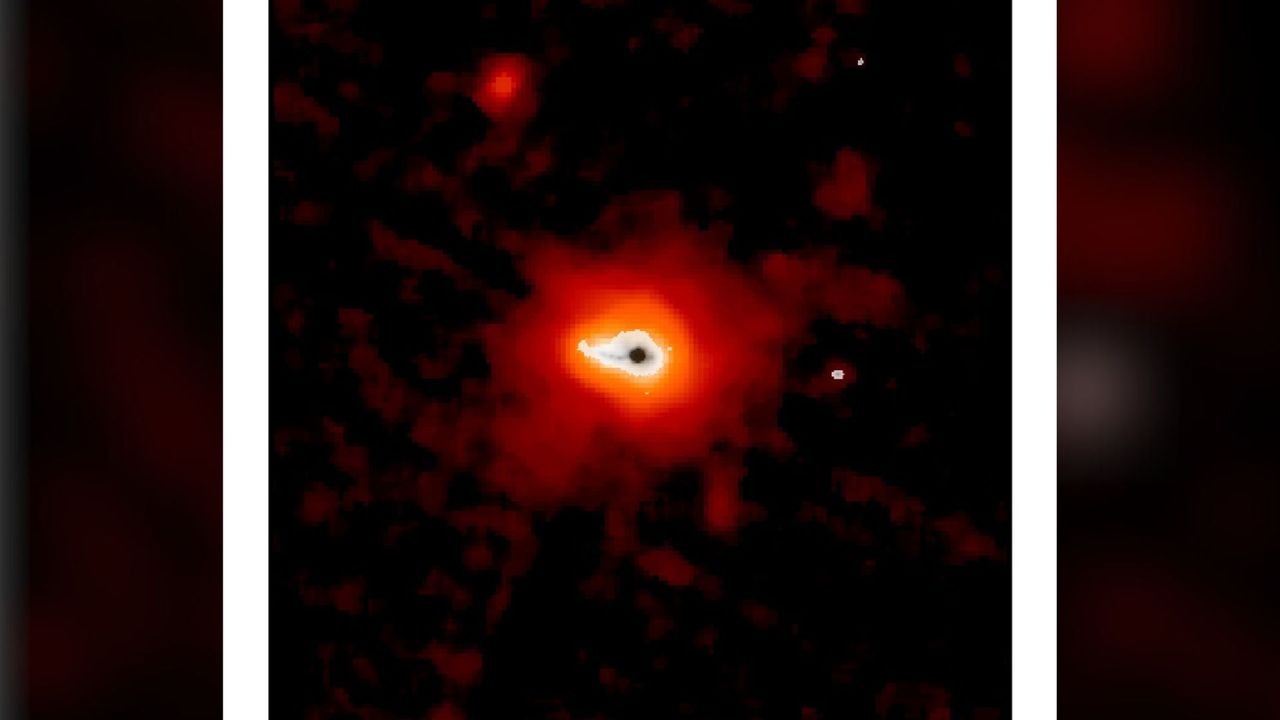

James Van Allen, who was born in Iowa on Sept. 7, 1914, showed talent and interest in science and math from an early age. A major in physics from Wesleyan College in 1935 was followed by a Ph.D. in nuclear physics in 1939. Before and after World War II – during which he developed antiaircraftContinue reading "Sept. 7, 1914: The birth of James Van Allen"
The post Sept. 7, 1914: The birth of James Van Allen appeared first on Astronomy Magazine.
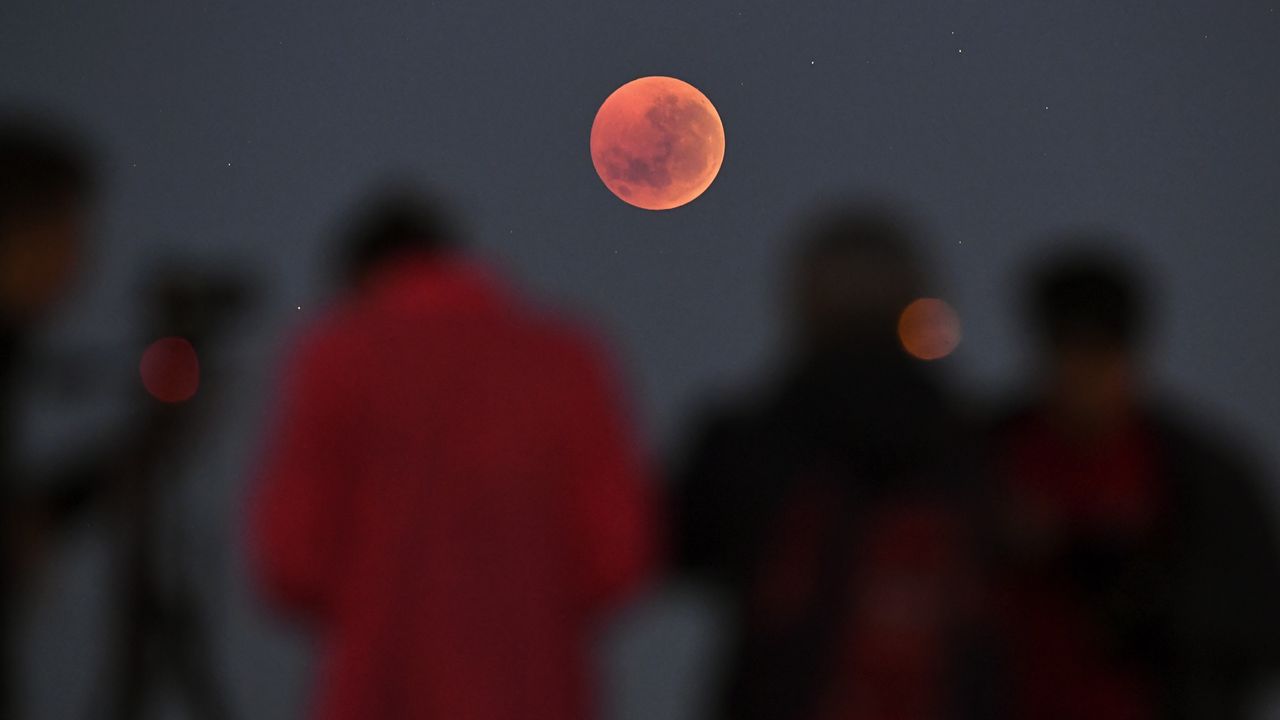

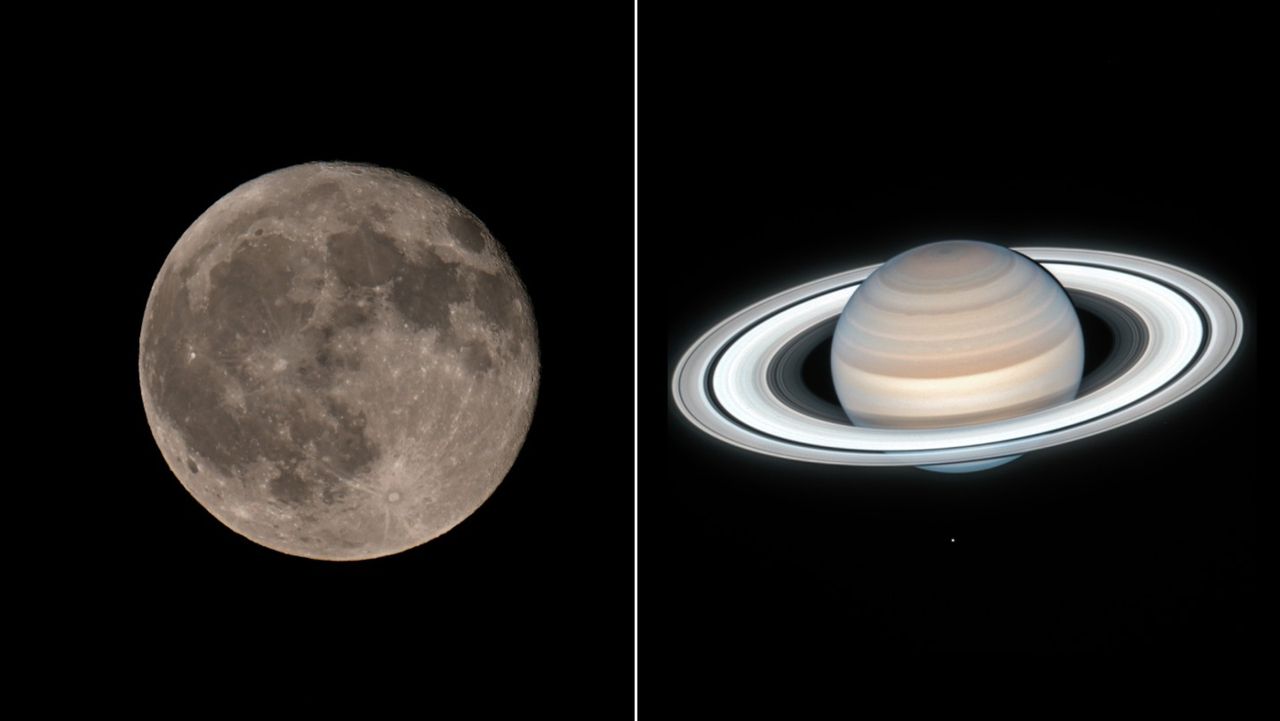

Full Moon occurs this morning 2:09 P.M. EDT. September’s Full Moon is also called the Corn Moon. Often, September’s Full Moon carries a second name: the Harvest Moon. This name is given to the Full Moon that falls closest to the autumnal equinox, which is September 22 this year. However, this year October’s Full MoonContinue reading "The Sky Today on Sunday, September 7: The Full Corn Moon"
The post The Sky Today on Sunday, September 7: The Full Corn Moon appeared first on Astronomy Magazine.


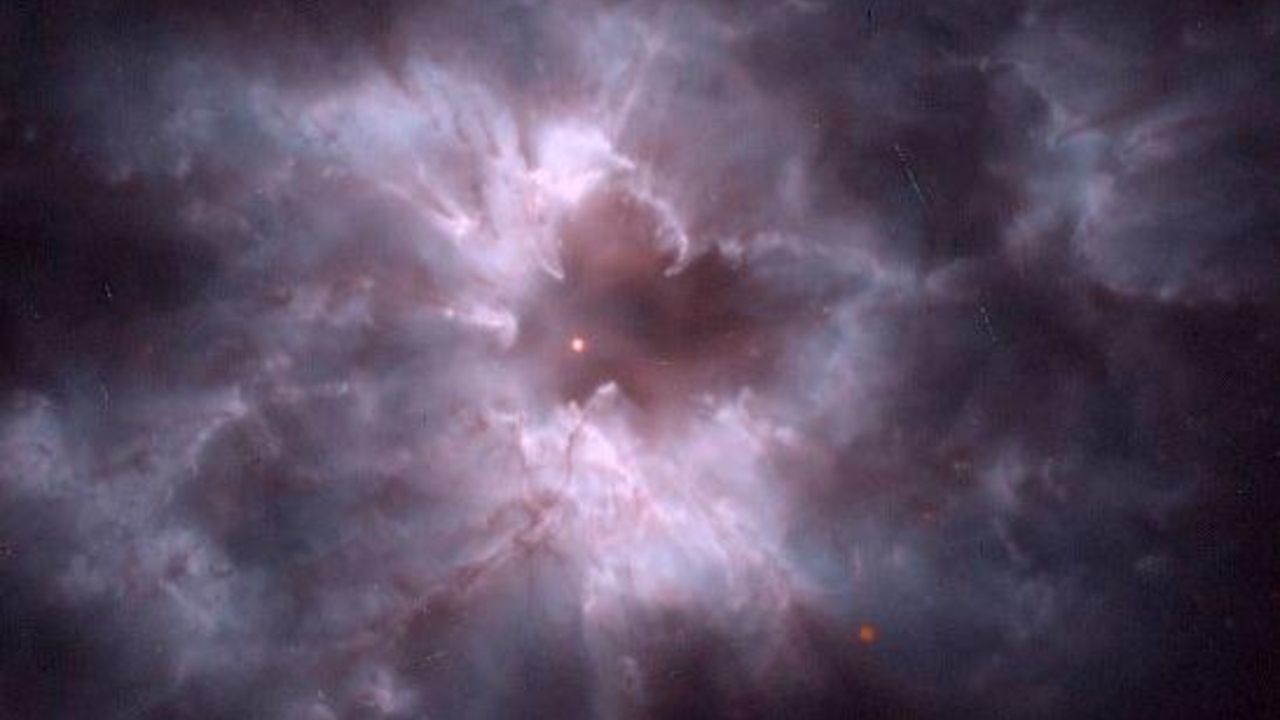

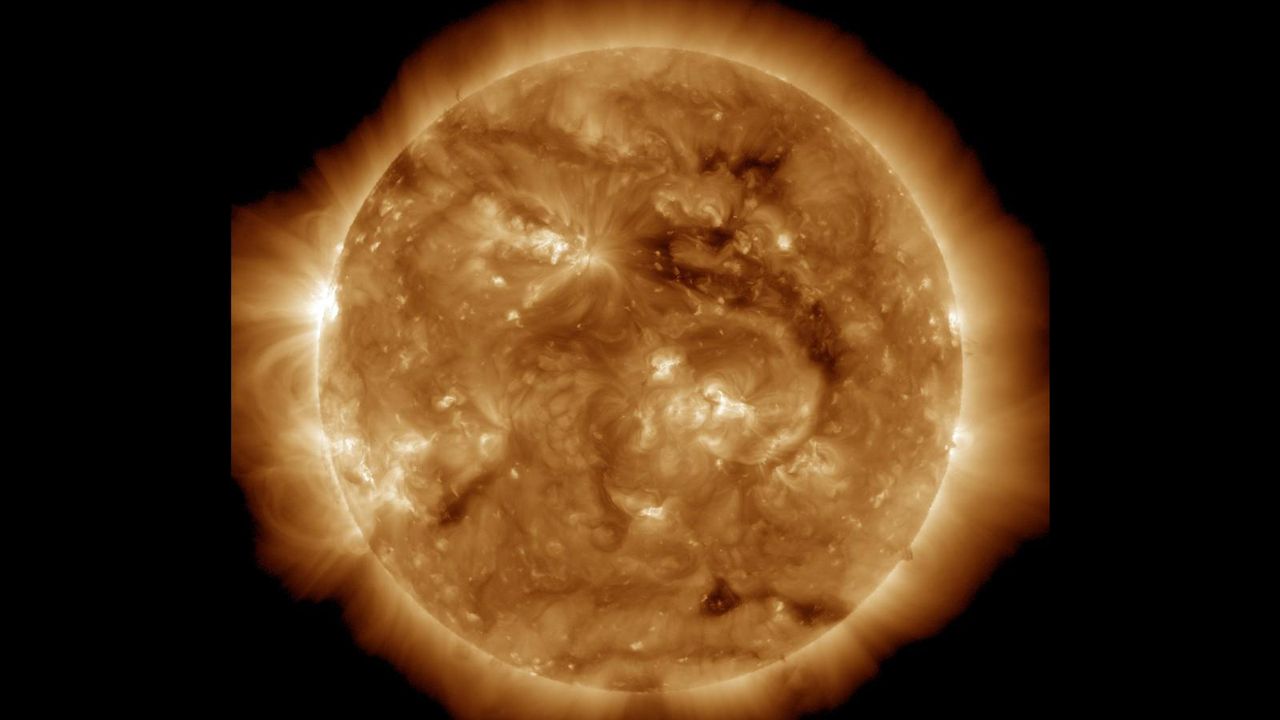





The fall of 1618 was a standout when it came to notable comets, boasting three visible to the naked eye. In late August, C/1618 Q1 appeared, first spotted in the skies over Hungary. Johannes Kepler observed the comet throughout the month of September, spotting it from Linz, Austria, through a small telescope on Sept. 6.Continue reading "Sept. 6, 1618: The first comet seen through a telescope"
The post Sept. 6, 1618: The first comet seen through a telescope appeared first on Astronomy Magazine.


Author(s): Rachel Berkowitz
Experiments on freezing saltwater have teased apart flow dynamics inside ice pores, offering a possible boost to climate models’ predictive power.
[Physics 18, 156] Published Fri Sep 05, 2025
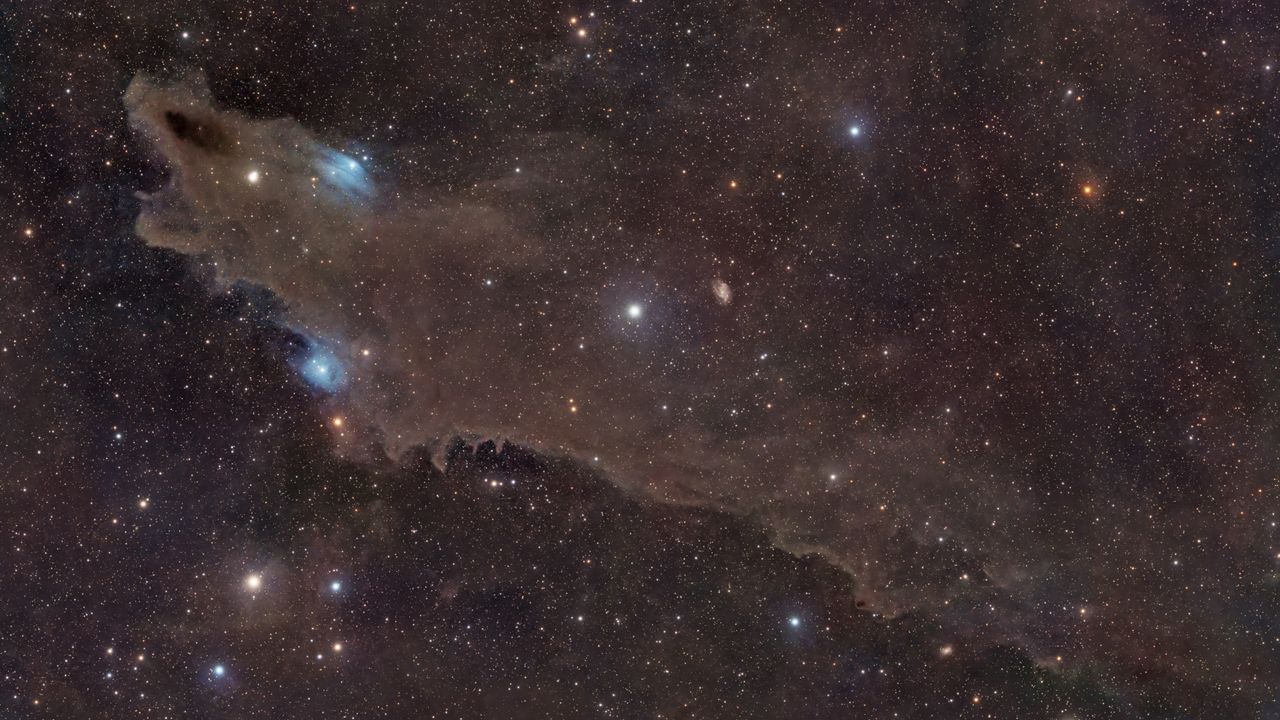

Uranus stands stationary at 1 A.M. EDT, bringing its prograde (easterly) motion through Taurus the Bull to an end. Now it will begin moving westward, or retrograde, relative to the background stars, although its motion appears quite minuscule from day to day, thanks to its vast distance of some 1.8 billion miles (2.9 billion kilometers)Continue reading "The Sky Today on Saturday, September 6: Uranus stands still"
The post The Sky Today on Saturday, September 6: Uranus stands still appeared first on Astronomy Magazine.


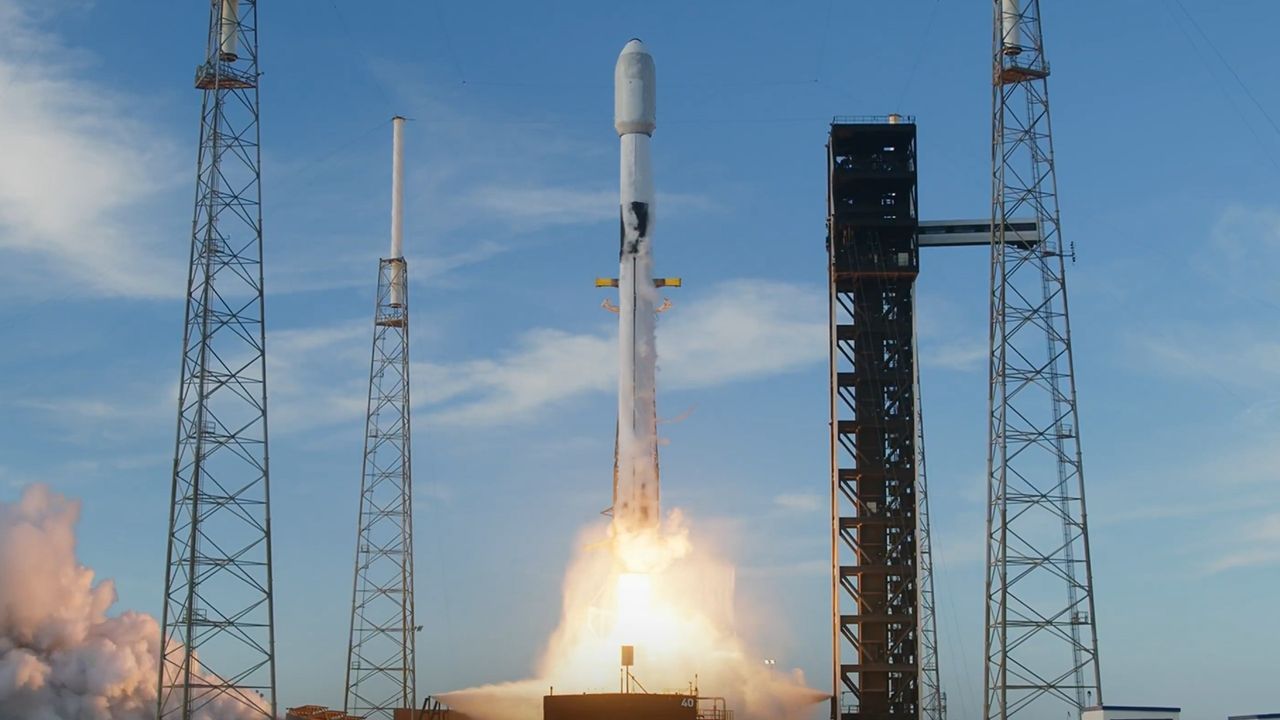

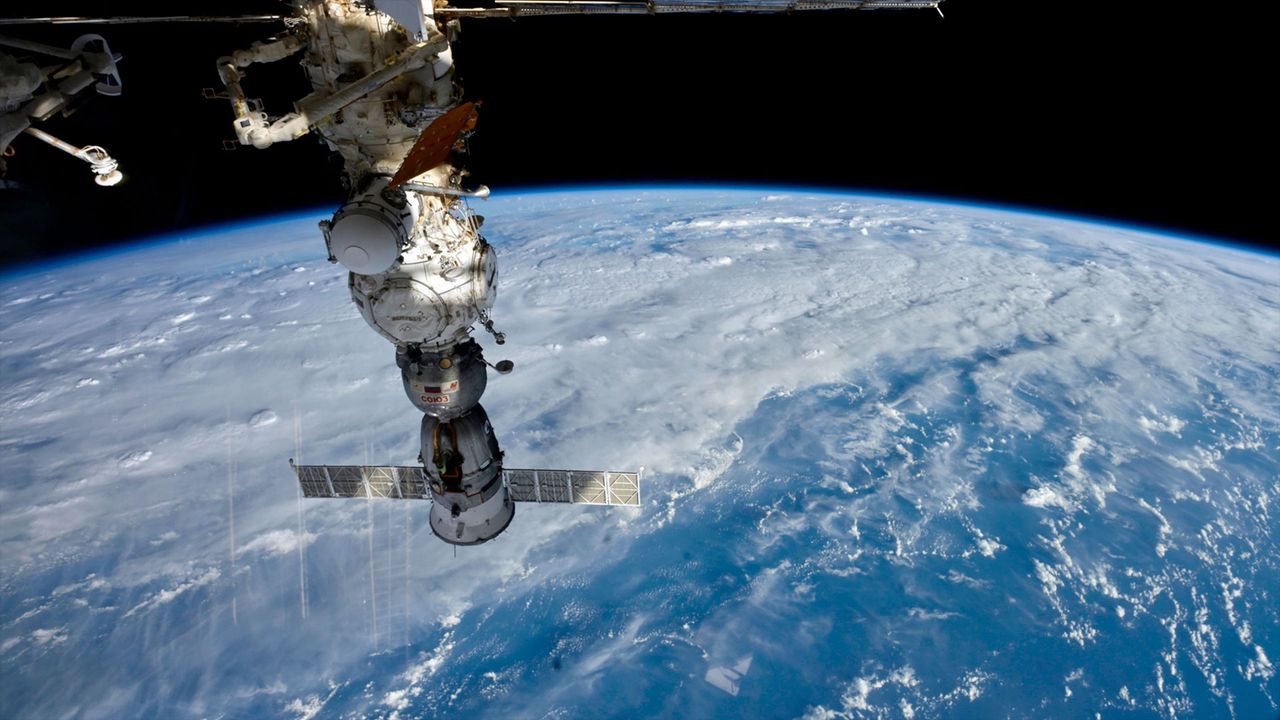

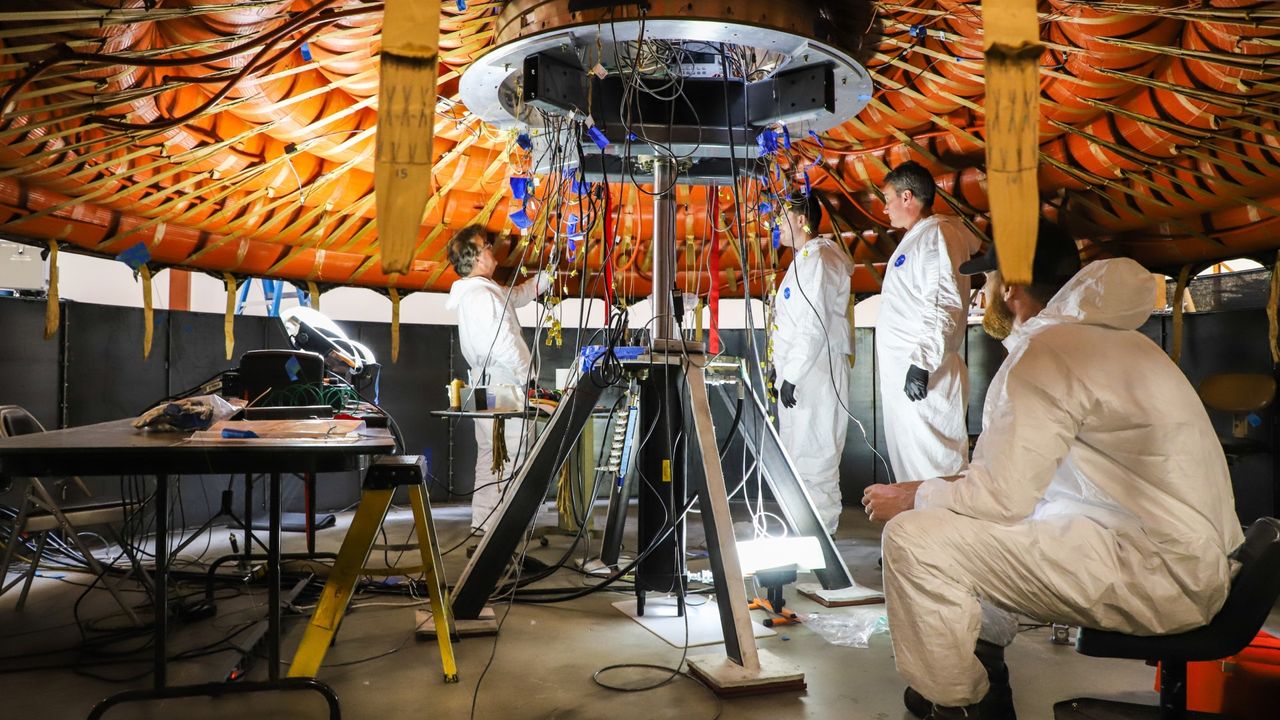



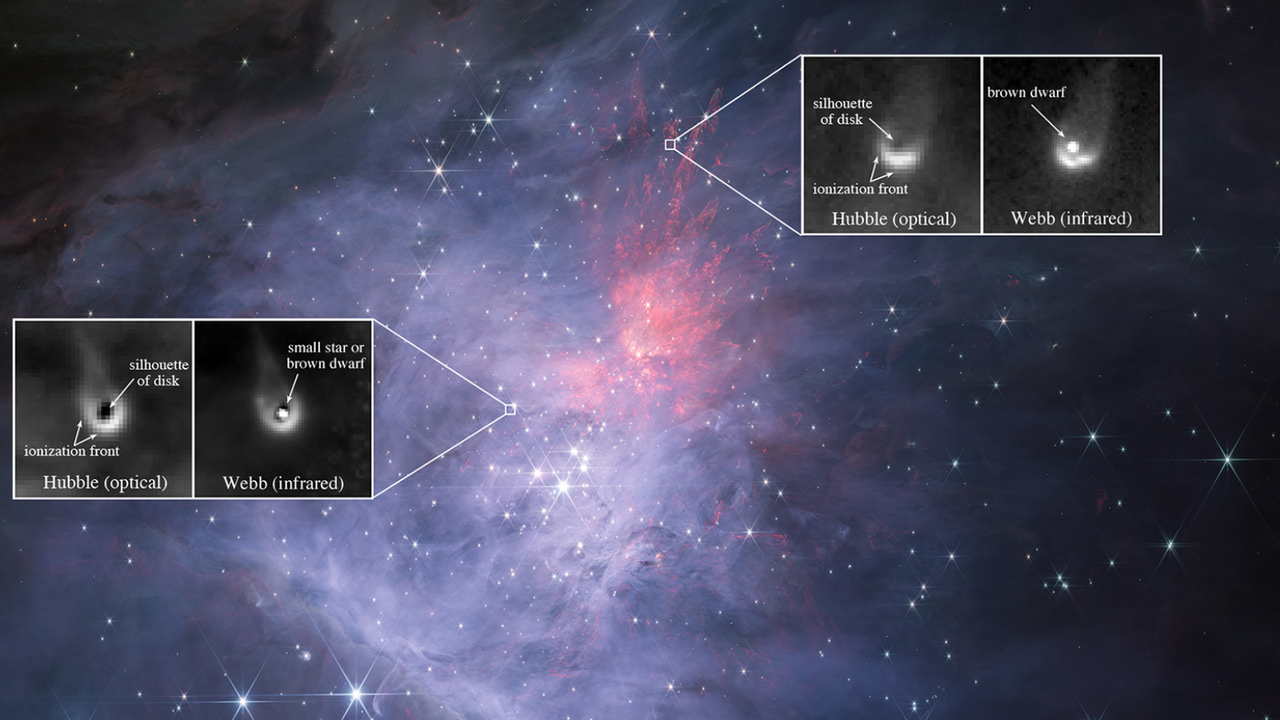



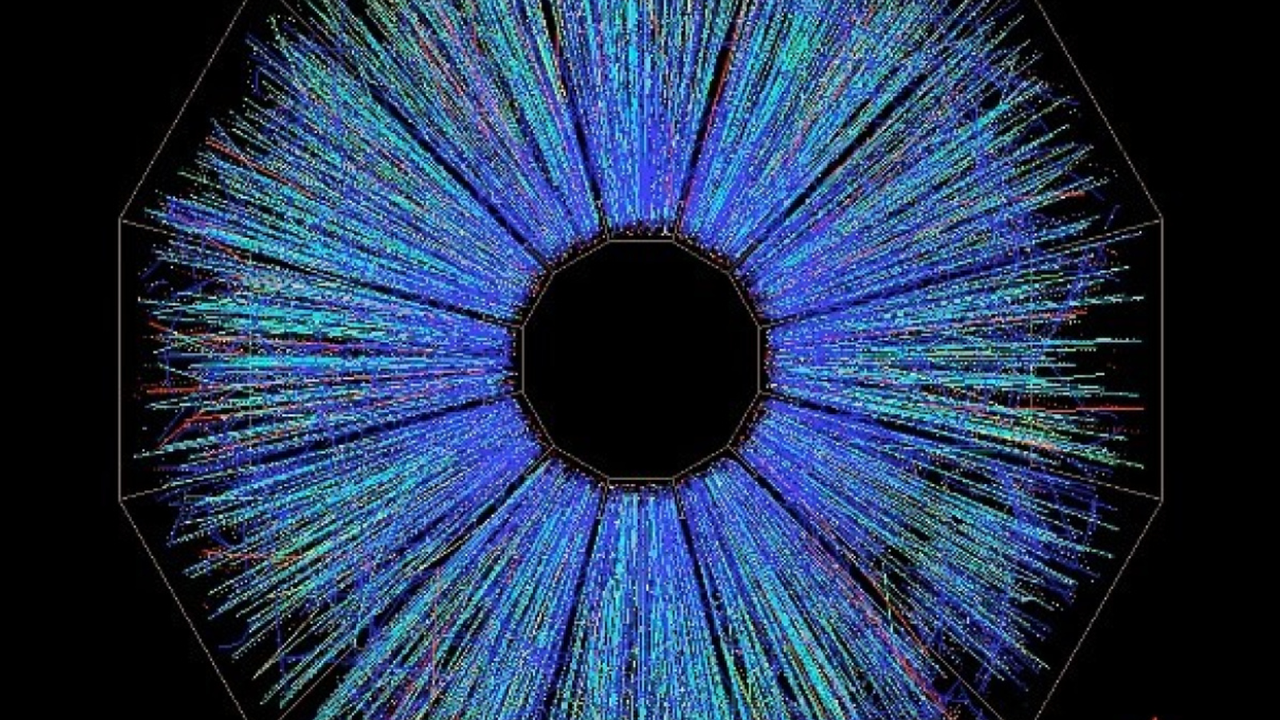

Although Aquila ranks 22nd in size among the 88 constellations, it contains no Messier objects or emission nebulae and few bright star clusters. Still, you’ll want to point your telescope 3.8° north-northwest of magnitude 3.4 Delta Aquilae to observe the wonderful planetary nebula NGC 6781. It glows at magnitude 11.4 and has a diameter ofContinue reading "Michael’s Miscellany: Observe NGC 6781"
The post Michael’s Miscellany: Observe NGC 6781 appeared first on Astronomy Magazine.
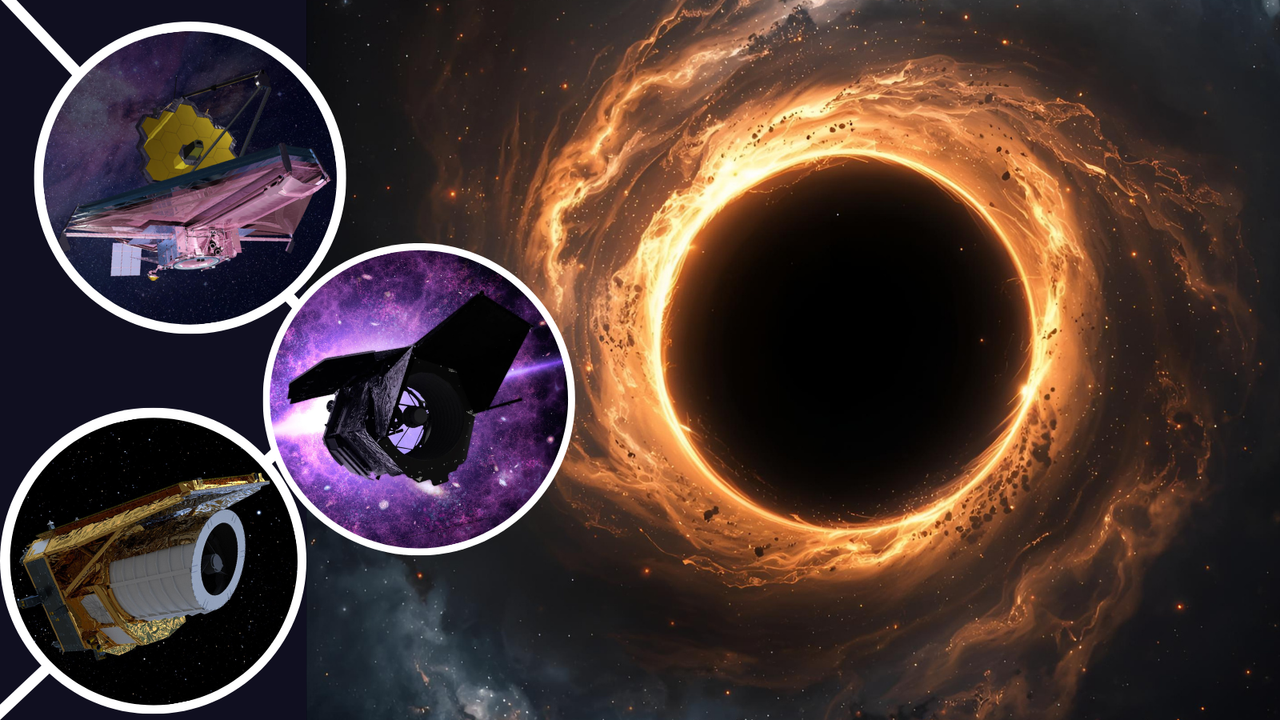

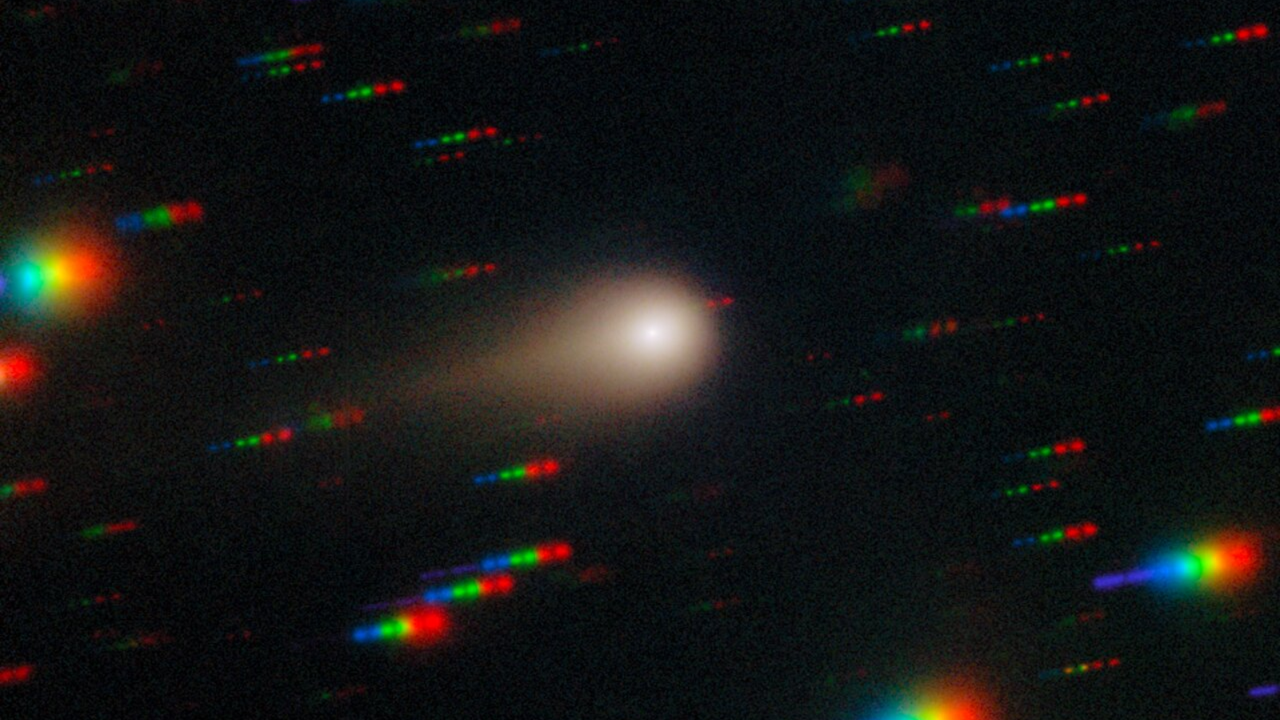



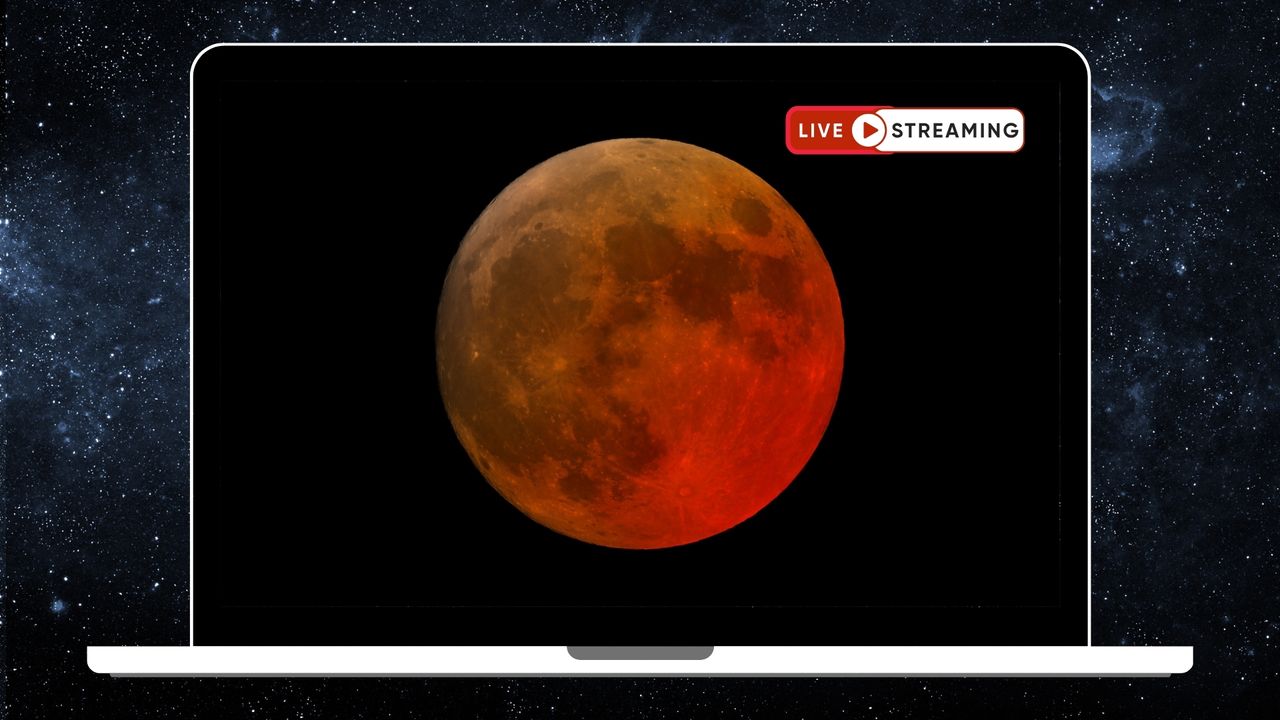

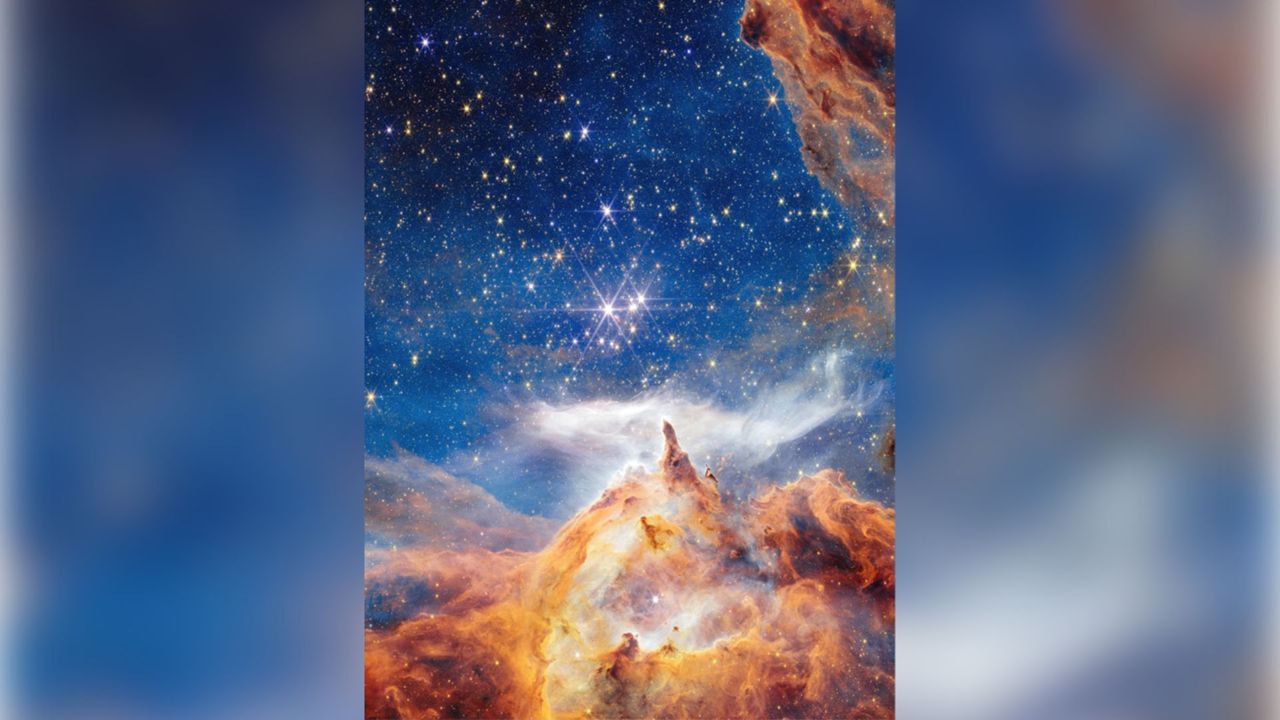

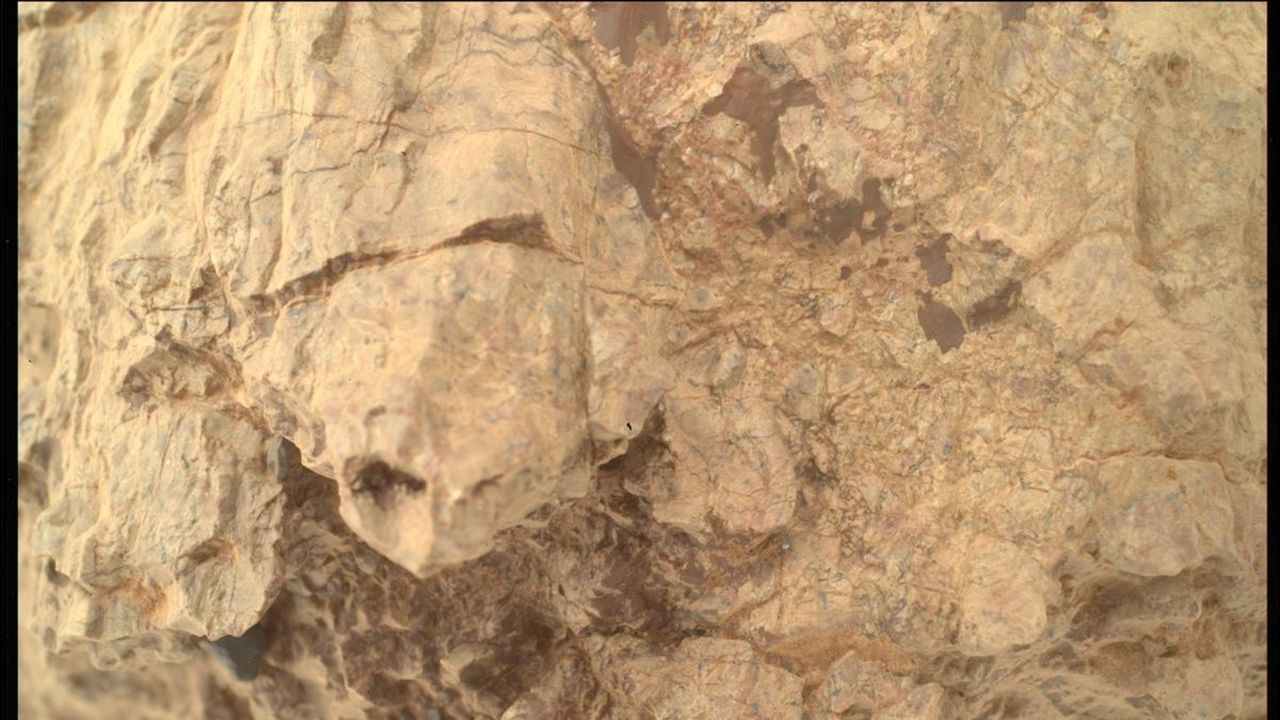

Mark Johnston from Scottsdale, Arizona A filament winds its way across the surface of the Sun, with a sunspot at the bottom appearing to form a question mark. The imager captured this Hα shot with a 6-inch scope (with energy rejection filter) and a double-stacked 0.3-angstrom filter and etalon.
The post A filamentary question appeared first on Astronomy Magazine.
From Oct. 2–5 2025, the International Astronomical Union Office for Astronomy Outreach (IAU OAO) and the International Planetarium Society (IPS), two of the world’s leading organizations dedicated to public engagement with astronomy, will team up to celebrate the 100th anniversary of the first planetarium. To mark the occasion, the organizations will deliver a 100-hour marathonContinue reading "IAU’s ‘100 Hours of Astronomy’ celebrates 100 years of the planetarium"
The post IAU’s ‘100 Hours of Astronomy’ celebrates 100 years of the planetarium appeared first on Astronomy Magazine.
NASA’s Chandra X-Ray Observatory is the agency’s flagship mission for X-ray astronomy. On Sept. 5, 2001, NASA announced that astronomers using Chandra in October of the previous year had witnessed a fast, strong X-ray flare coming from the supermassive black hole at the center of our galaxy. This black hole, named Sagittarius A* (Sgr A*)Continue reading "Sept. 5, 2001: The Milky Way has a black hole"
The post Sept. 5, 2001: The Milky Way has a black hole appeared first on Astronomy Magazine.
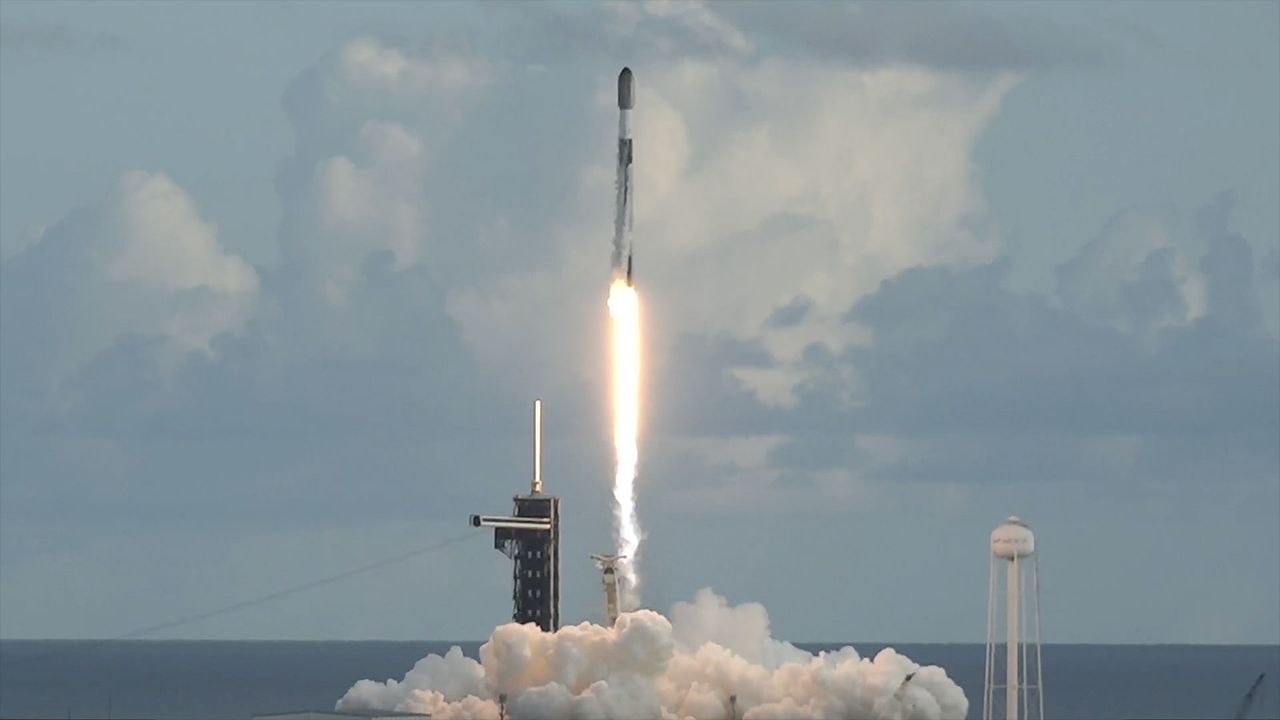

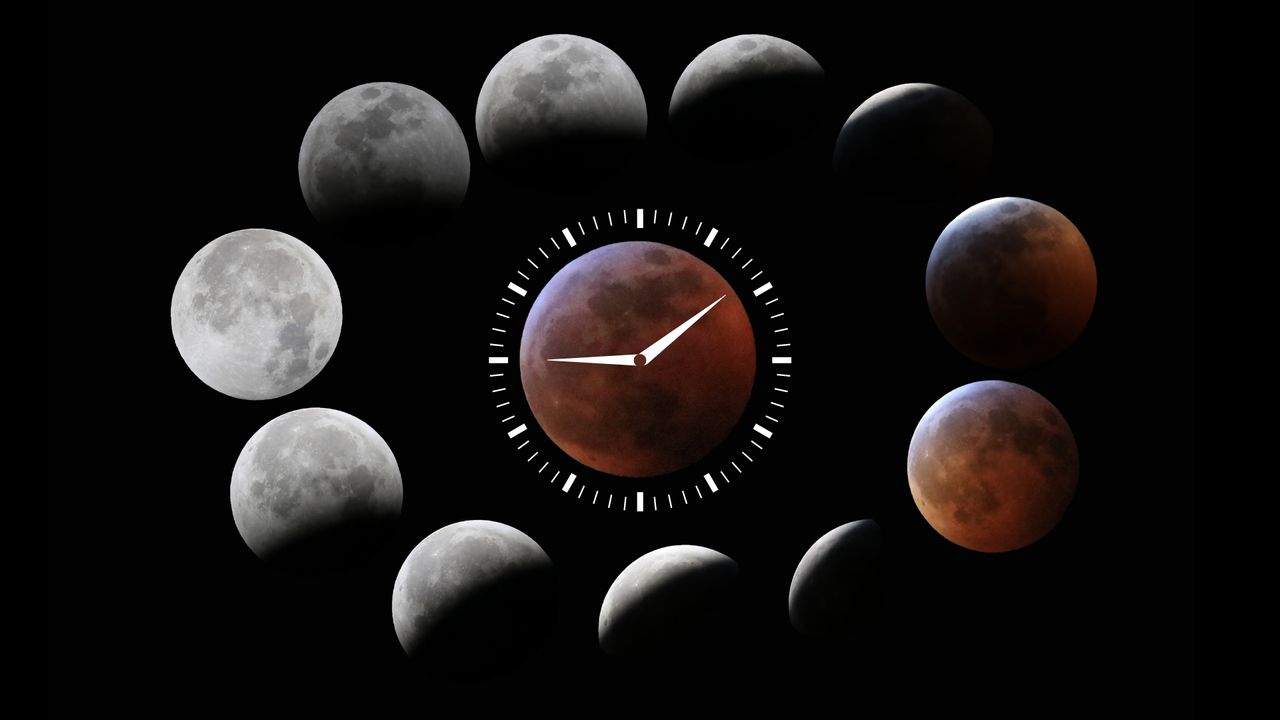

Author(s): Rachel Berkowitz
Eric Ghysels made a name for himself in financial econometrics and time-series analysis. Now he translates financial models into quantum algorithms.
[Physics 18, 154] Published Thu Sep 04, 2025
Author(s): Charles Day
Two main mechanisms can flip the orientation of antiferromagnetic domains. Researchers have determined when one prevails over the other.
[Physics 18, s111] Published Thu Sep 04, 2025
Author(s): Michael Schirber
Researchers suggest that unambiguous signals of quantum gravity could appear in future tabletop experiments with gravitationally interacting objects.
[Physics 18, s119] Published Thu Sep 04, 2025


Rising before midnight and visible all morning long until dawn, the distant planet Uranus now resides within the domain of Taurus the Bull. Its current location makes it easier than usual to find, just 4.5° south-southeast of the Pleiades (M45). By 4 A.M. local daylight time, the region is some 60° high in the east,Continue reading "The Sky Today on Friday, September 5: Discover distant Uranus"
The post The Sky Today on Friday, September 5: Discover distant Uranus appeared first on Astronomy Magazine.
Sky This Week is brought to you in part by Celestron. Friday, September 5Look north late this evening to spot the constellation Camelopardalis slowly rising away from the horizon. Located just beneath W-shaped Cassiopeia around 11 P.M. local daylight time, Camelopardalis is home to a famous asterism called Kemble’s Cascade, a line of several starsContinue reading "The Sky This Week from September 5 to 12: A Full Moon and a lunar eclipse"
The post The Sky This Week from September 5 to 12: A Full Moon and a lunar eclipse appeared first on Astronomy Magazine.




Rob Lyons, taken from Vancouver, Canada WR 134 in Cygnus, lies about 6,200 light-years away, surrounded by intricate wisps of ionized gas that it blew off in its exceptionally powerful stellar wind. This image combines 26 hours of 5-minute exposures using dual 8-inch telescopes — one with an Hα/OIII dual-band filter and one-shot color camera,Continue reading "Wind-blown shells"
The post Wind-blown shells appeared first on Astronomy Magazine.






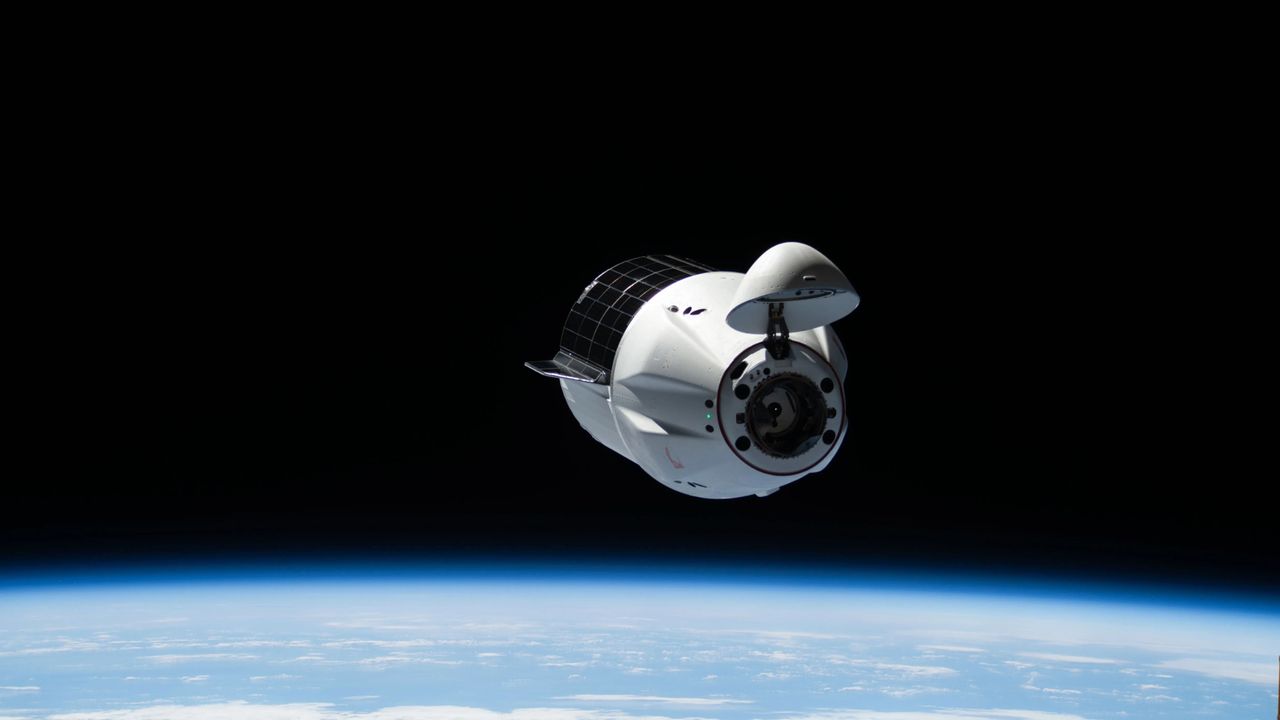

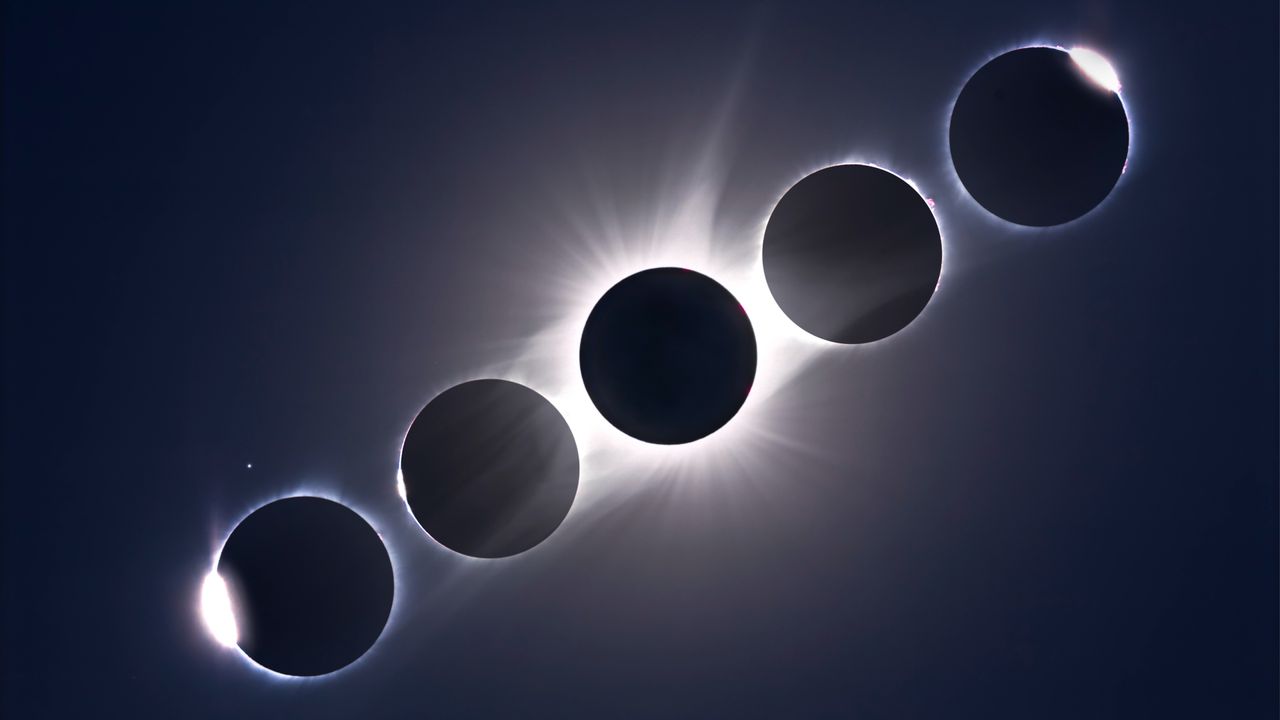

A planet’s mantle — the vast layer that lies sandwiched between its crust and core — preserves crucial evidence about planetary origin and evolution. Unlike Earth, where active plate tectonics continually stirs the mantle, Mars is a smaller planet with a single-plate surface. As such, its mantle undergoes far less mixing, meaning it may preserve a record of theContinue reading "Mars’ underground preserves its ancient past"
The post Mars’ underground preserves its ancient past appeared first on Astronomy Magazine.


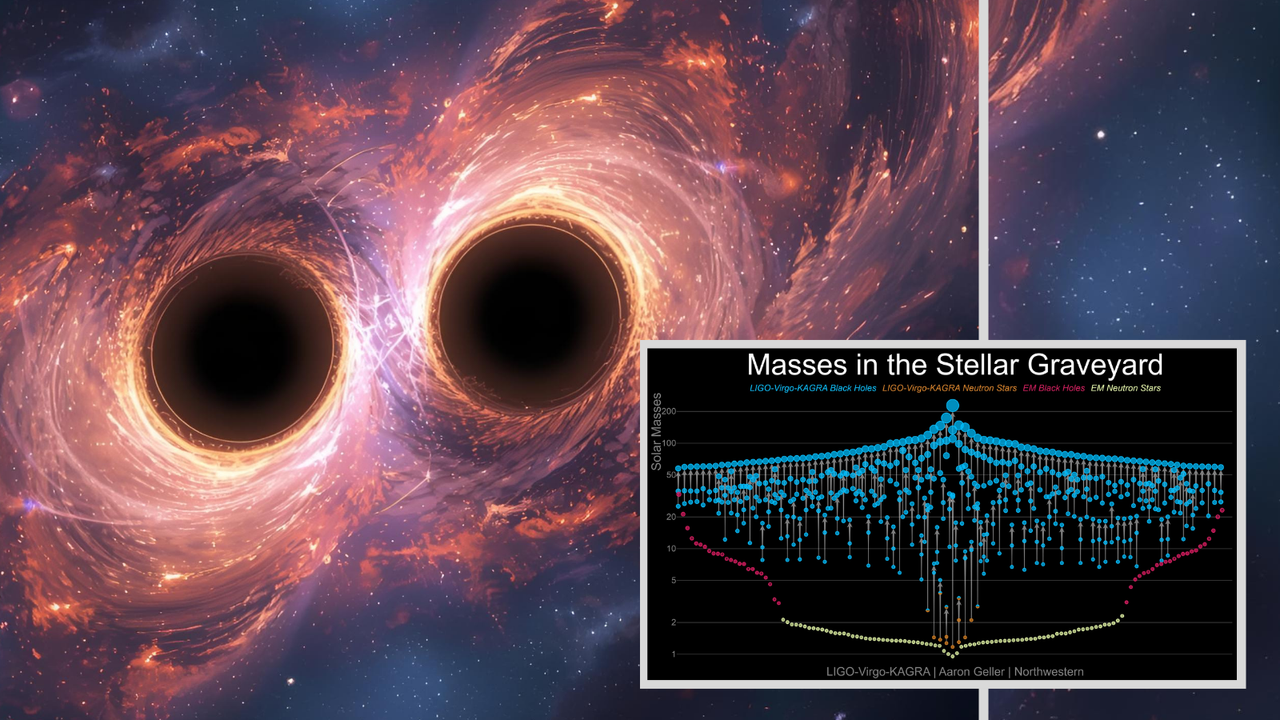

Born in Kath, Khwarezm – a region that today would be cover parts of Uzbekistan, Kazakhstan, and Turkmenistan – Abu Raihan Muhammad al-Biruni was a man of many scientific talents. His extensive travels throughout the Middle East and modern India and his self-education in Greek, Syriac, Hebrew, and Sanskrit helped him produce respected works inContinue reading "Sept. 4, 973 C.E.: The birth of al-Biruni"
The post Sept. 4, 973 C.E.: The birth of al-Biruni appeared first on Astronomy Magazine.
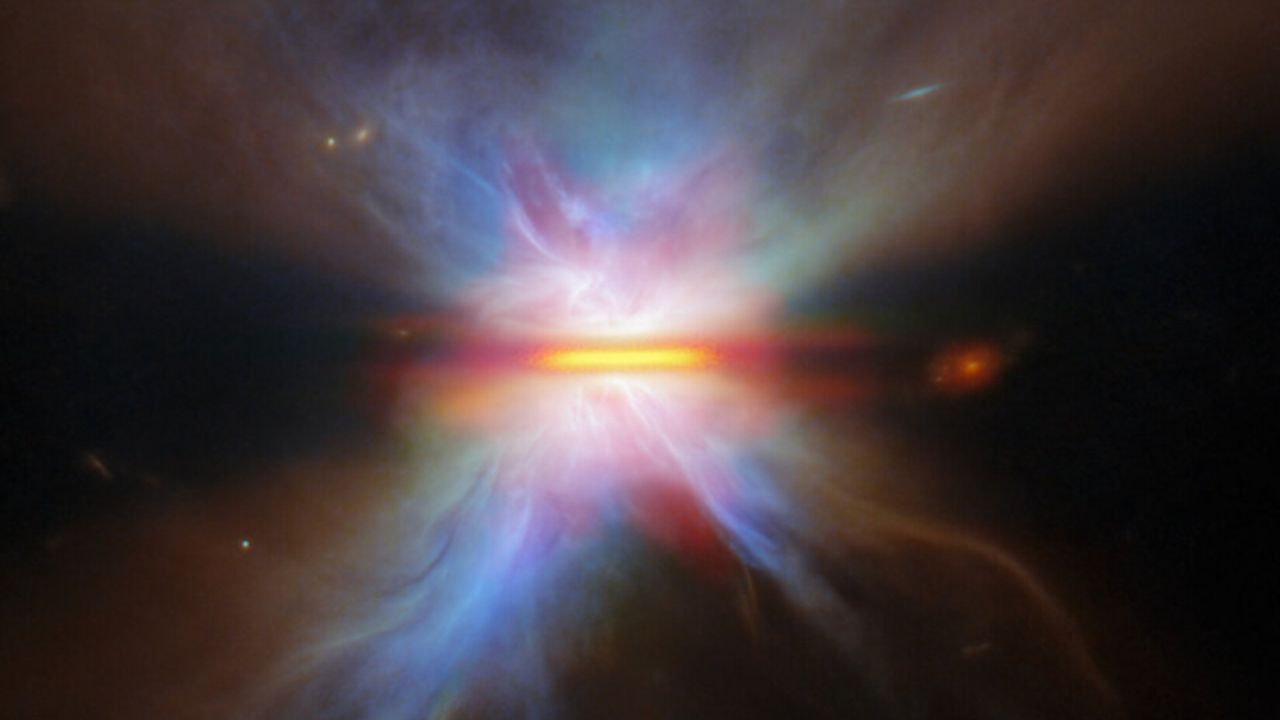

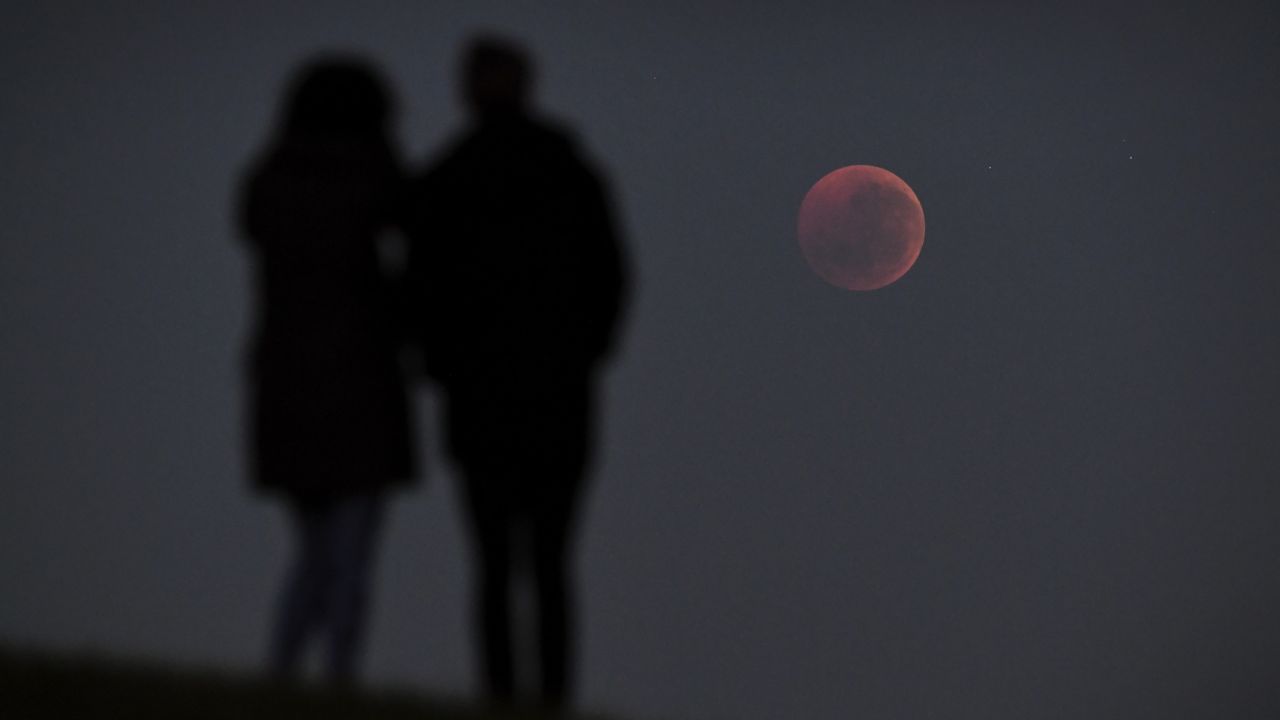



Author(s): Charles Day
A simulation of unprecedented resolution explains how Earth could possess a magnetic-field-generating dynamo before the planet’s inner core began to solidify.
[Physics 18, 153] Published Wed Sep 03, 2025
Author(s): Rachel Berkowitz
An optical-lattice experiment offers a platform for observing dynamics of particle–antiparticle pair creation in quantum field theories.
[Physics 18, s106] Published Wed Sep 03, 2025
We’re focused on Saturn early this morning to catch a transit of Titan together with its shadow across the ringed world. The shadow transits first, beginning at 1 A.M. EDT (note this is early on the 4th in the eastern half of the U.S. but late on the 3rd in the Mountain and Pacific timeContinue reading "The Sky Today on Thursday, September 4: Titan transits Saturn"
The post The Sky Today on Thursday, September 4: Titan transits Saturn appeared first on Astronomy Magazine.


During an Aug. 14 appearance on Fox Business, Acting NASA Administrator Sean Duffy declared that the agency’s mission is “to explore, not to do all of these earth sciences,” signaling a potential shift away from NASA’s decades-long role in Earth observation and climate research. Duffy later softened his stance during an Aug. 18 visit toContinue reading "As NASA pushes for Mars, critics insist the mission starts at home"
The post As NASA pushes for Mars, critics insist the mission starts at home appeared first on Astronomy Magazine.
President Donald Trump has announced that the U.S. Space Command will relocate from Peterson Space Force Base, Colorado, to the Army’s Redstone Arsenal in Huntsville, Alabama.
The post U.S. Space Command relocating to Alabama appeared first on Astronomy Magazine.


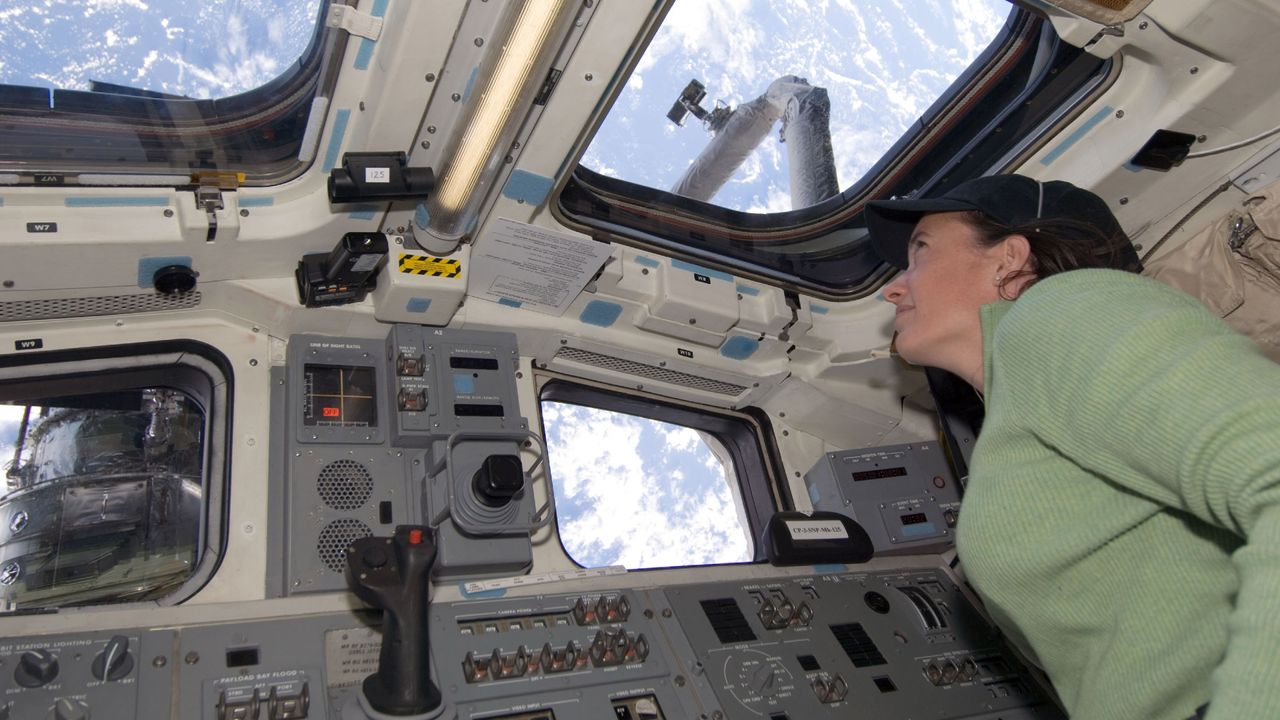

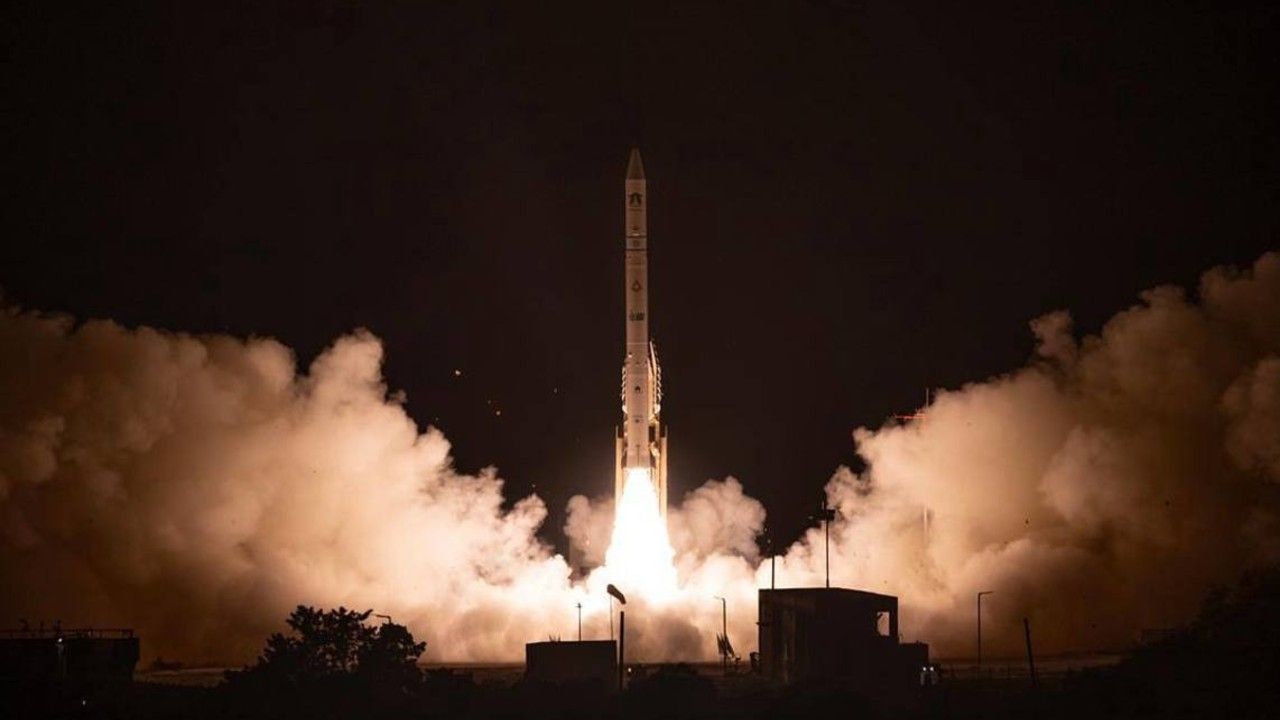

Chris Schur, taken form Happy Jack, Arizona While the Andromeda Galaxy is the closest major galaxy to the Milky Way, the irregular dwarf galaxy NGC 6822 — also known as Barnard’s Galaxy — is our nearest galactic neighbor, lying just outside our galaxy’s gravitational influence at a distance of 1.6 million light-years. It can beContinue reading "Cirrus around Barnard’s Galaxy"
The post Cirrus around Barnard’s Galaxy appeared first on Astronomy Magazine.




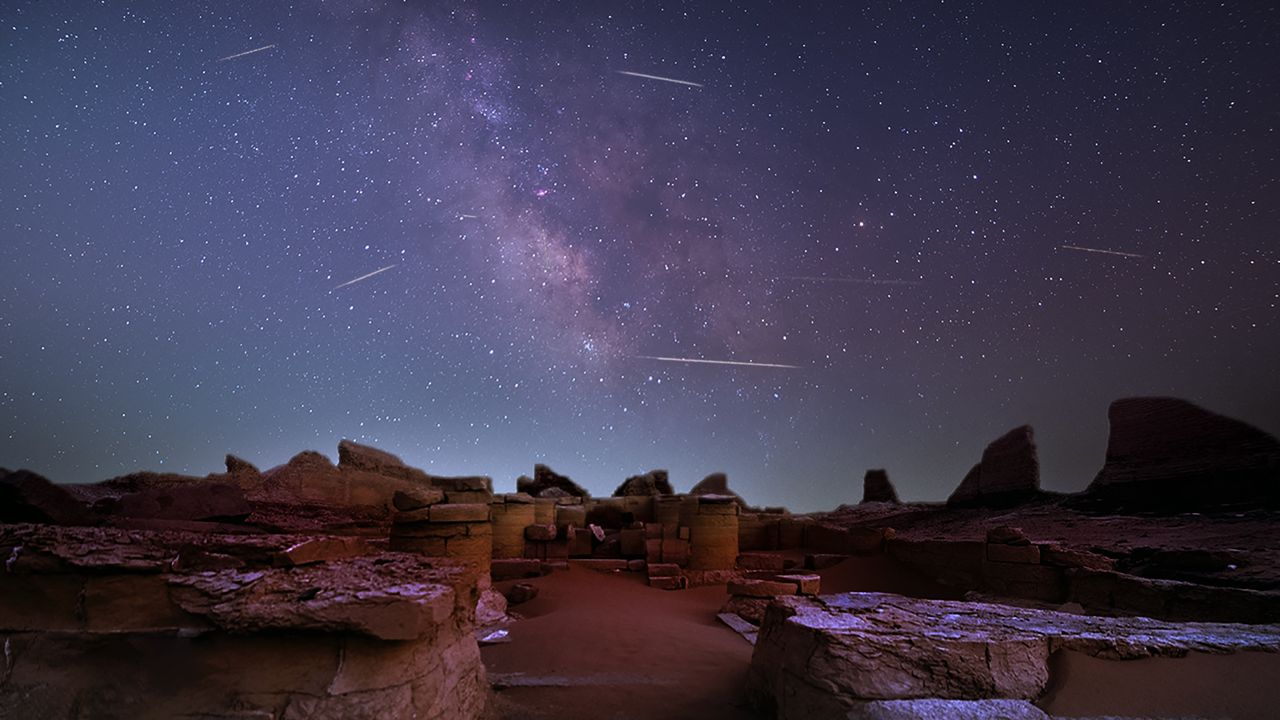

An international team of astronomers has made the unexpected discovery of a new planet. Detected at an early stage of formation around a young Sun-like star, the planet is estimated to be about 5 million years old and most likely a gas giant of similar to Jupiter. The study, Wide Separation Planets in Time (WISPIT),Continue reading "Astronomers find a planet forming around a young star"
The post Astronomers find a planet forming around a young star appeared first on Astronomy Magazine.
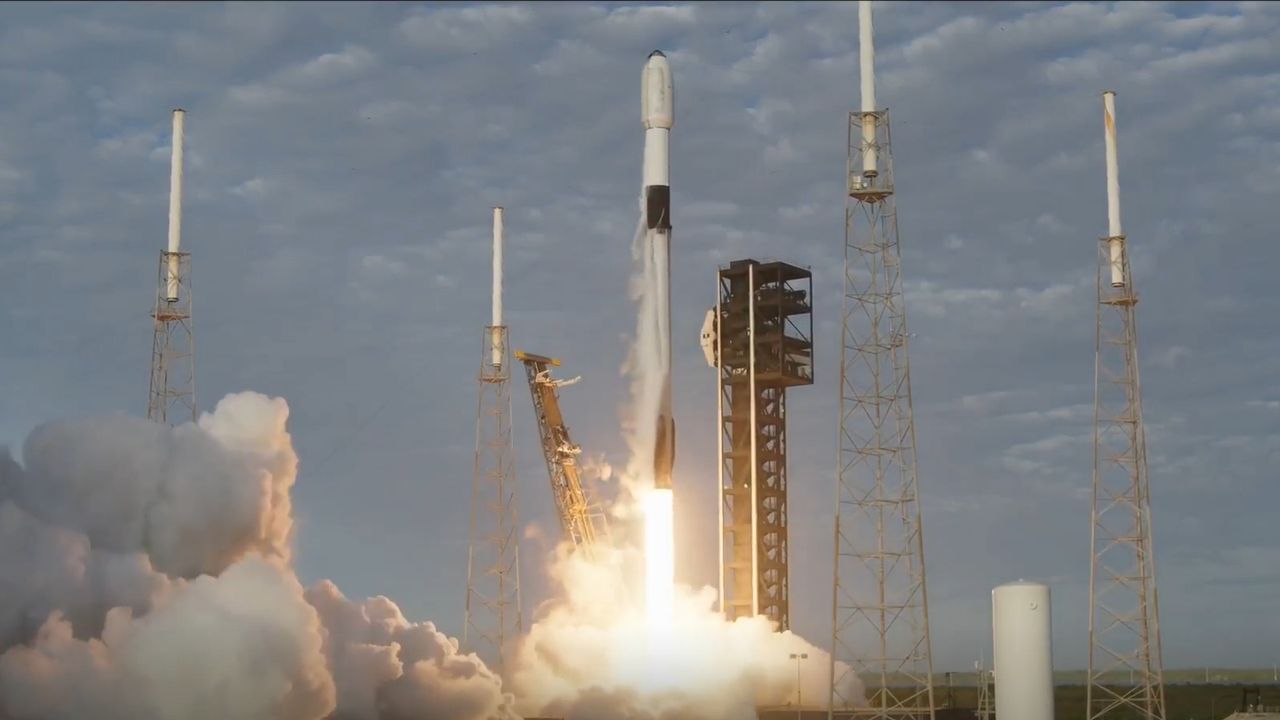

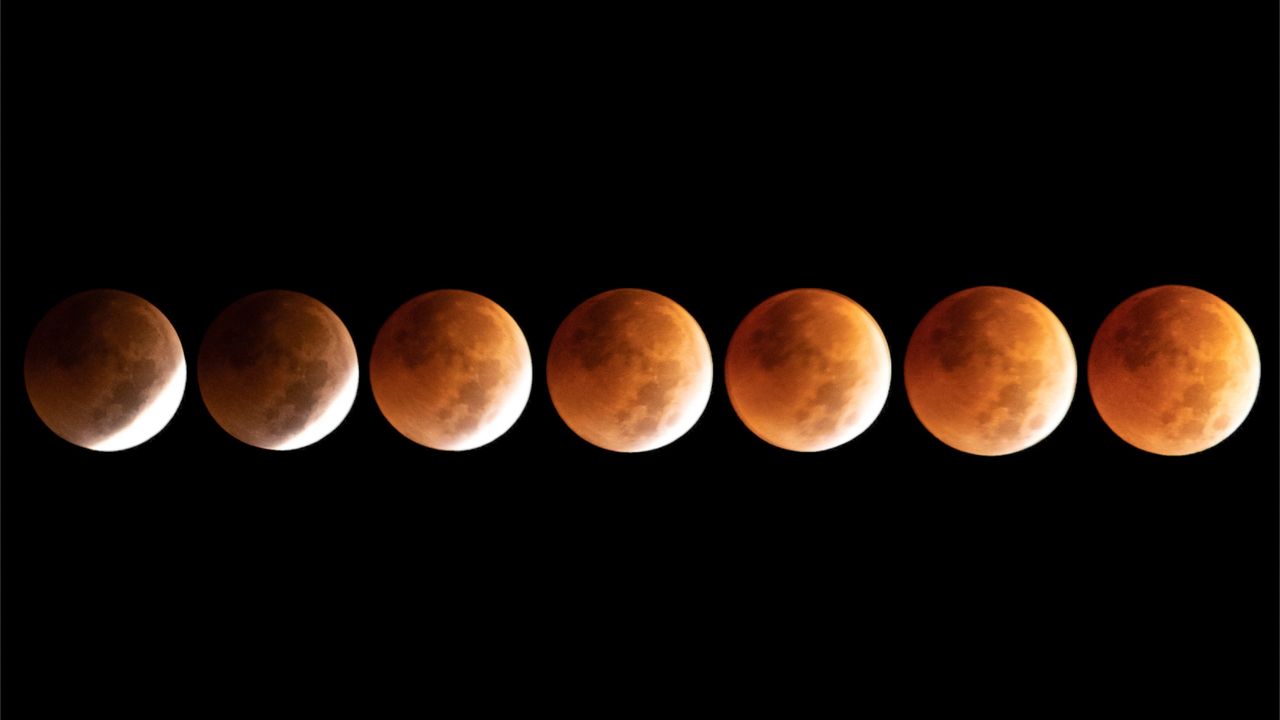

Author(s): Michael Schirber
The final results from the Muon g − 2 experiment agree with the latest predictions of the muon’s magnetic properties—letting down hopes that the particle would upset the standard model’s applecart.
[Physics 18, 150] Published Tue Sep 02, 2025
Author(s): Tarik Yefsah
A new technique allows the imaging of an atomic system in which the interatomic spacing is smaller than the optical-resolution limit.
[Physics 18, 152] Published Tue Sep 02, 2025
Author(s): Ryan Wilkinson
A proposed method could help scientists coax simple atomic systems into quantum states that have useful, tailored properties.
[Physics 18, s102] Published Tue Sep 02, 2025
Only a little over a month after Viking 1 landed on Mars, Viking 2 followed suit. Though the two Viking landers touched down in different locations, they used identical spacecraft and had the same mission: to create global maps of Mars, observe weather patterns, investigate the surface, measure temperatures, and search for life. Viking 2Continue reading "Sept. 3, 1976: Viking 2 reaches Mars"
The post Sept. 3, 1976: Viking 2 reaches Mars appeared first on Astronomy Magazine.


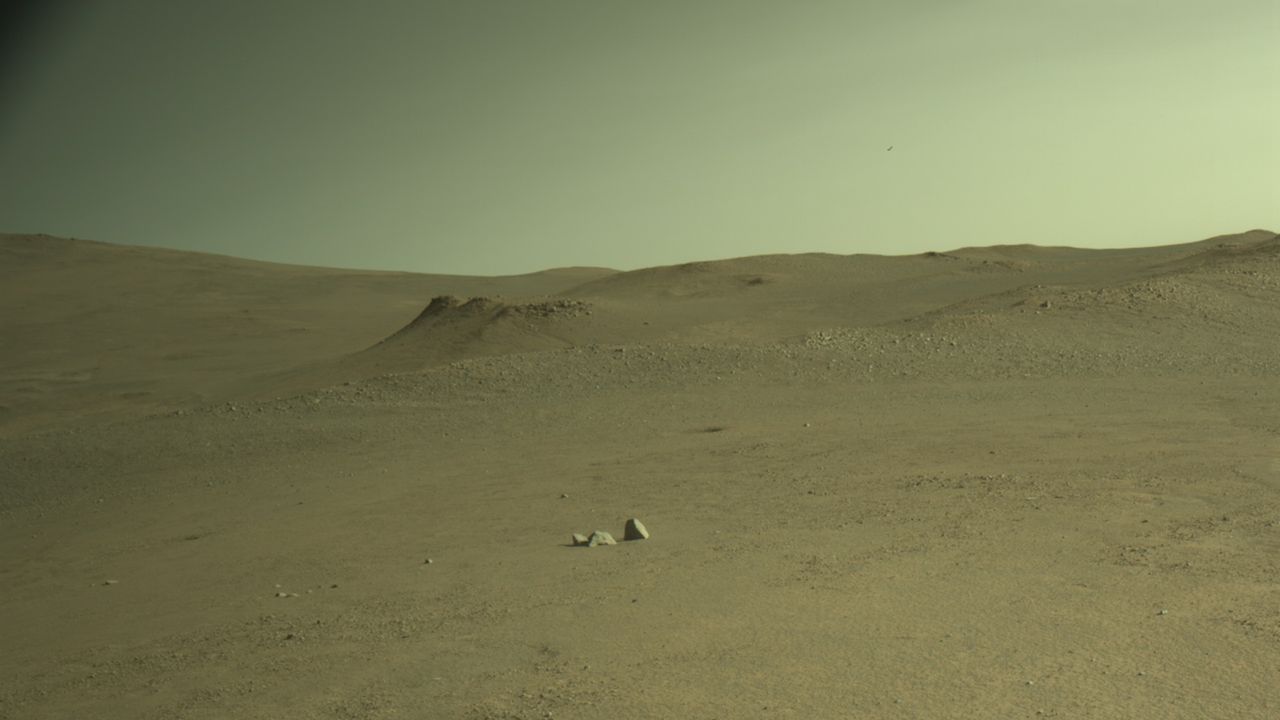

After 43 years with Astronomy, including 23 years as Editor-in-Chief, David J. Eicher is transitioning to a new role as the magazine’s Editor Emeritus. Eicher is one of the most widely recognized astronomy enthusiasts in the world, and his contributions to the field are immeasurable. His passion for astronomy and science communication has been oneContinue reading "Dave Eicher steps into emeritus role at Astronomy magazine"
The post Dave Eicher steps into emeritus role at Astronomy magazine appeared first on Astronomy Magazine.


With a waxing Moon lighting the sky for most of the night, we’re focusing on brighter stars this evening. Our target for tonight is a famous asterism that is currently visible all night long. You can catch it already above the horizon in the east an hour after the Sun disappears, then follow its progressContinue reading "The Sky Today on Wednesday, September 3: The Great Square of Pegasus"
The post The Sky Today on Wednesday, September 3: The Great Square of Pegasus appeared first on Astronomy Magazine.
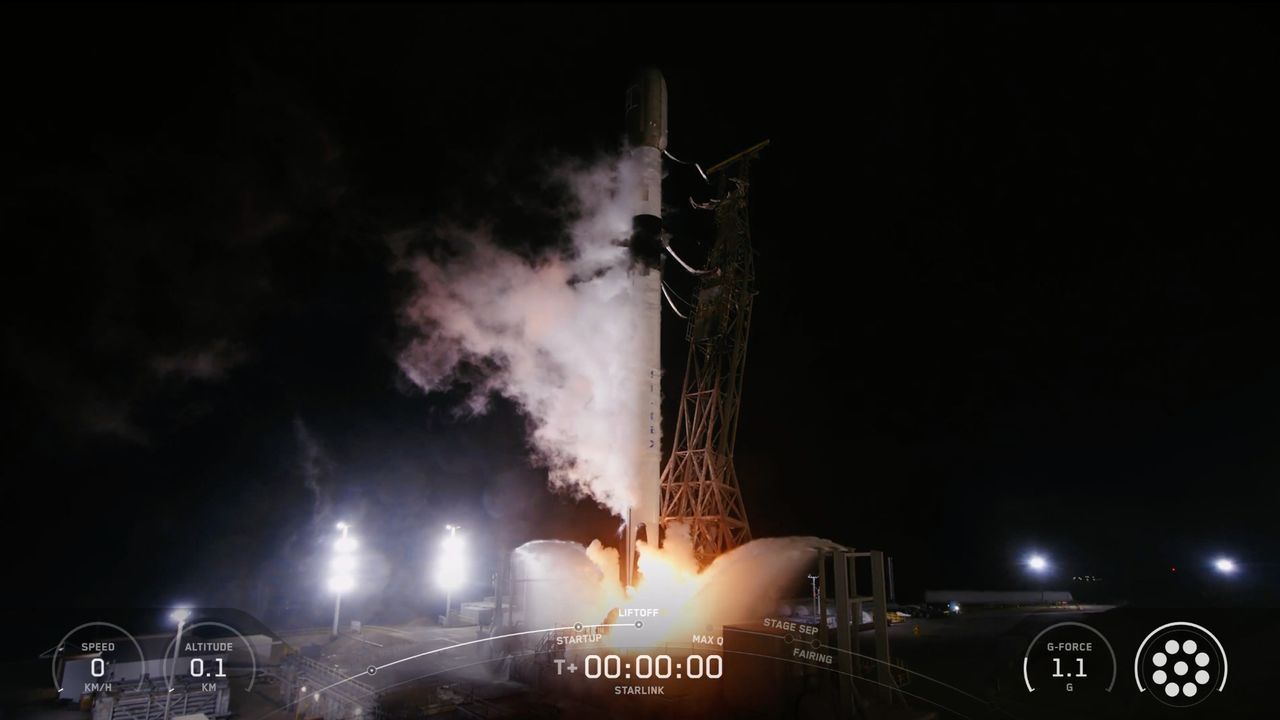

Vikas Chander, taken from Rio Hurtado, Chile The Cat’s Paw Nebula (NGC 6334) and the Lobster Nebula (NGC 6357) lie in Scorpius at distances of 5,500 light-years and 8,000 light-years, respectively. This vista is filled with the red glow of hydrogen and blue hues from oxygen, both ionized by young stars forming within these massiveContinue reading "The Cat’s Paw and the Lobster"
The post The Cat’s Paw and the Lobster appeared first on Astronomy Magazine.
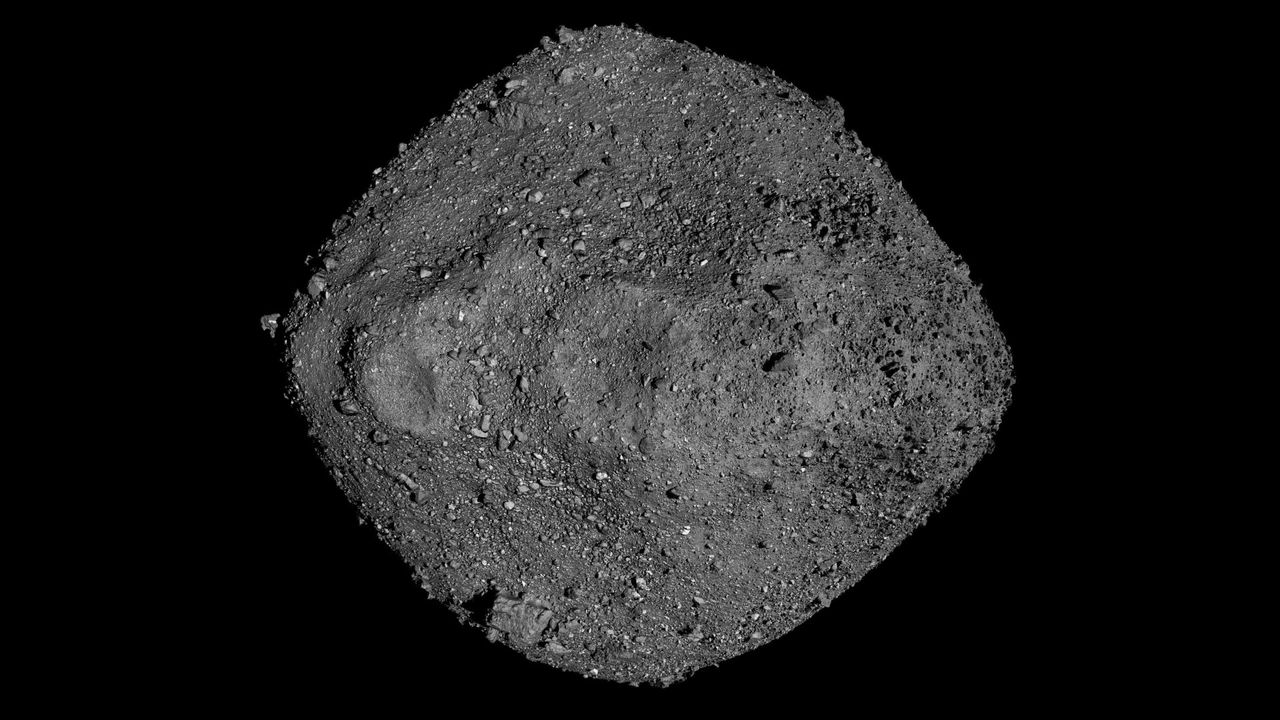



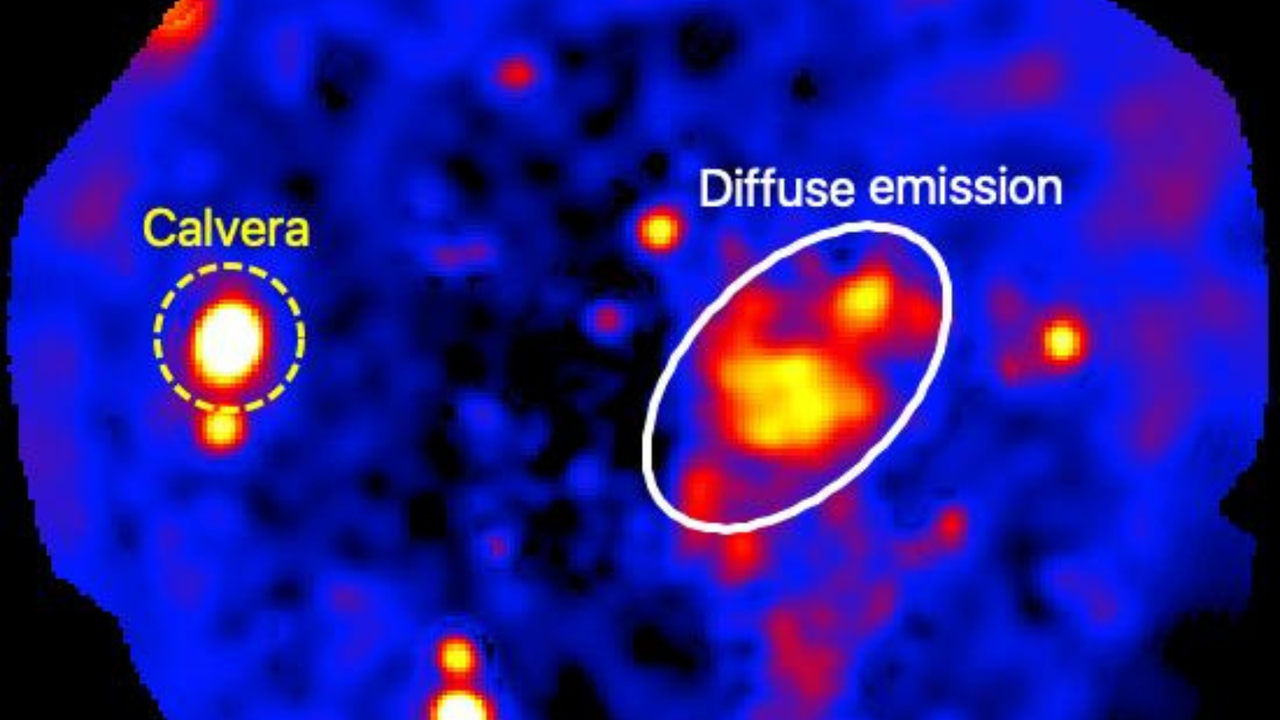

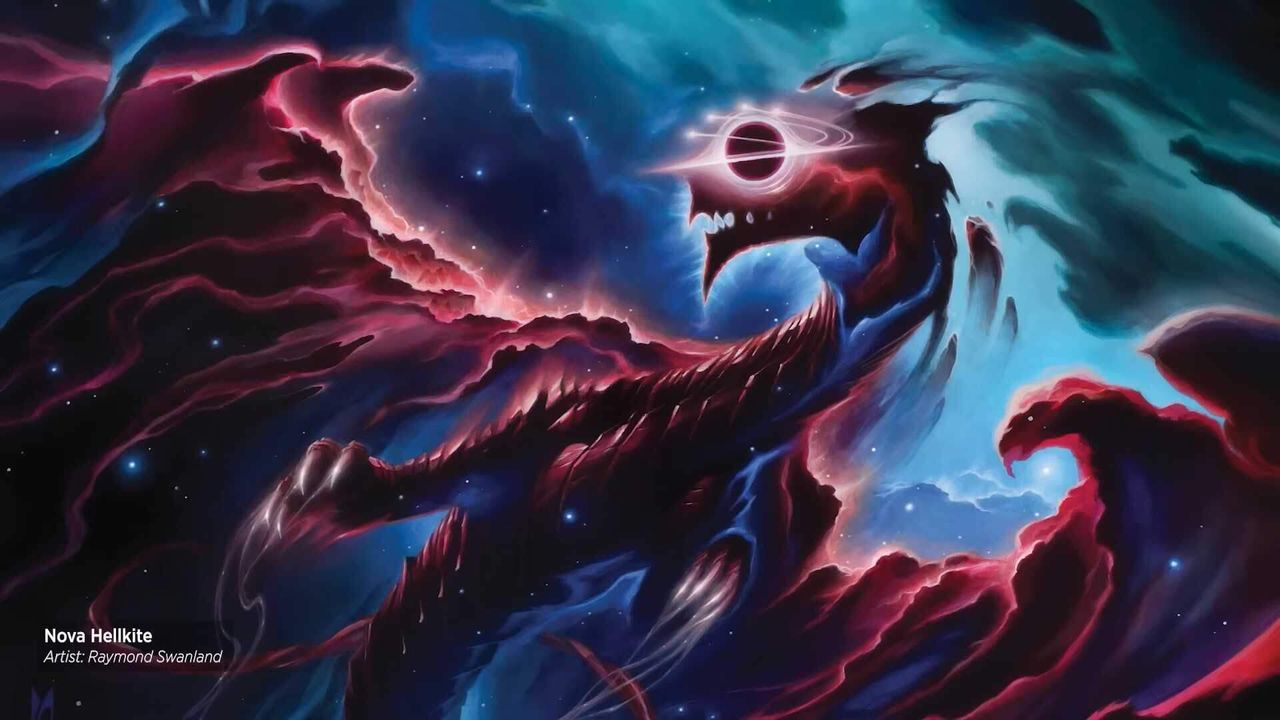

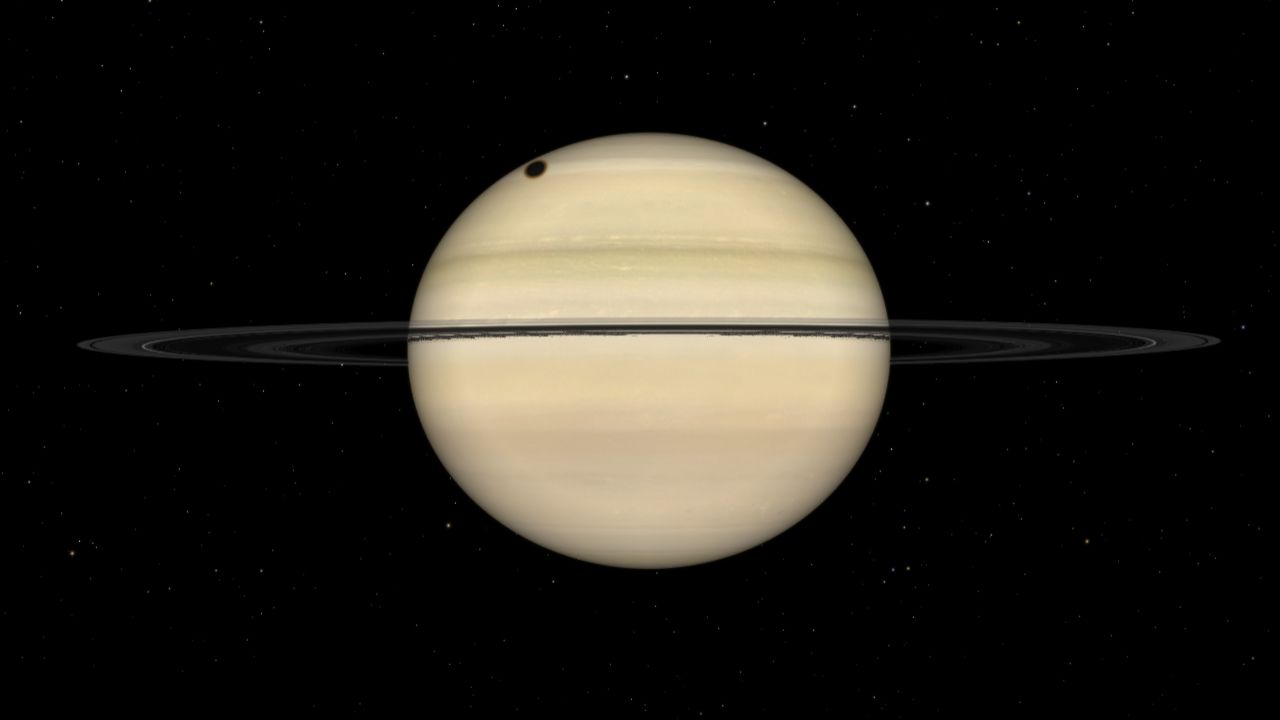

I’m a planetary scientist who was born the year of Sputnik’s launch. Over the course of my 40-year career, I’ve witnessed not one but at least five separate revolutions that fundamentally transformed this field of study. Before I tell you about these pivotal moments, let’s look at two examples of even earlier revolutions that setContinue reading "5 modern revolutions in planetary science"
The post 5 modern revolutions in planetary science appeared first on Astronomy Magazine.






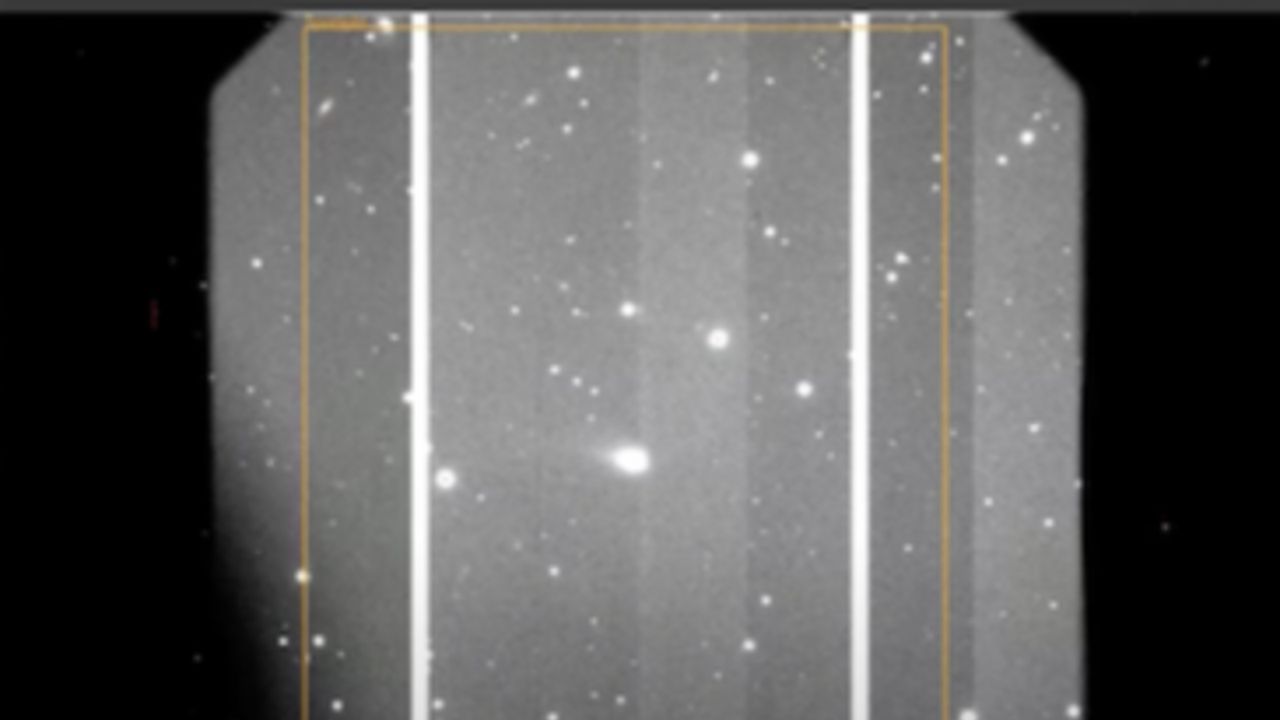

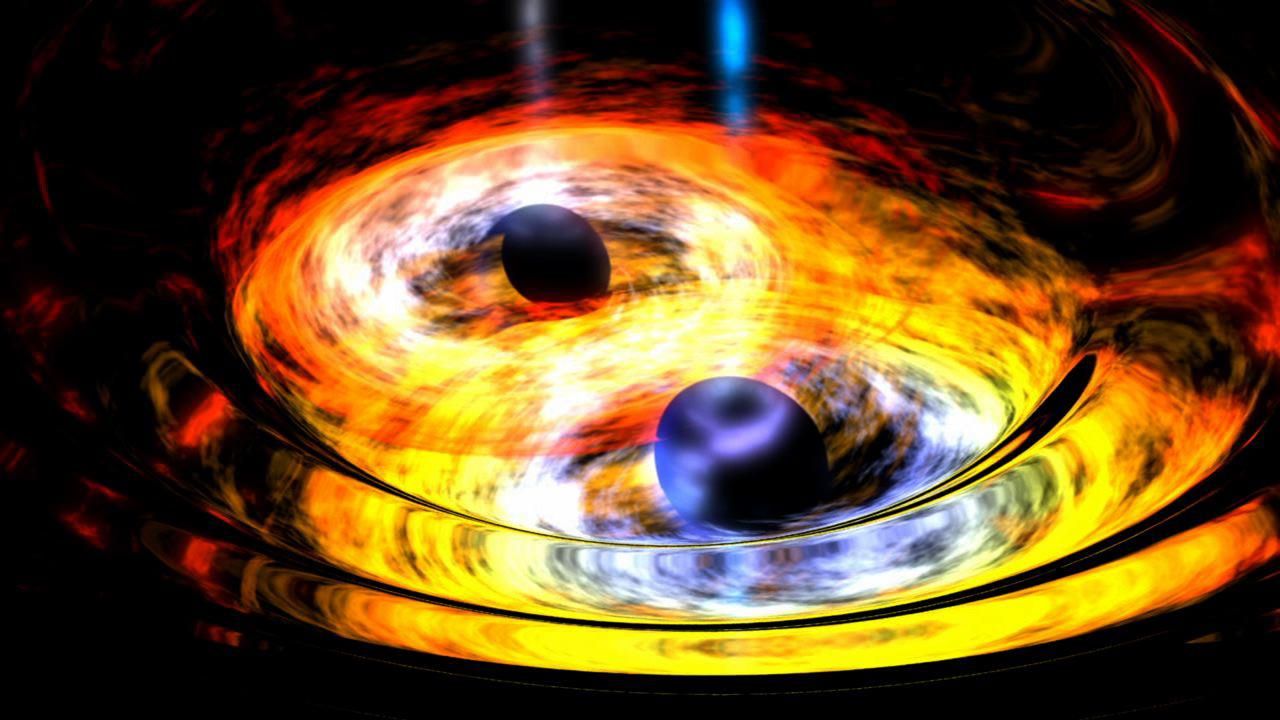

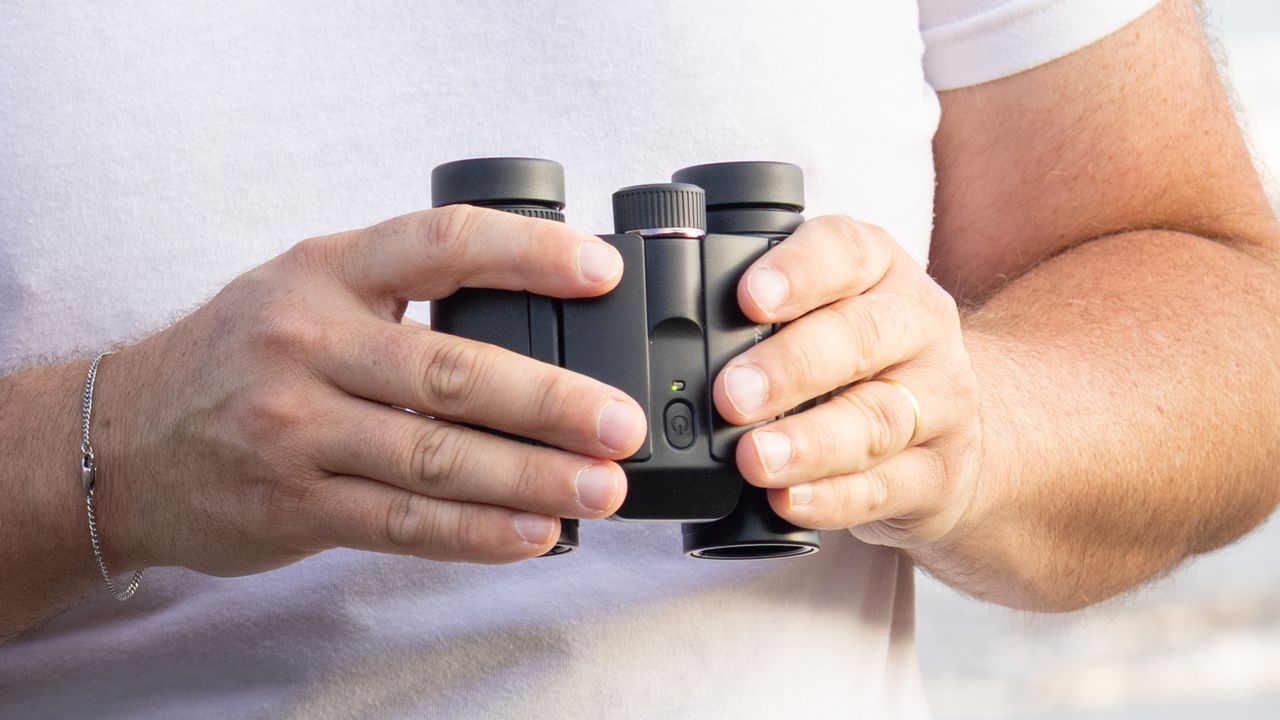

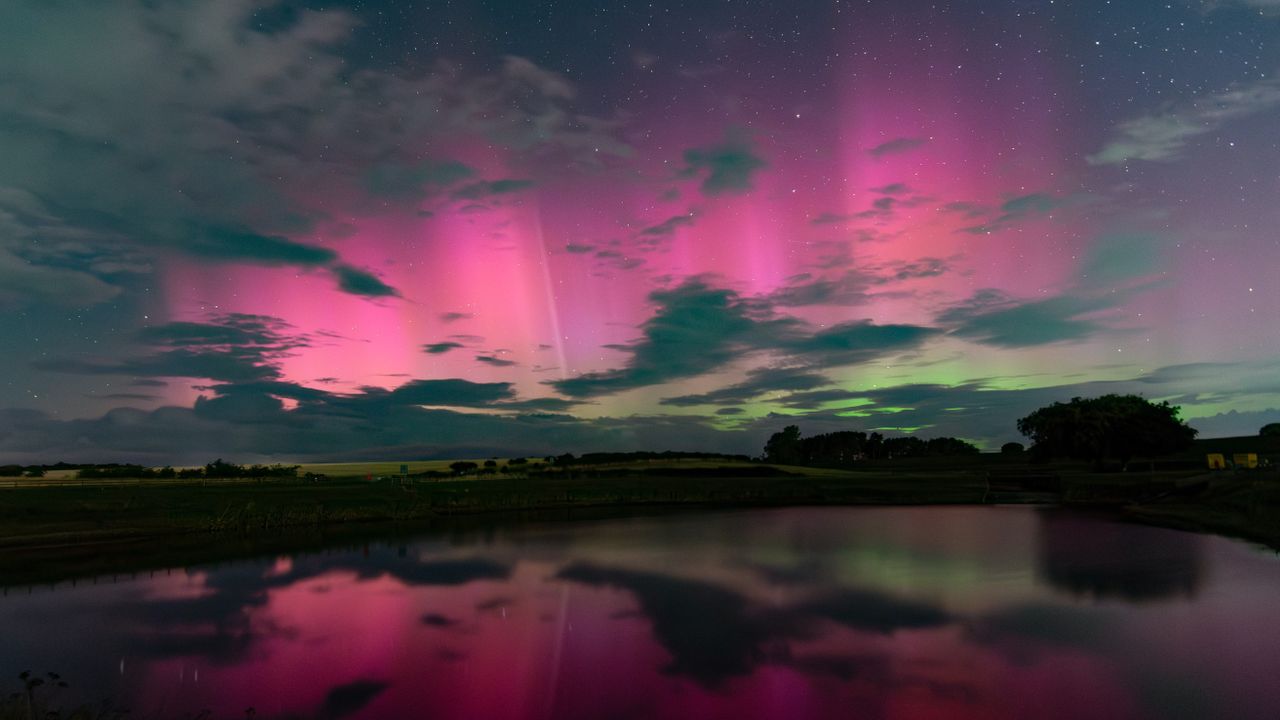

On Sept. 1, 1859, amateur astronomer Richard Carrington observed a massive eruption of bright light from the Sun’s surface. It was the first recorded observation of a solar flare. Within only 17.5 hours, a coronal mass ejection (CME) – an expulsion of plasma and magnetic waves that often accompanies flares and prominences – reached Earth,Continue reading "Sept. 2, 1859: The Carrington Event peaks"
The post Sept. 2, 1859: The Carrington Event peaks appeared first on Astronomy Magazine.






Mercury passes 1.2° north of Regulus at 6 A.M. EDT; the pair is visible in the east just before sunrise, but it might be a challenging observation. You’ll want to get to a location above the surrounding terrain if possible, with an eastern horizon free of tall trees or buildings. Rising around 5:30 A.M. localContinue reading "The Sky Today on Tuesday, September 2: Mercury meets Regulus"
The post The Sky Today on Tuesday, September 2: Mercury meets Regulus appeared first on Astronomy Magazine.
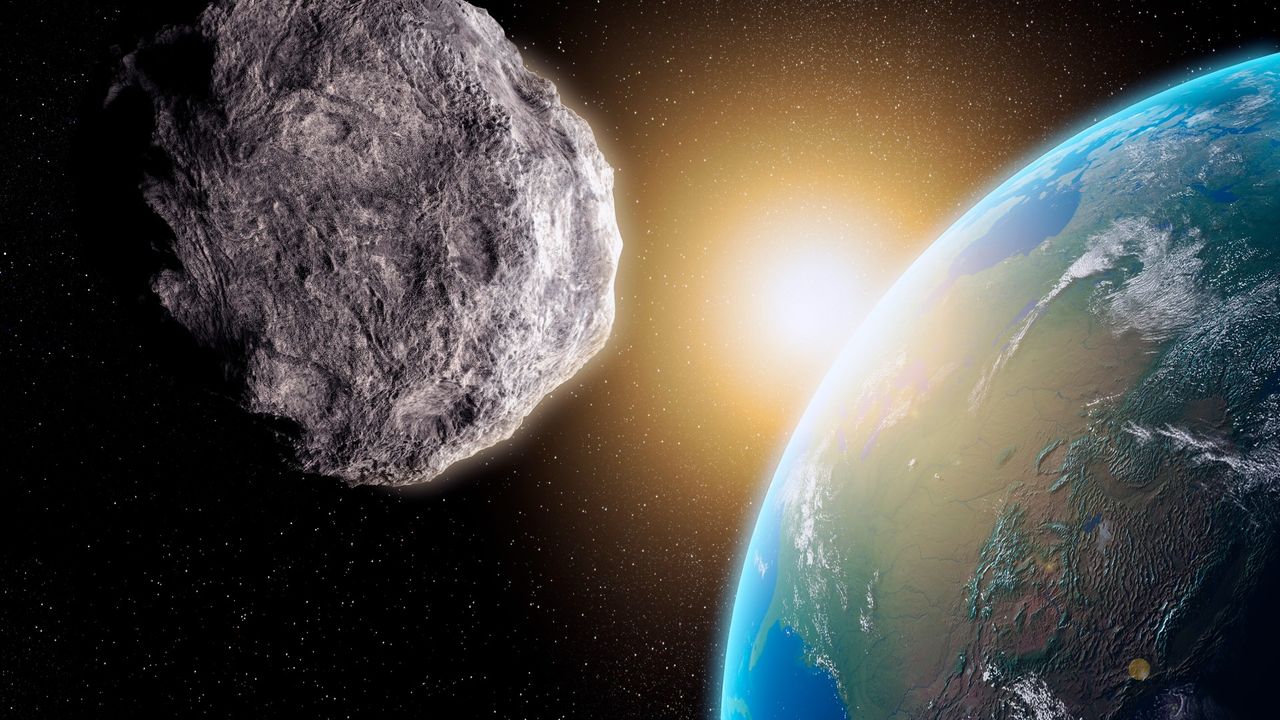

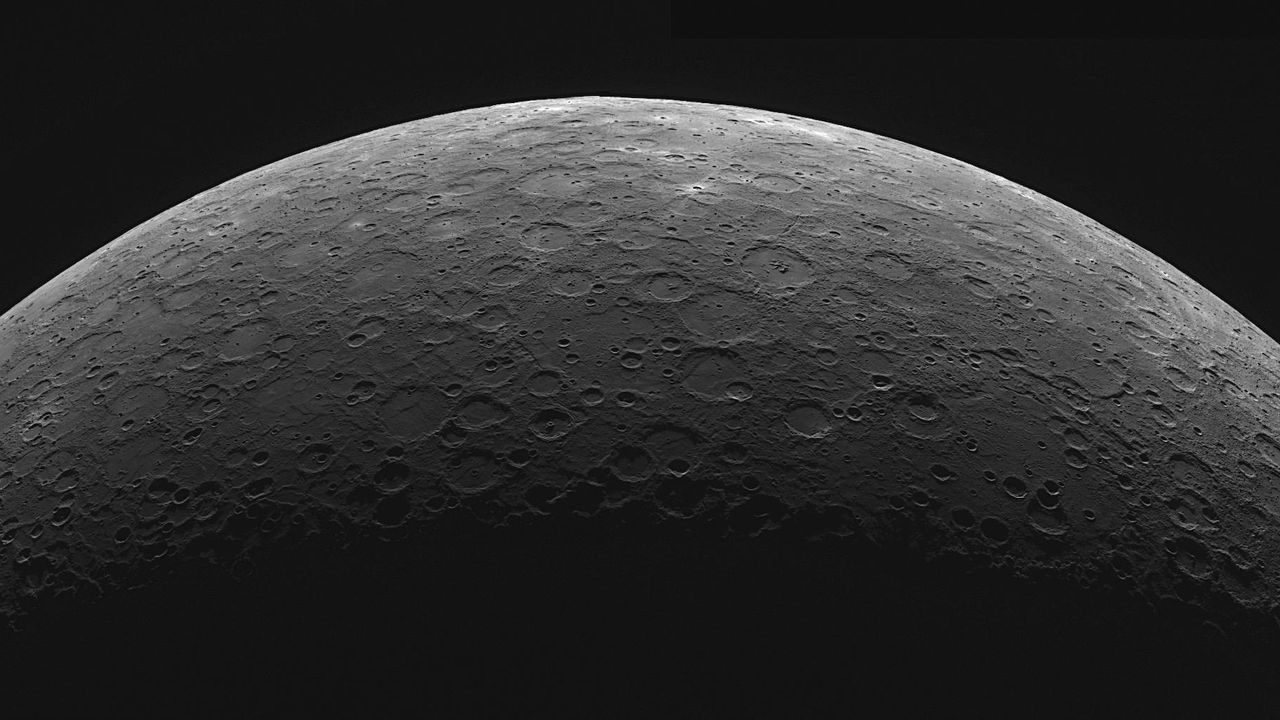

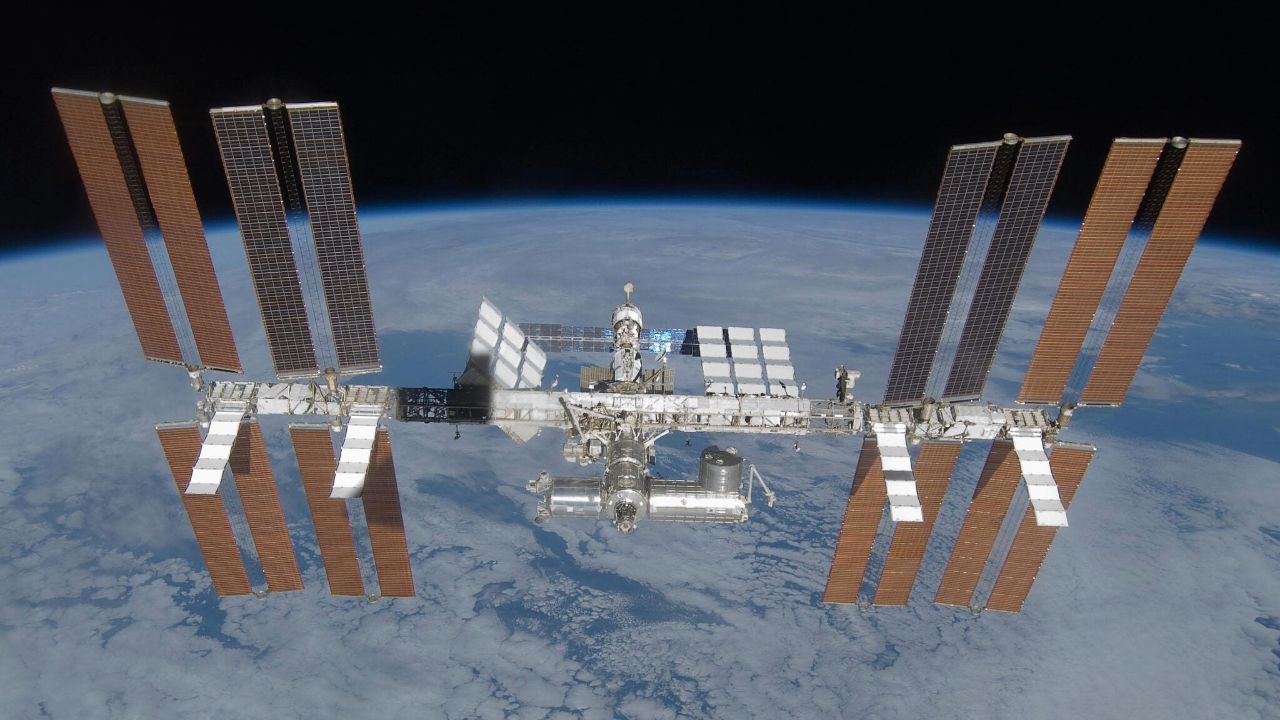



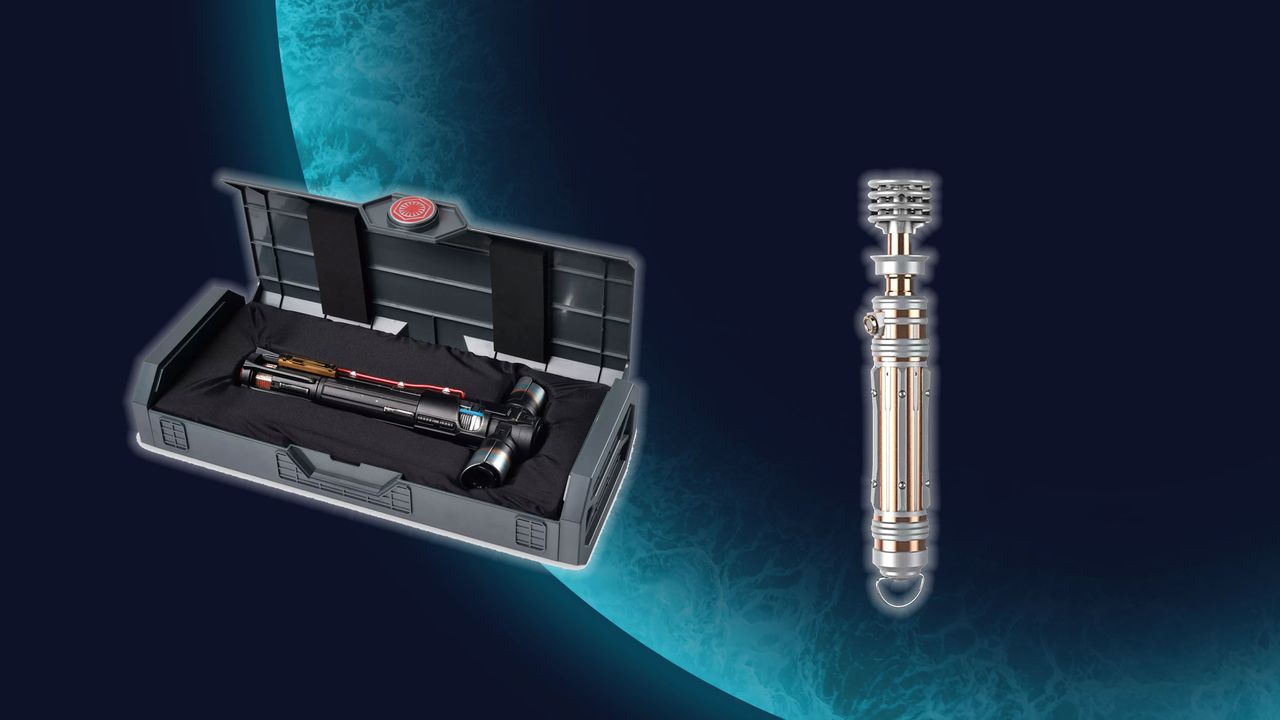







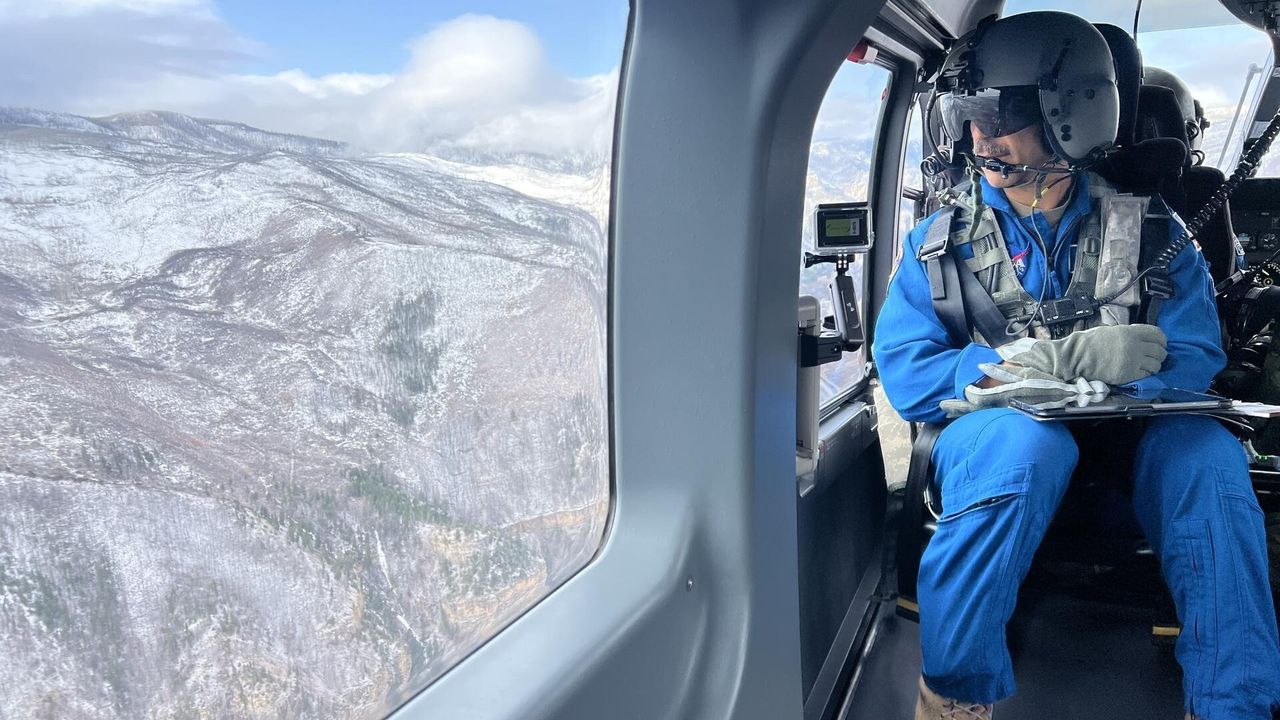

In this episode, Astronomy magazine Editor Emeritus Dave Eicher invites you to head out during the early morning hours the first week of September. It’s then when you’ll see the brilliant planet Venus pass by the Beehive Cluster, which lies in the constellation Cancer the Crab. Venus will be easy to spot but if twilight has started,Continue reading "This Week in Astronomy with Dave Eicher: Venus and the Beehive"
The post This Week in Astronomy with Dave Eicher: Venus and the Beehive appeared first on Astronomy Magazine.
Humanity is obsessed with astronomical record keeping. The Babylonians compiled their first listing of the stars in the 12th century b.c.e. Around 1000 b.c.e., they followed it with an expanded catalog that includes familiar constellations and star clusters, as well as motions of the Sun, the Moon, and the planets. The Mayans inscribed into stoneContinue reading "An introduction to common astronomical catalogs"
The post An introduction to common astronomical catalogs appeared first on Astronomy Magazine.
Cepheid variables are some of the most well-known variable stars in the sky, responsible for helping astronomers accurately measure cosmic distances and famously clueing Edwin Hubble in to the fact that the Andromeda Galaxy was far beyond the Milky Way. So, tonight let’s begin September by finding the Cepheid variable that started it all: DeltaContinue reading "The Sky Today on Monday, September 1: Observe Delta Cephei"
The post The Sky Today on Monday, September 1: Observe Delta Cephei appeared first on Astronomy Magazine.


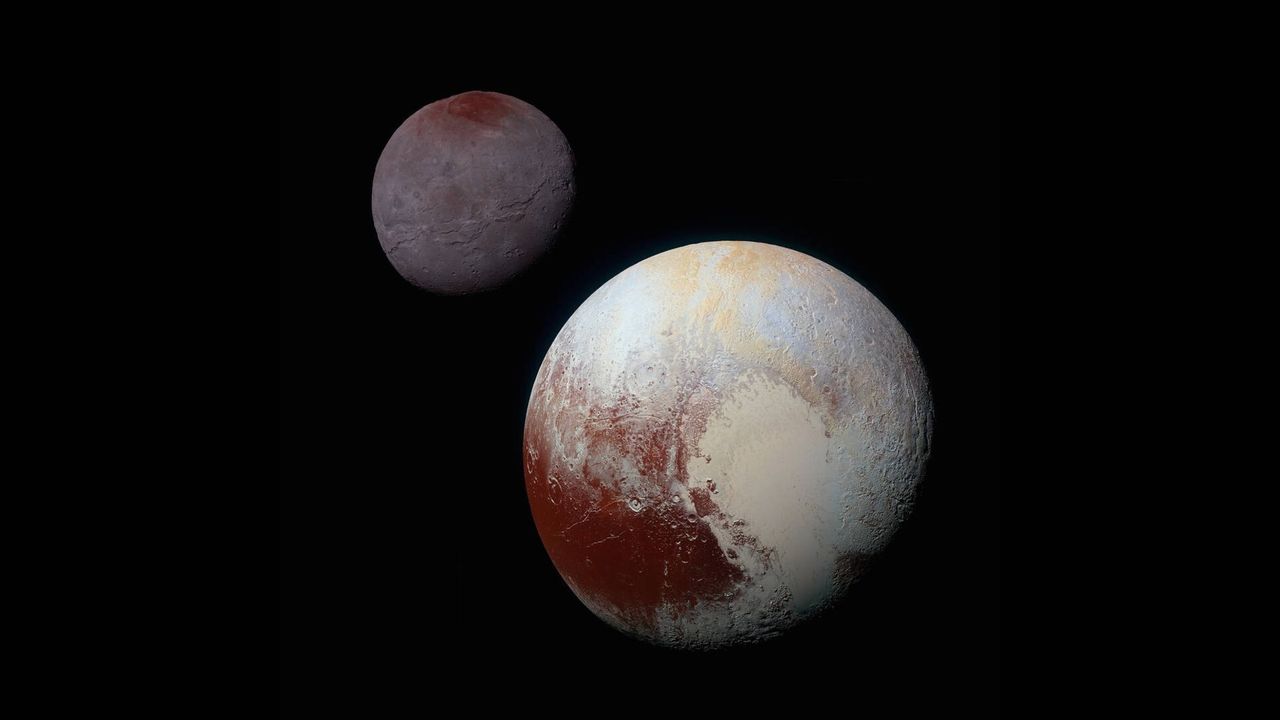



On Sept. 1, 1804, German astronomer Karl Ludwig Harding peered through a 5-centimeter refracting telescope at a private observatory near Bremen, and discovered a celestial body he named Juno. Harding was part of the so-called Celestial Police. This group of astronomers had dedicated themselves to the search for the “missing planet” that the Titius-Bode lawContinue reading "Sept. 1, 1804: Karl Harding spots 3 Juno"
The post Sept. 1, 1804: Karl Harding spots 3 Juno appeared first on Astronomy Magazine.
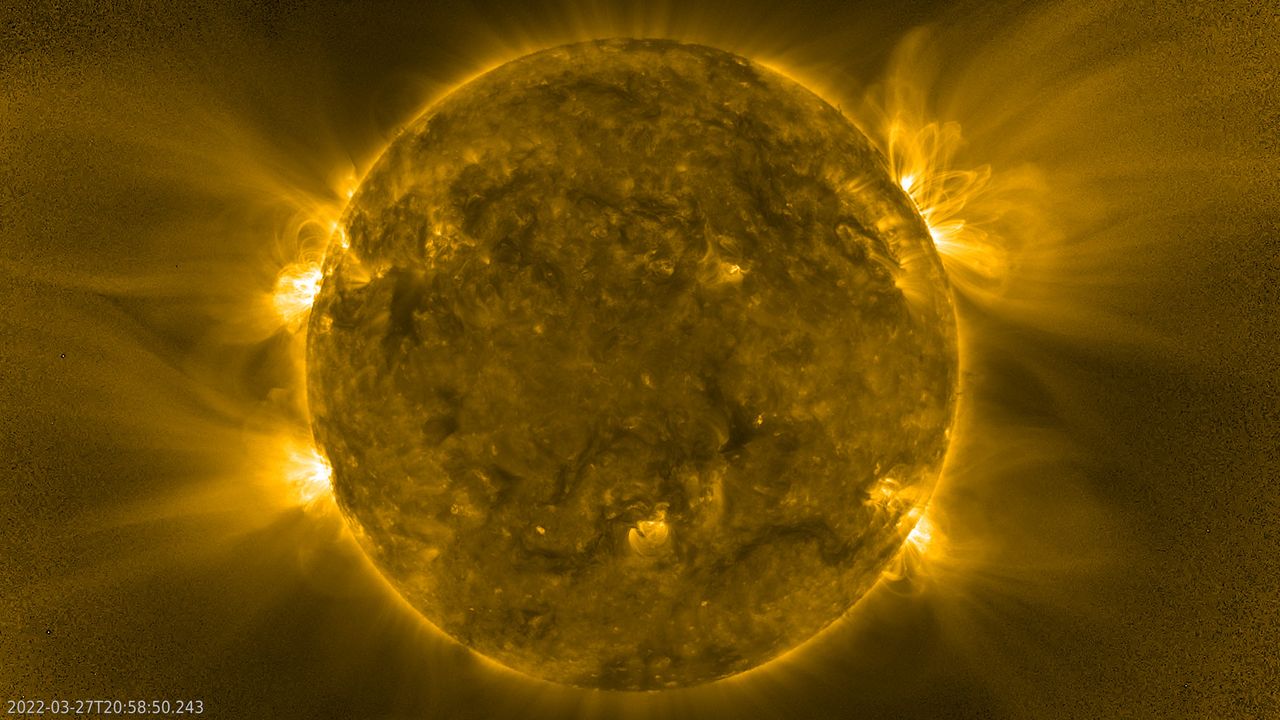



September’s sky is rich with opportunities. Titan’s shadow continues to transit Saturn. The ringed planet reaches opposition along with Neptune, with both worlds in the same region of the sky. Mars is descending toward solar conjunction. Uranus is a fine binocular target, while Jupiter dominates the early morning. Venus starts the month near M44, thenContinue reading "September 2025: What’s in the sky this month? Saturn and Neptune reach opposition, as Jupiter and Venus greet the dawn"
The post September 2025: What’s in the sky this month? Saturn and Neptune reach opposition, as Jupiter and Venus greet the dawn appeared first on Astronomy Magazine.
The evening sky boasts two naked-eye planets. Start your night’s viewing with ruddy Mars, which lies in the west as darkness falls. It treks eastward against the backdrop of Virgo, passing 2° north of the Maiden’s brightest star, 1st-magnitude Spica, on Sept. 12. The Red Planet shines at magnitude 1.6, slightly fainter than the blue-whiteContinue reading "September 2025: What’s in the Southern Hemisphere sky this month?"
The post September 2025: What’s in the Southern Hemisphere sky this month? appeared first on Astronomy Magazine.
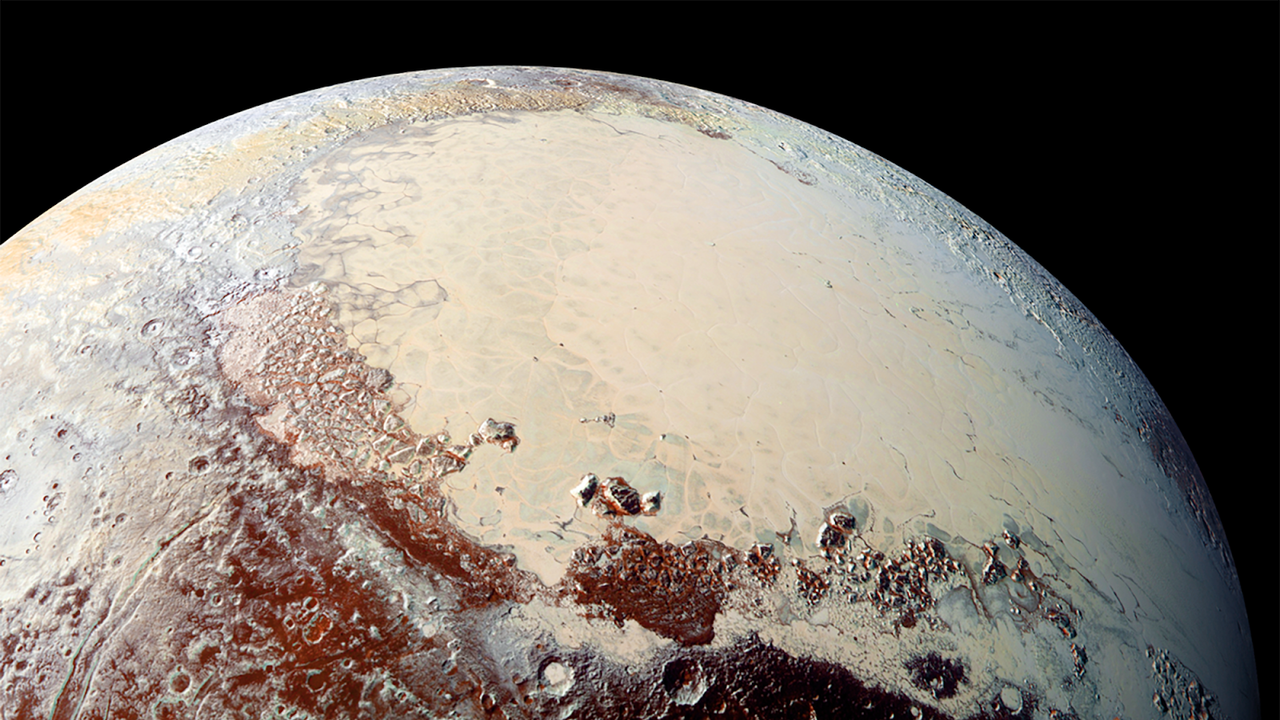

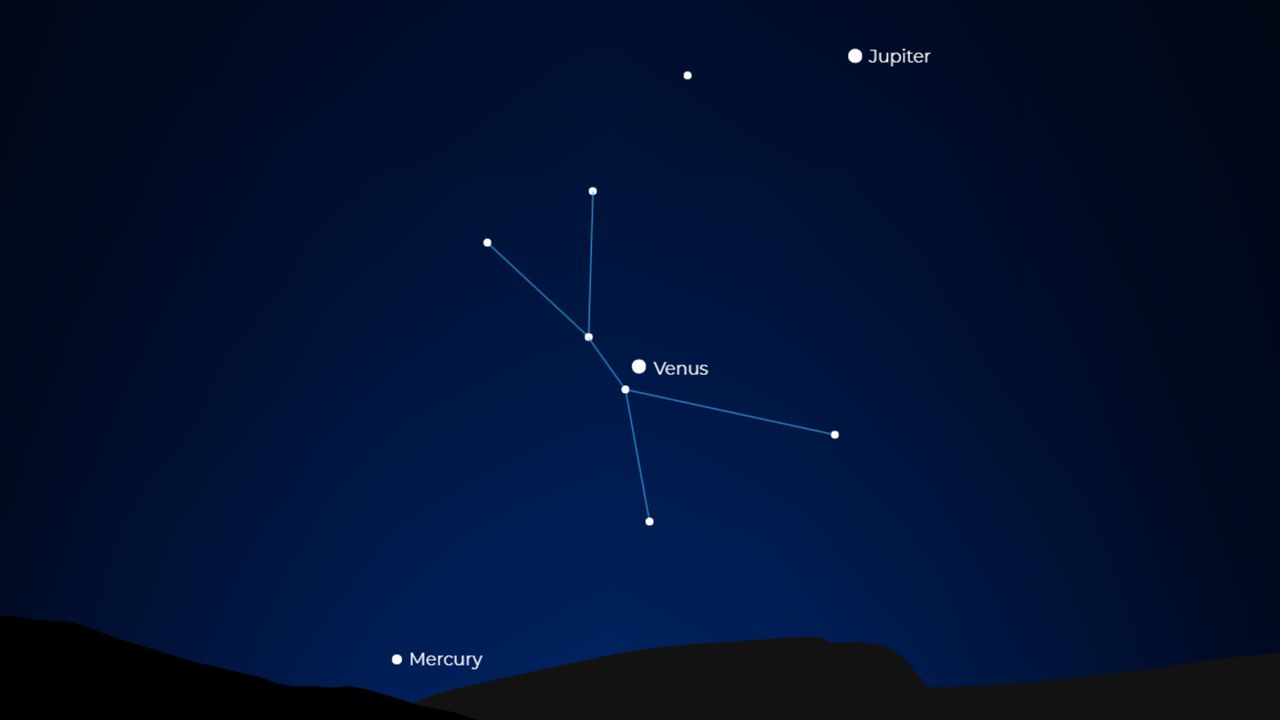

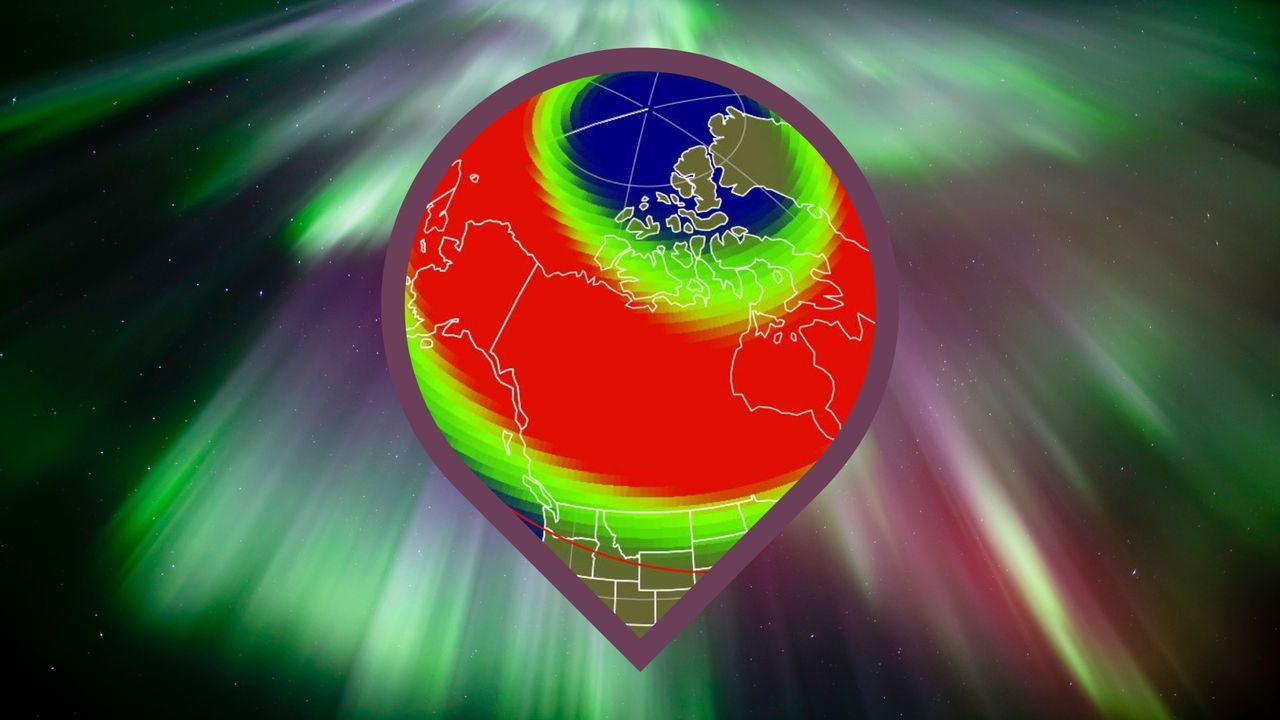



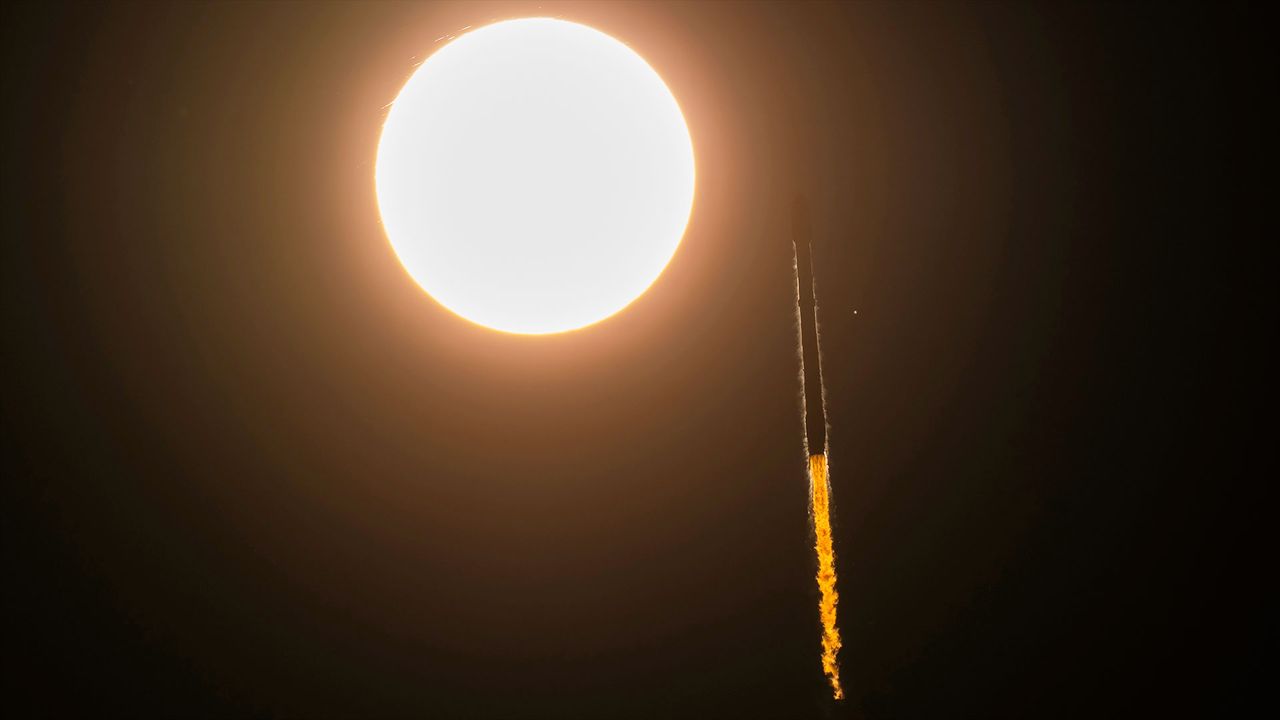

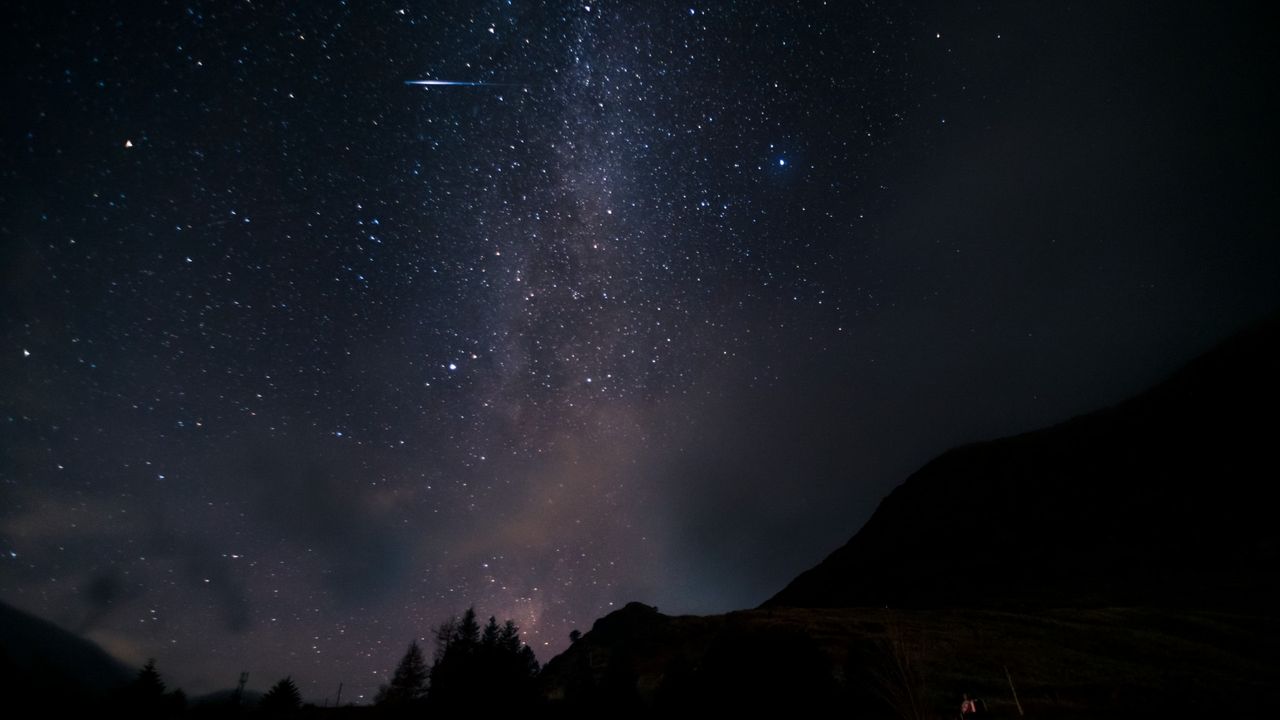

On Aug. 31, 1913, Alfred Charles Bernard Lovell was born in England. When he was 15, a school trip to hear a lecture on electricity prompted a keen interest in science and math, and Lovell would go on to study physics at Bristol University. He graduated with honors in 1934 and finished his Ph.D. onlyContinue reading "Aug. 31, 1913: Birth of Bernard Lovell"
The post Aug. 31, 1913: Birth of Bernard Lovell appeared first on Astronomy Magazine.
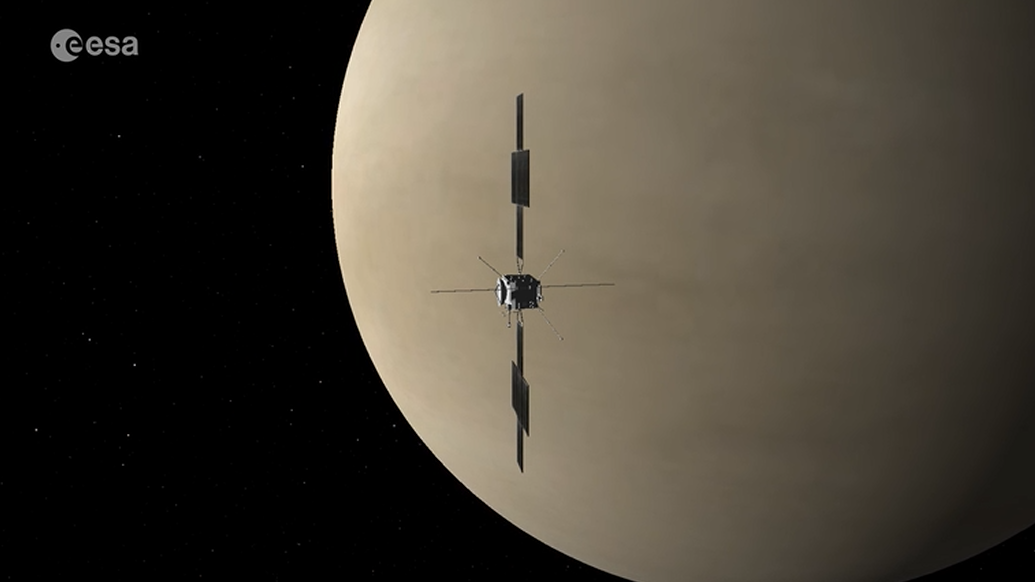

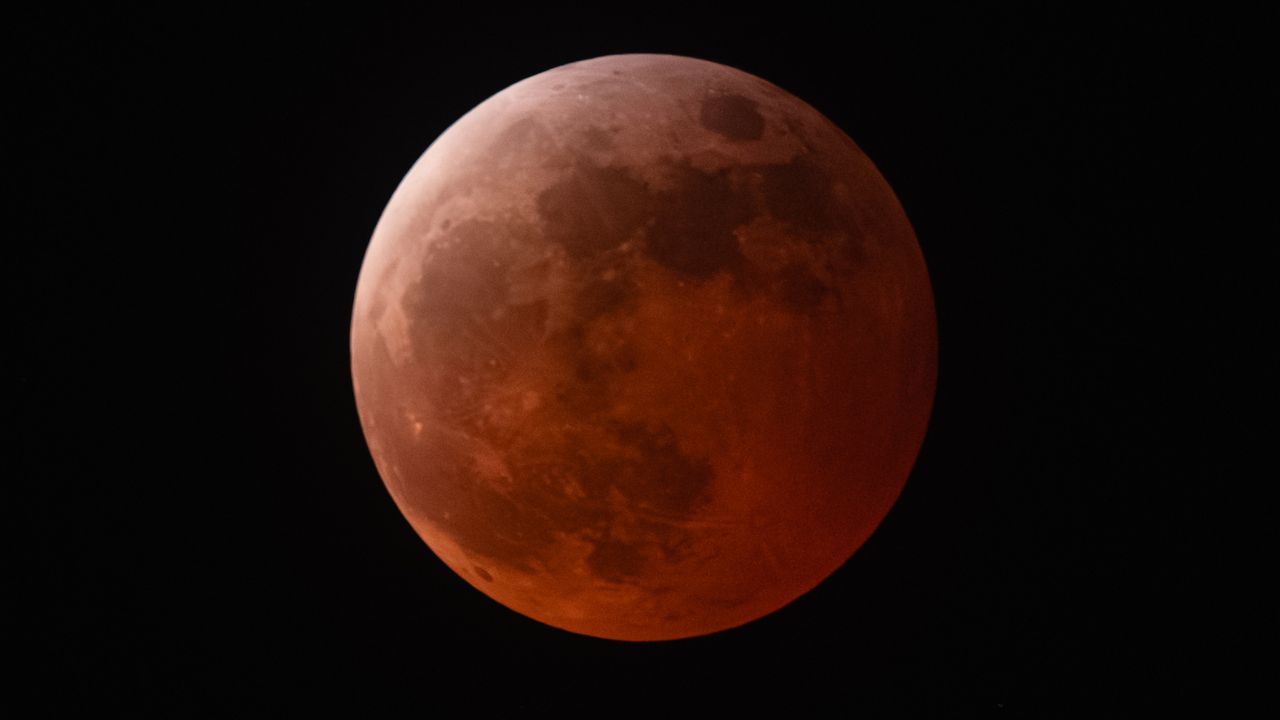

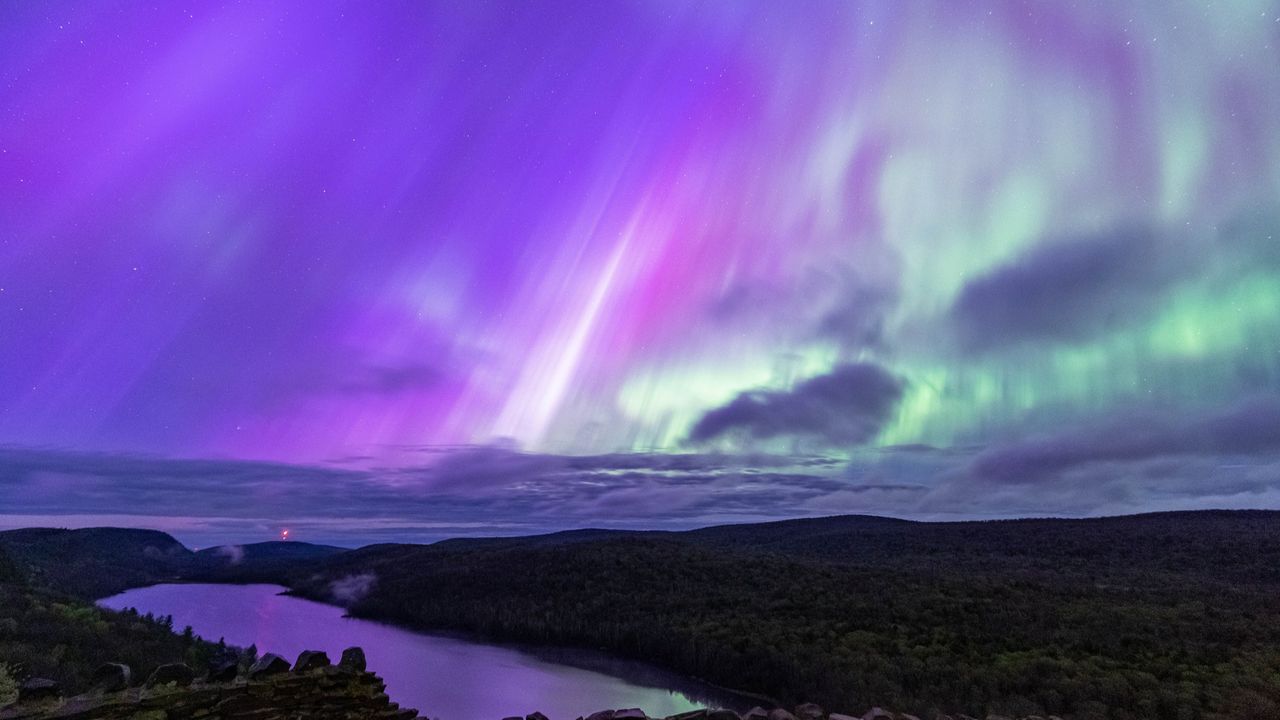

Bright Venus hangs near the lovely Beehive Cluster (M44) in Cancer this morning. Both rise more than two hours before the Sun and reach nearly 20° high in the east an hour before sunrise. Venus shines at magnitude –3.9, a blazing beacon just 1.4° southwest (to the upper right) of the Beehive. At magnitude 3.1,Continue reading "The Sky Today on Sunday, August 31: Venus hangs with the Beehive"
The post The Sky Today on Sunday, August 31: Venus hangs with the Beehive appeared first on Astronomy Magazine.


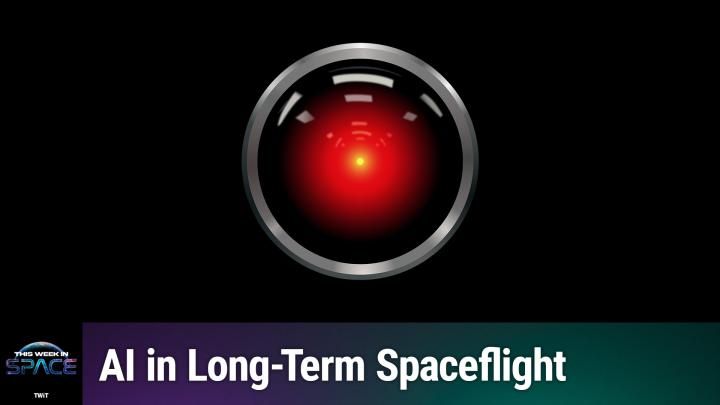

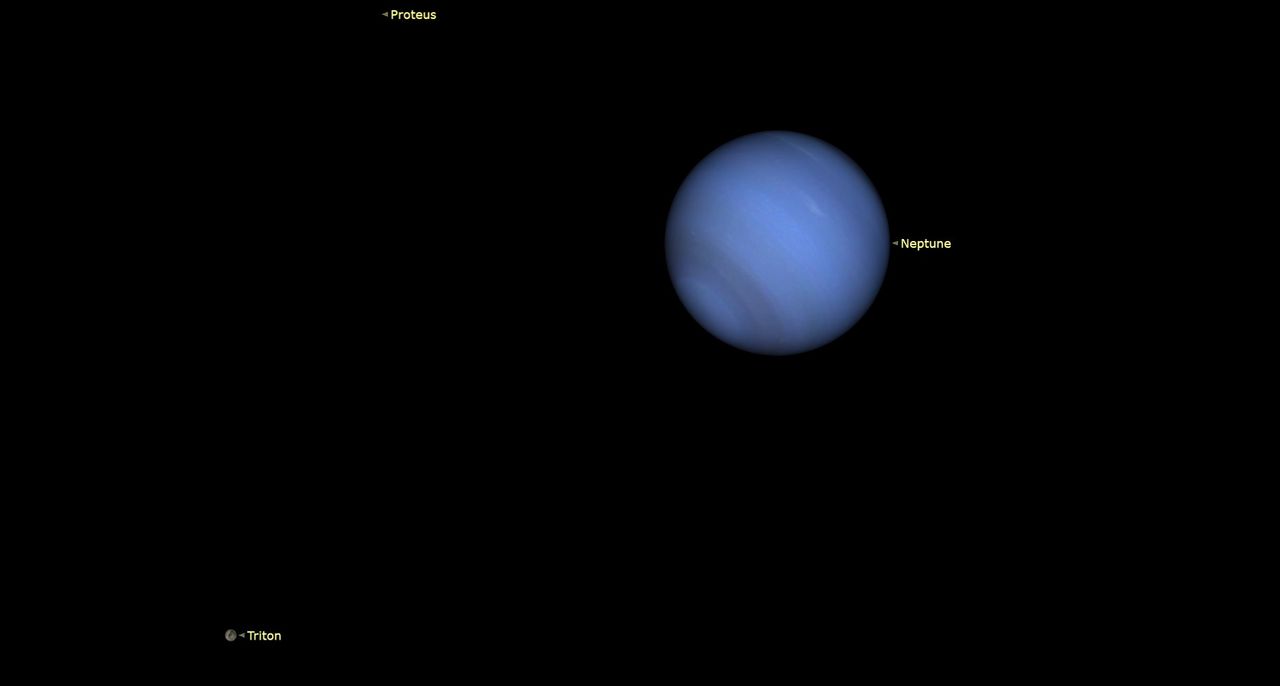



The third member of NASA’s space shuttle program, Discovery had a fraught journey to its launch. First, a test in June of 1984 found a flaw in the thermal shield; then a launch scheduled for later the same month was delayed due to a computer failure. Attempt No. 2 was halted only four seconds beforeContinue reading "Aug. 30, 1984: Space Shuttle Discovery launches"
The post Aug. 30, 1984: Space Shuttle Discovery launches appeared first on Astronomy Magazine.
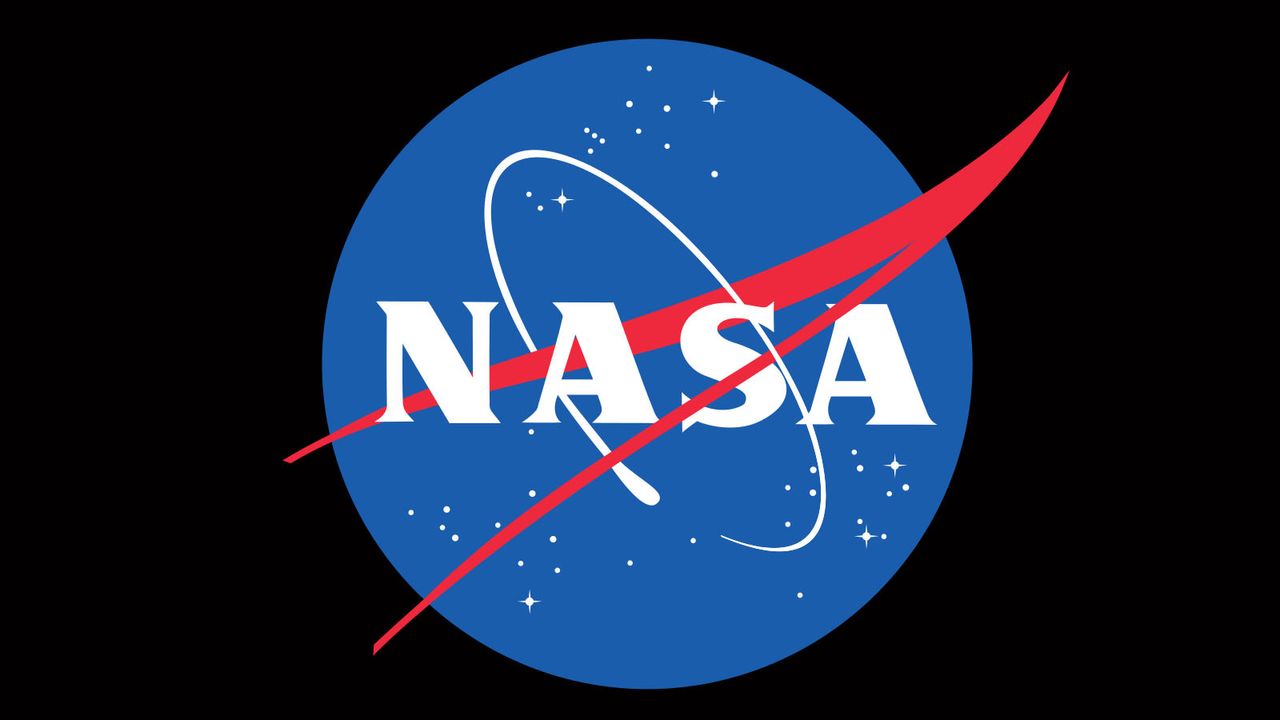

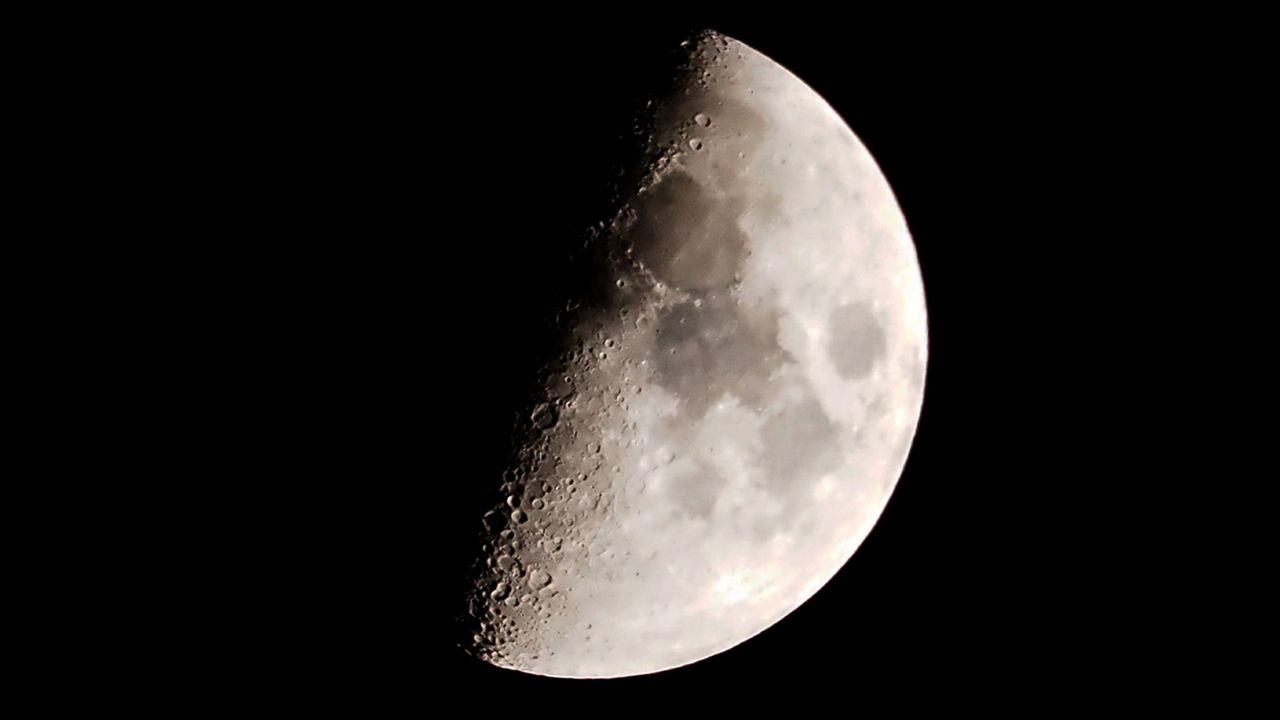

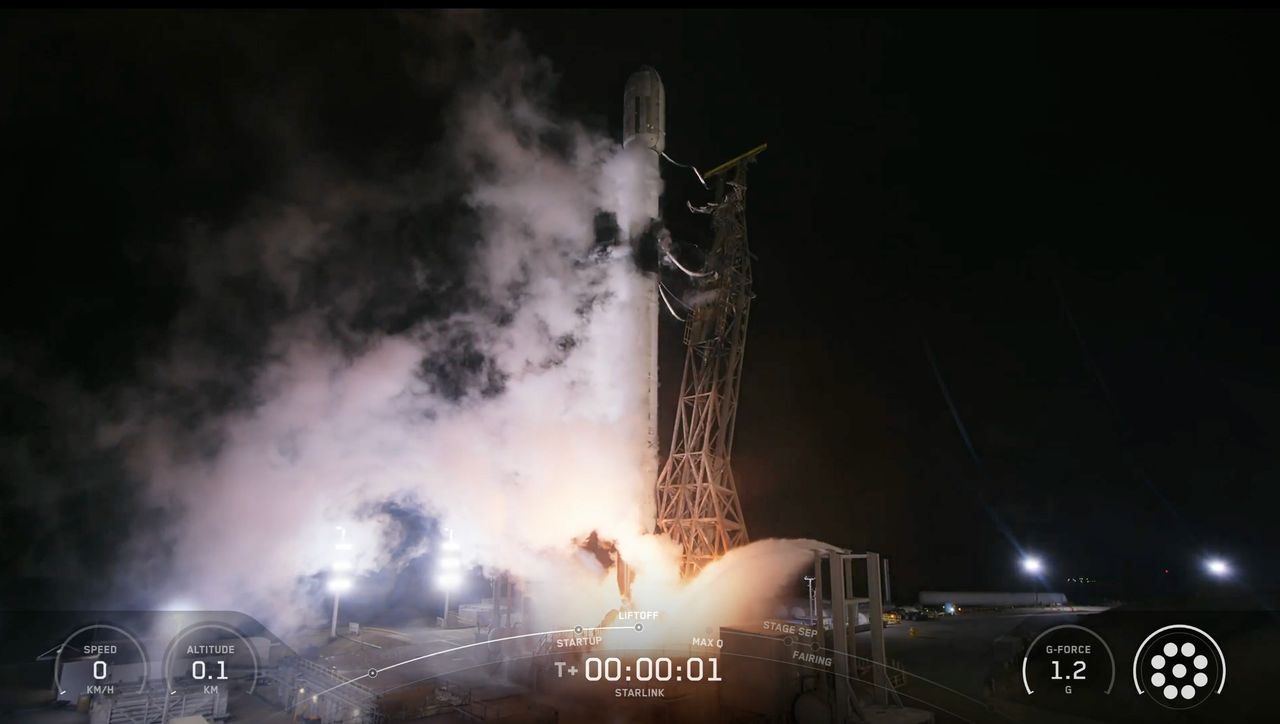

Saturn’s moon Iapetus reaches greatest western elongation today, now located 9.5’ west of the ringed planet. Iapetus has two vastly different hemispheres, one light and one dark. As the moon orbits Saturn, it slowly rotates so that one and then the other side faces us, with its brightness varying vastly depending on which region isContinue reading "The Sky Today on Saturday, August 30: Iapetus reaches western elongation"
The post The Sky Today on Saturday, August 30: Iapetus reaches western elongation appeared first on Astronomy Magazine.
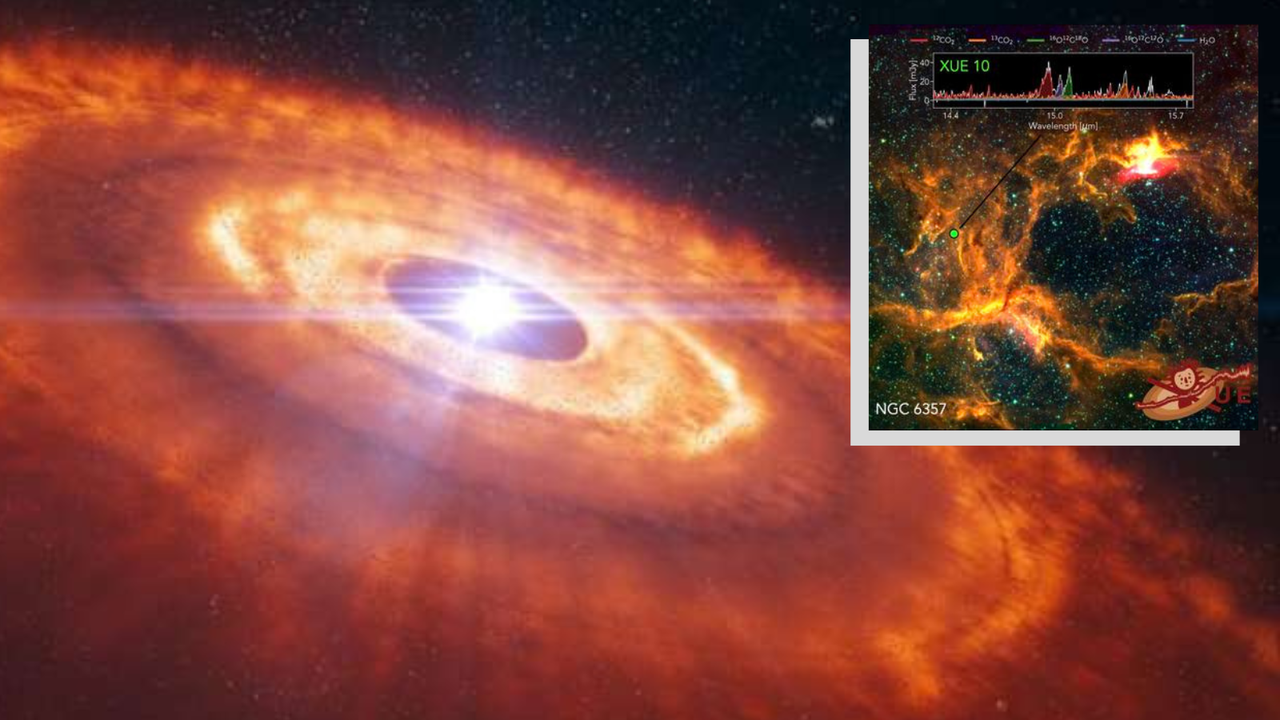

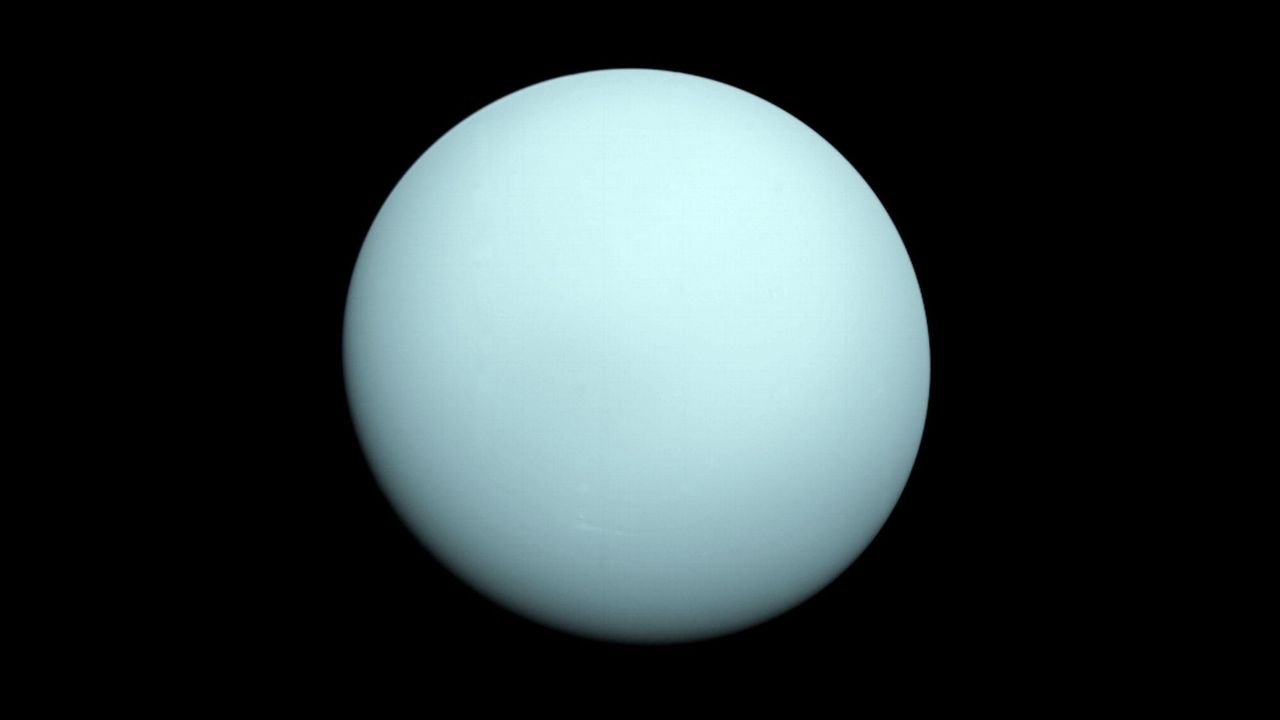



On Saturday, September 20, an ambitious project will be announced and celebrated in Animas, New Mexico, which lies near the Arizona border. And you’re invited. Dubbed “Lunar Base Alpha,” it will replicate the lunar landscape and feature rovers conducting science experiments and habitats that you’ll be able to stay in. The initial project will coverContinue reading "Experience the Moon on Earth"
The post Experience the Moon on Earth appeared first on Astronomy Magazine.
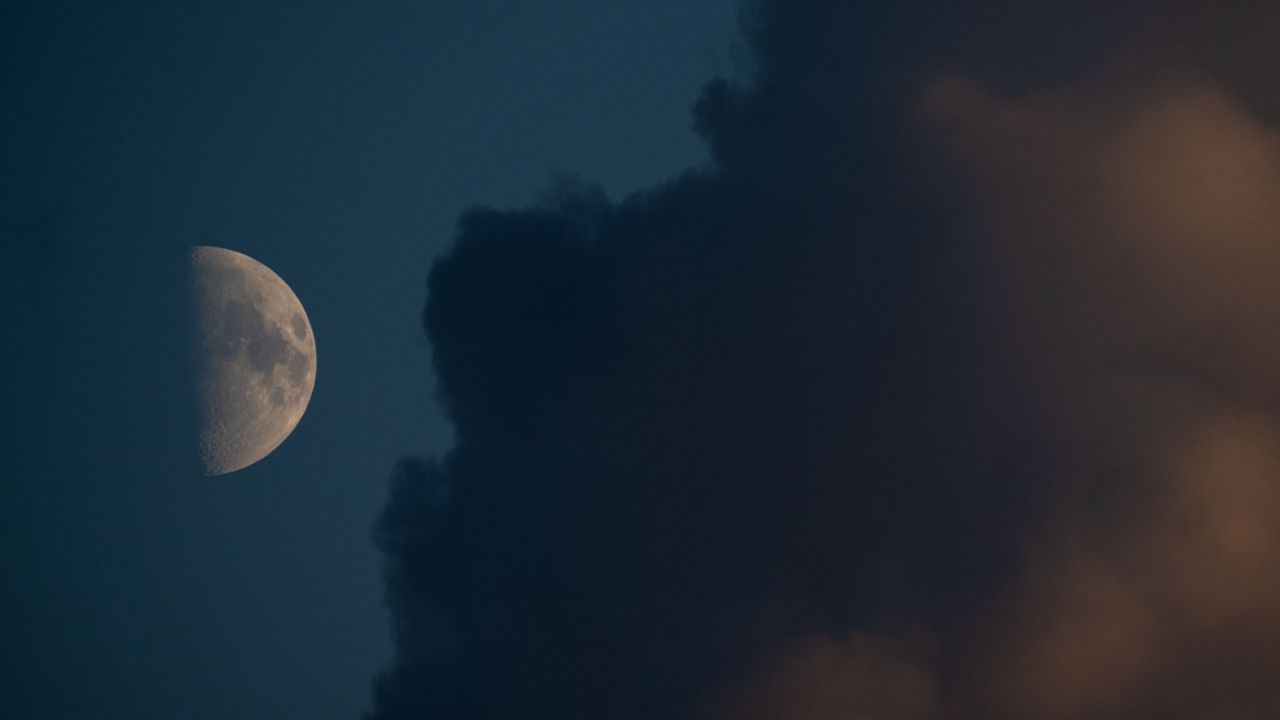







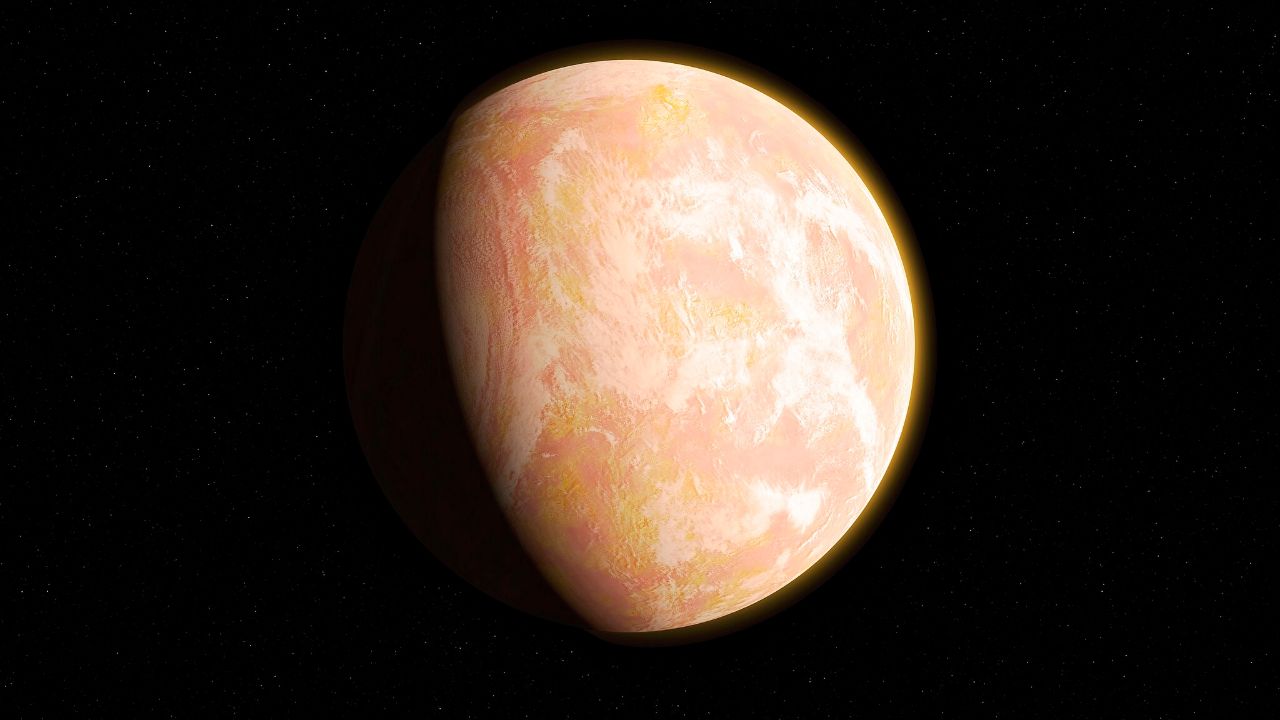

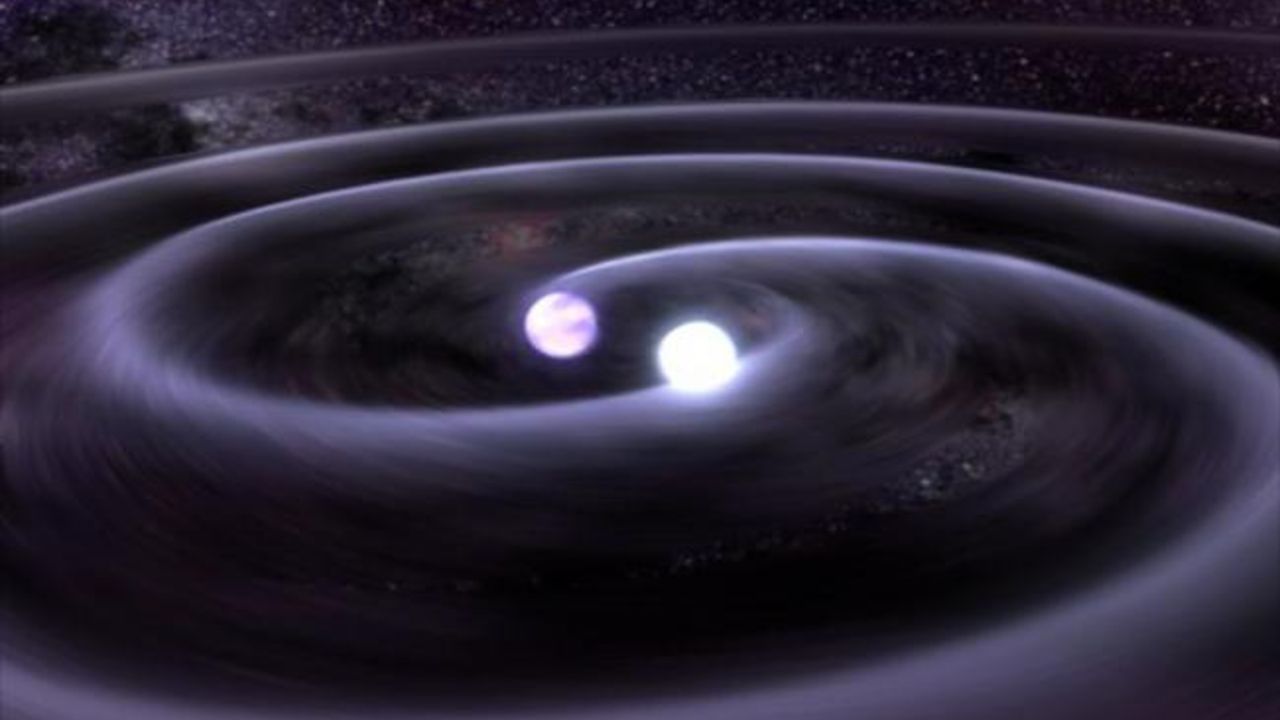



The first light from the explosion that was the death of a massive star in the nearby Large Magellanic Cloud reached Earth on Feb. 23, 1987. Supernova 1987A’s proximity gave astronomers unprecedented access into the final stages of stellar life, and in 1990, the Hubble Space Telescope began taking high-res images of the former star.Continue reading "Aug. 29, 1990: Hubble sees Supernova 1987A clearly"
The post Aug. 29, 1990: Hubble sees Supernova 1987A clearly appeared first on Astronomy Magazine.






Rodney Pommier, taken from Portland, Oregon Roughly 40 million years ago near the core of the spiral galaxy NGC 7331, a white dwarf star ended its life in a thermonuclear explosion. The light from that explosion was detected July 14 by the Gravitational-wave Optical Transient Observer project. This astroimager acquired the shot on the leftContinue reading "Spot the supernova"
The post Spot the supernova appeared first on Astronomy Magazine.
This evening Titan stands east of Saturn and Iapetus is far to the west, the latter approaching its greatest western elongation tomorrow. You can find the ringed planet already 15° high in the east at 10 P.M. local daylight time, continuing to rise until around 2:30 A.M., when it reaches the highest point in itsContinue reading "The Sky Today on Friday, August 29: Saturn’s moons line up"
The post The Sky Today on Friday, August 29: Saturn’s moons line up appeared first on Astronomy Magazine.
Sky This Week is brought to you in part by Celestron. Friday, August 29The waxing Moon lies in southern Libra tonight. Our satellite is quickly approaching Scorpius, where it will meet the Scorpion’s brightest star in just a few days. High in the southeast in the few hours after sunset is the small constellation SagittaContinue reading "The Sky This Week from August 29 to September 5: Saturn’s time to shine"
The post The Sky This Week from August 29 to September 5: Saturn’s time to shine appeared first on Astronomy Magazine.
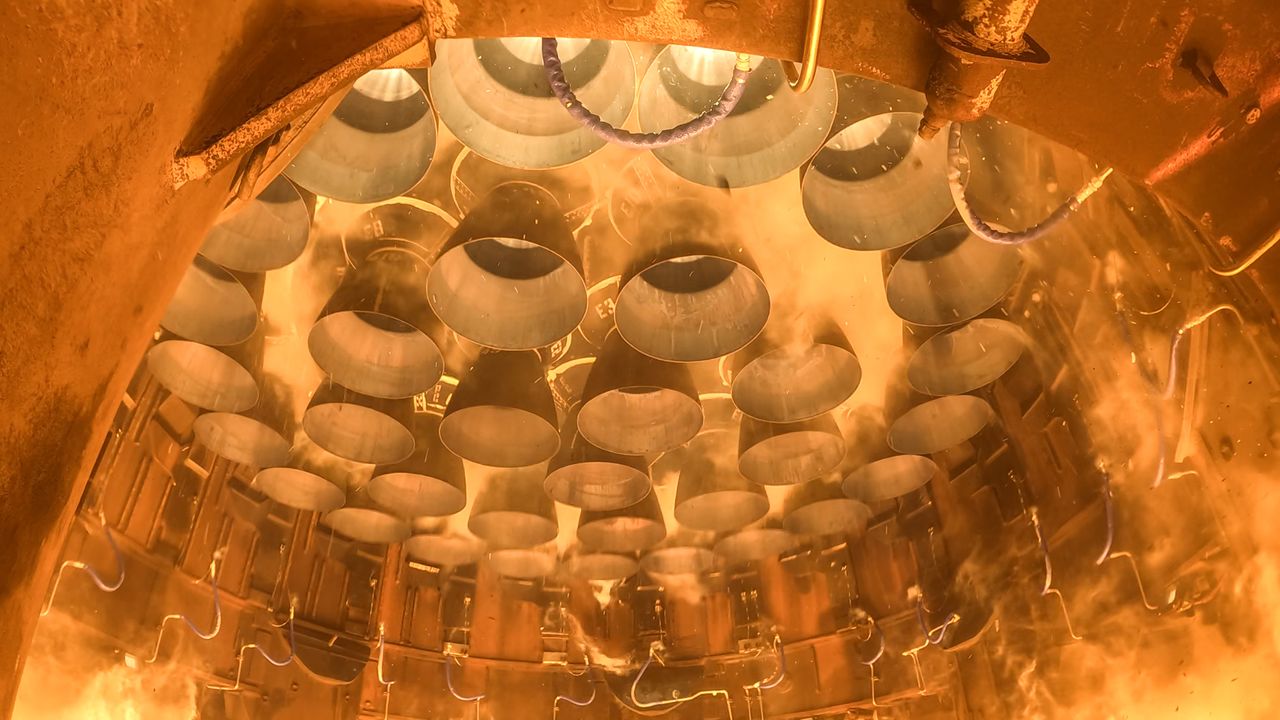





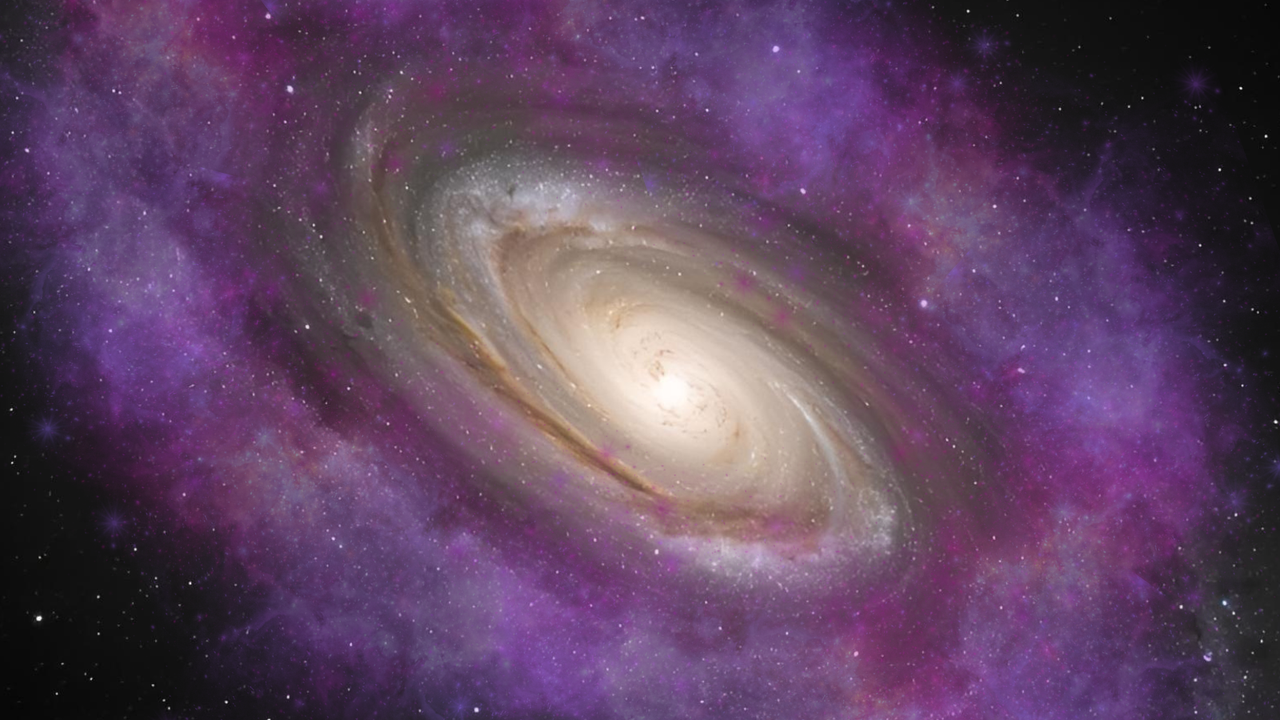

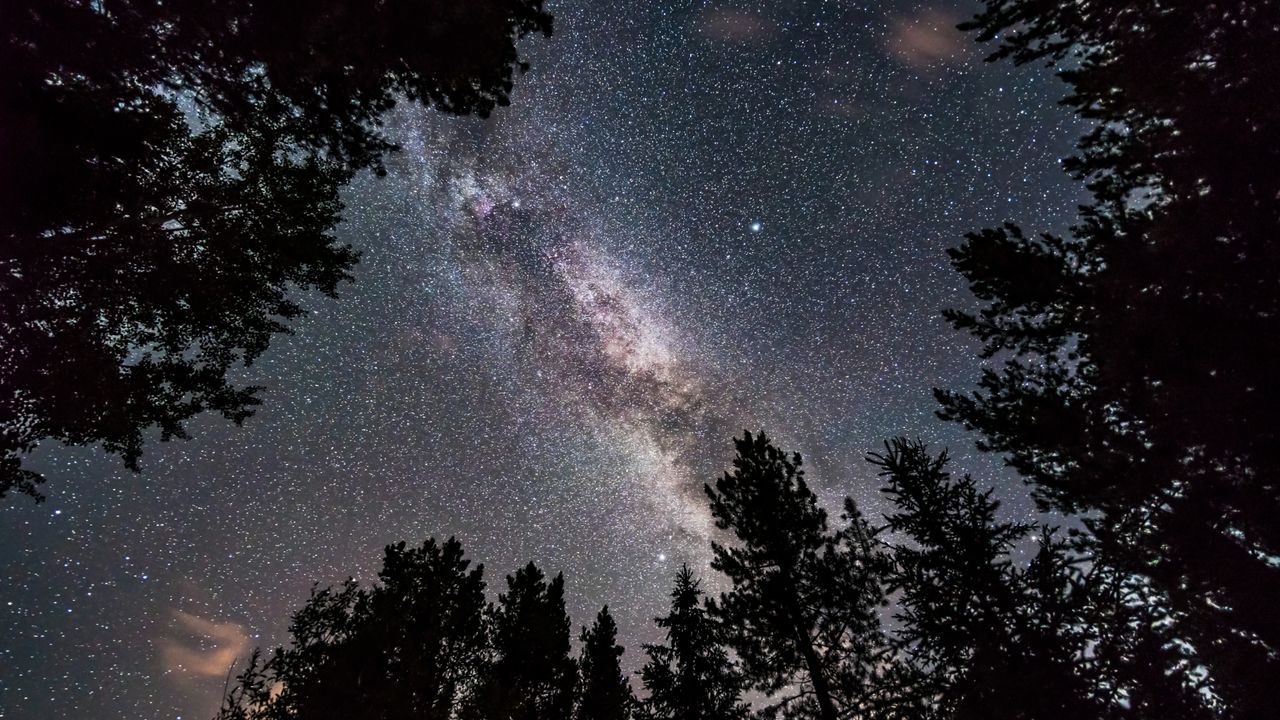

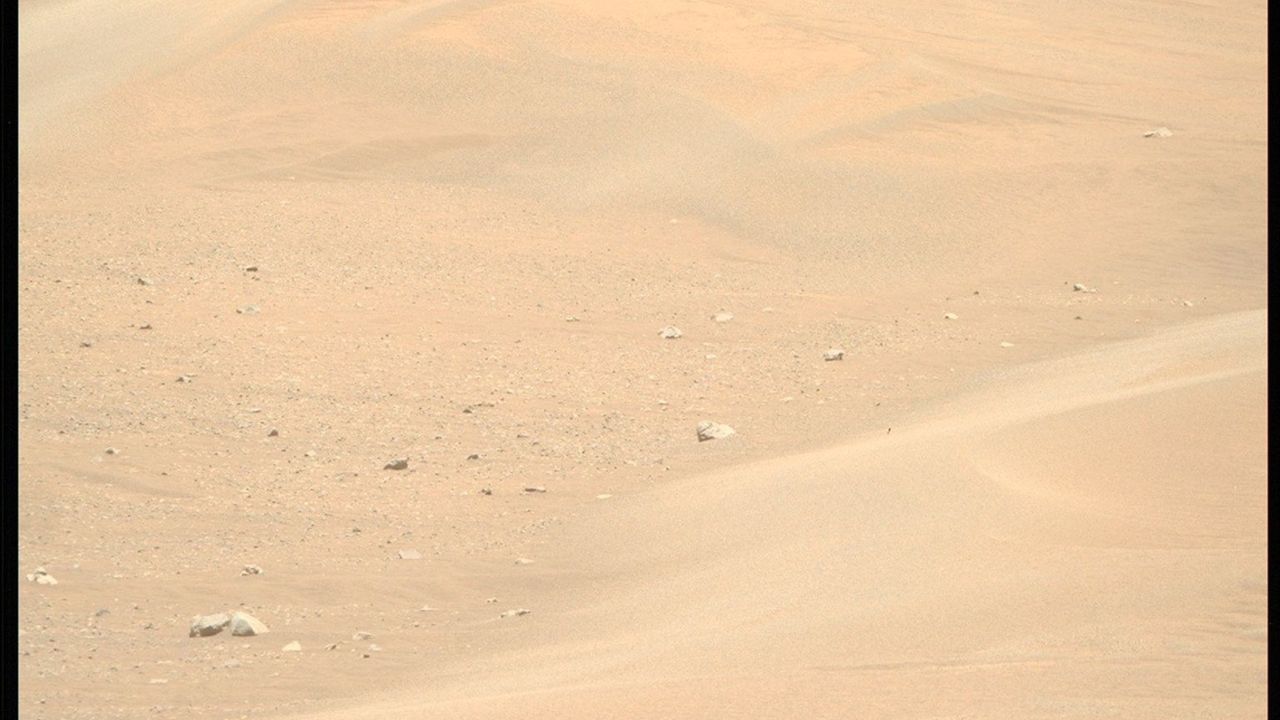

Patrick A. Cosgrove from Honeoye Falls, New York Sharpless 2–124 is a faint emission nebula located around 15,000 light-years away in Cygnus. This image reveals intricate filaments of dust crossing the bright central region, reminiscent of the Trifid Nebula (M20). The imager took 14.2 hours of SHO and LRGB data with a 2.8-inch f/5.6 astrograph.
The post Hidden no more appeared first on Astronomy Magazine.
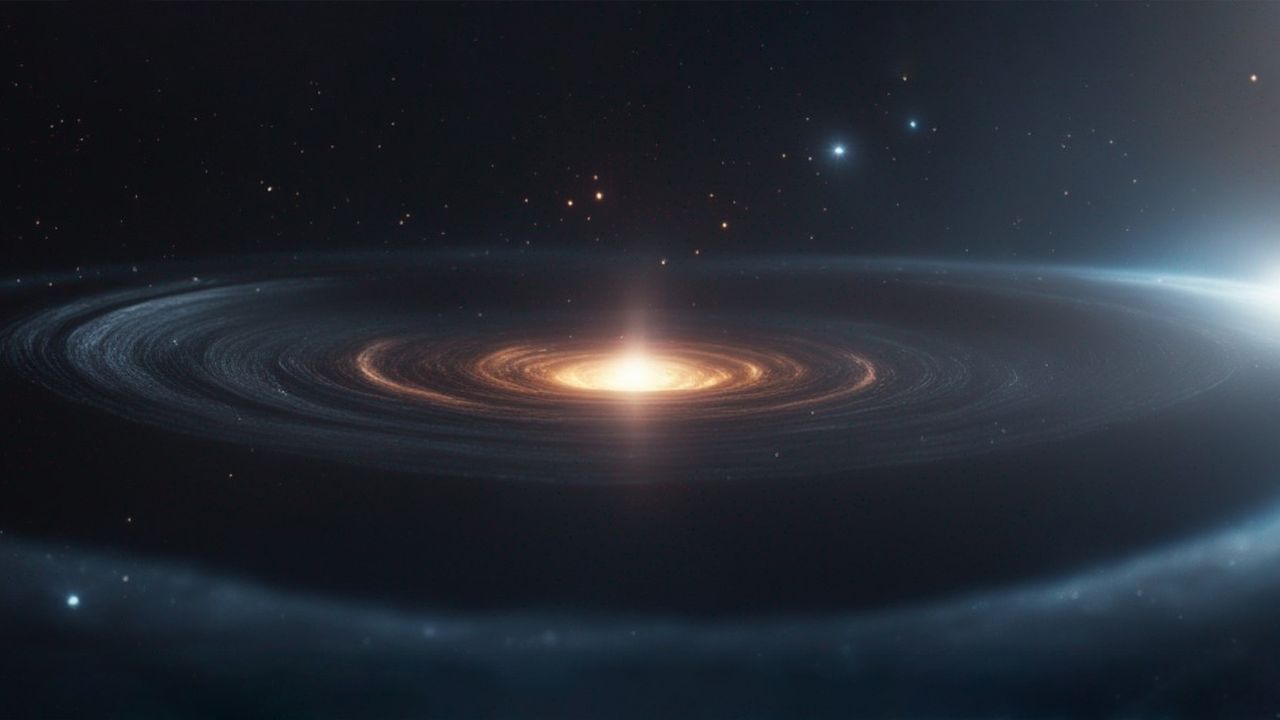

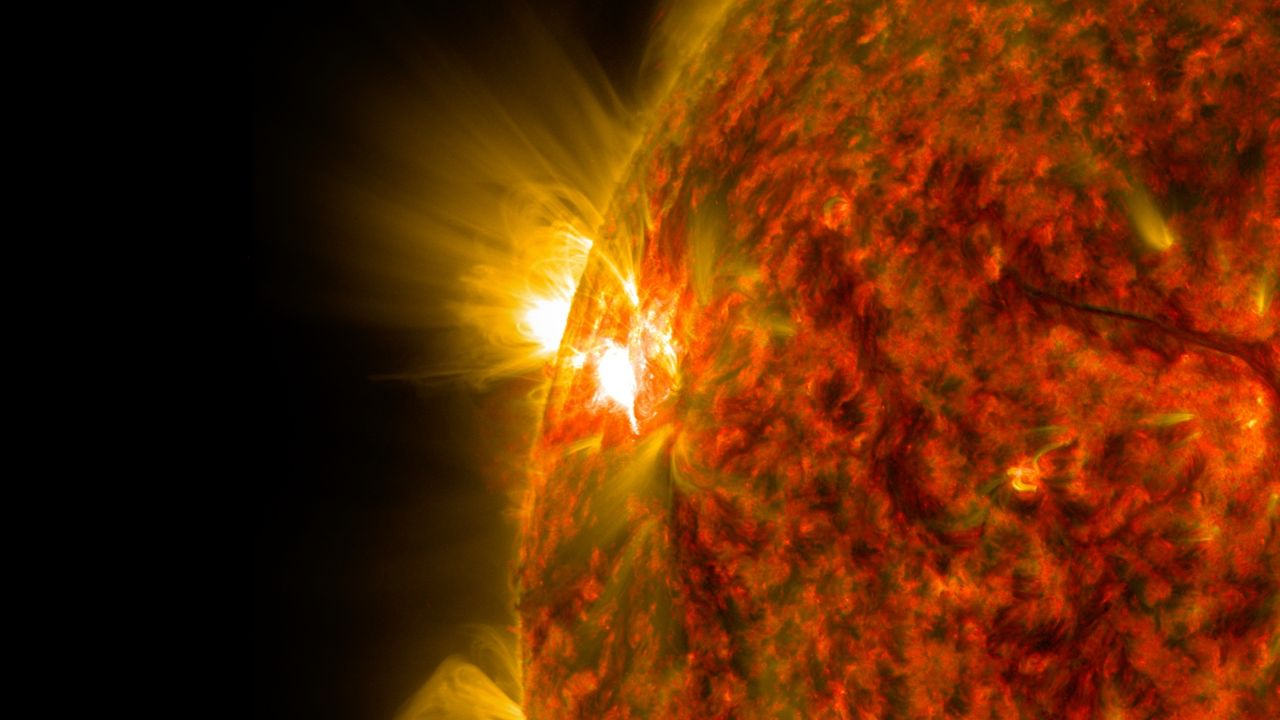

iAFS2 automatic focuser iOptronWoburn, MA The iAFS2 automatic focuser is designed to stay focused even after it is adjusted. It allows the user to control its movement three ways: by connecting to a computer, with affixed adjuster buttons, or with a manual focus wheel. The focuser also features a built-in temperature sensor and two USBContinue reading "Make summer last with these new astronomy products"
The post Make summer last with these new astronomy products appeared first on Astronomy Magazine.
A team of scientists claims a computational tool for studying black hole collisions could be our best bet for answering mysterious questions about the universe’s origins. In a new paper in Living Reviews in Relativity, they argue for applying a technique called numerical relativity to peer into the moment before the Big Bang. At itsContinue reading "Scientists seek to discover what came before the Big Bang"
The post Scientists seek to discover what came before the Big Bang appeared first on Astronomy Magazine.
The Northern Hemisphere’s summer is — by far — the best time to view our galaxy’s rich star fields. And it’s during summer that the spectacular Wild Duck Cluster flies through the Milky Way. German astronomer Gottfried Kirch discovered the Wild Duck Cluster in 1681. Messier made it his 11th catalog entry May 30, 1764,Continue reading "Michael’s Miscellany: Observe the Wild Duck Cluster"
The post Michael’s Miscellany: Observe the Wild Duck Cluster appeared first on Astronomy Magazine.
Engineers at NASA successfully tested key hardware for the Nancy Grace Roman Space Telescope in a crucial two-day sequence on Aug. 7 and 8, according to an Aug. 26 press release from the agency. In simulated space-like conditions, the team confirmed that the telescope’s four solar panels and a unique, visor-like sunshade will unfold asContinue reading "Watch as the Roman Space Telescope unfurls its solar panels and visor in successful test"
The post Watch as the Roman Space Telescope unfurls its solar panels and visor in successful test appeared first on Astronomy Magazine.
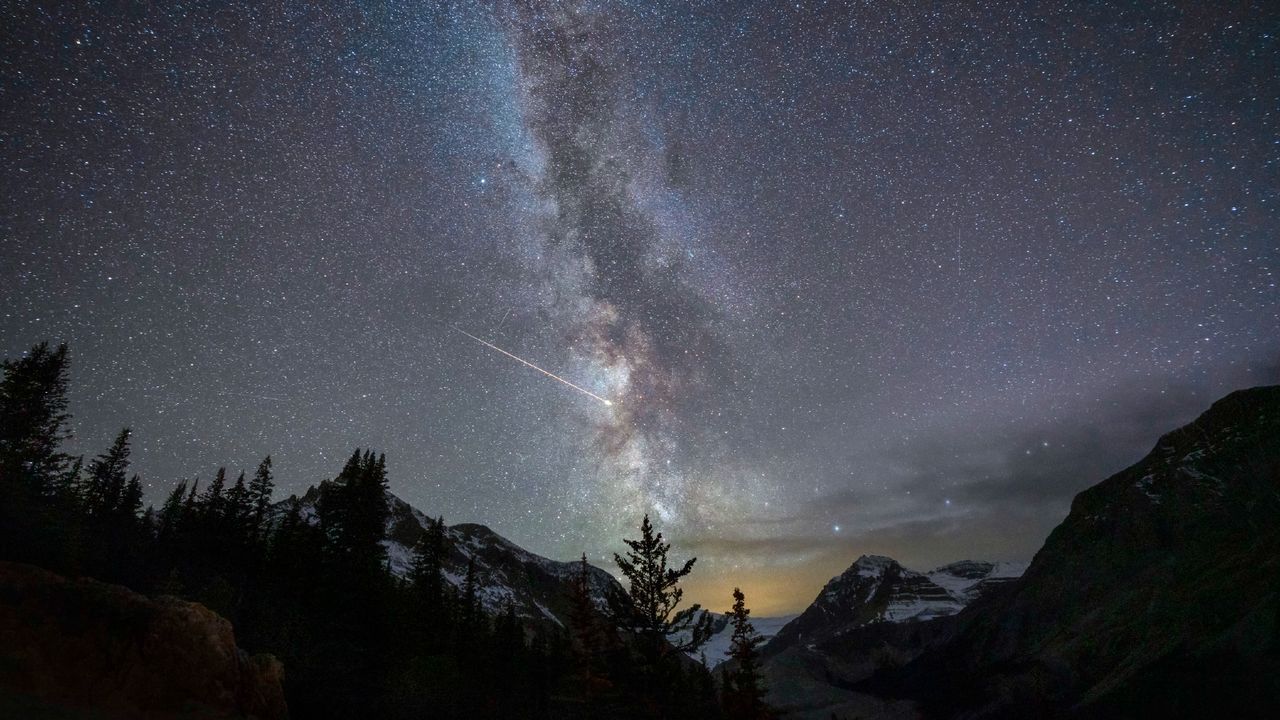

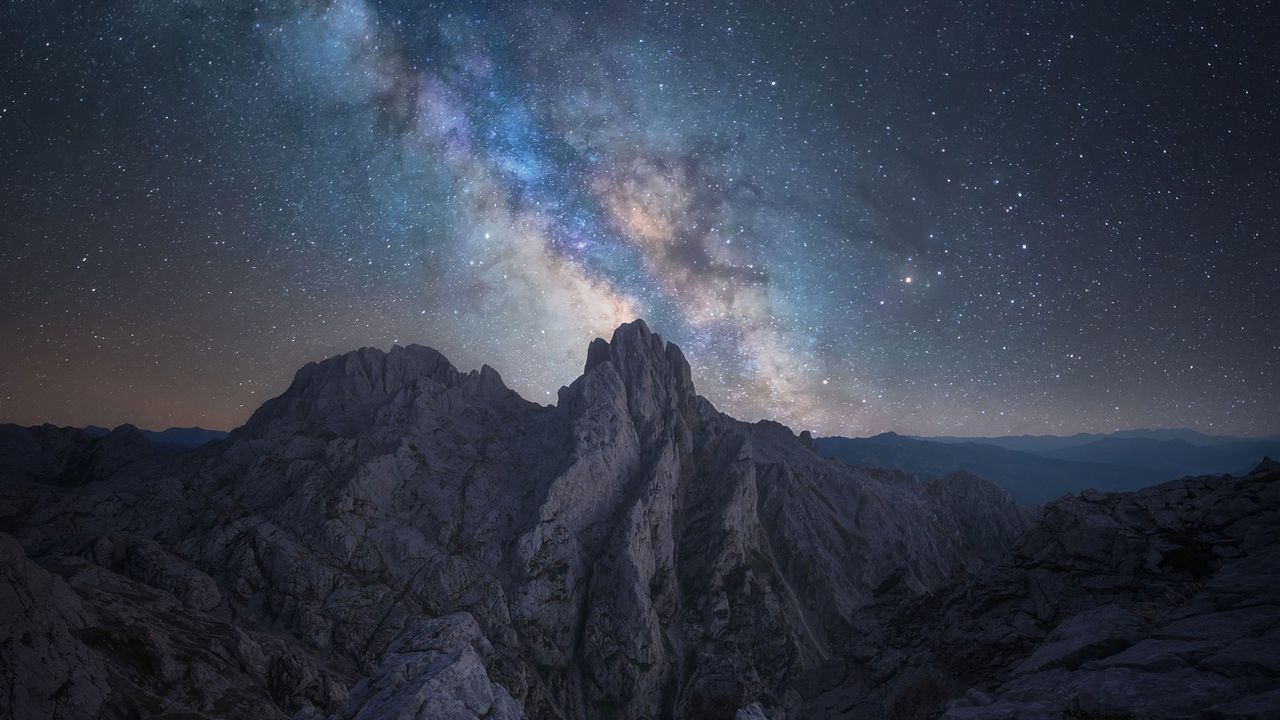

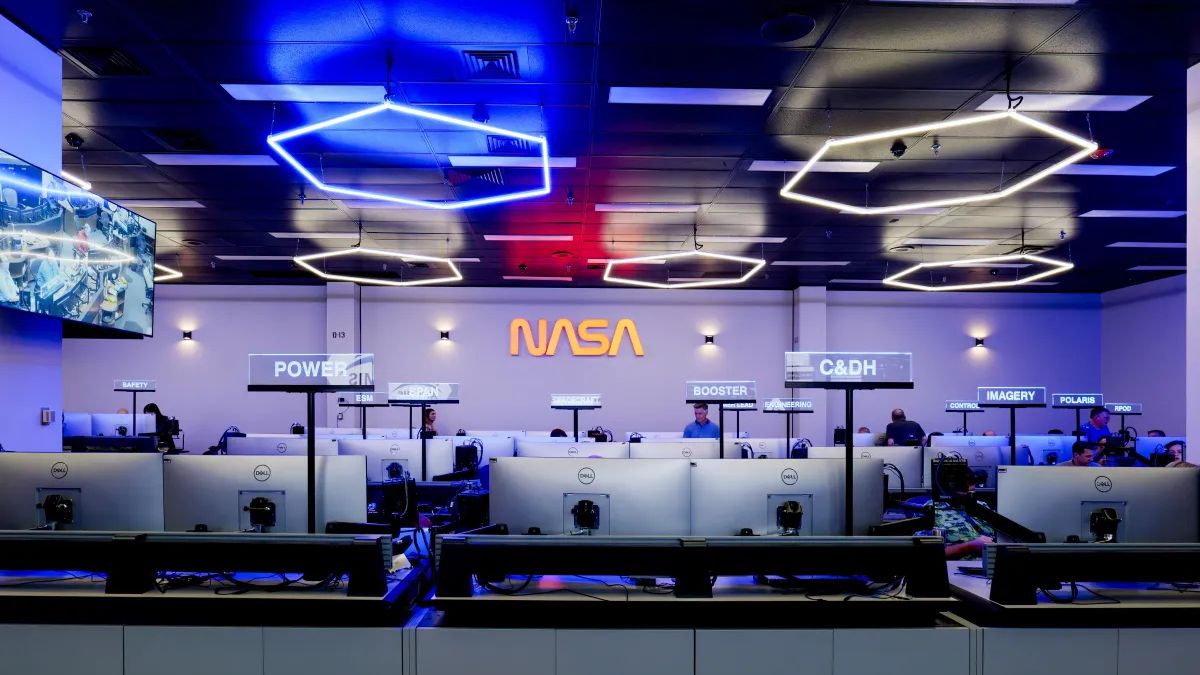

The space probe Galileo was launched in 1989 with the goal of studying Jupiter and its moons. On its way to the gas giant, it became the first spacecraft to do a flyby of an asteroid as it zoomed past 951 Gaspra on Oct. 29, 1991. Then, on Aug. 28, 1993, Galileo made its secondContinue reading "Aug. 28, 1993: An asteroid harbors a surprise"
The post Aug. 28, 1993: An asteroid harbors a surprise appeared first on Astronomy Magazine.


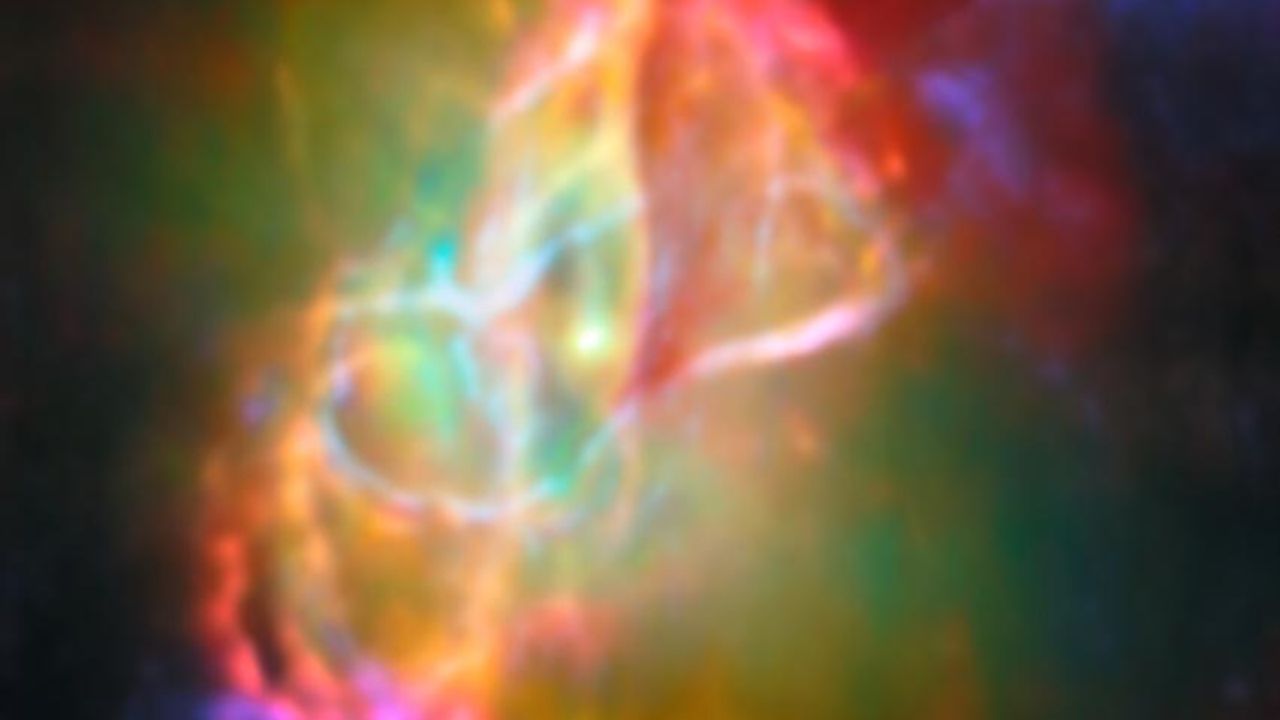



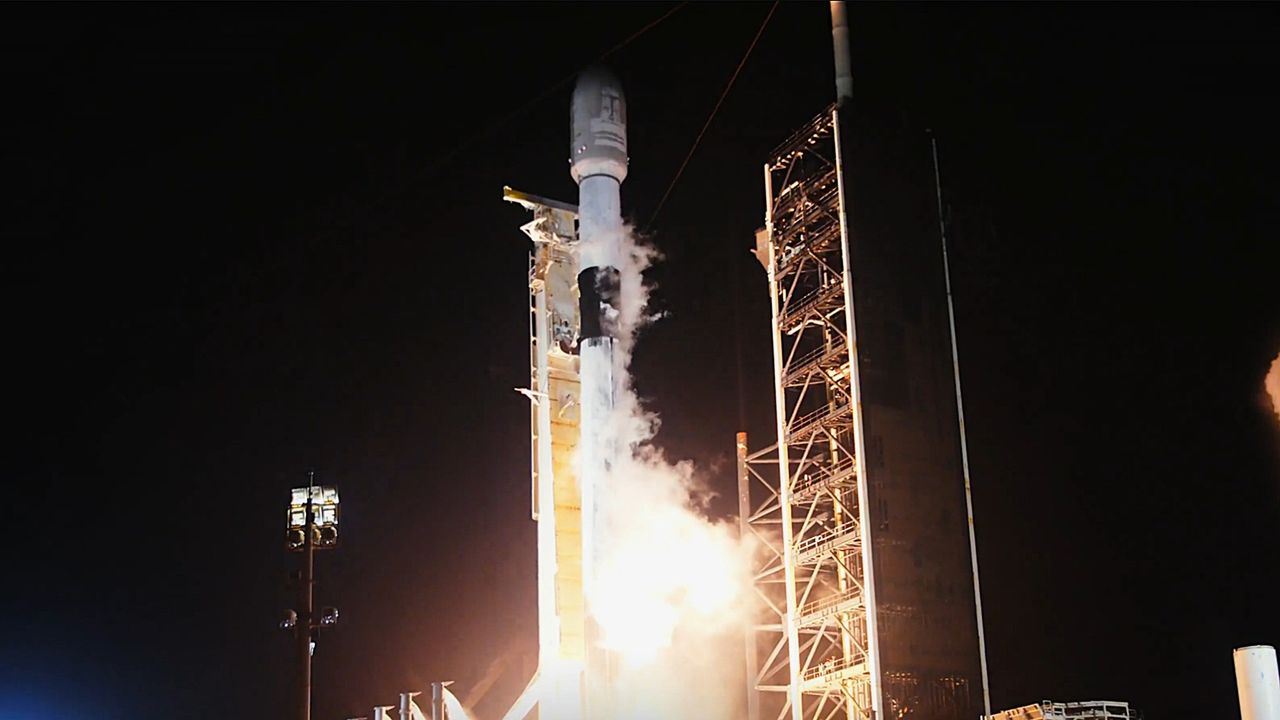

Comet C/2024 E1 (Wierzchoś) is passing less than 0.5° from magnitude 5.4 Lambda (λ) Coronae Borealis in the western sky this evening. The comet is quite faint at 15th magnitude, so you’ll want a dark observing site and a large scope to net it. Fortunately, you have the luxury of waiting until the sky isContinue reading "The Sky Today on Thursday, August 28: Comet Wierzchoś passes Lambda Coronae Borealis"
The post The Sky Today on Thursday, August 28: Comet Wierzchoś passes Lambda Coronae Borealis appeared first on Astronomy Magazine.
In the late 20th century, when we still captured celestial images on film, the few days around New Moon were the only times we could image deep-sky objects. The grainy, low-sensitivity films we used back then demanded the darkest skies possible for quality portraits. When First Quarter arrived, it was time to say goodbye toContinue reading "Tips for imaging during a Full Moon"
The post Tips for imaging during a Full Moon appeared first on Astronomy Magazine.
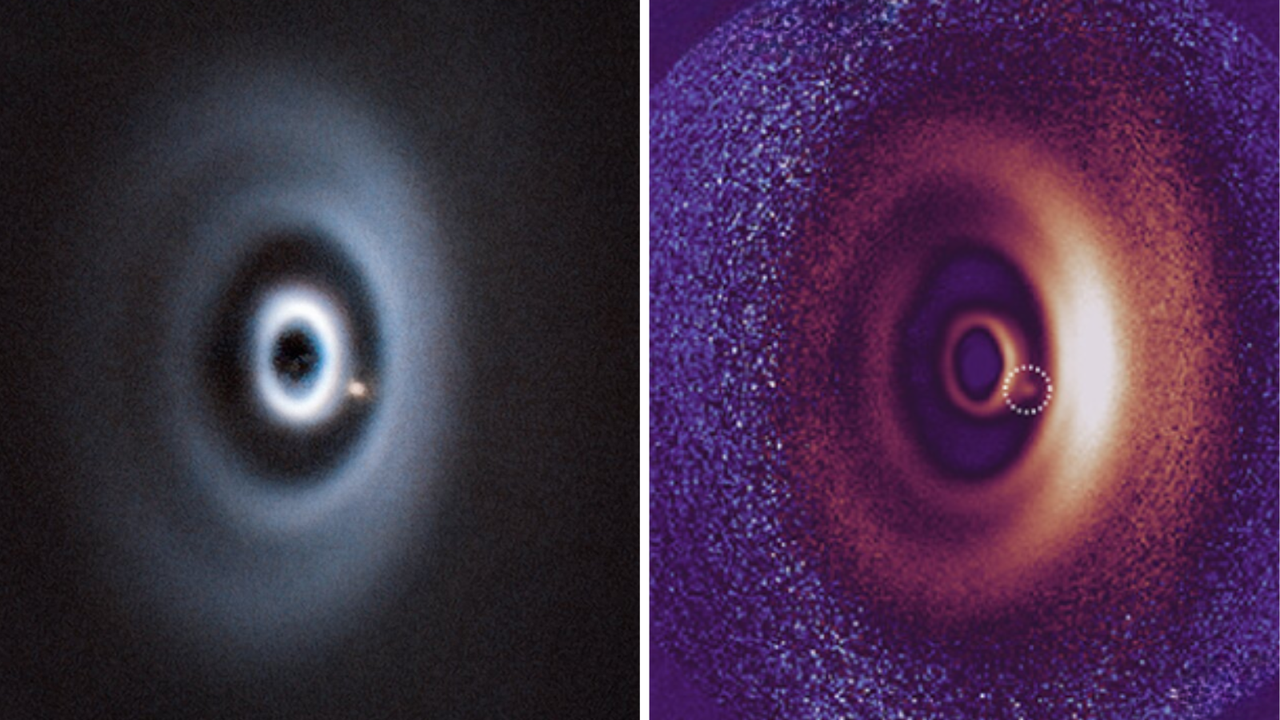

SpaceX’s more than 400-foot-tall Starship rocket returned to form Tuesday, deploying its first payload and completing critical heat shield tests following a string of in-flight and preflight failures. The spacecraft experienced different issues on each of its previous three test flights, with explosions in January and March disrupting air travel. In June, a Starship exploded on the test stand asContinue reading "SpaceX Starship Flight 10 viewed as roaring success"
The post SpaceX Starship Flight 10 viewed as roaring success appeared first on Astronomy Magazine.


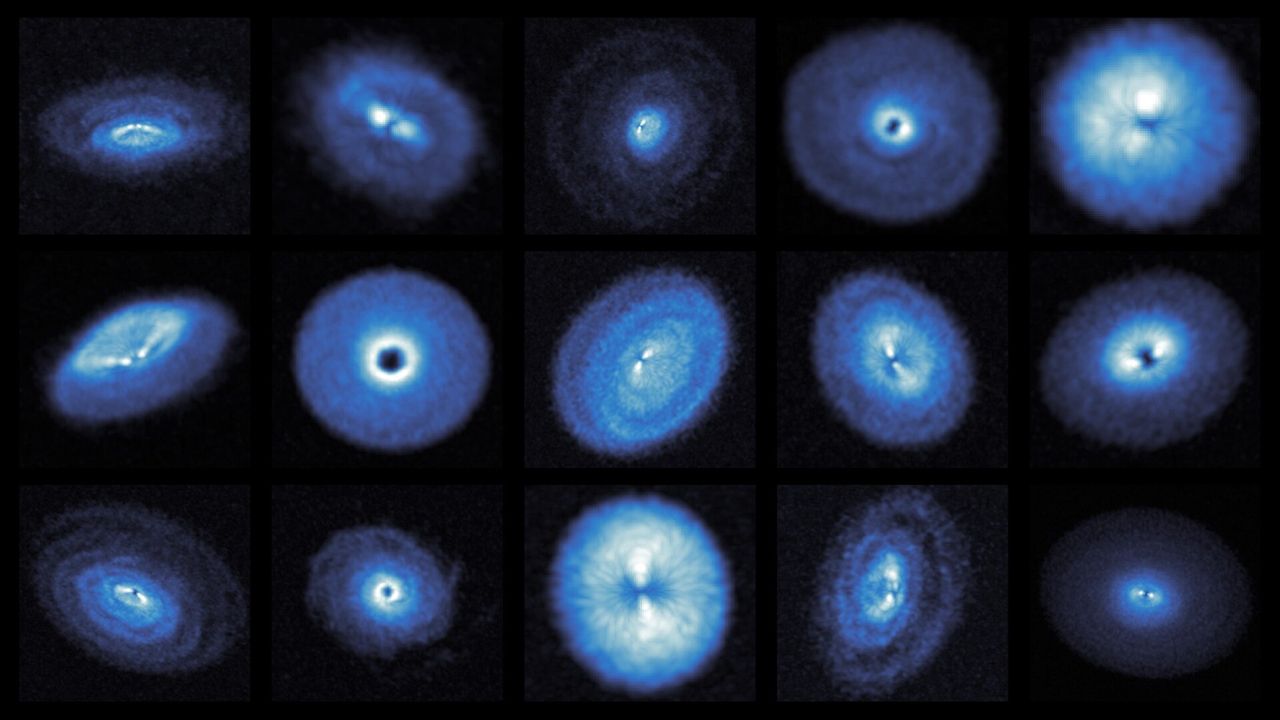

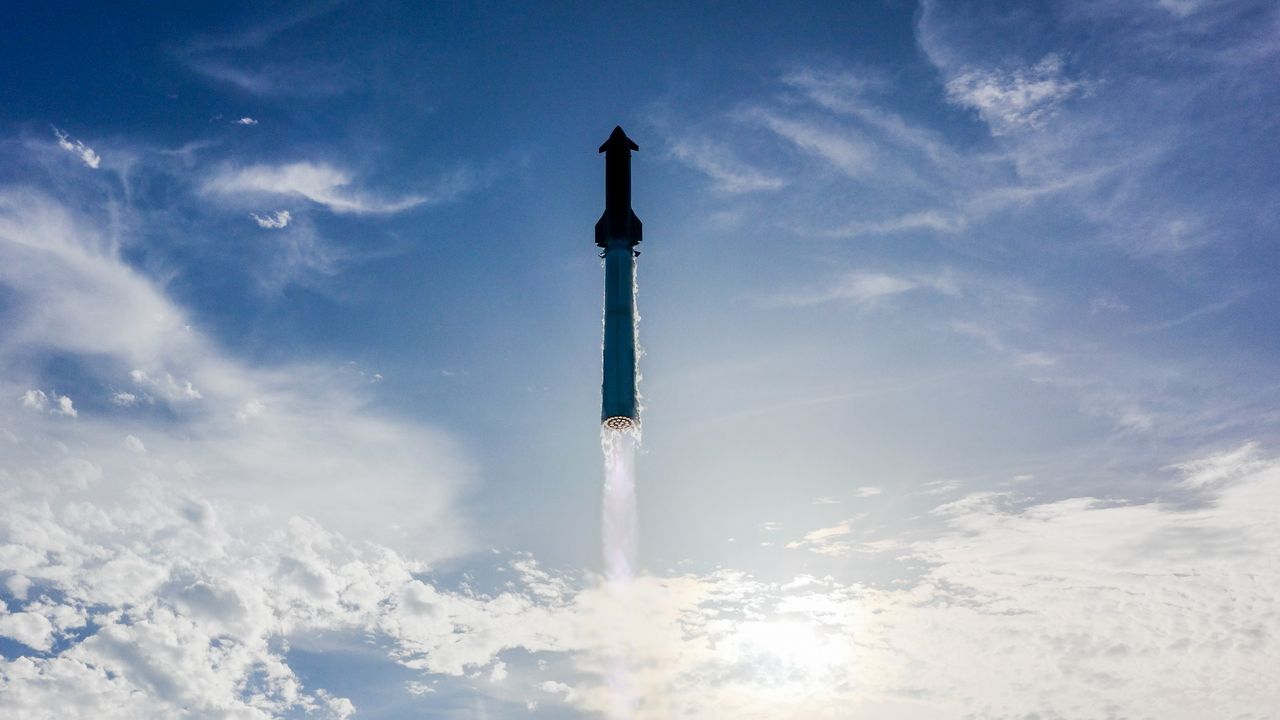

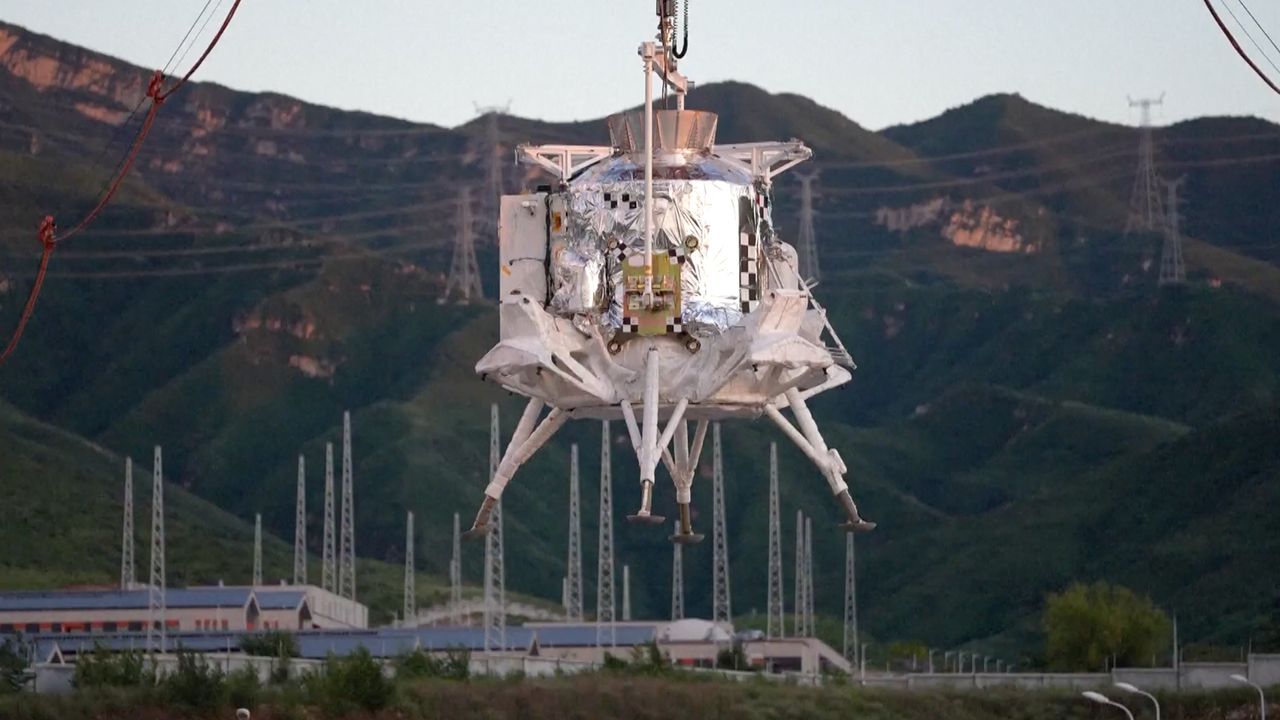

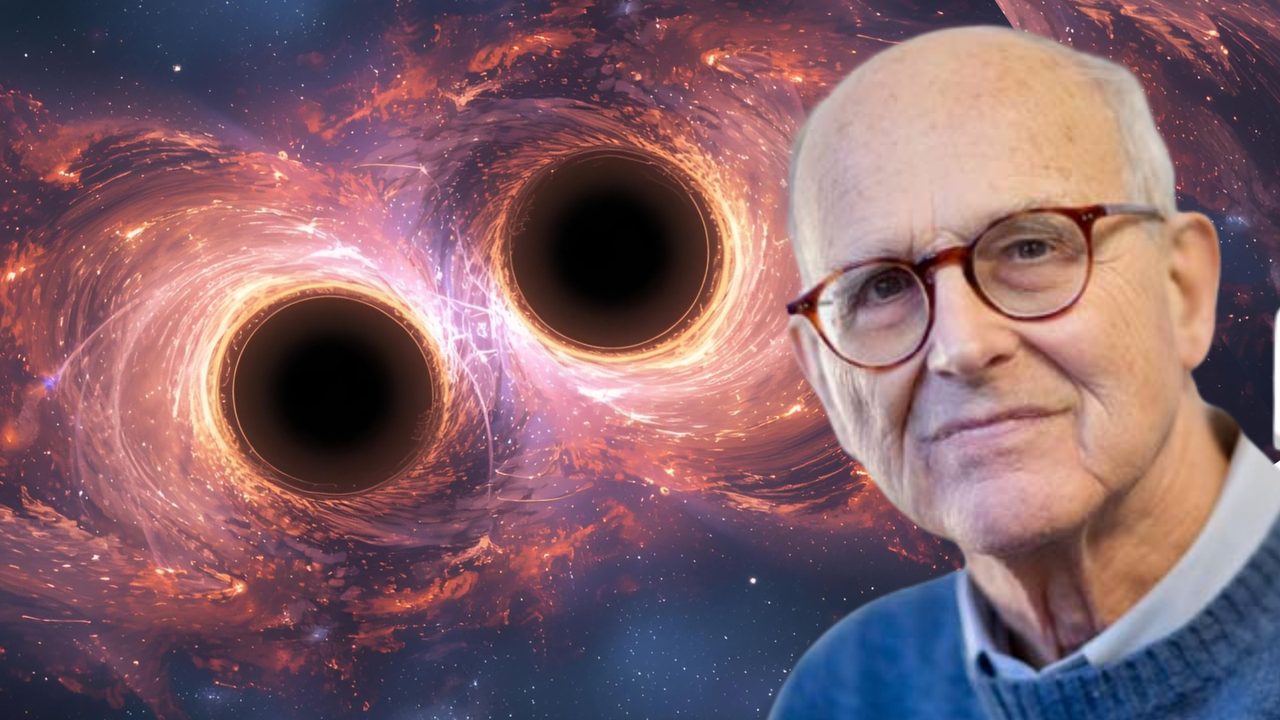

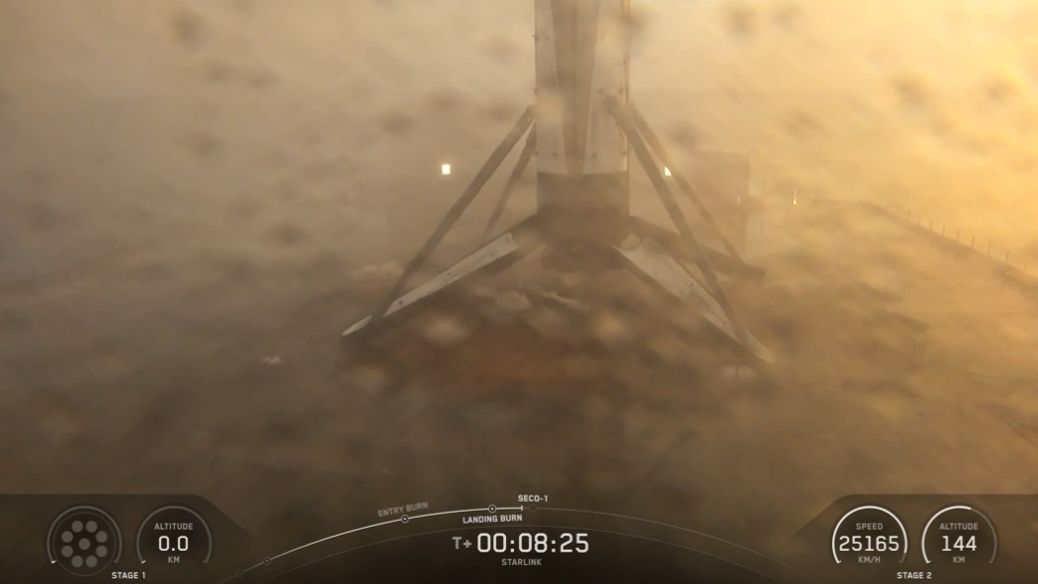

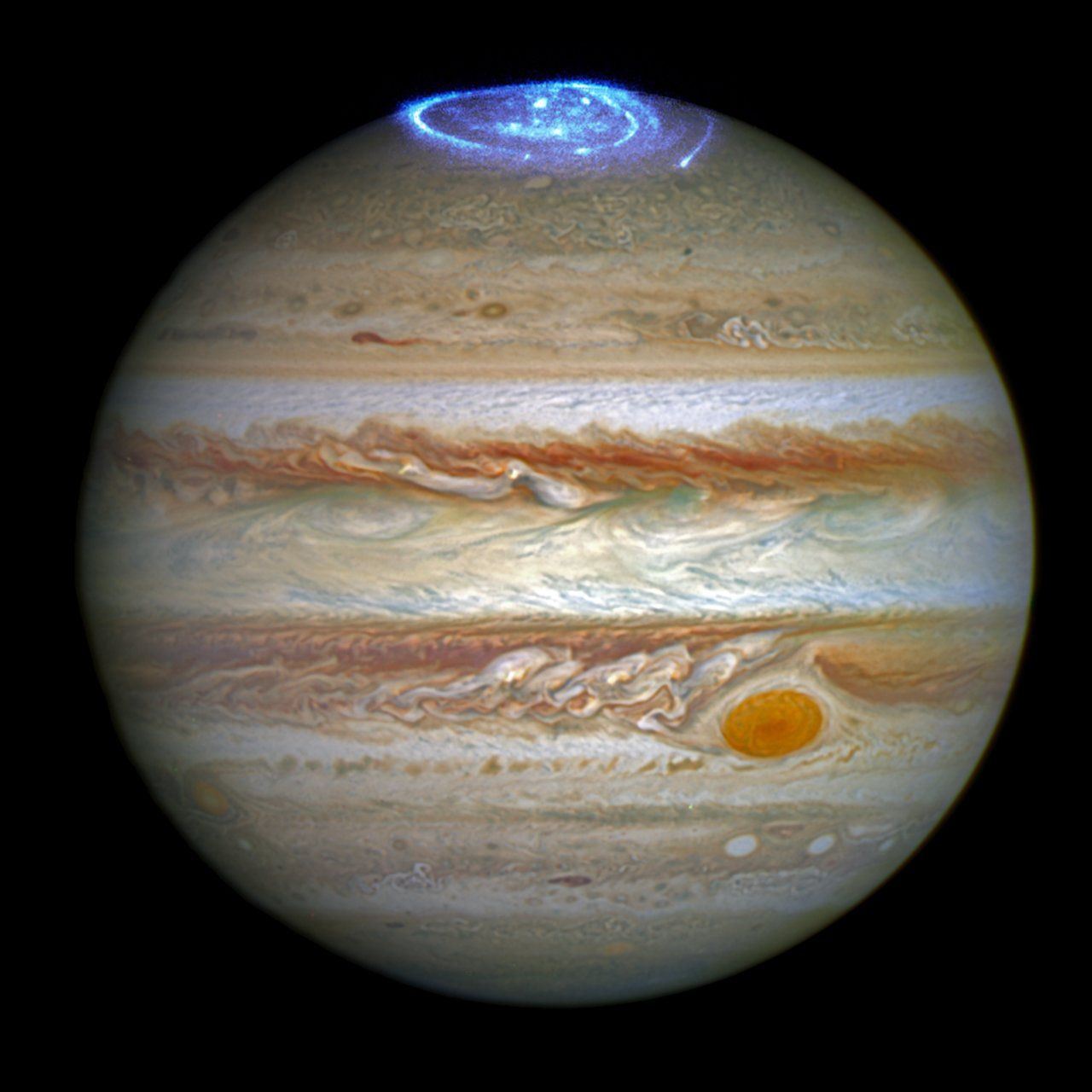

New research suggests a giant impact may not have been responsible for the formation of Jupiter’s core. Most planetary scientists thought that a colossal collision with an early planet containing half of Jupiter’s core material could have mixed up the central region of the gas giant enough to explain its interior today. But a newContinue reading "A new theory explains how Jupiter’s core formed"
The post A new theory explains how Jupiter’s core formed appeared first on Astronomy Magazine.


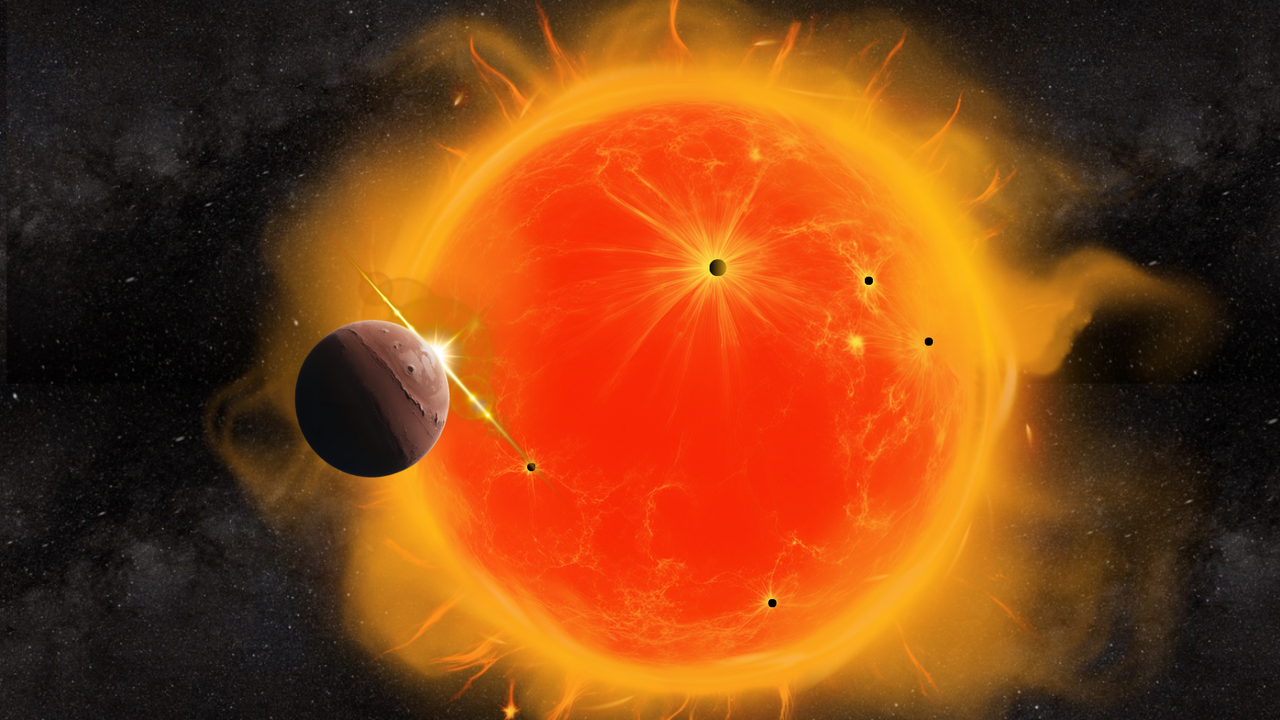



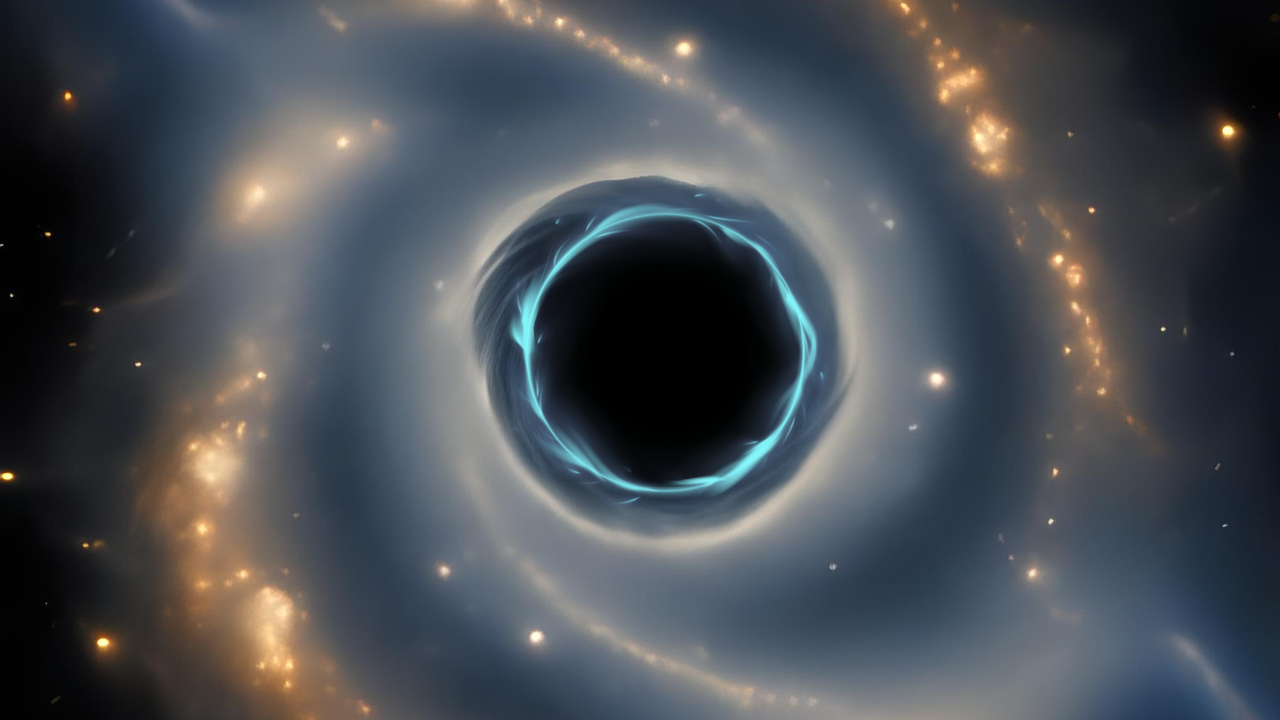

When the Sun, Earth, and Mars all align so that from an earthly perspective, Mars is opposite the Sun, Mars is said to be at opposition. Mars oppositions happen about every other year, and at opposition – or rather, within a few days of it – Mars is also at its closest approach to EarthContinue reading "Aug. 27, 2003: Mars zooms in"
The post Aug. 27, 2003: Mars zooms in appeared first on Astronomy Magazine.
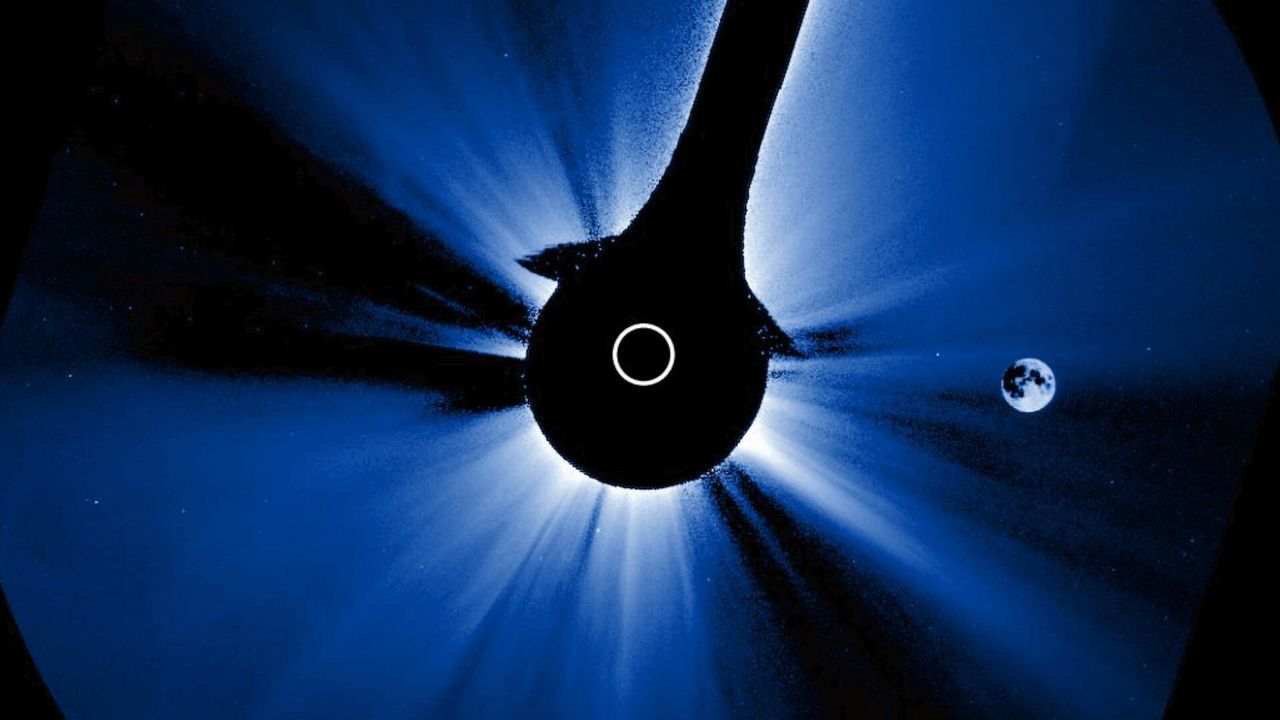

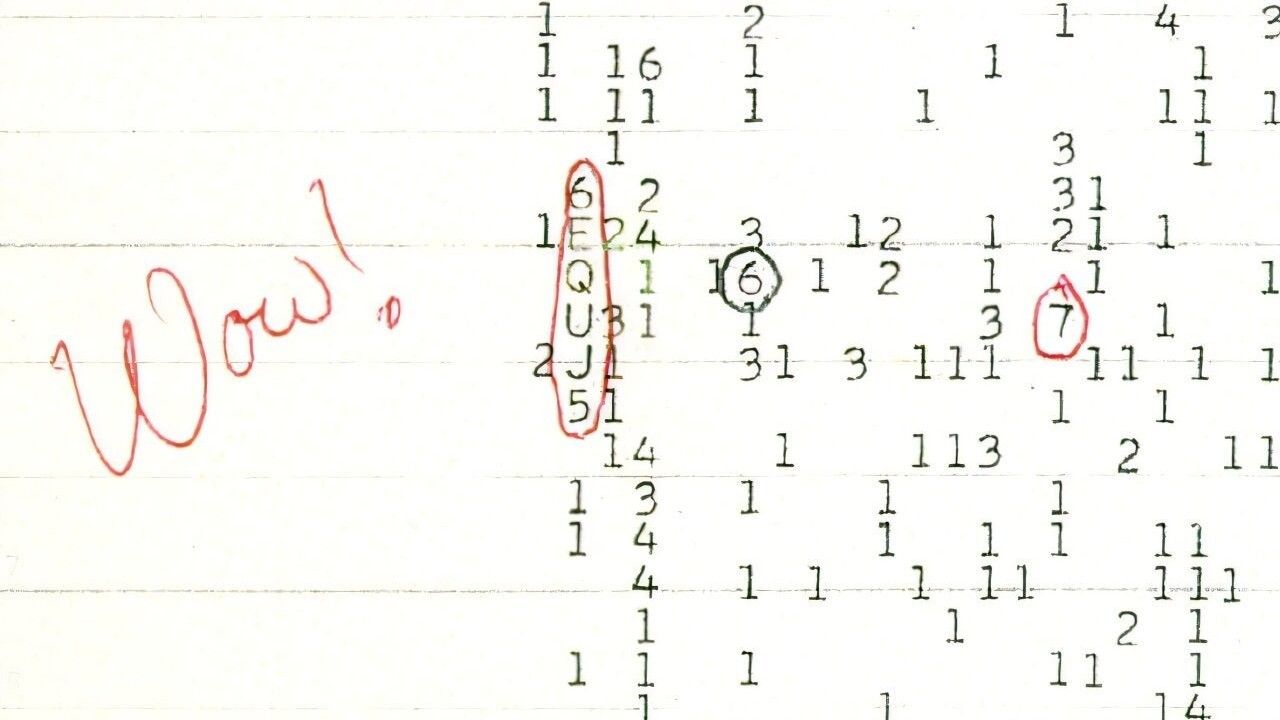



José J. Chambó, taken from Farm Hakos, Namibia Comet C/2025 K1 (ATLAS) glides by the star 9 Herculis in this Aug. 21 image, glowing with a greenish coma about 2′ wide and a 20″ tail. Captured at roughly magnitude 12.5, this icy visitor was 0.33 astronomical units (the average Earth-Sun distance) from the Sun. TheContinue reading "A comet in Hercules"
The post A comet in Hercules appeared first on Astronomy Magazine.
The Moon moves 1.2° south of Spica during the daylight hours, sitting due south of Virgo’s luminary at 11 A.M. EDT. By this evening, a new line has formed in the sky, with Spica now between Mars and the Moon, which sits to the star’s left. An hour after sunset, Spica is still some 7°Continue reading "The Sky Today on Wednesday, August 27: The Moon moves past Spica"
The post The Sky Today on Wednesday, August 27: The Moon moves past Spica appeared first on Astronomy Magazine.

دادههای تلسکوپ فضایی جیمز وب اطلاعات ارزشمندی دربارهی فرآیند ستارهزایی درون کهکشانها به دانشمندان میدهد. توان تفکیک بالای این تلسکوپ، همراه با پوشش گستردهی طولموجی ( از ۰/۵ تا ۳/۵ میکرومتر)، امکان مطالعهی کهکشانها را در انتقالبهسرخهای بالاتر و با درخشندگیهای سطحی پایینتر برای منجمان فراهم میسازد. یکی از موضوعات کلیدی در مطالعهی ستارهزایی کهکشانها، بررسی تودههای۱ چگال و ستارهزا است. این تودهها که در طولموج فرابنفش۲ و تابش هیدروژن-آلفا۳ بهوضوح قابل مشاهدهاند، بخش قابلتوجهی از نرخ تشکیل ستاره در کهکشان را به خود اختصاص میدهند. در انتقالبهسرخهای پایین (کمتر از ۰/۱۵)، پژوهشهای گستردهای دربارهی ارتباط میان نرخ ستارهزایی و فلزیت۴ در تودهها انجام شده است. در مطالعهی ساختار کهکشانها، «فلزیت» به میزان حضور عناصر سنگینتر از هیدروژن — که حاصل فرایندهای هستهای در ستارگان هستند — در محیط گازی یا درون خود ستارگان گفته میشود. این نتایج نشان میدهند که ورود گازهای با فلزیت پایین به درون کهکشان میتواند با افزایش منابع سوخت ستارهزایی، موجب تشدید نرخ تشکیل ستاره شود. در عین حال، ورود این گازها موجب تغییر در ترکیب شیمیایی گازهای درون کهکشان شده و با رقیق کردن آن، میزان فلزیت درون تودههای ستارهزا را کاهش میدهد.
نویسندگان این مقاله با بهرهگیری از دادههای تصویری و طیفی تلسکوپ فضایی جیمز وب، به مطالعهی کهکشانهایی میپردازند که تودههای ستارهزایی در آنها دیده شدهاند. هدف اصلی این مطالعه، بررسی فلزیت و میزان تغییرات آن در این نوع از کهکشانها در انتقال به سرخ بین ۰/۶ تا ۱/۳۵ است. این بازهی انتقالبهسرخ بهگونهای انتخاب شده است که خطوط نشری هیدروژن-آلفا (Hα) و گوگرد ۳ (SIII) در طیف این کهکشانها قابل مشاهده باشند. خط هیدروژن-آلفا نشاندهندهی تابش ناشی از بازترکیب هیدروژن یونیزه است. در نواحی ستارهزا، مناطقی از گاز هیدروژن یونیزه وجود دارد که پیرامون ستارگان جوان و پرجرم تشکیل میشوند. این ستارگان با تابش فوتونهای پرانرژی، اتمهای هیدروژن اطراف را یونیزه کرده و باعث جدا شدن الکترونهای آنها میشود. زمانی که این الکترونها دوباره با هستههای هیدروژن ترکیب میشوند، در طولموجهای مشخصی تابش میکنند، که شامل خطوط بازترکیب هیدروژن مانند هیدروژن-آلفا (از سری خطوط بالمر هیدروژن با طول موج ۶۵۶۳ آنگستروم) میشود. میزان تابش این خط مستقیماً با میزان فعالیت ستارگان جوان و در نتیجه نرخ ستارهزایی اخیر در کهکشان مرتبط است. گوگرد ۳ نیز یکی از مهمترین خطوط طیفی برای مطالعهی فلزیت است، زیرا نسبت شدت آن به خطوط دیگر، بهویژه خطوط دیگر گوگرد و اکسیژن، به دما و ترکیب شیمیایی گاز حساس است و میتواند برآورد دقیقی از فراوانی عناصر سنگینتر (فلزیت) در محیط ارائه دهد.
تصویر شماره ۱ چندین نمونه از کهکشانهای مطالعه شده در این مقاله را نشان میدهد. یکی از مزایای دادههای طیفی و تصویری جیمز وب، وضوح بالای آنها از نظر توان تفکیک طیفی۵ و مکانی۶ است. این ویژگی امکان مطالعهی کهکشانها را در مقیاسهای کوچکتر و با جزئیات بیشتر فراهم میکند. در هر ردیف نمایش داده شده در تصویر شماره ۱، تصویر رنگی از کهکشان، نقشههای تفکیکی۷ از تودههای ستارهزا، میزان ستارهزایی و فلزیت به ترتیب از چپ به راست نمایش داده شده است. با توجه به این تصاویر، بهوضوح میتوان مشاهده کرد که فلزیت این تودههای ستارهزا نسبت به سایر نواحی نشانداده شده از کهکشان کمتر است .
شکل ۱. نقشههای تفکیک شده از سه کهکشان نمونه . هر ردیف شامل تصویر رنگی کهکشان، نقشهی تفکیک شدهی تودههای ستارهزا، نقشهی لگاریتمی نرخ ستارهزایی و همچنین نقشهی لگاریتمی فلزیت محاسبه شده در نواحی مختلف کهکشان (از چپ به راست) است.
نویسندگان در ادامه برای مقایسهی فلزیت تودههای ستارهزا با فلزیت نواحی اطراف آن، ابتدا فلزیت داخل تودهها و سپس دیسک خارج از آنها را اندازهگیری میکنند. در نمودار سمت چپ تصویر شمارهی ۲، فلزیت مربوط به تودهها و دیسک اطراف آنها نمایش داده شده است. برازشهای خطی نشان میدهند که تودههای ستارهزا عموماً فلزیتی کمتر از دیسک پیرامونشان دارند، که بیانگر رقیقشدن گاز در این تودهها است. نمودار سمت راست، میانهی فلزیت اندازهگیریشده برای همهی تودههای ستارهزای هر کهکشان نشان میدهد. شواهدی از وجود دو جمعیت احتمالی در این کهکشانها دیده میشود: کهکشانهایی که فلزیت تودههای آنها مشابه فلزیت دیسک پیرامونشان است، که با رنگ قرمز نشان داده شدهاند و نزدیک به خط برابری قرار دارند و کهکشانهایی که تودههایشان اختلاف فلزیت بیشتری دارند، که با رنگ آبی نمایش داده شدهاند.
شکل ۲. نمودار سمت چپ: فلزیت هر تودهی ستارهزا و دیسک پیرامونش به همراه خط برازش خطی و همچنین خطچین ۱:۱ (برابری فلزیت). نمودار سمت راست: مقدار میانهی به دست آمده برای فلزیت تودهها در هر کهکشان. نقاط قرمز کهکشانهایی با اختلاف فلزیت کم و نزدیک به خط برابری و نقاط آبی کهکشانهایی با اختلاف بیشتر را مشخص میکنند.
آنچه احتمالاً در اینجا مشاهده میکنیم این است که کهکشانهایی با اختلاف فلزیت کمتر بین تودههای ستارهزا و دیسک پیرامونشان (رنگ قرمز در نمودار سمت راست شکل ۲) ممکن است عمدتاً تودههای ستارهزای خود را از طریق ناپایداریهای دیسکی تشکیل داده باشند و بنابراین این تودهها از گازی که پیشتر در خود کهکشان وجود داشته شکل گرفته باشند و منجر به اختلاف فلزیت کم بین آنها و محیط پیرامونشان شده باشد. در مقابل، کهکشانهایی با اختلاف فلزیت بیشتر تودههای ستارهزا و دیسک پیرامونشان (رنگ آبی در نمودار سمت راست شکل ۲) احتمالاً تودههایشان را از گازهای ورودی به کهکشان تشکیل دادهاند. این گاز که فلزیت کمی دارد، میتواند باعث افزایش میزان ستارهزایی در این تودهها شود، و همزمان با رقیق کردن محیط باعث کاهش فلزیت تودهها شود.
شکل ۳. توزیع فلزیت و تابش هیدوژن-آلفا در یک کهکشان نمونه. تودههای ستارهزا به صورت نواحی بنفش کوچک بر روی پسزمینهی نارنجی کهکشان دیده میشوند. پنلهای سمت راست: نقشههای تفکیکی از کهکشان برای نرخ ستارهزایی به دست آمده از شار هیدوژن-آلفا، نرخ ستارهزایی ویژه، و فلزیت را نشان میدهند. پنل پایین، تغییرات هیدوژن-آلفا (نقاط سبز) و فلزیت (خطوط سفید) را در طول نواری که روی کهکشان مشخص شده، نمایش میدهد.
نویسندگان این مقاله پس از بررسی تغییرات فلزیت در نواحی مختلف کهکشان، به دنبال یافتن ارتباط میان نرخ ستارهزایی و فلزیت هستند. نقشههای نرخستارهزایی و فلزیت (تصویر شماره ۱) نشان میدهد که کاهش فلزیت در تودههای ستارهزا با افزایش نرخ ستارهزایی ارتباط دارد. برای بررسی بیشتر این ارتباط، آنها یک کهکشان خاص را که درتصویر شماره ۳ نشان داده شده است، بررسی کردهاند. برای ارزیابی رابطهی میان نرخ ستارهزایی و فلزیت، شار هیدوژن-آلفا را بر روی نوار نشان داده شده در تصویر جمع زده و فلزیت را در طول این نوار اندازهگیری کردهاند. این نوار شامل سه تودهیستارهزا و بخشی از برآمدگی مرکزی کهکشان است. نمودار پایین تصویر کهکشان، فلزیت (خطوط سفید) را بهطور مستقیم با شار هیدوژن-آلفا (نقاط سبز) مقایسه میکند. این نمودار با تصویر رنگی همتراز شده است تا محل دقیق اندازهگیری شار هیدوژن-آلفا و فلزیت به درستی مشخص شود.
هر توده نهتنها نرخ ستارهزایی بالاتر و فلزیت کمتری دارد، بلکه ناحیهای که بیشترین چگالی نرخ ستارهزایی را نشان میدهد، کمترین فلزیت را نیز دارد. برآمدگی بخش مرکزی کهکشان در مجاورت یک تودهی ستارهزا قرار گرفته است. توزیع شار هیدوژن-آلفا نشان میدهد که بخش مرکزی مقدار زیادی شار هیدوژن-آلفا منتشر میکند و شار اندازهگیریشده از تودهی مجاور را تحتتاثیر قرار میدهد. با این حال، فلزیت در جایی که شار هیدوژن-آلفا در مرکز مقدار بیشینه را دارد، به کمینهی محلی نمیرسد، بلکه کمینهی محلی فلزیت با مکان تودهی ستارهزا ارتباط دارد. این موضوع نشان میدهد که اگرچه میان نرخ ستارهزایی و فلزیت یک ارتباط معکوس وجود دارد، اما سازوکار محرک ستارهزایی در برآمدگی مرکز کهکشان با سازوکار موجود در تودههای ستارهزا متفاوت است. همچنین مطالعهی جمعیتی از تودههای ستارهزا در کهکشانهایی با جهتگیری عمود به خط دید، روندی را نشان میدهد که در آن تودههای پرجرمتر، بیشتر به مرکز کهکشان نزدیک هستند؛ رفتاری که برای تودههایی که درون کهکشان تشکیل شده و به سمت برآمدگی مرکز کهکشان مهاجرت میکنند، انتظار میرود.
یافتههای این مقاله نشان میدهد که تودههای ستارهزا در این کهکشانها فلزیتی کمتر از نواحی پیرامون خود دارند. این امر میتواند بیانگر ورود گاز کمفلزیت به درون کهکشان باشد. ورود این گاز با فلزیت پایین میتواند نرخ ستارهزایی را افزایش دهد و همزمان ترکیبات شیمیایی محیط را رقیق کند. این پژوهش بر اهمیت درک پیچیدگی رابطهی بین ستارهزایی و غنیسازی شیمیایی در ظهرکیهانی اشاره میکند و قدمی است رو به جلو برای بررسی دیدگاههای تازه در مورد سازوکارهایی که شکلگیری کهکشانها را در انتقال به سرخهای بالاتر (عالم جوانتر) کنترل میکنند.
۱. Clump
۲. Ultraviolet
۳. (Hα) H-alpha
۴. Metallicity
۵. Spectral resolution
۶. Spatial resolution
۷. Resolved map
شکل بالای صفحه: کهکشان بیضوی NGC 5291 در مرکز تصویر.
منبع: Image credit: ESO
عنوان اصلی مقاله: Metal-Poor Star-Forming Clumps in Cosmic Noon Galaxies: Evidence for Gas Inflow and Chemical Dilution Using JWST NIRISS
نویسندگان: .Vicente Estrada-Carpenter et al
لینک اصلی مقاله: https://arxiv.org/pdf/2508.00985
گردآوری: فائزه اخلاقیمنش
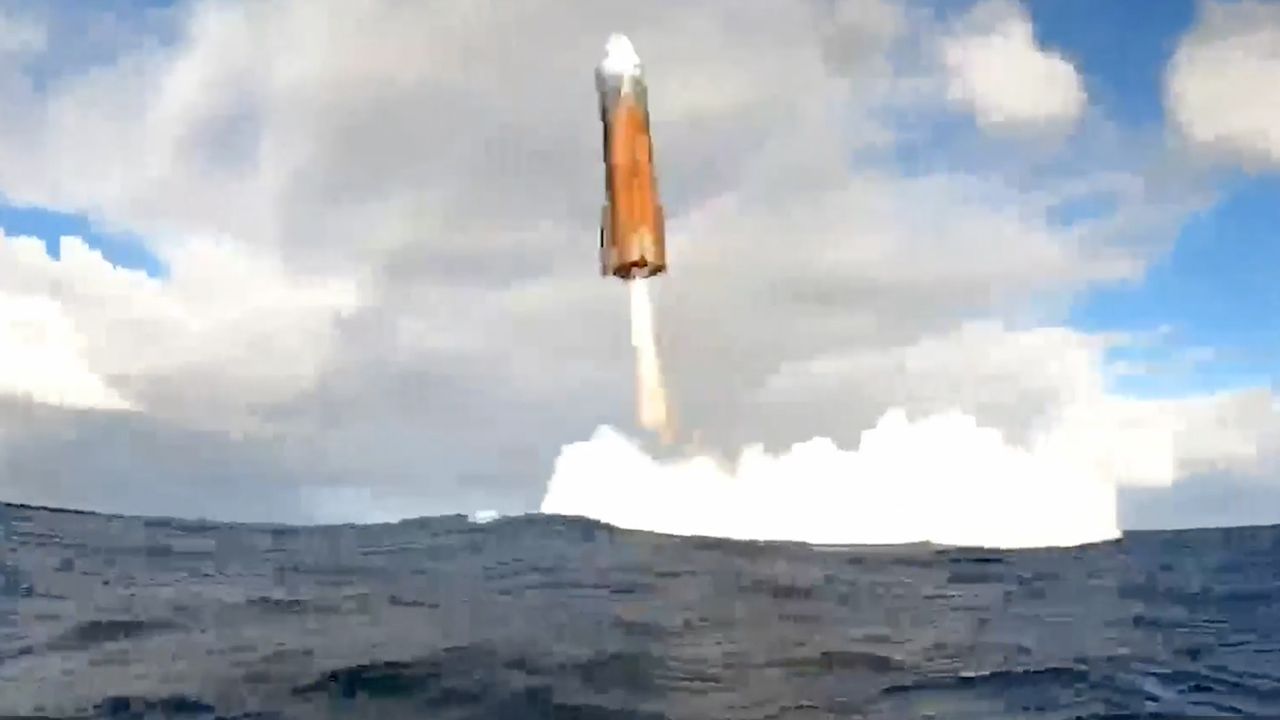



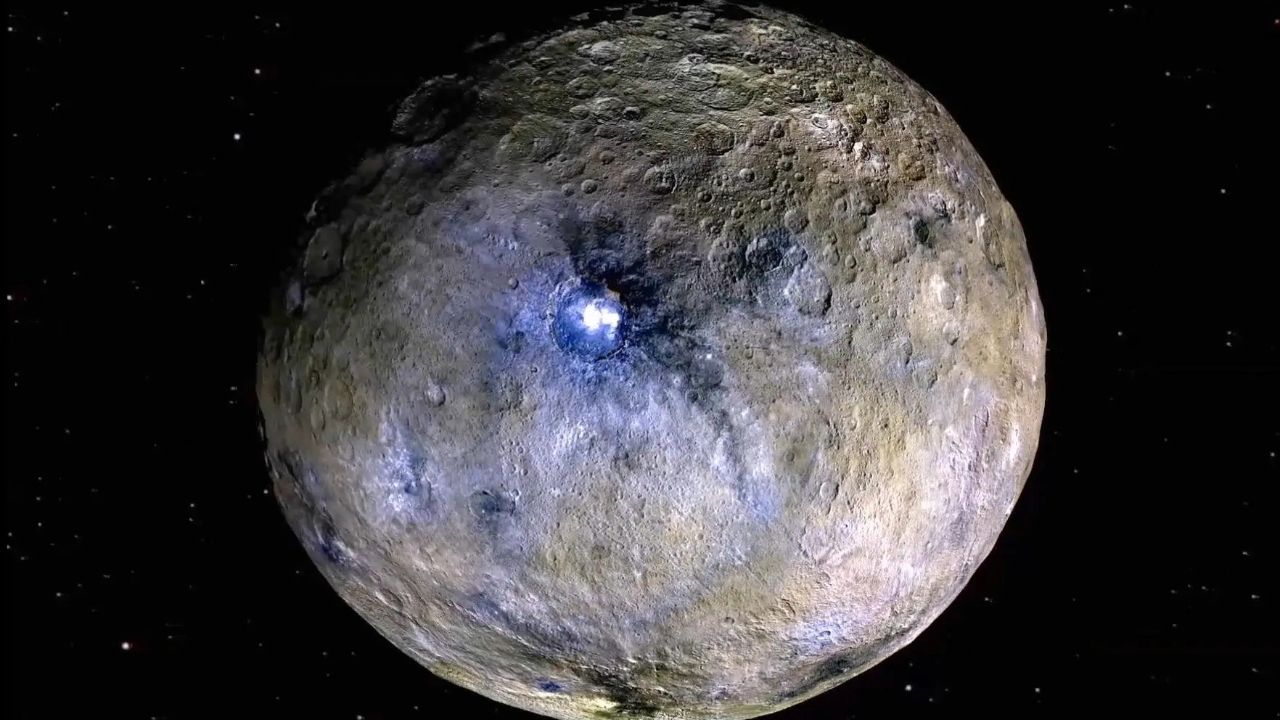



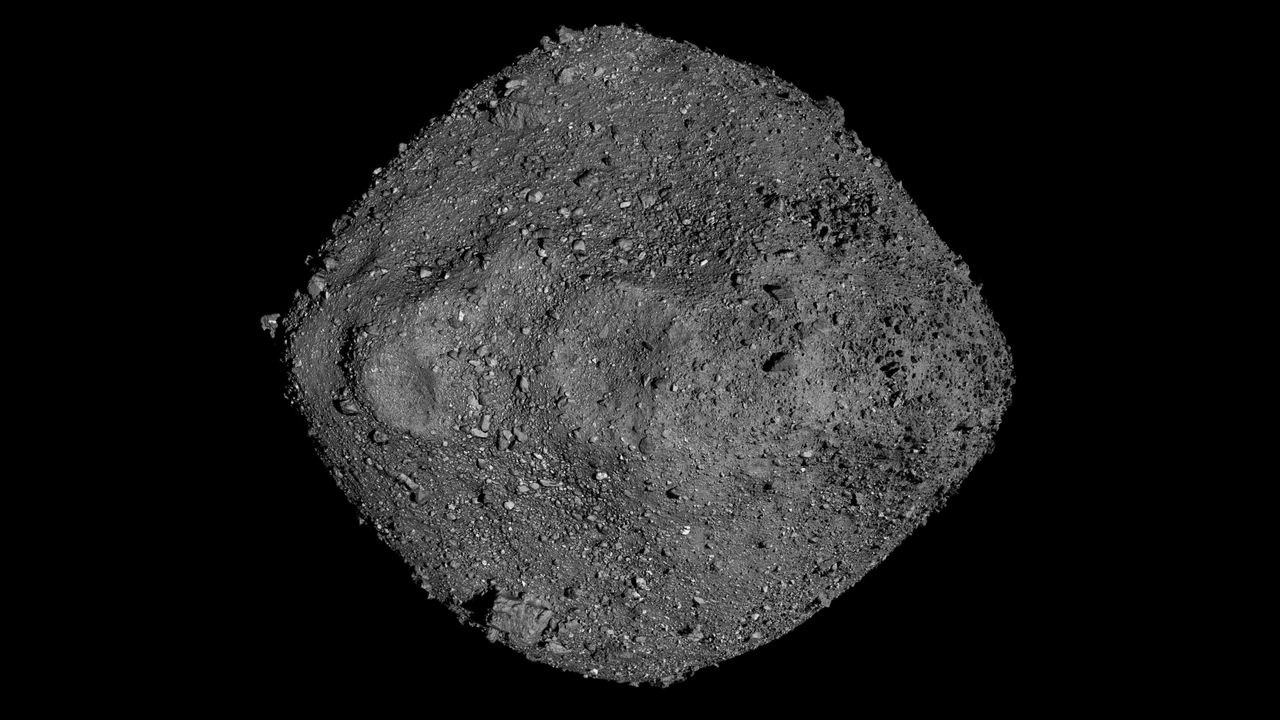

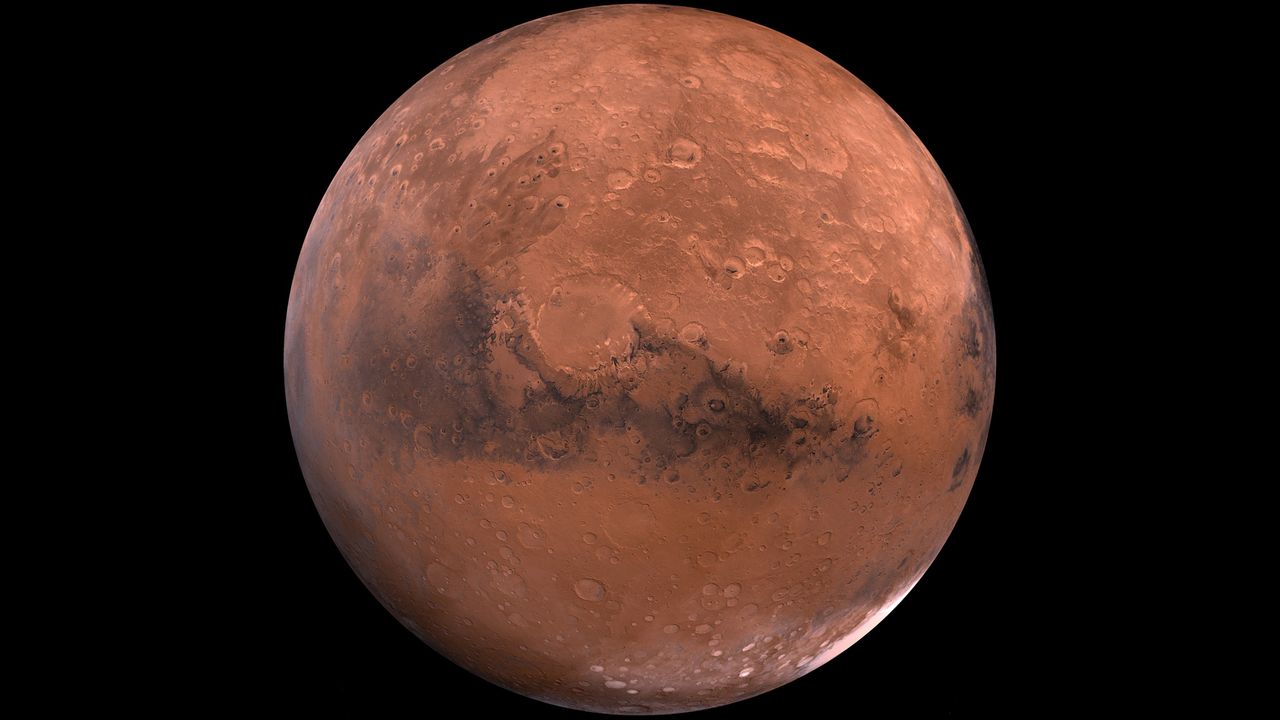



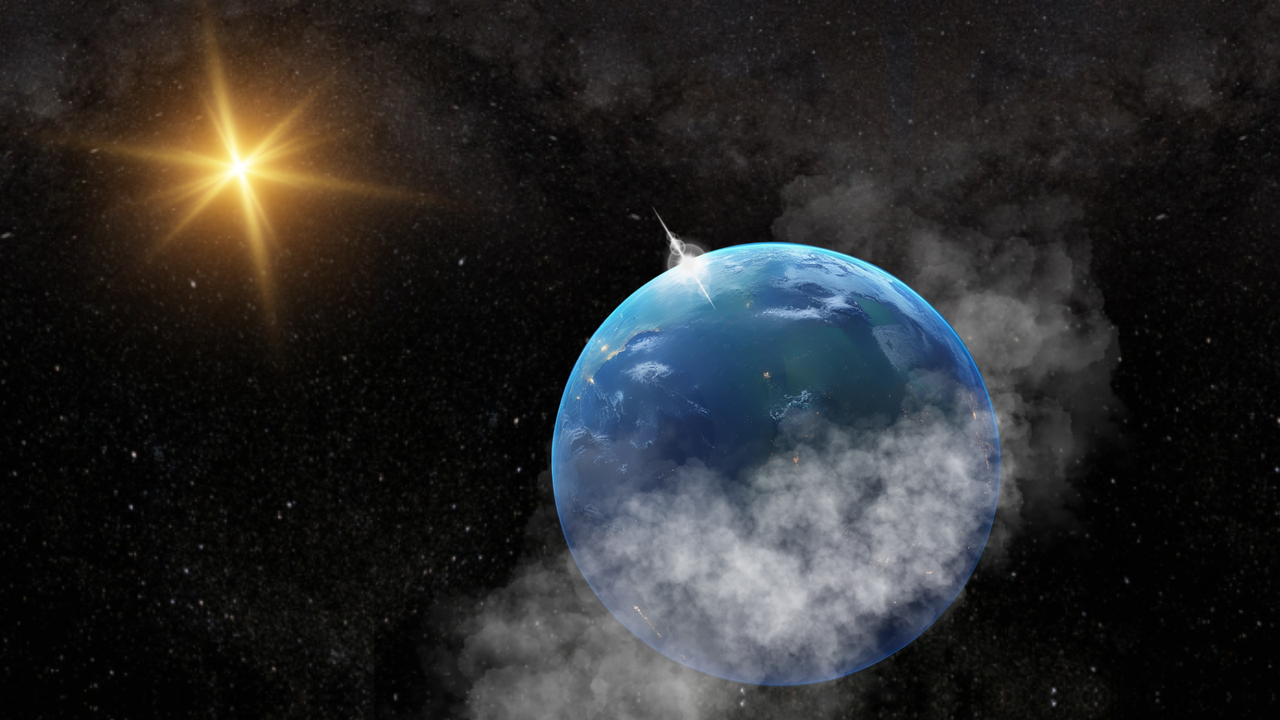

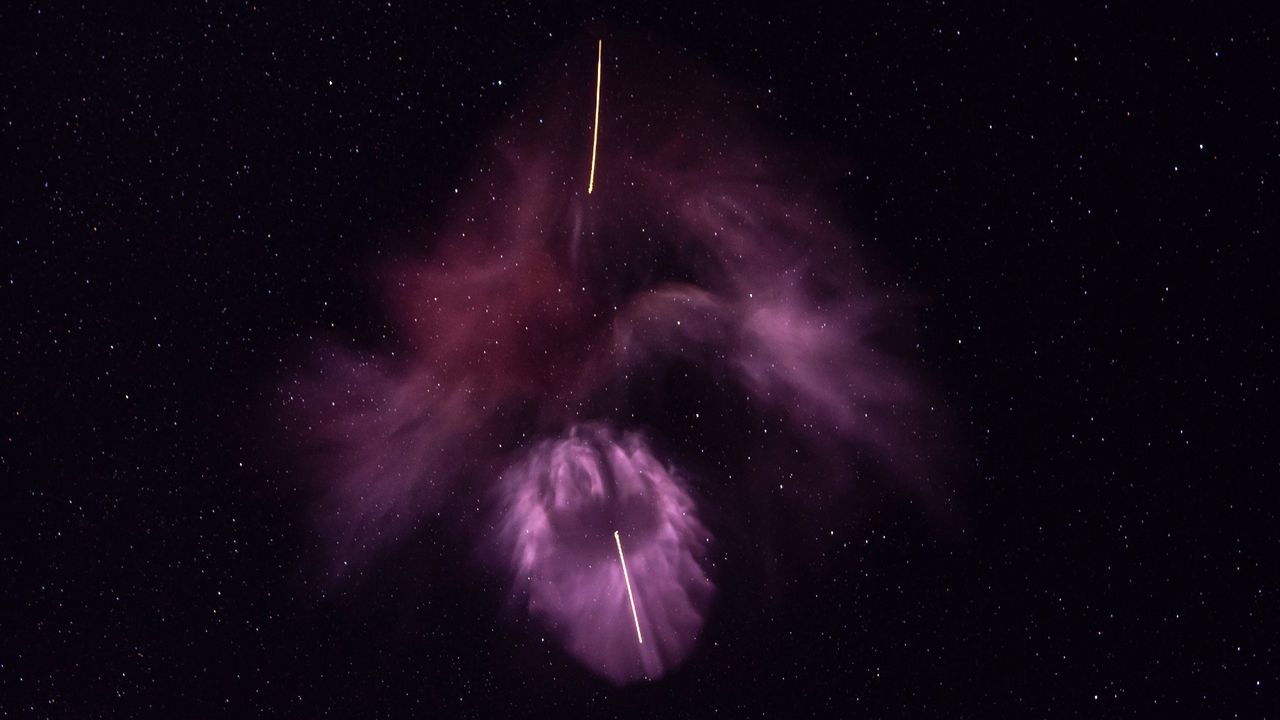

Astronomers from Chalmers University of Technology, Sweden, have discovered a huge expanding bubble of gas and dust surrounding a red supergiant star. It’s the largest structure of its kind ever seen in the Milky Way. The bubble was blown into space around 4000 years ago. The question scientists are asking is, “Why did the starContinue reading "A supergiant star’s expanding mystery"
The post A supergiant star’s expanding mystery appeared first on Astronomy Magazine.
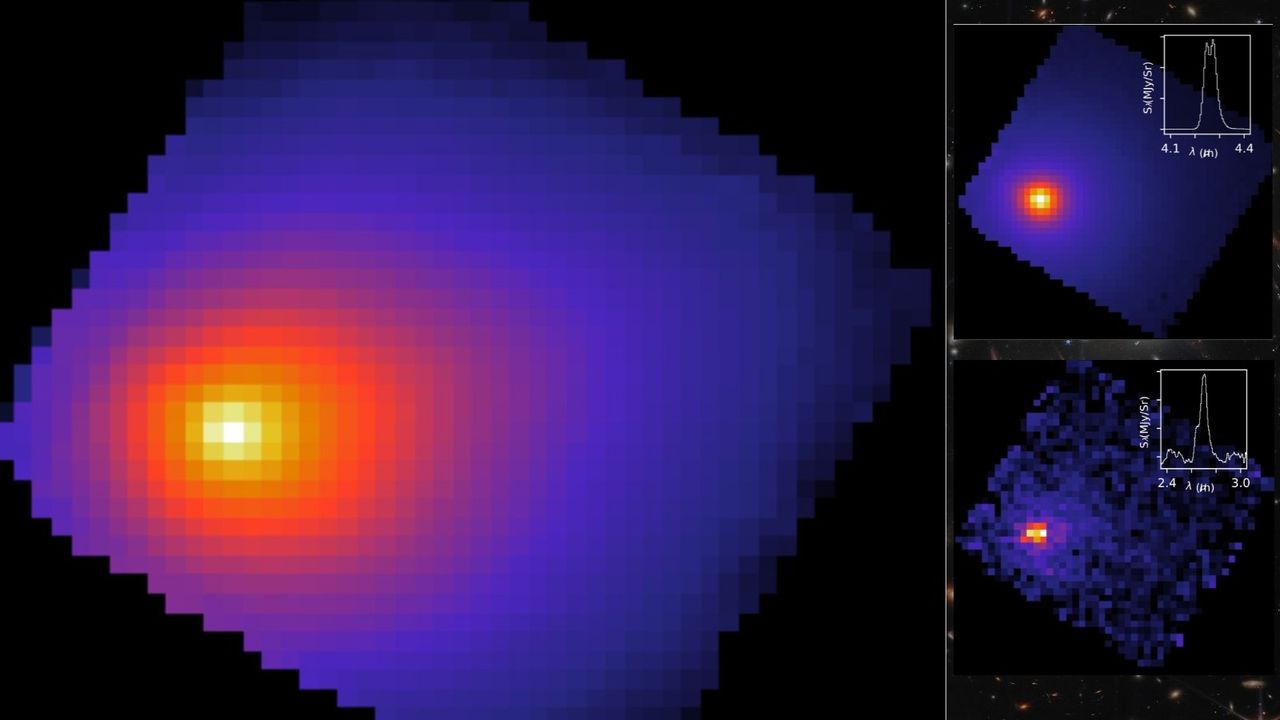

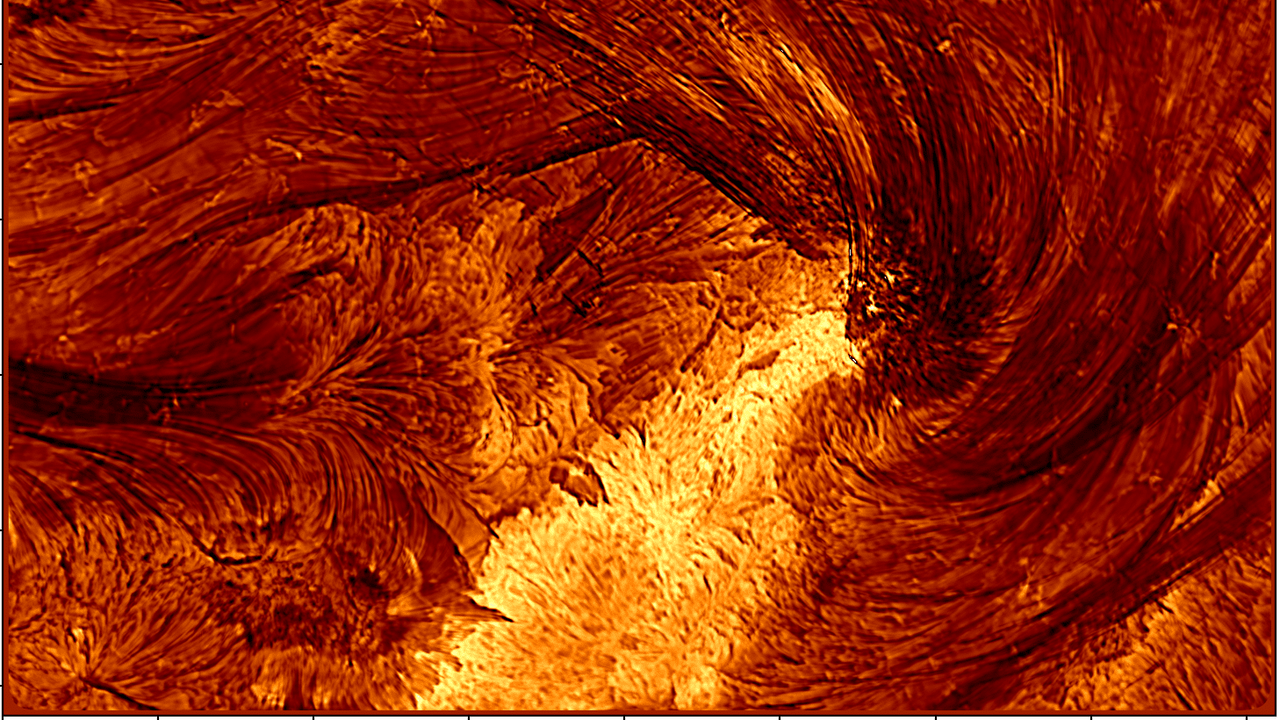

Born on Aug. 26, 1918, in West Virginia, Katherine Goble Johnson showed exceptional aptitude for mathematics from an early age. She skipped several grades, graduating high school by 14 and college by 18. Johnson was enrolled in West Virginia University in 1939 as one of the first three Black students to integrate the state’s graduateContinue reading "Aug. 26, 1918: The birth of Katherine Johnson"
The post Aug. 26, 1918: The birth of Katherine Johnson appeared first on Astronomy Magazine.


